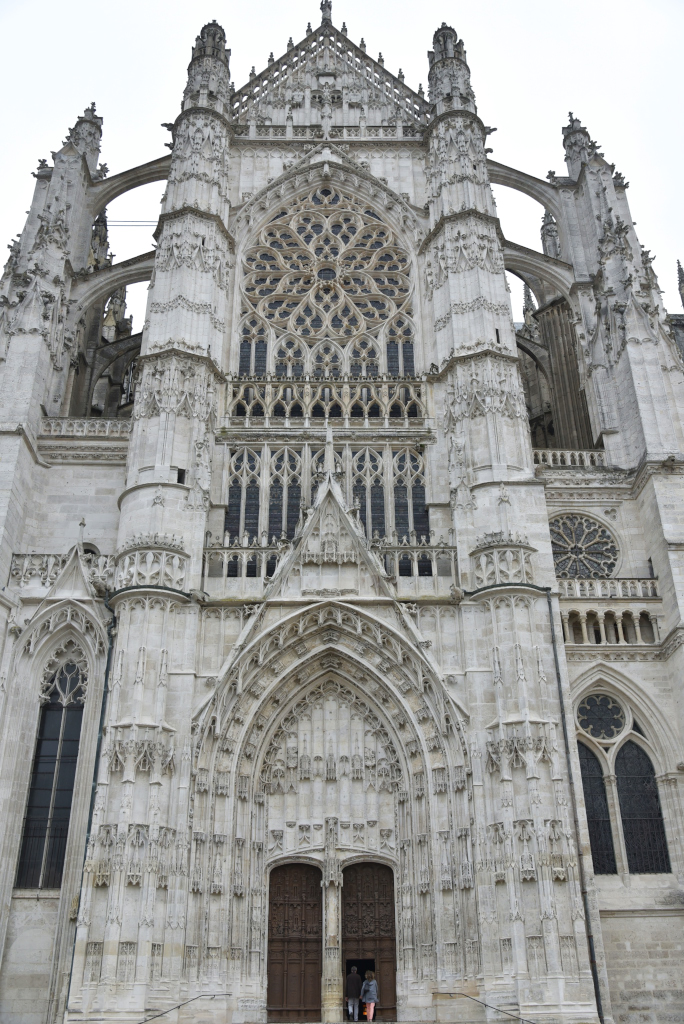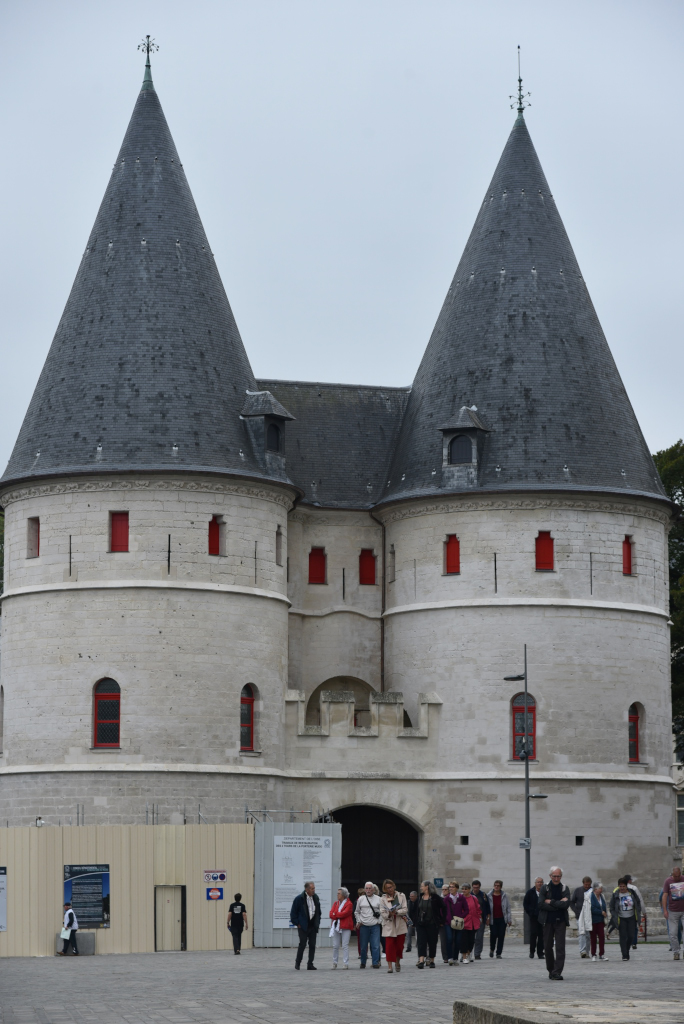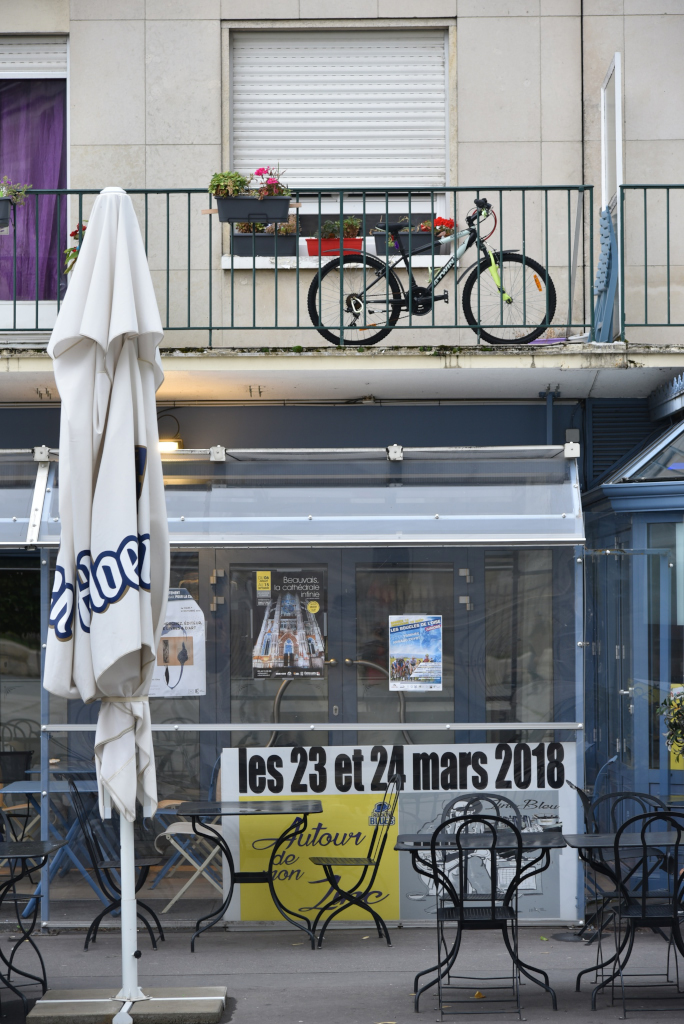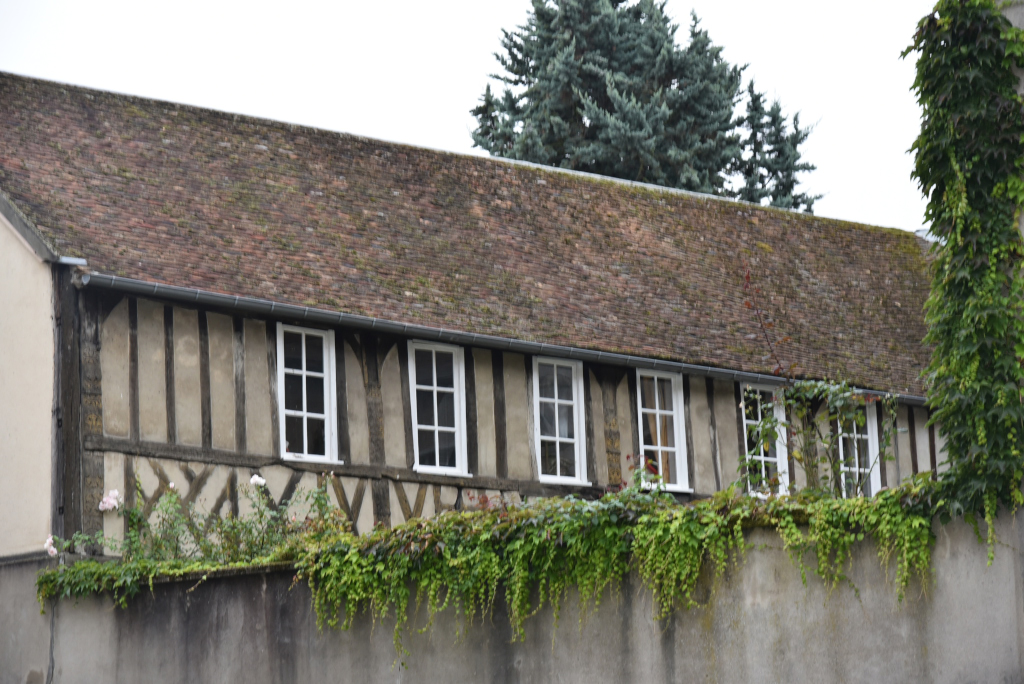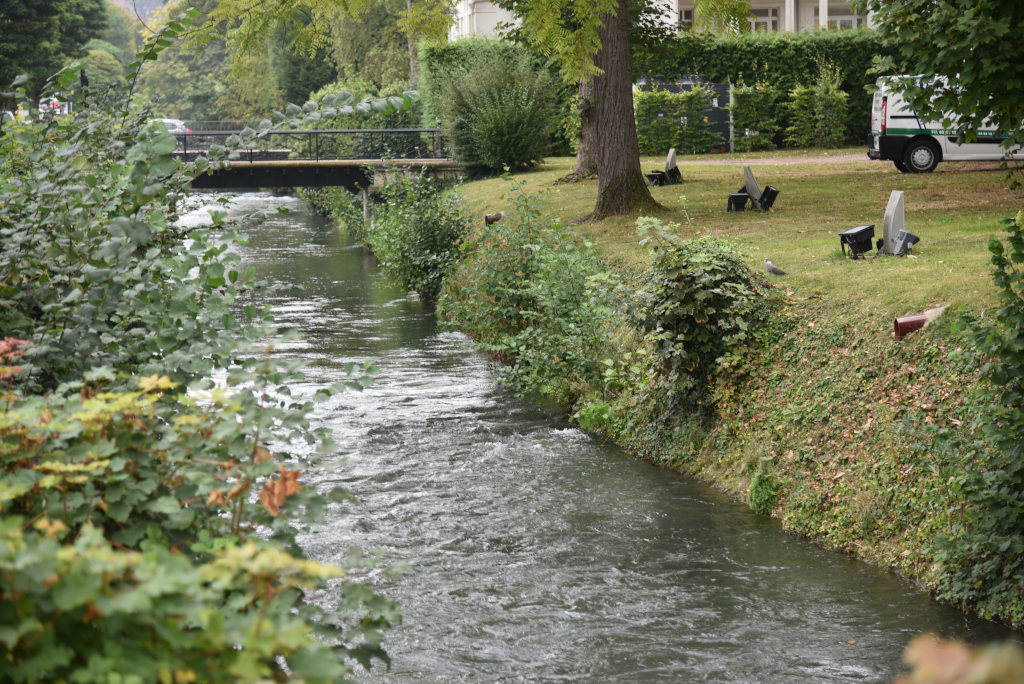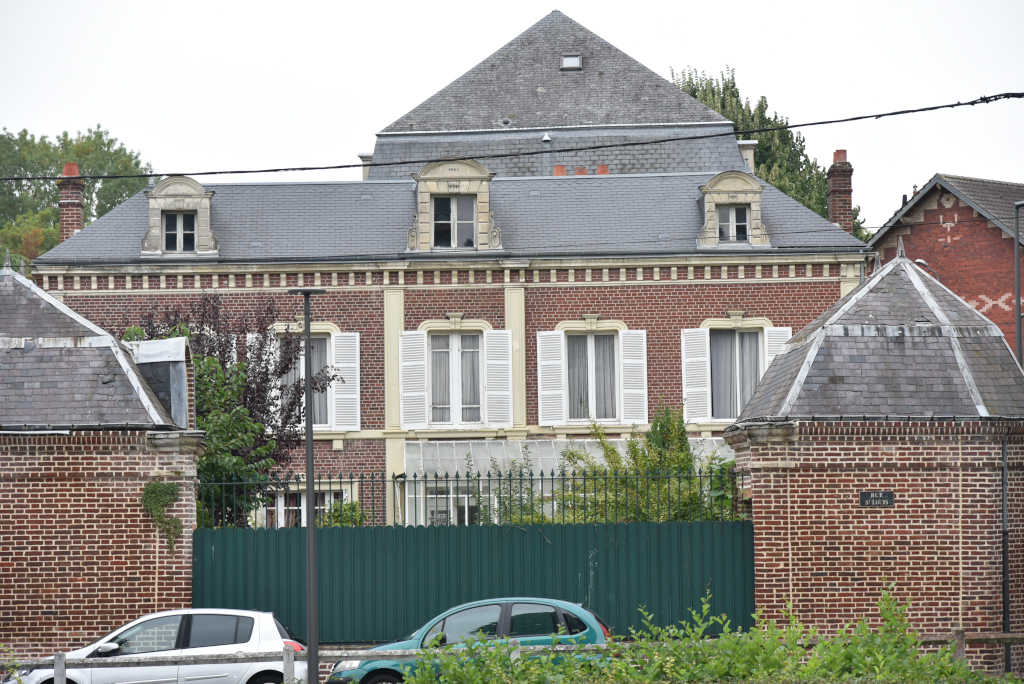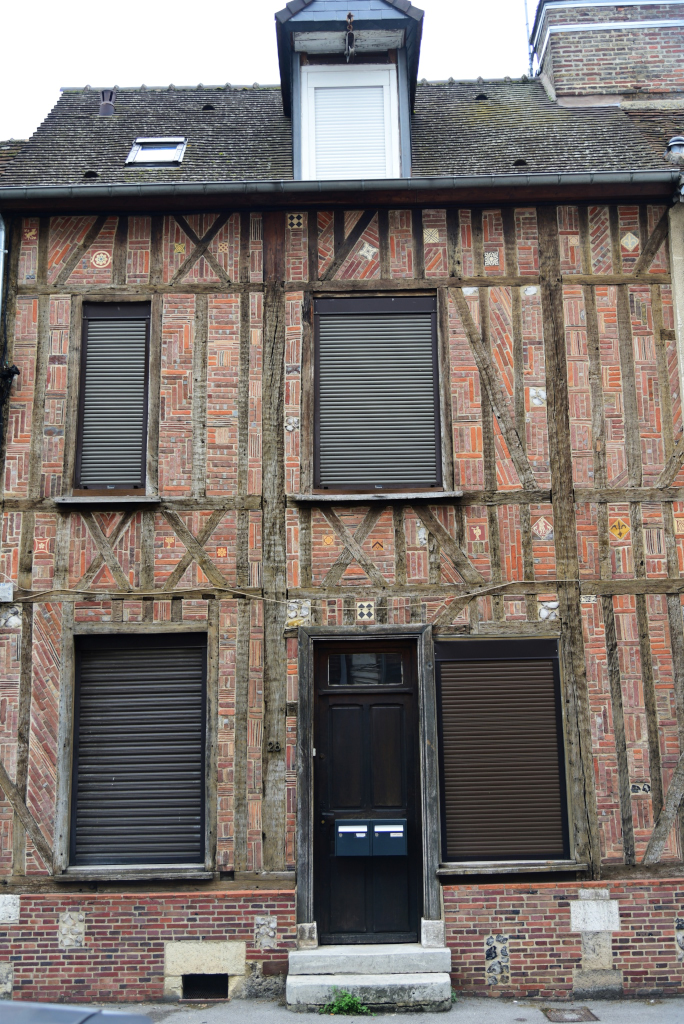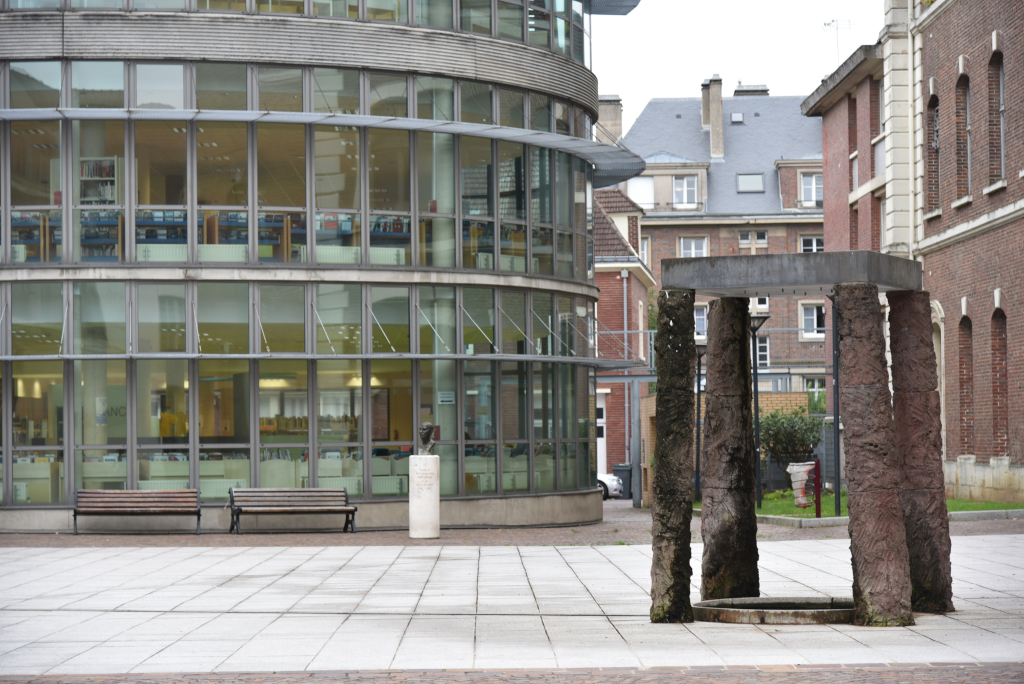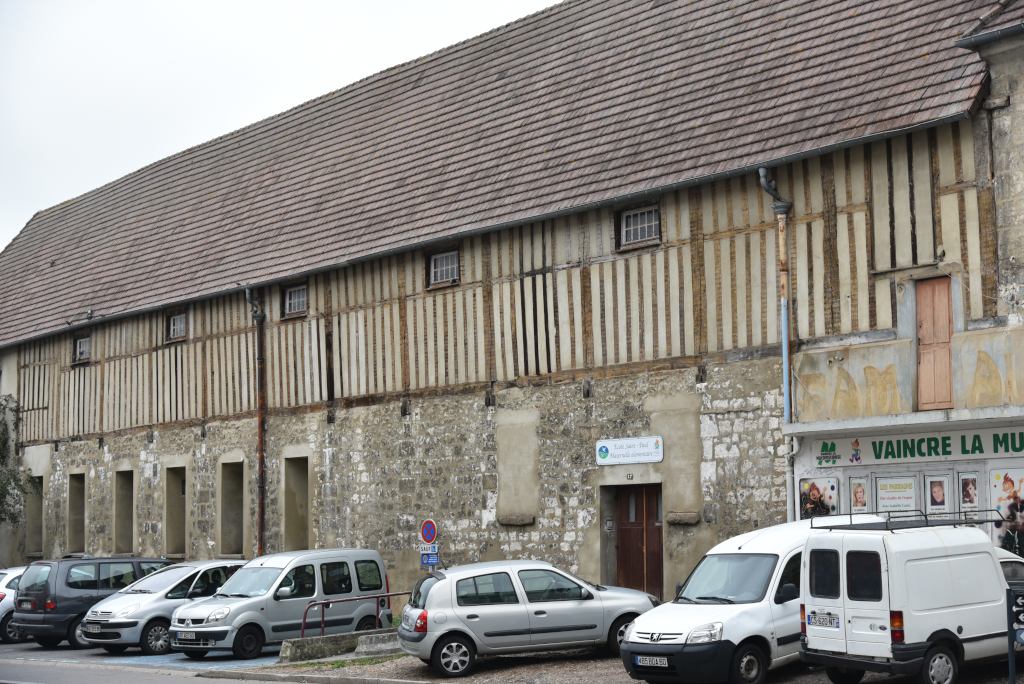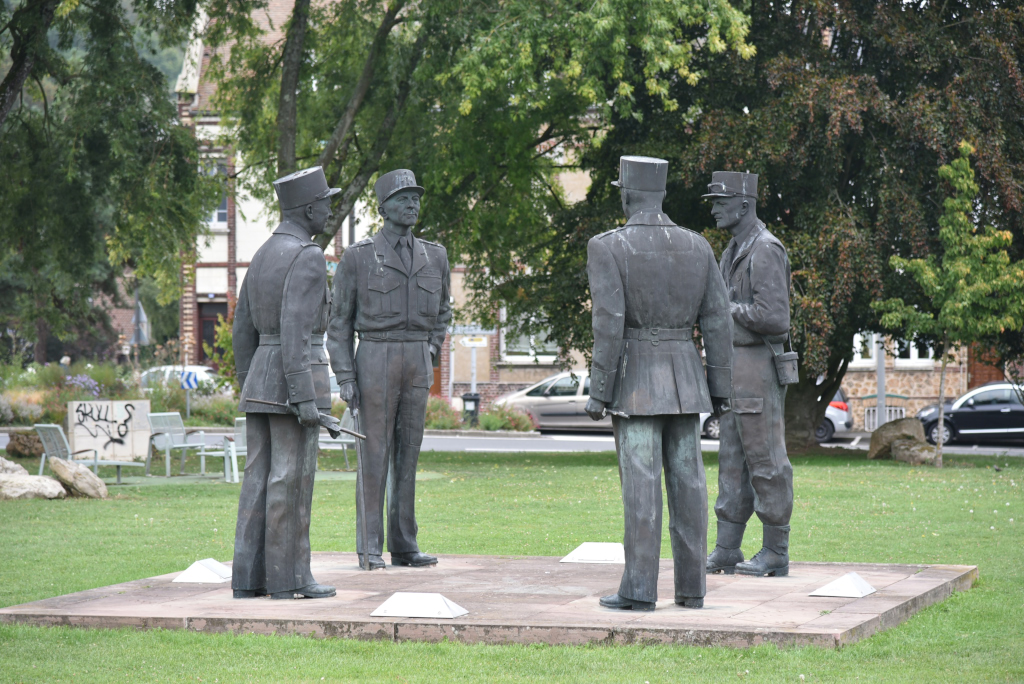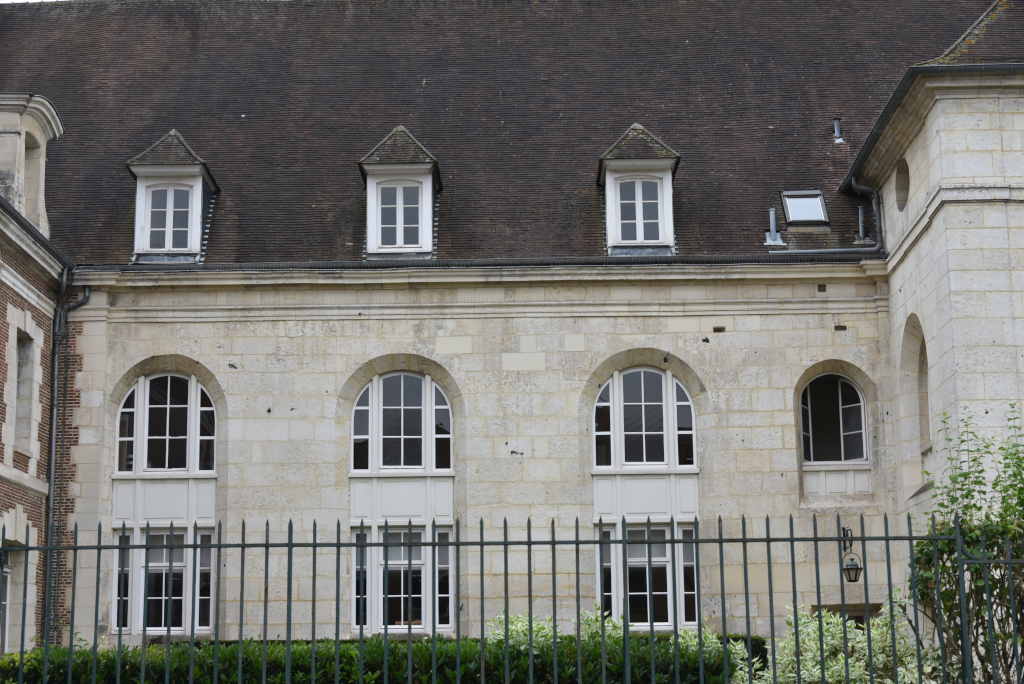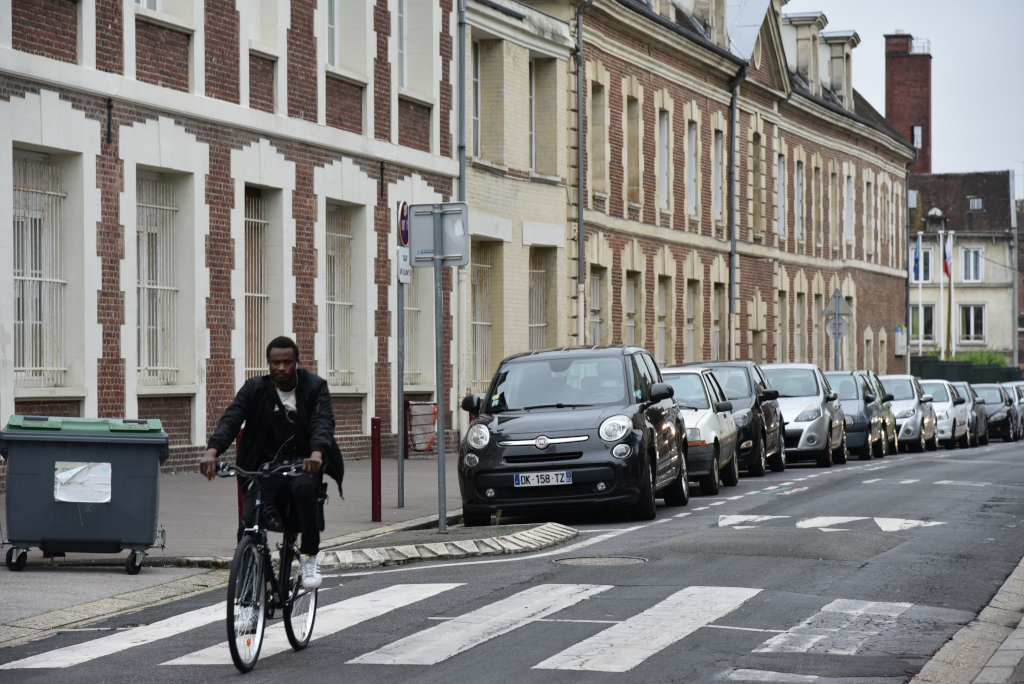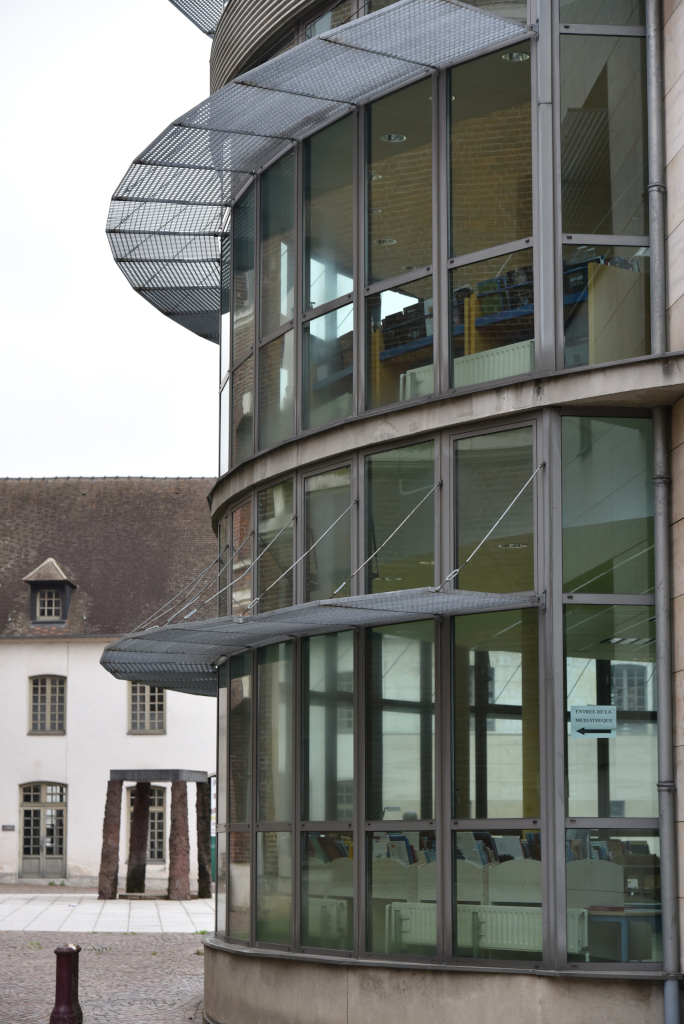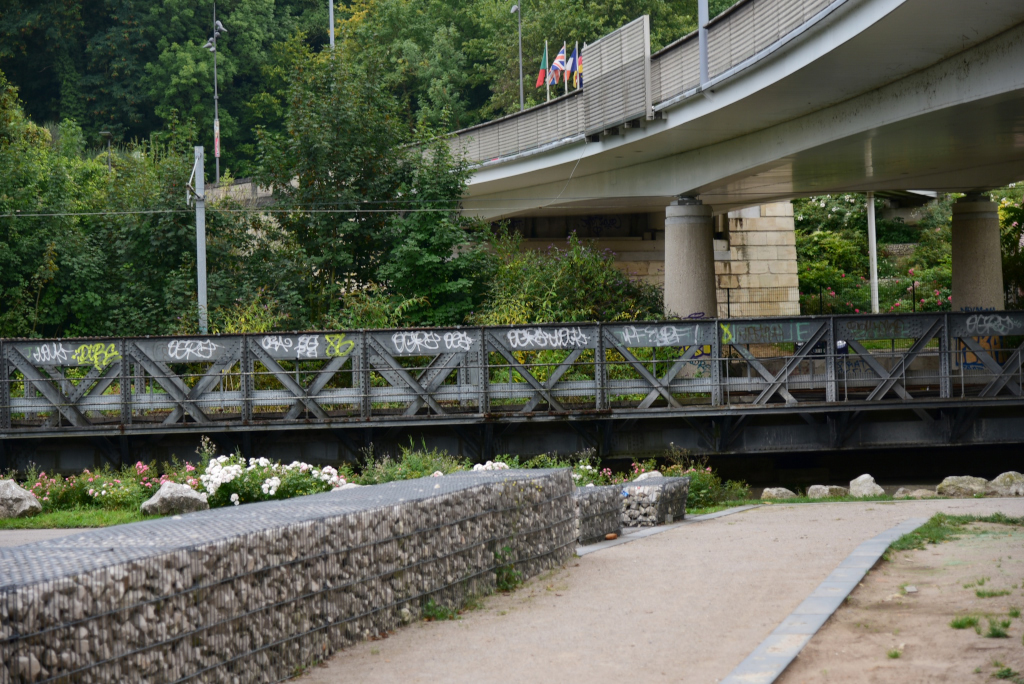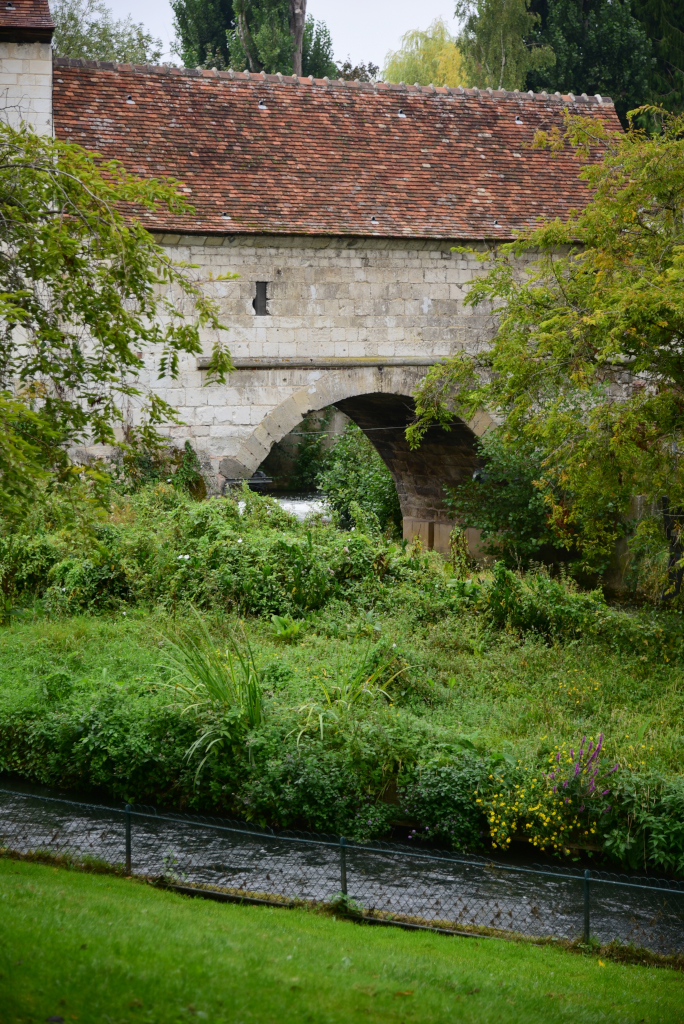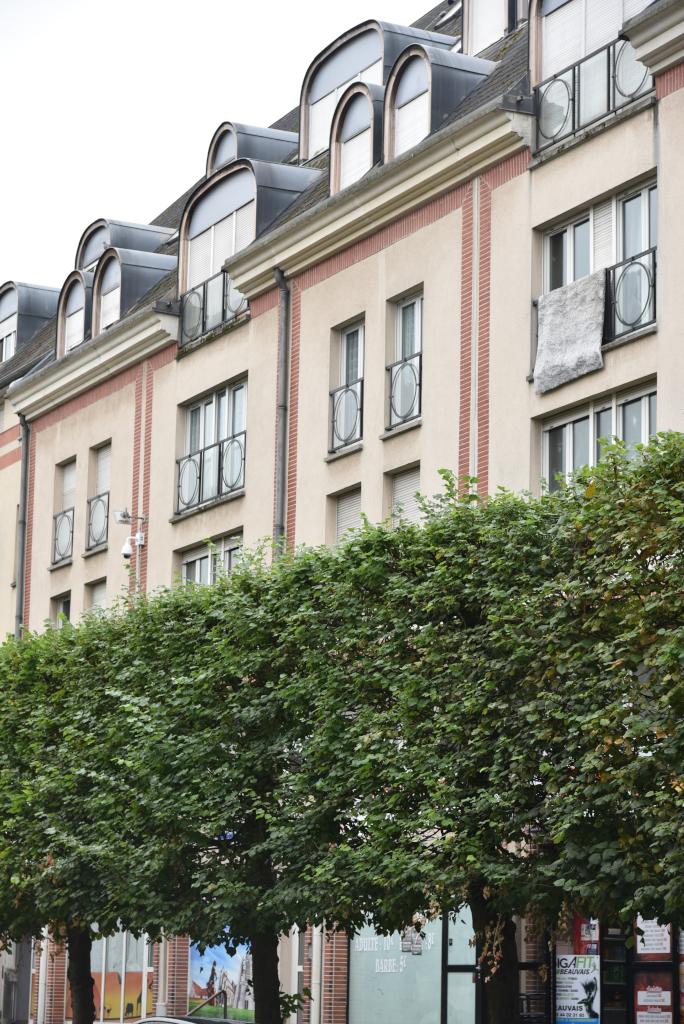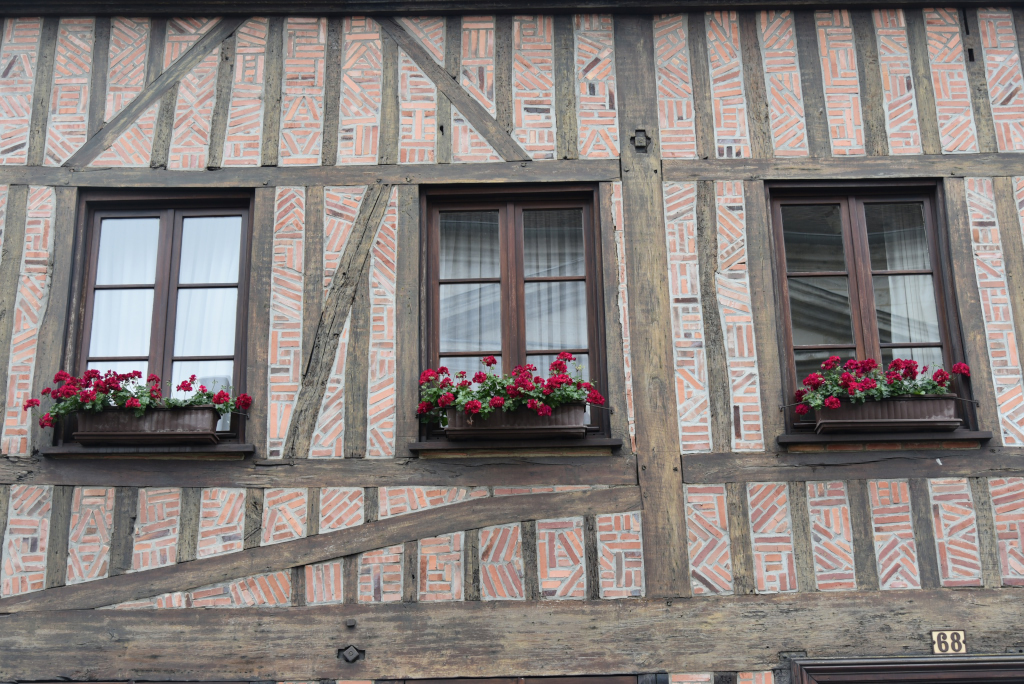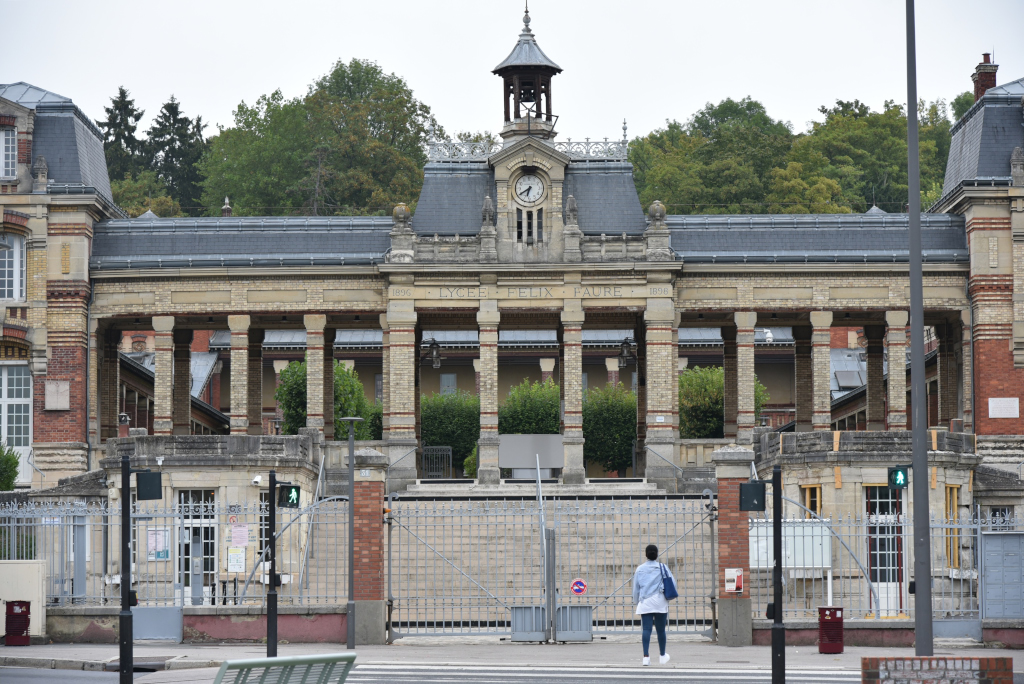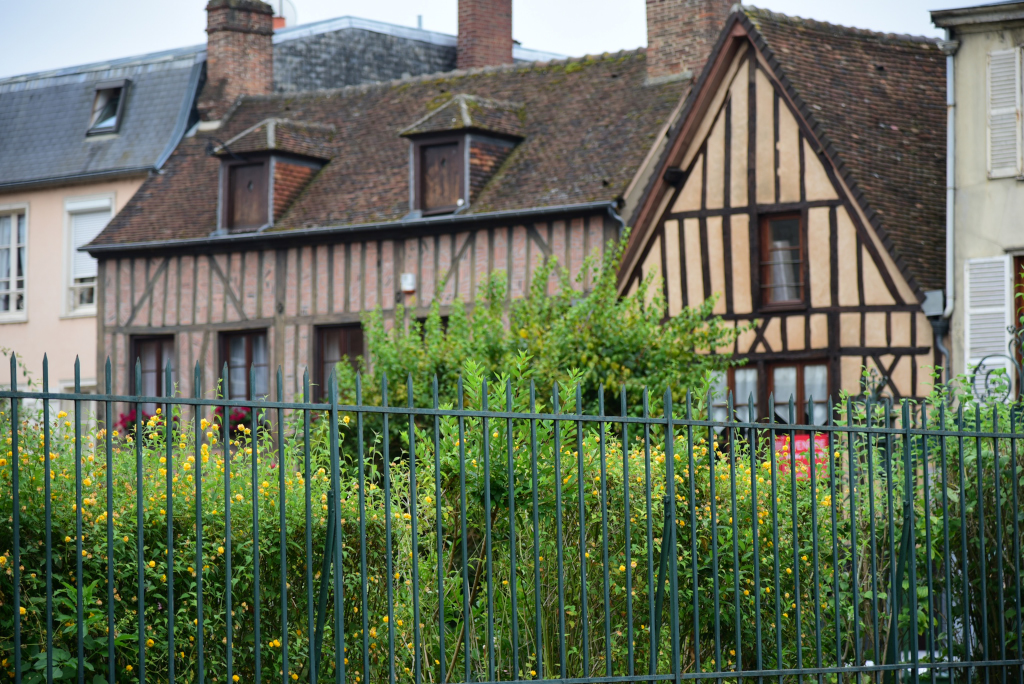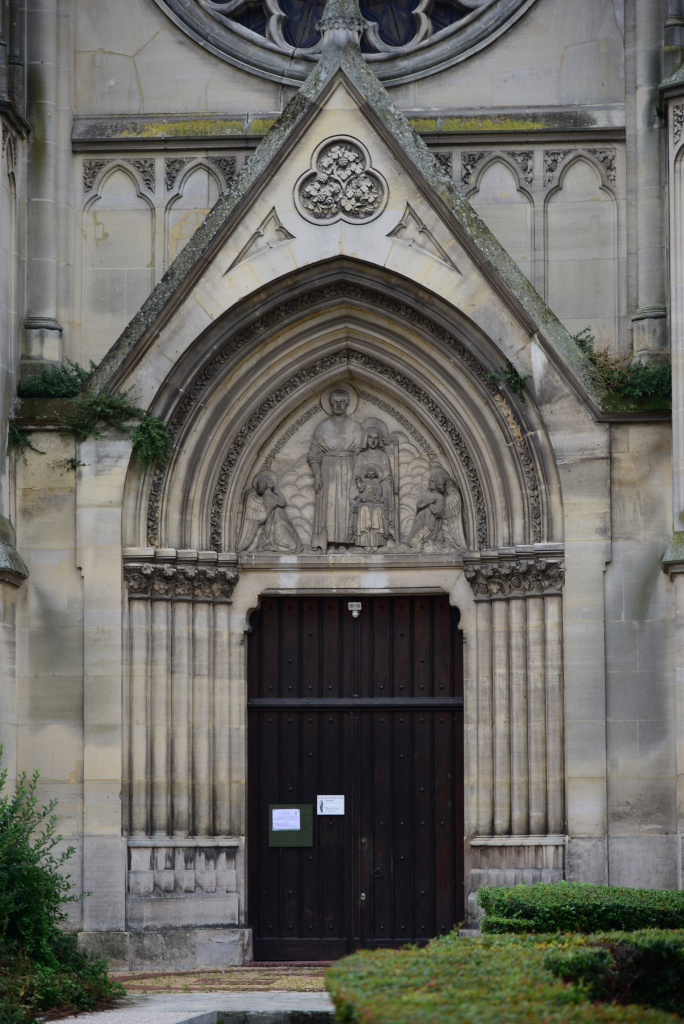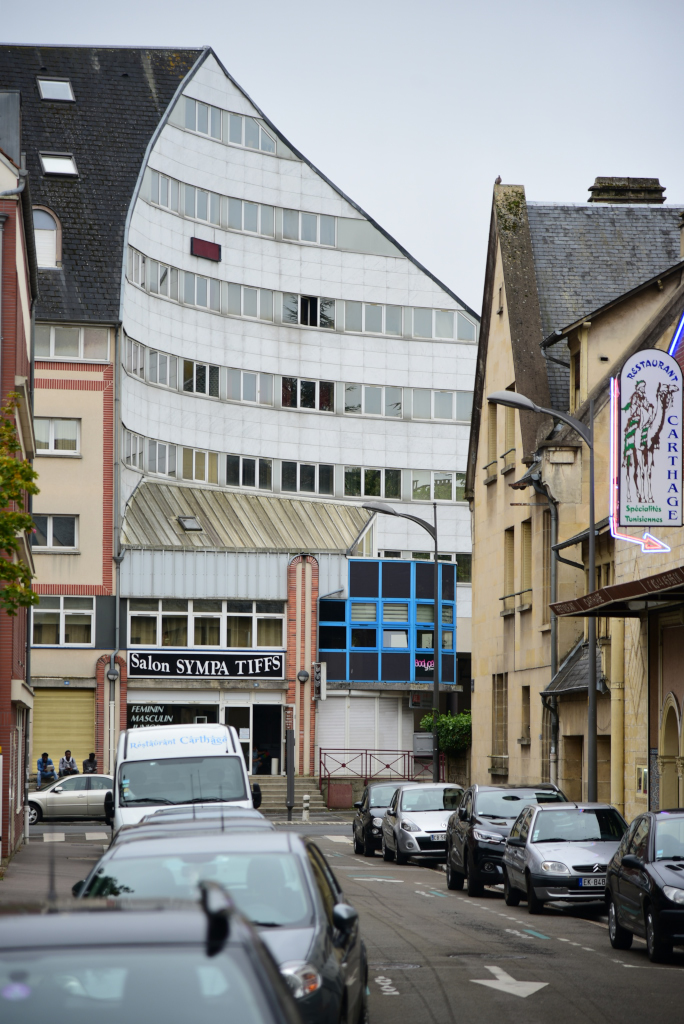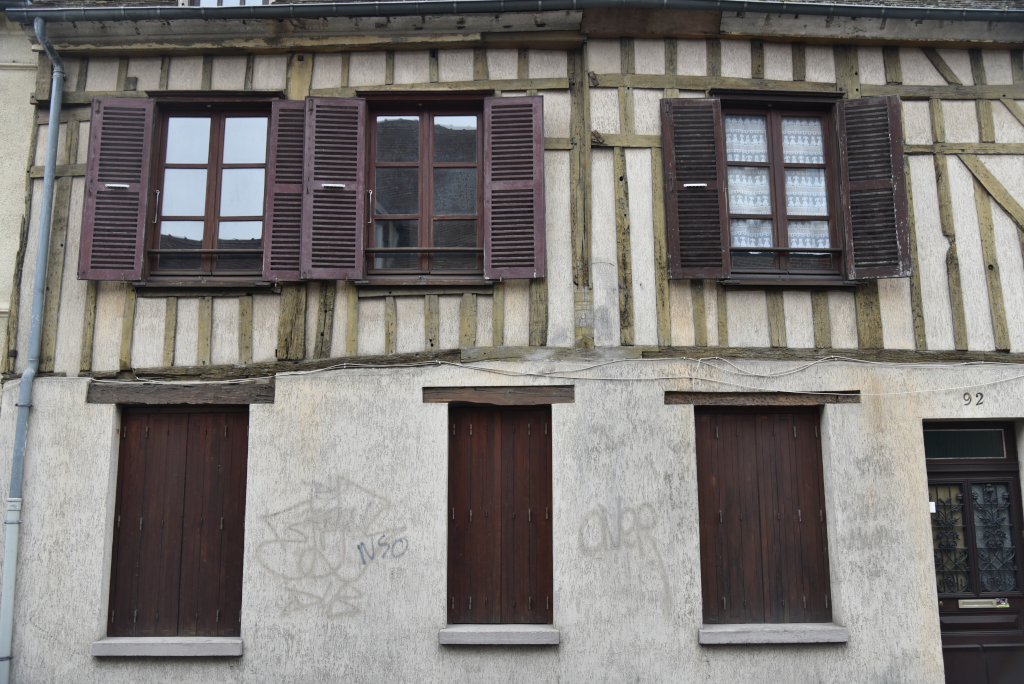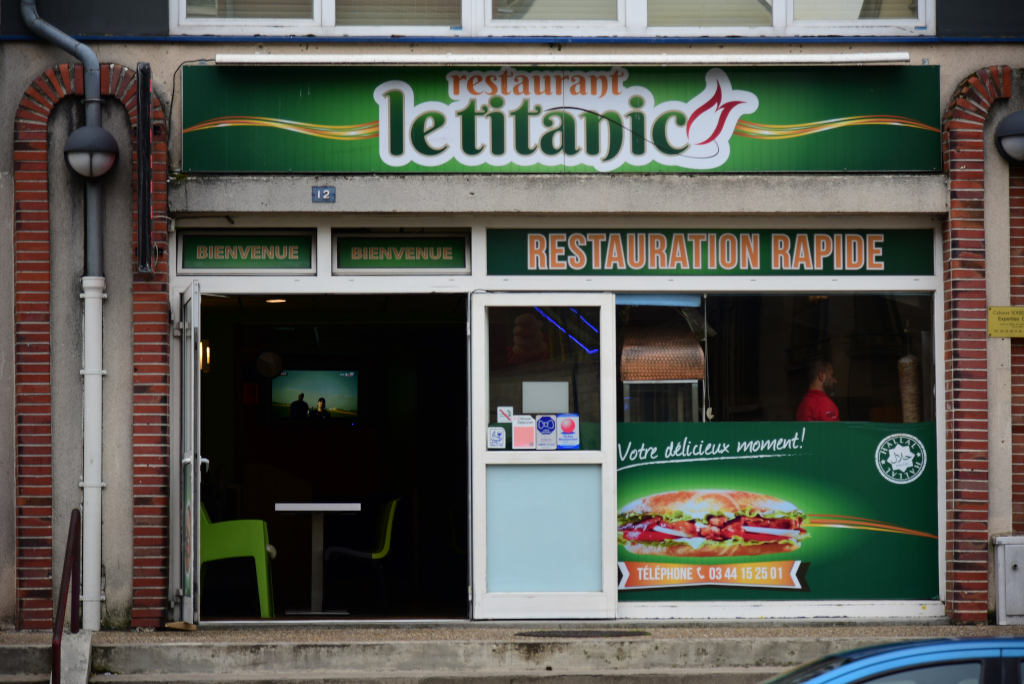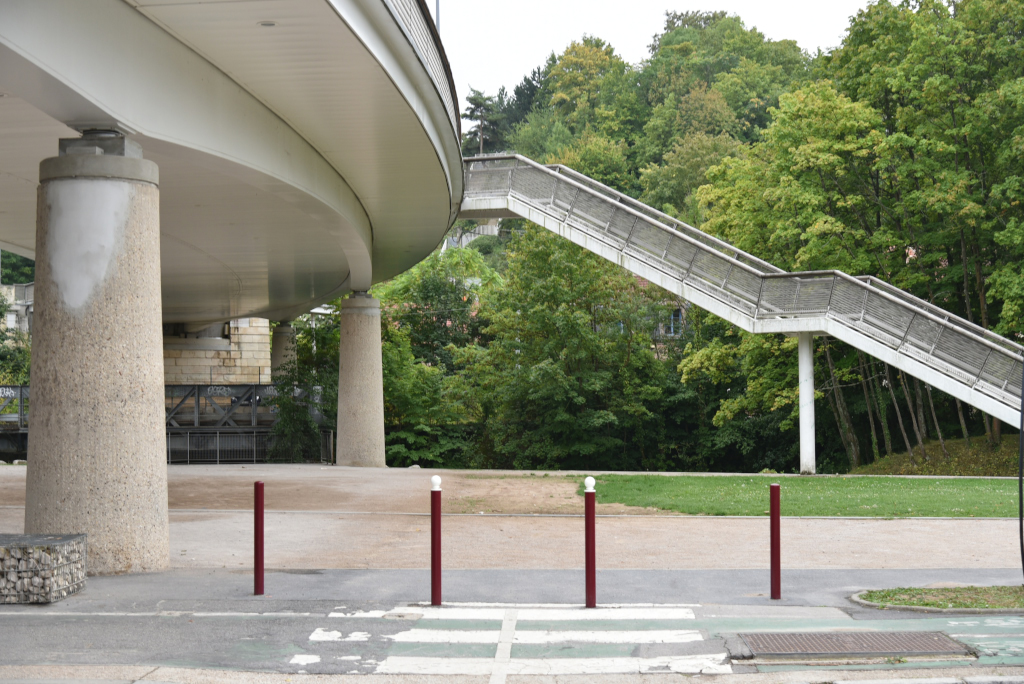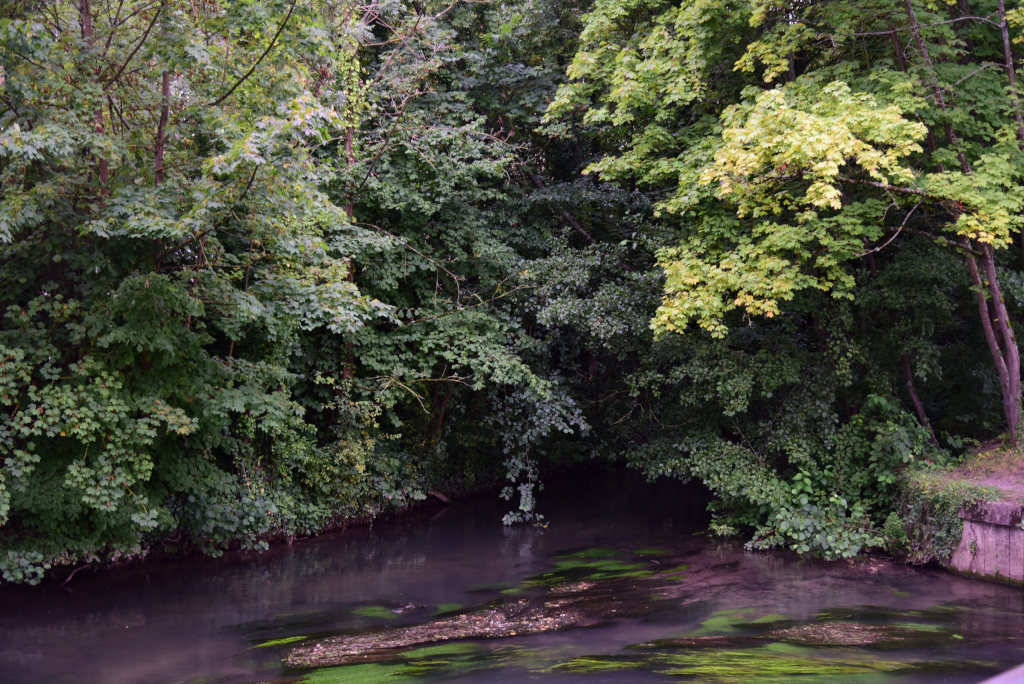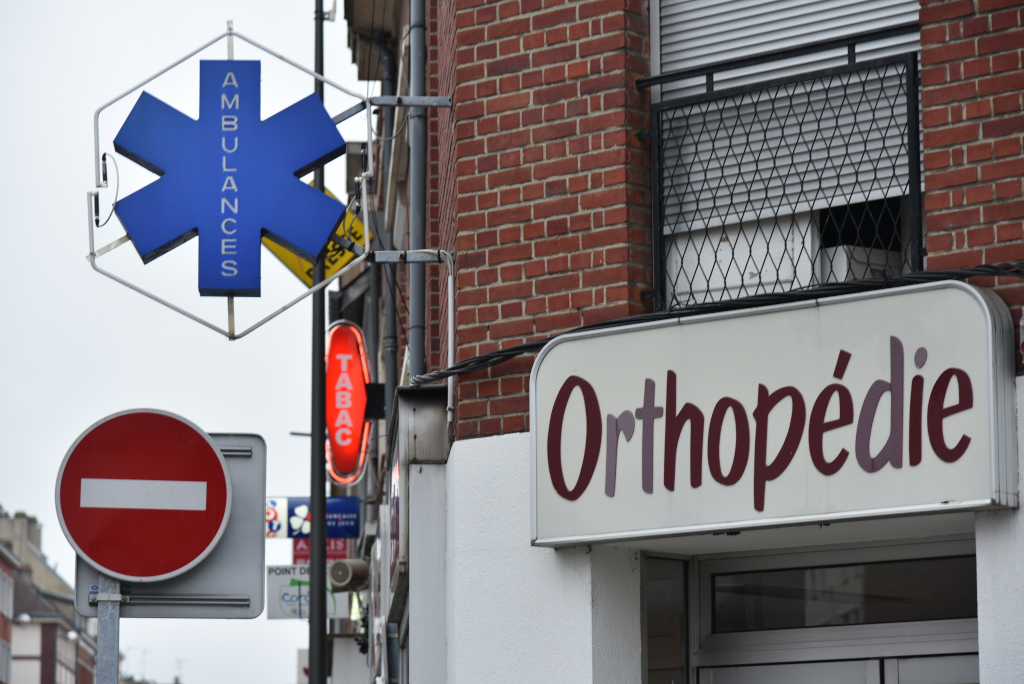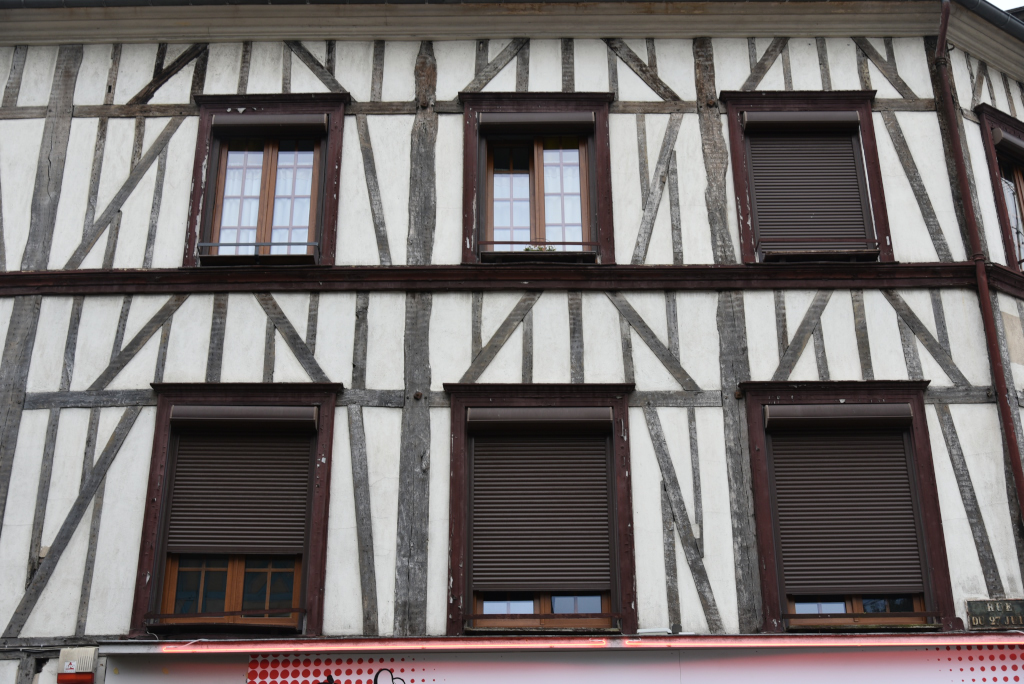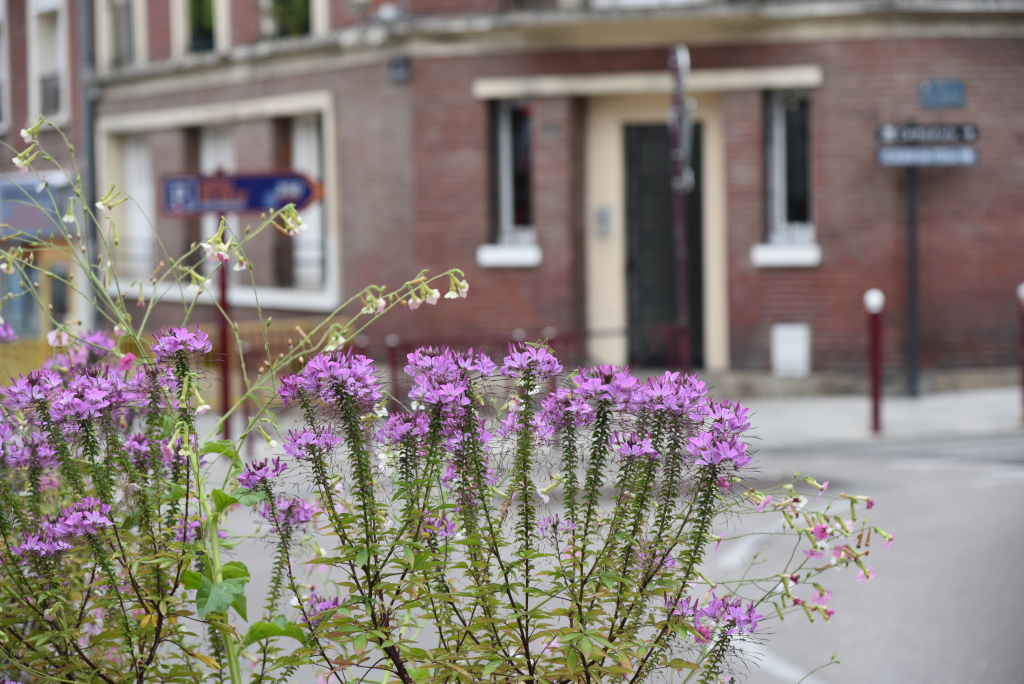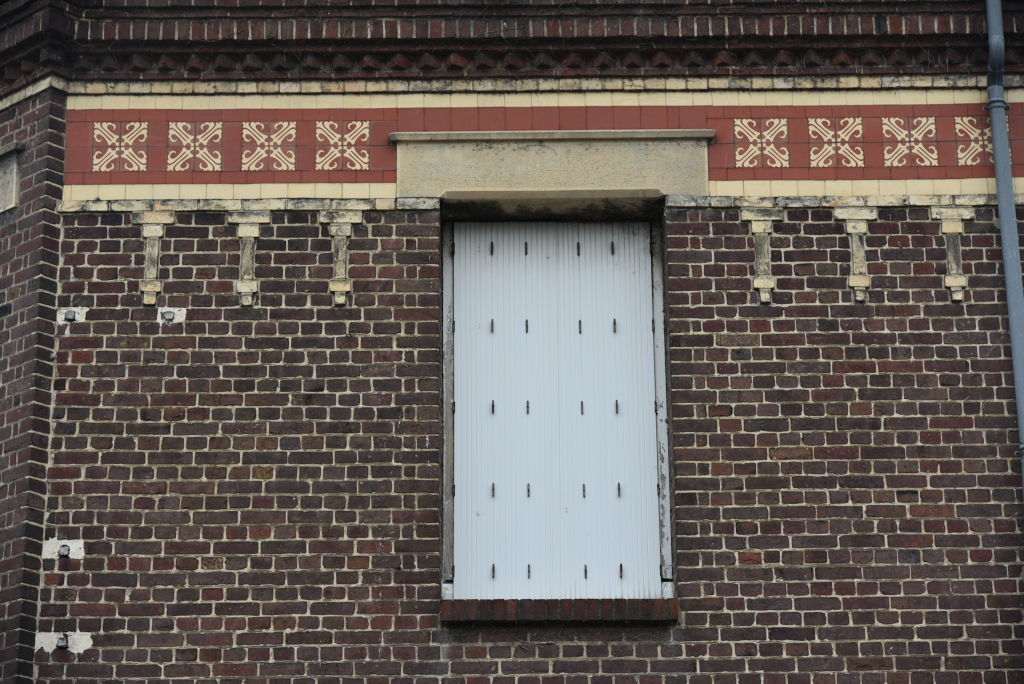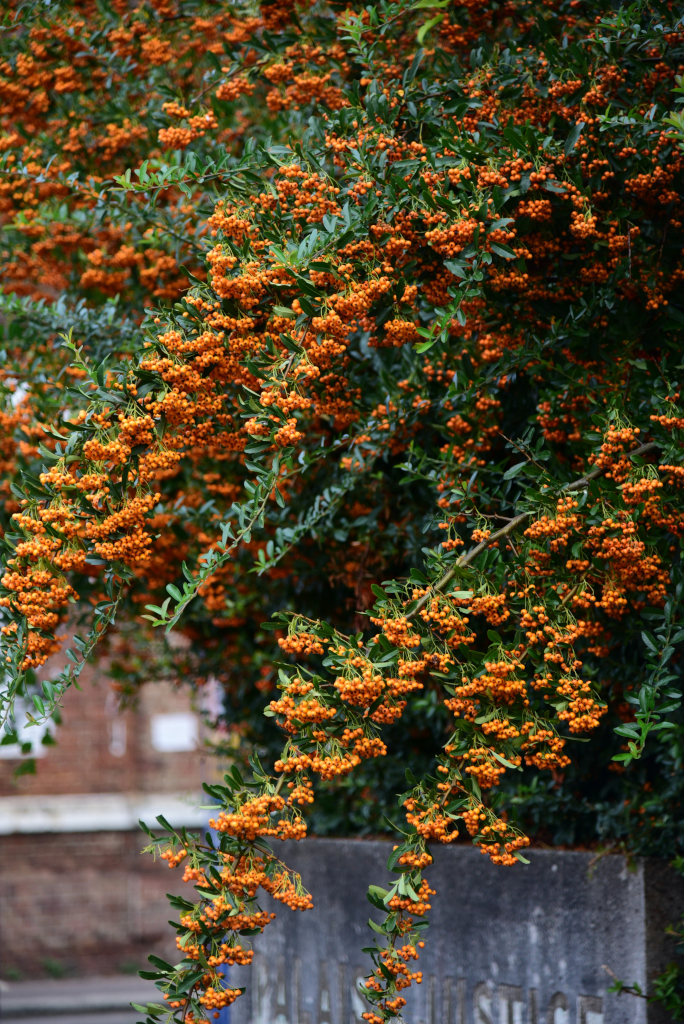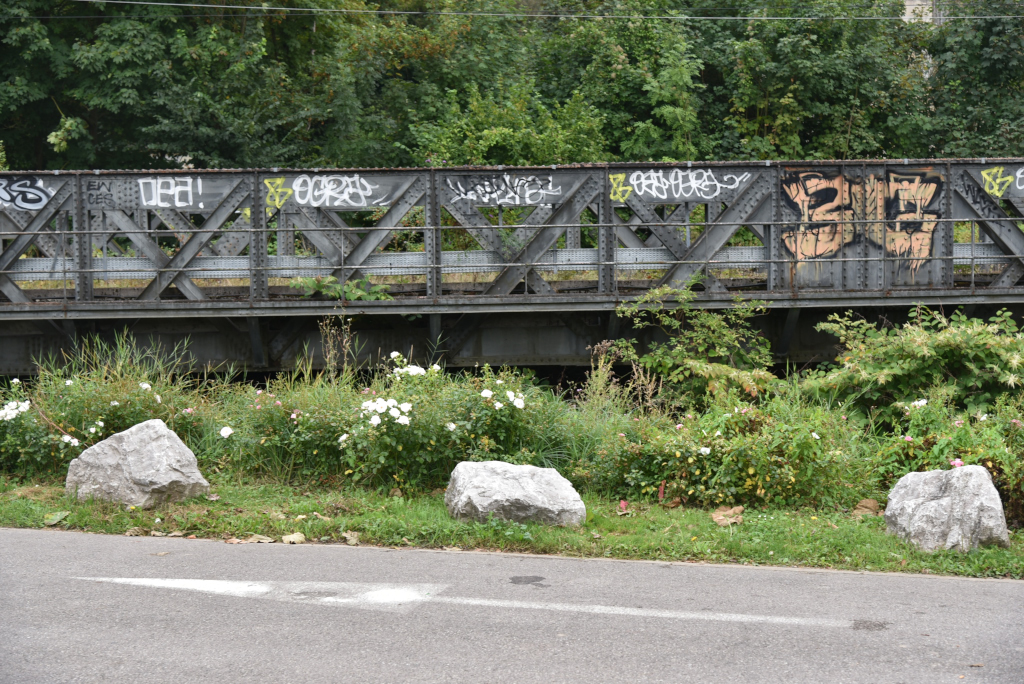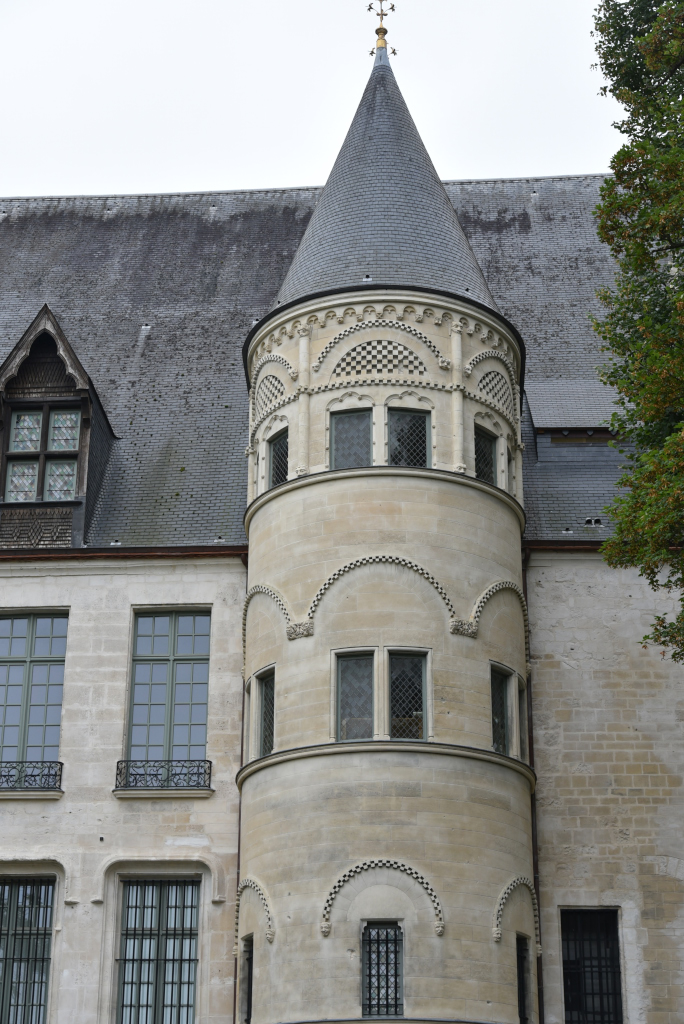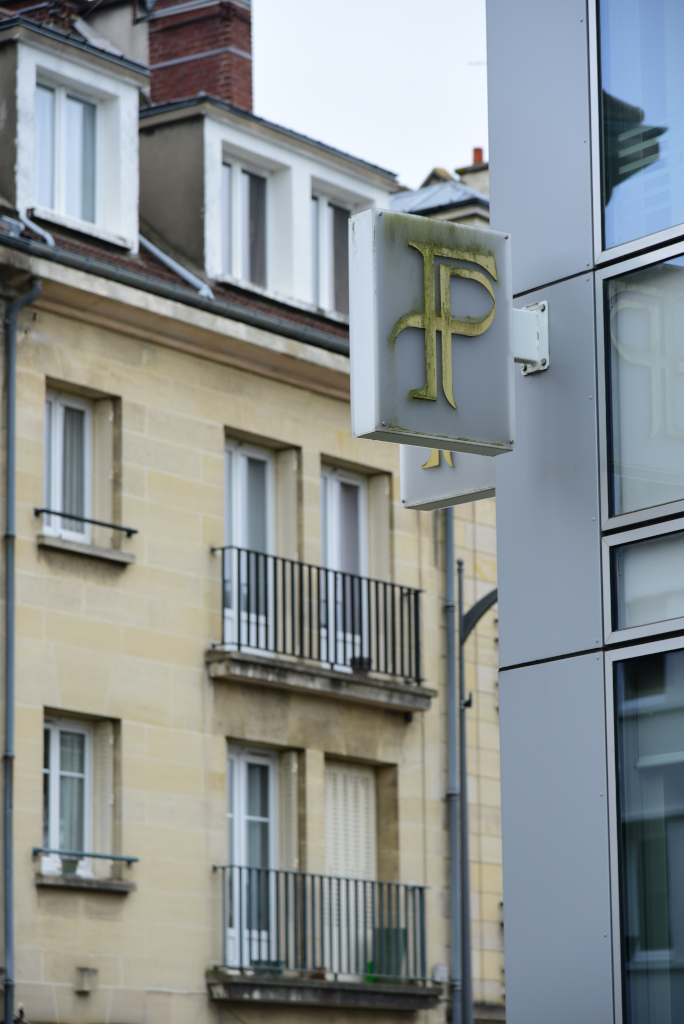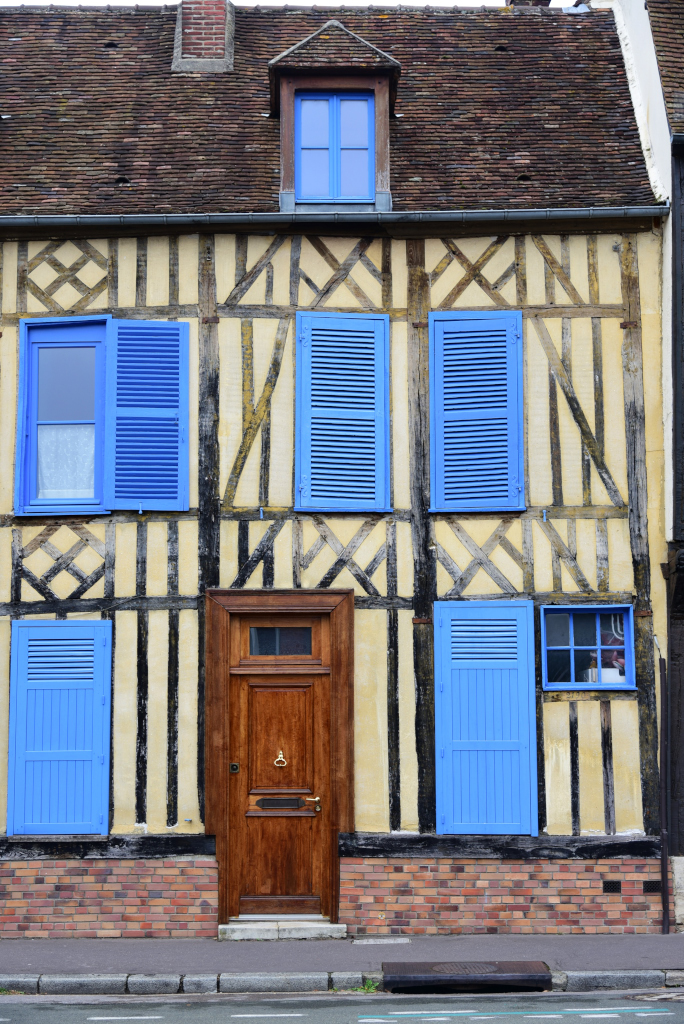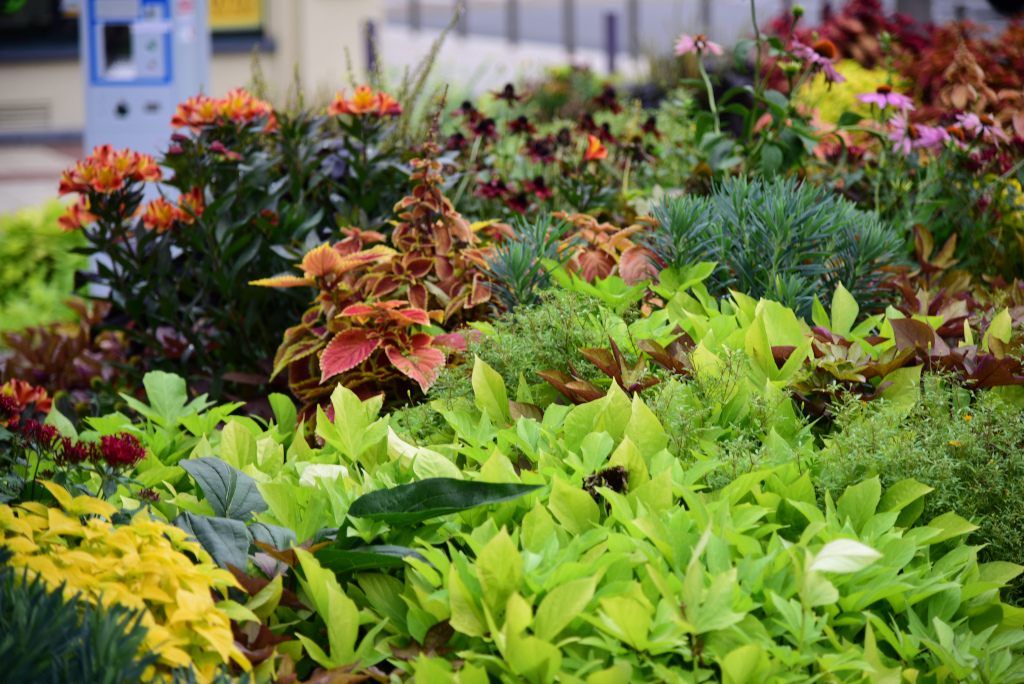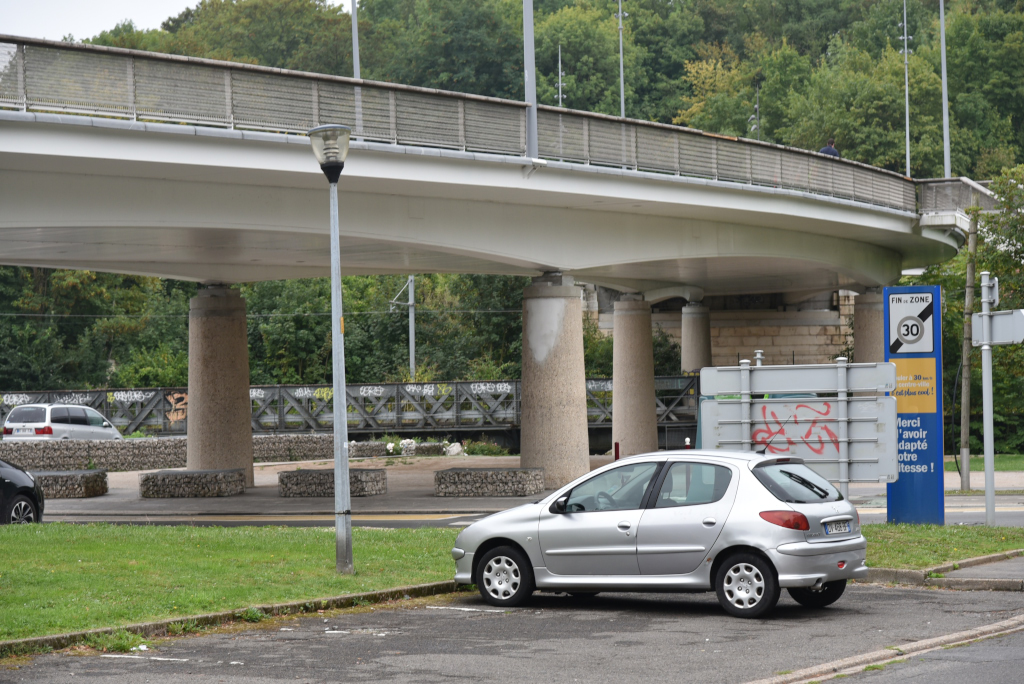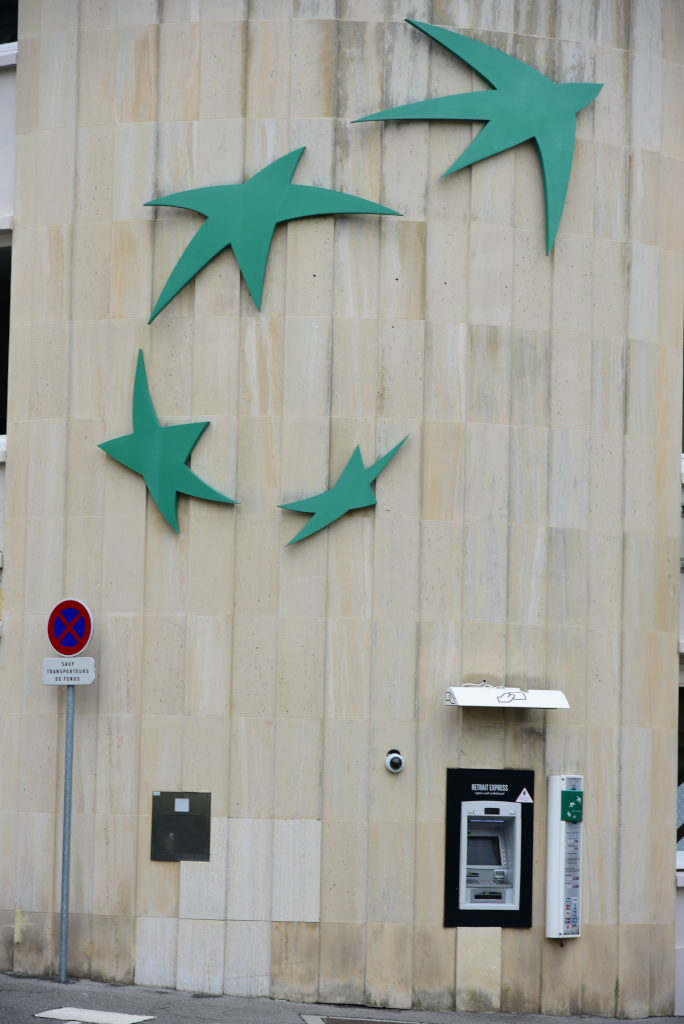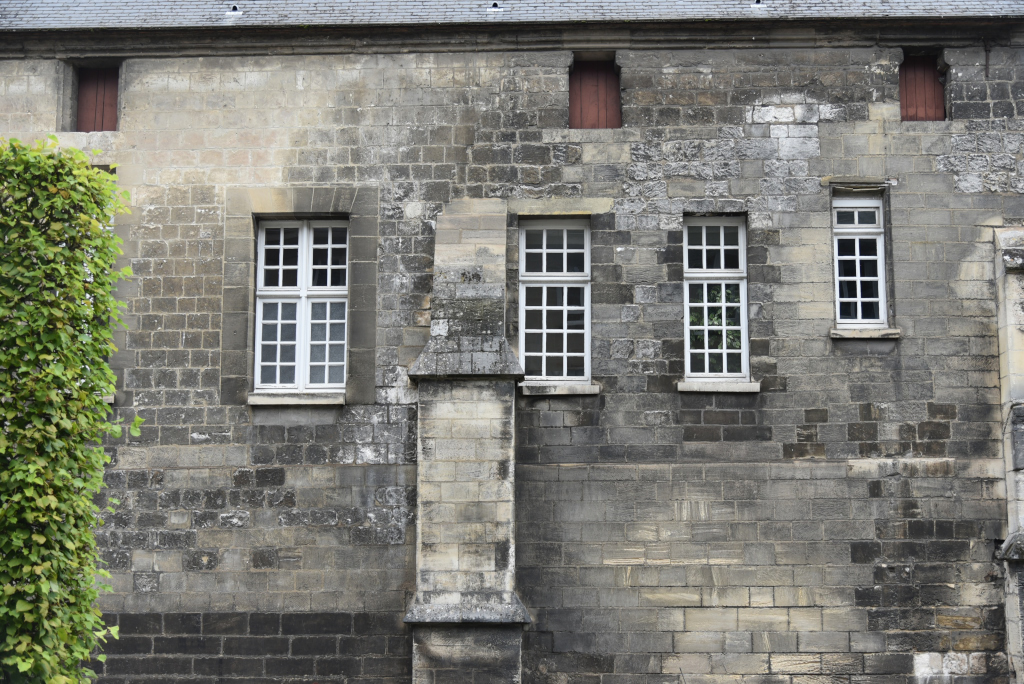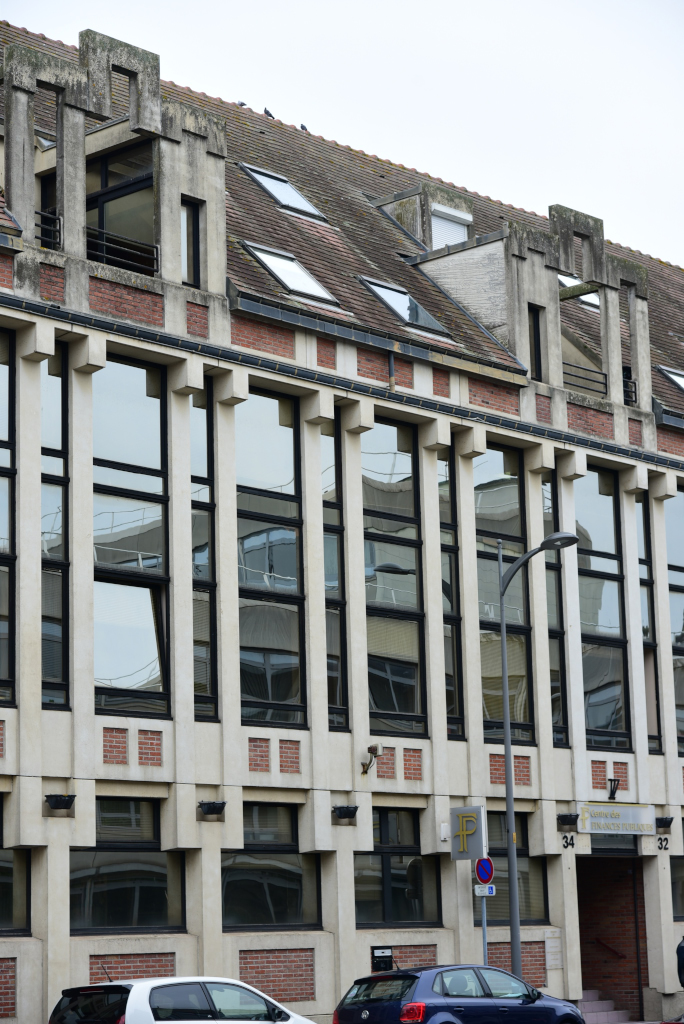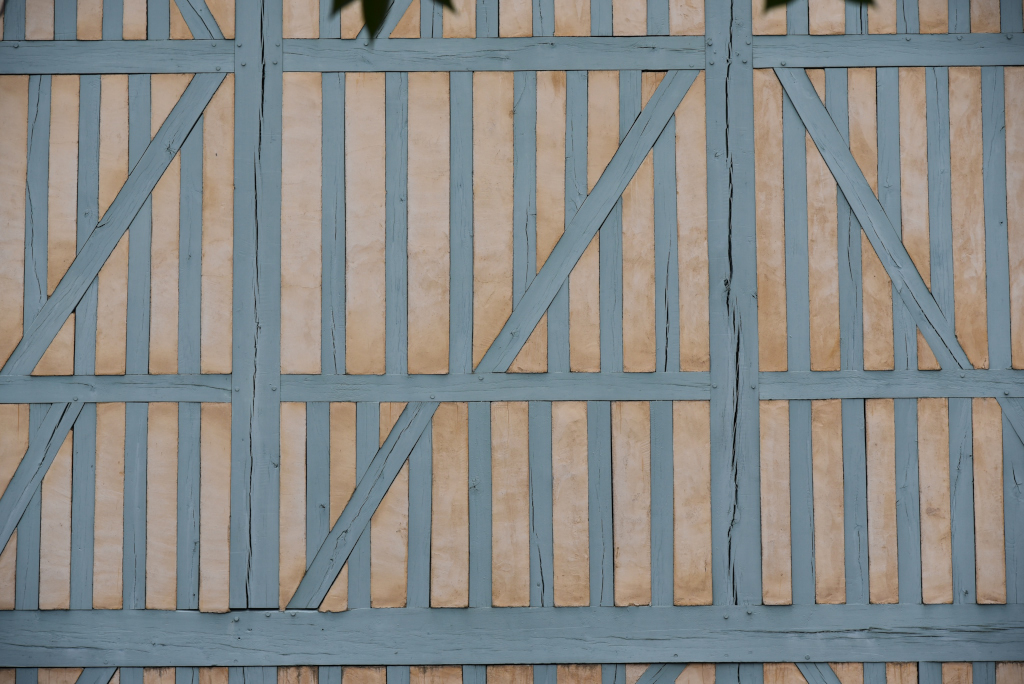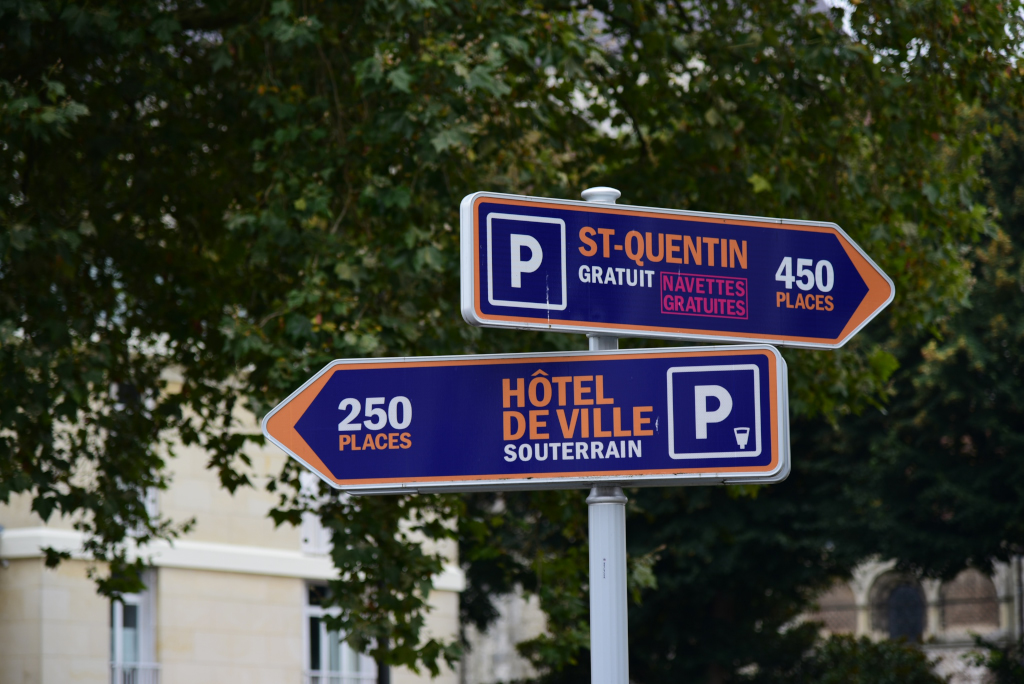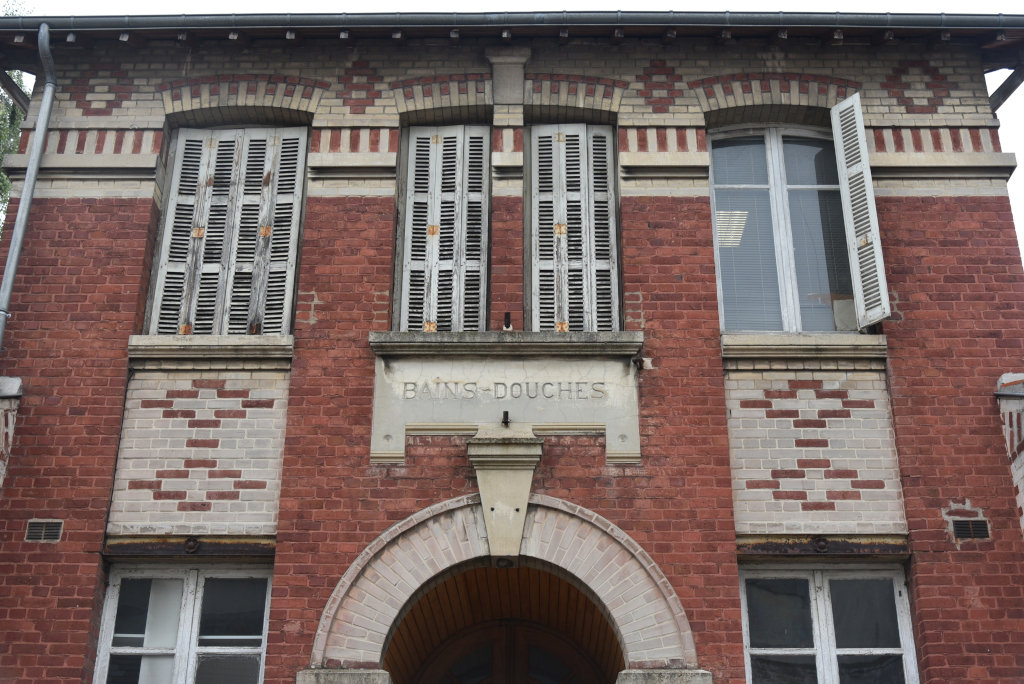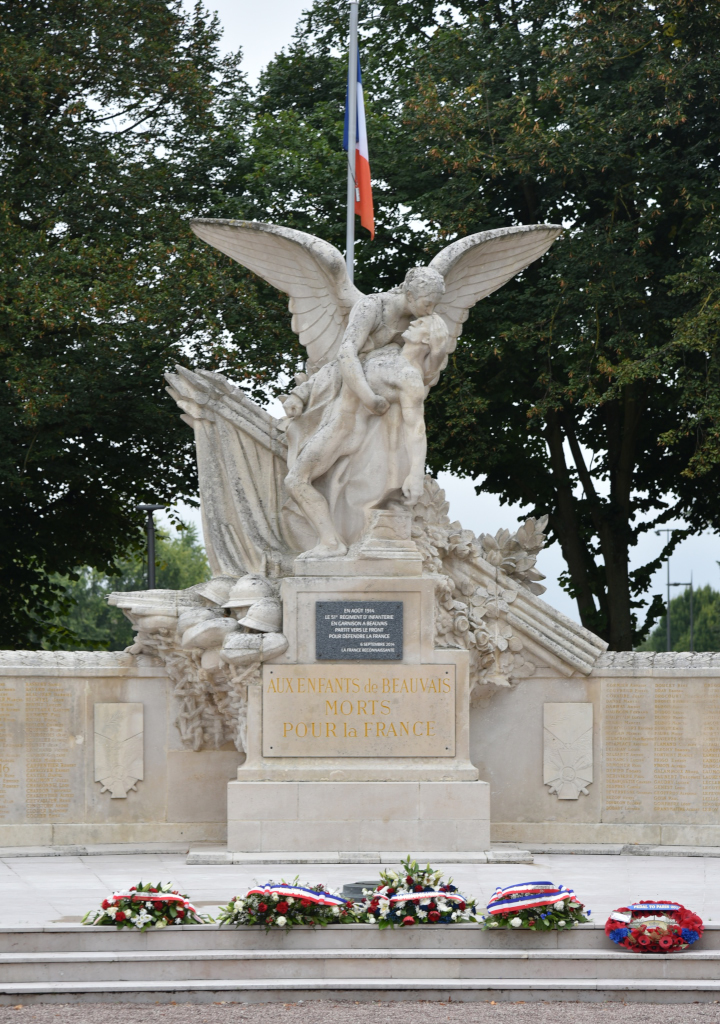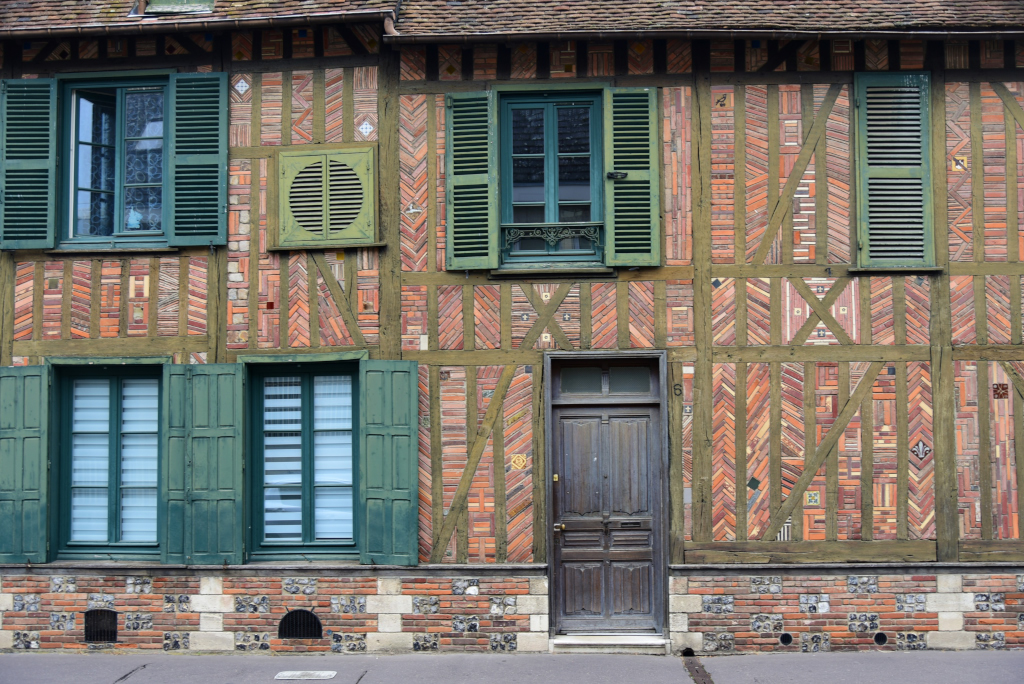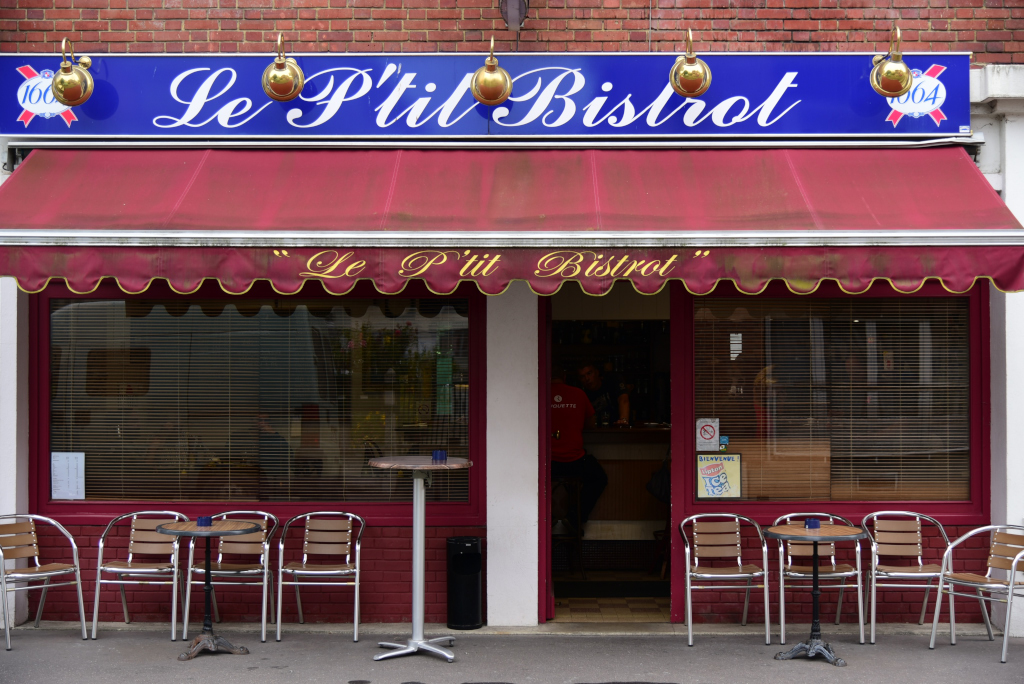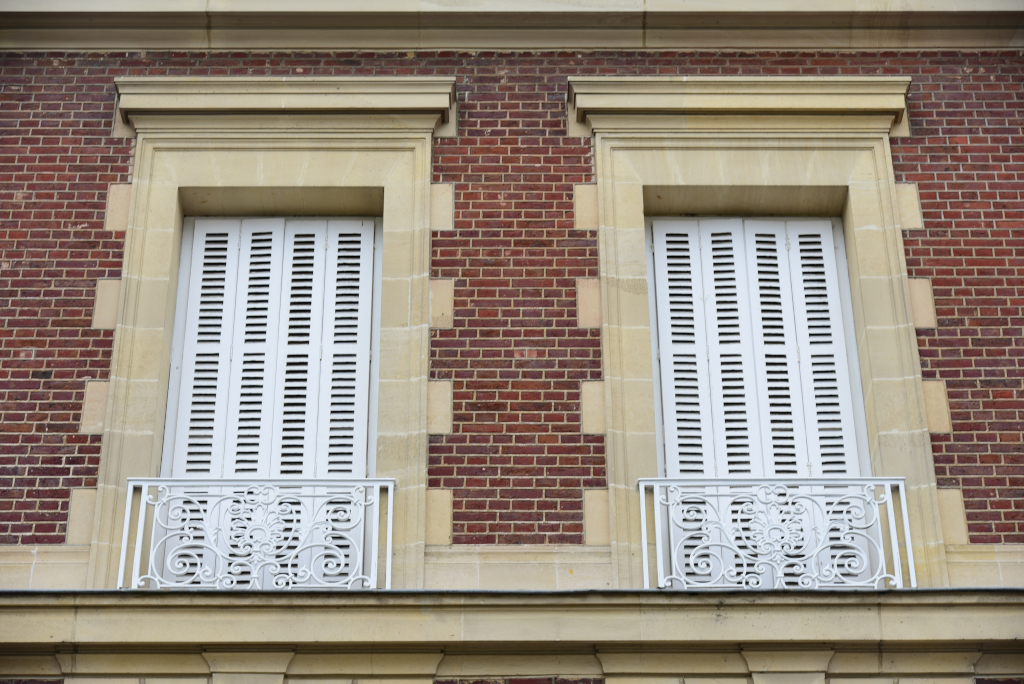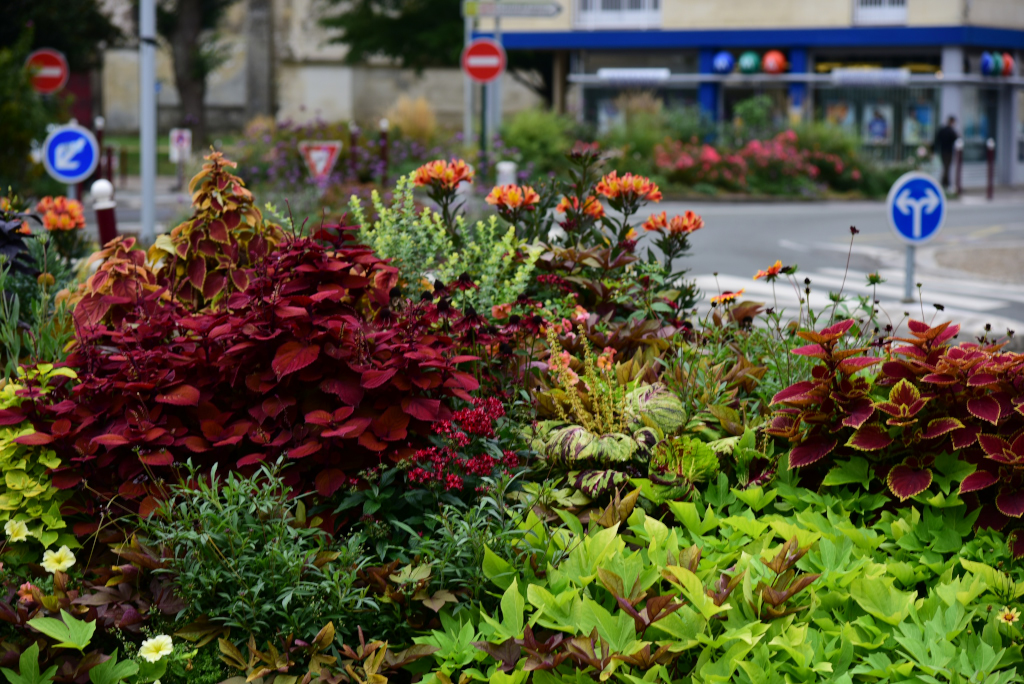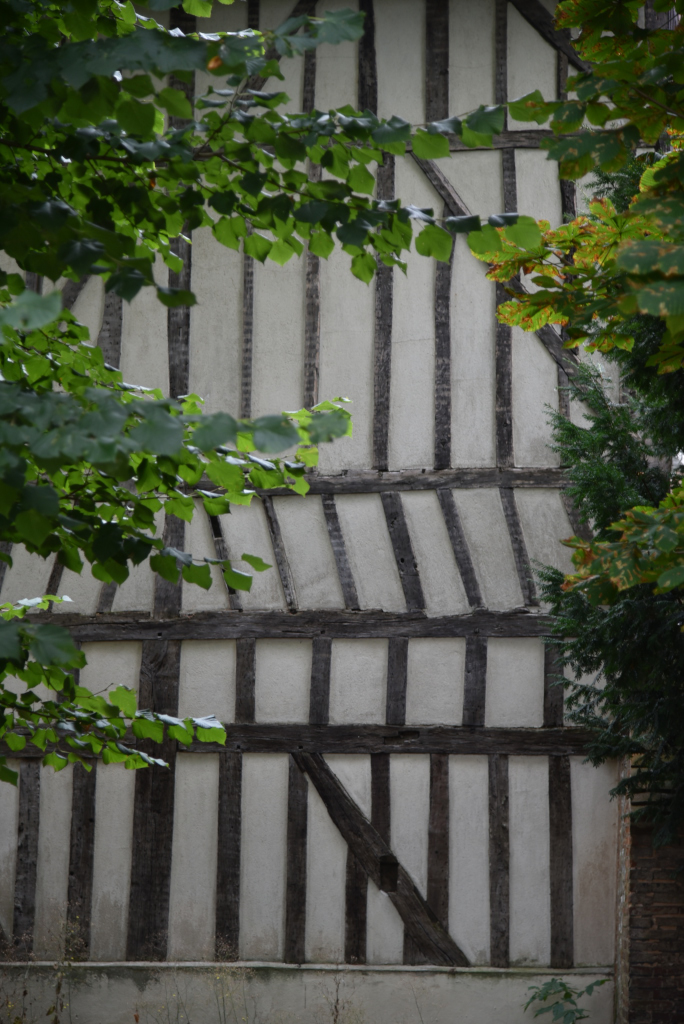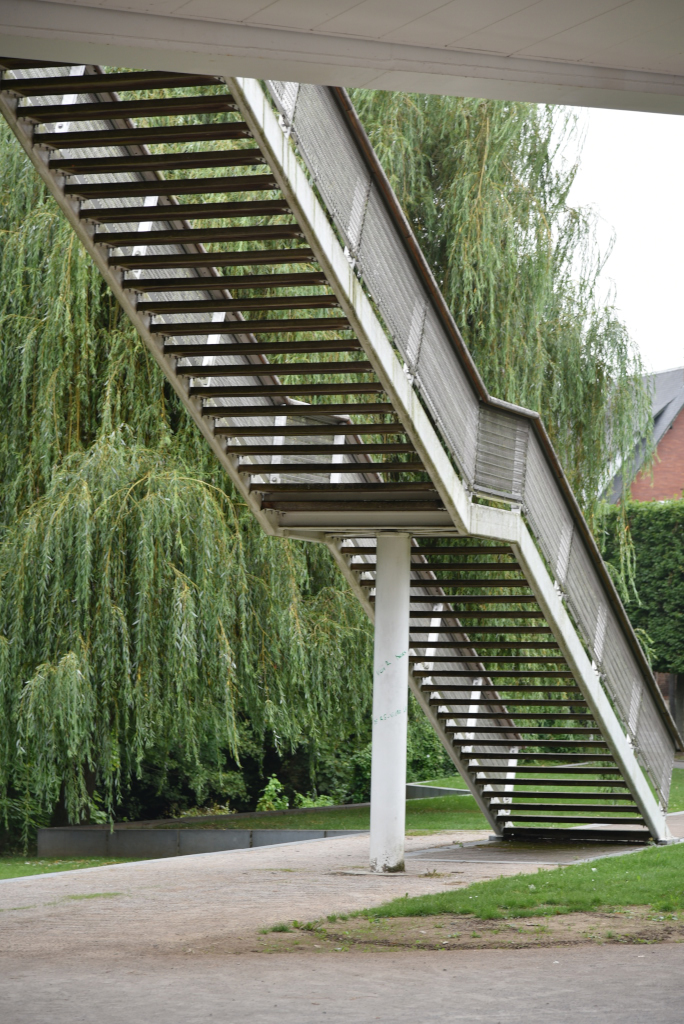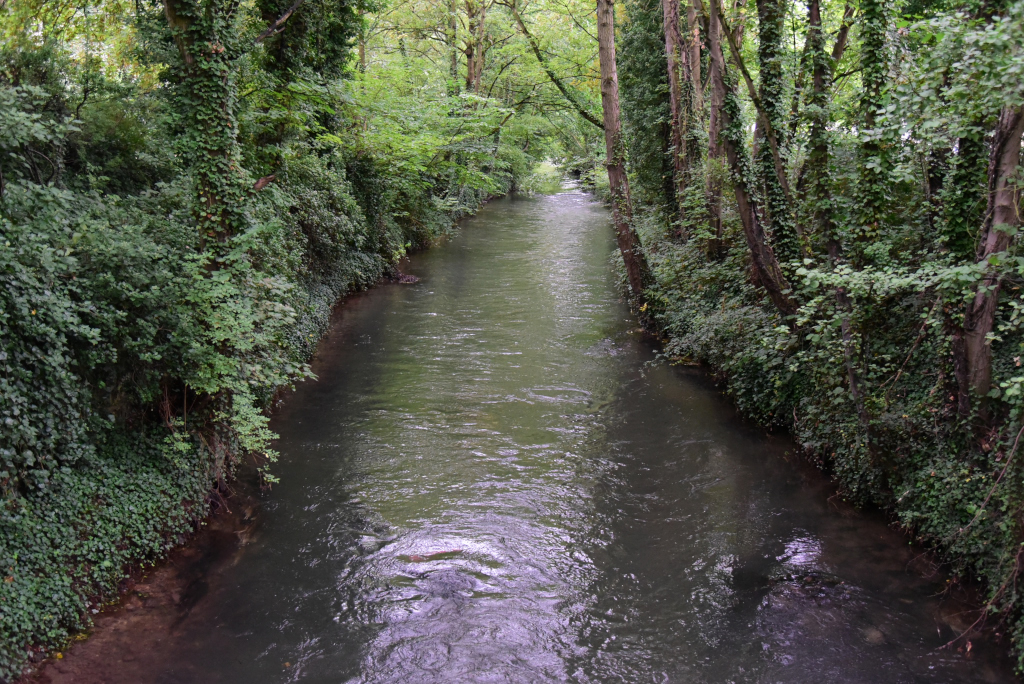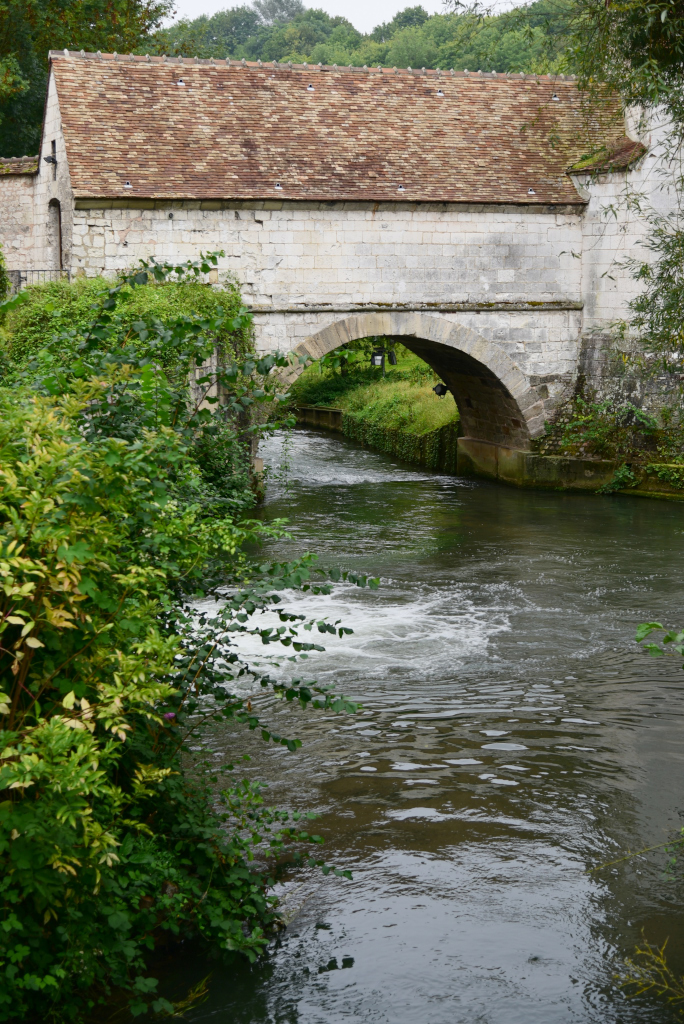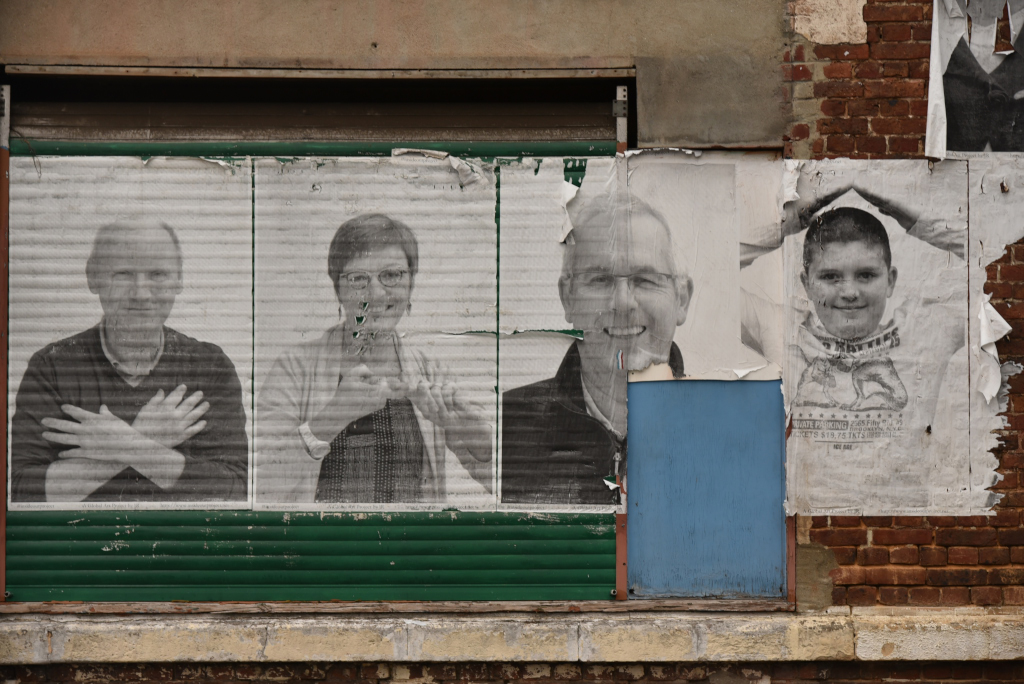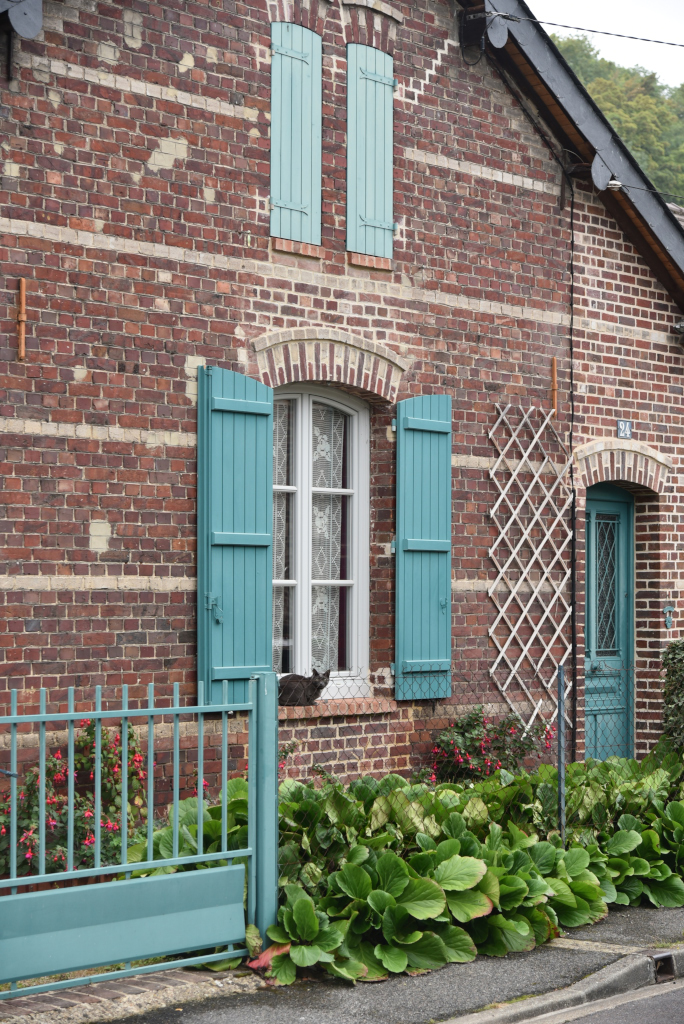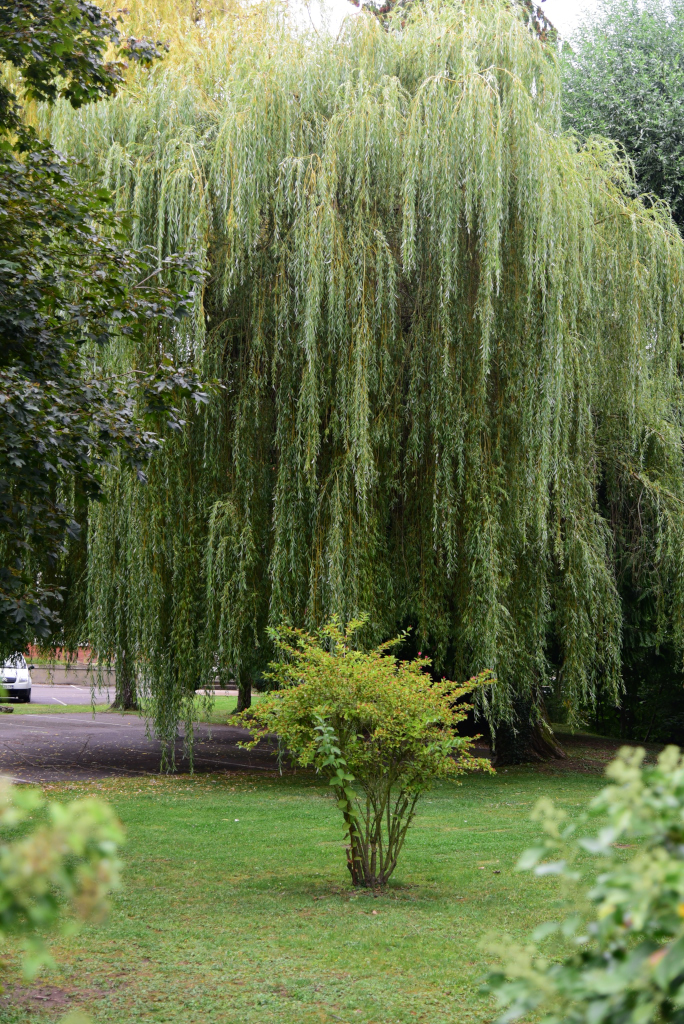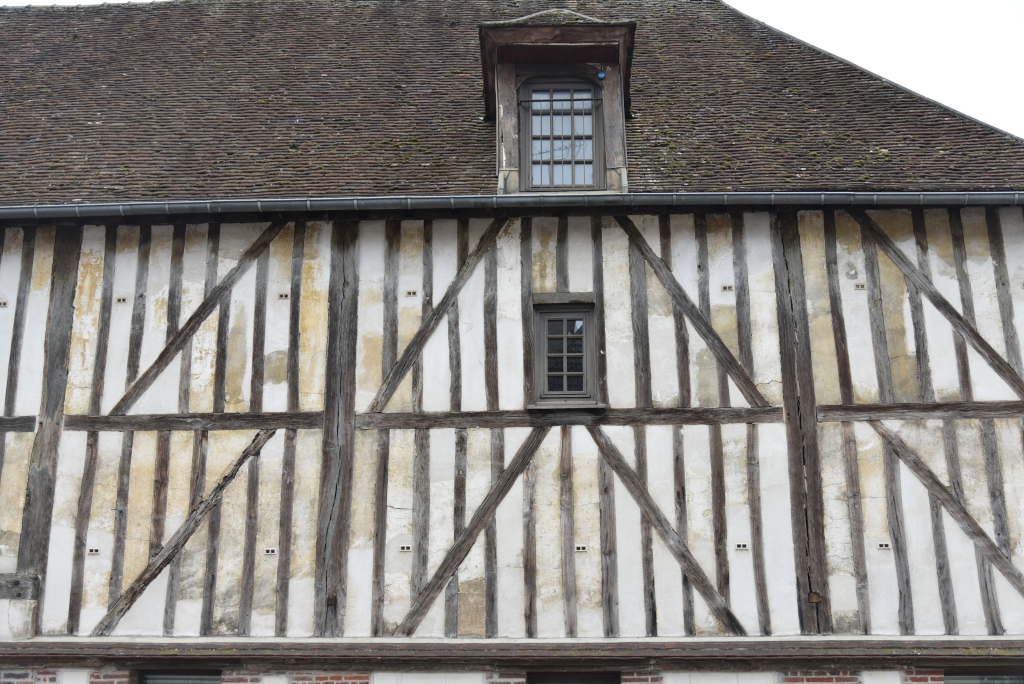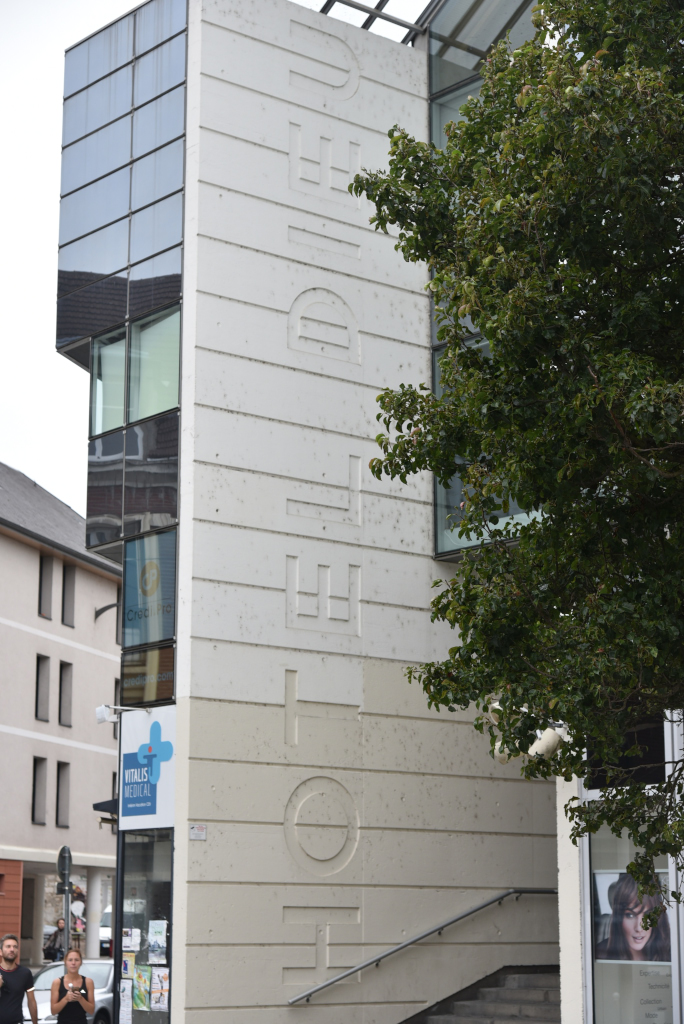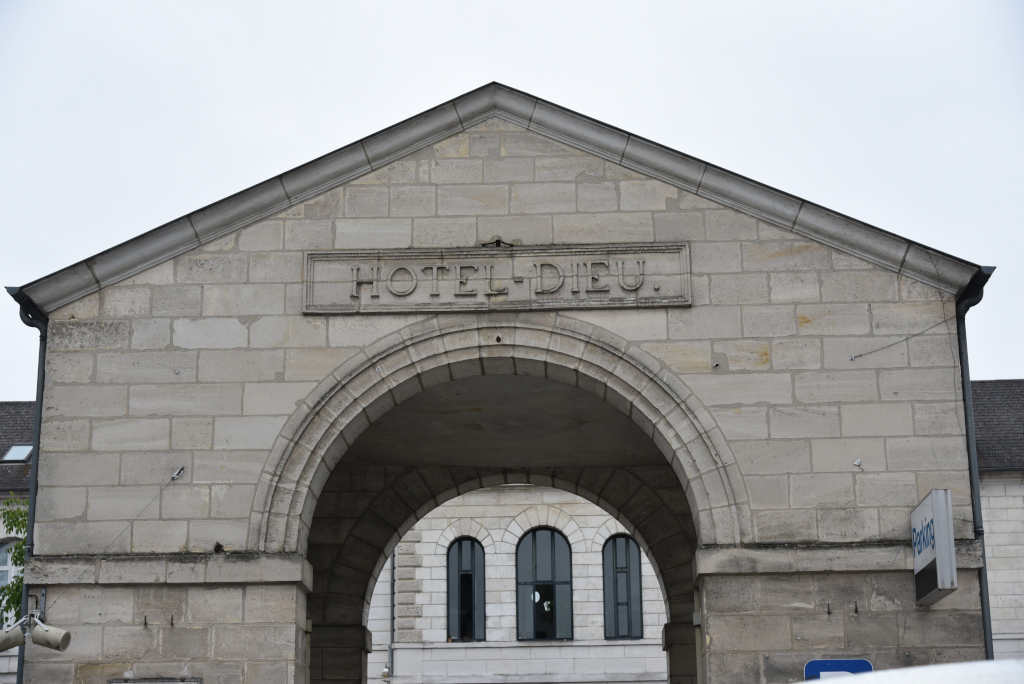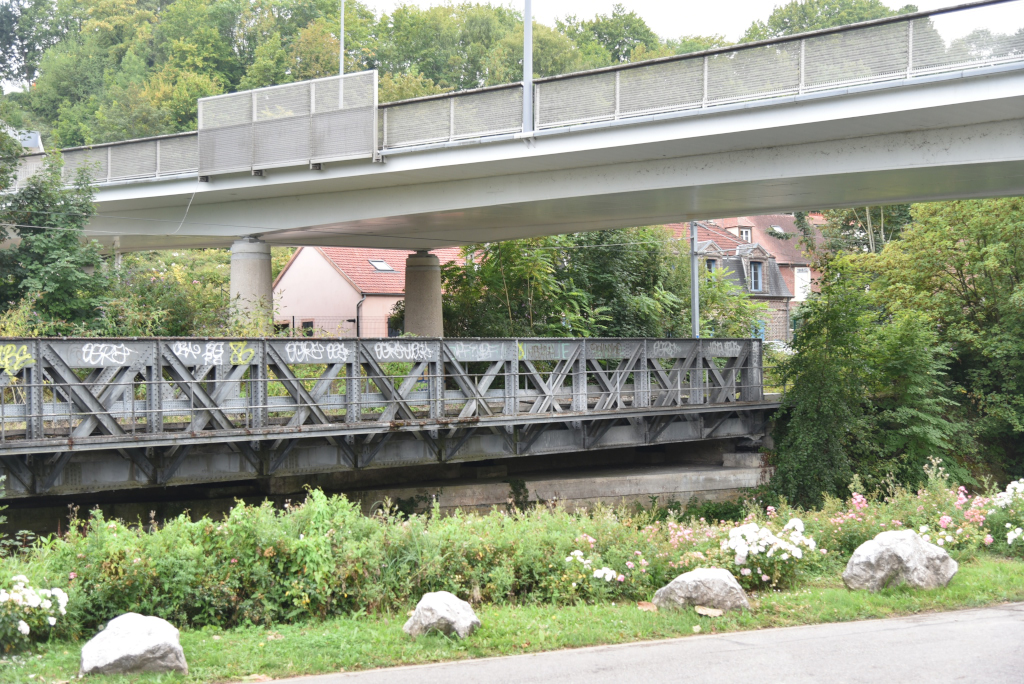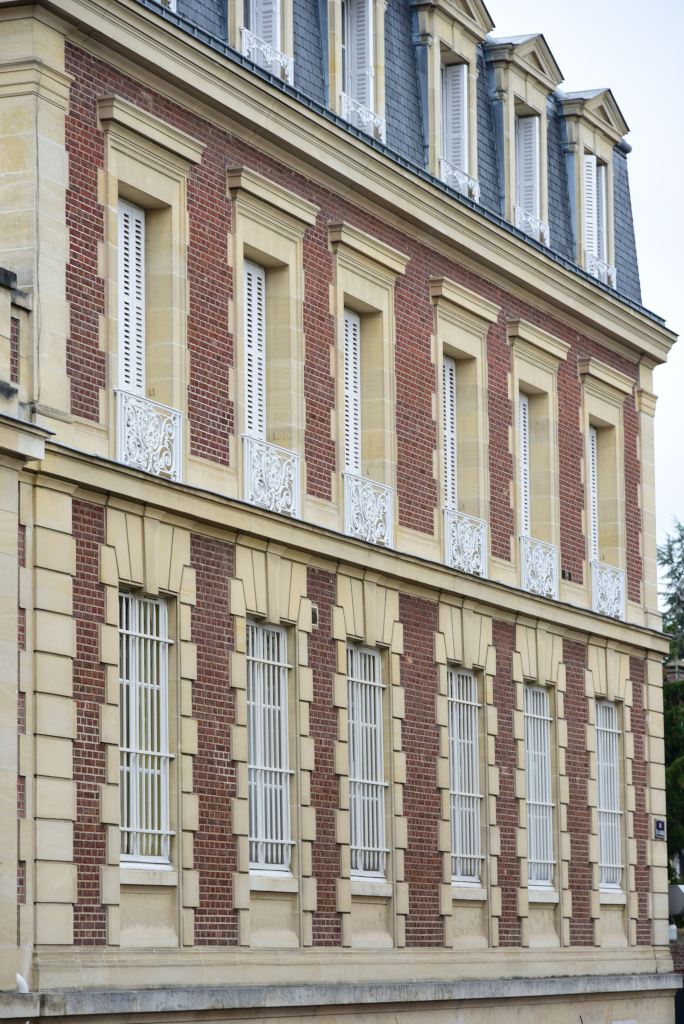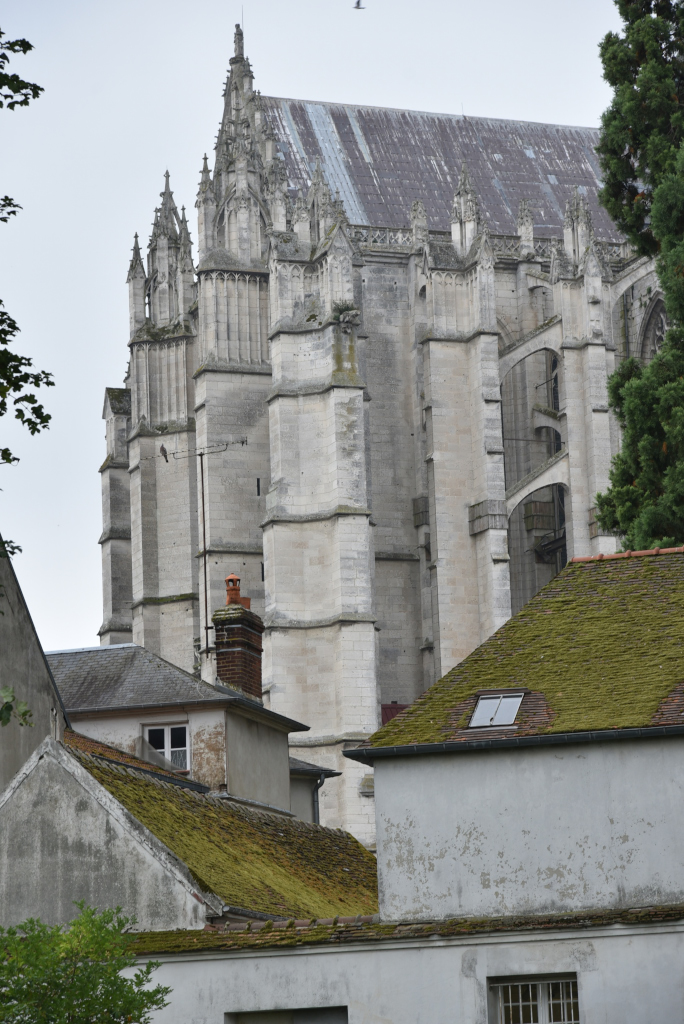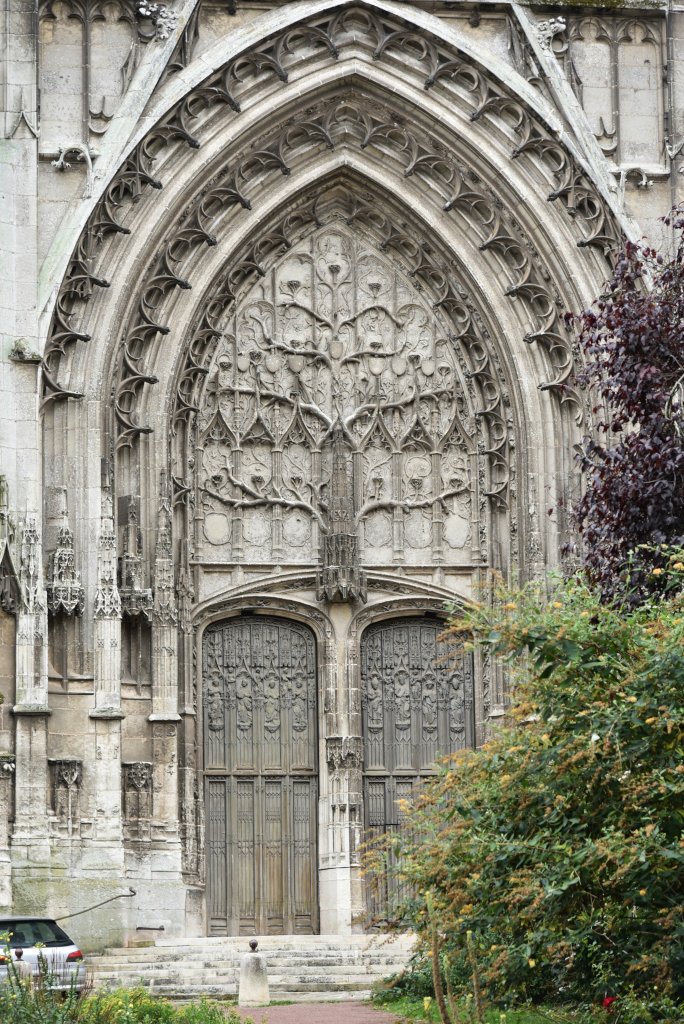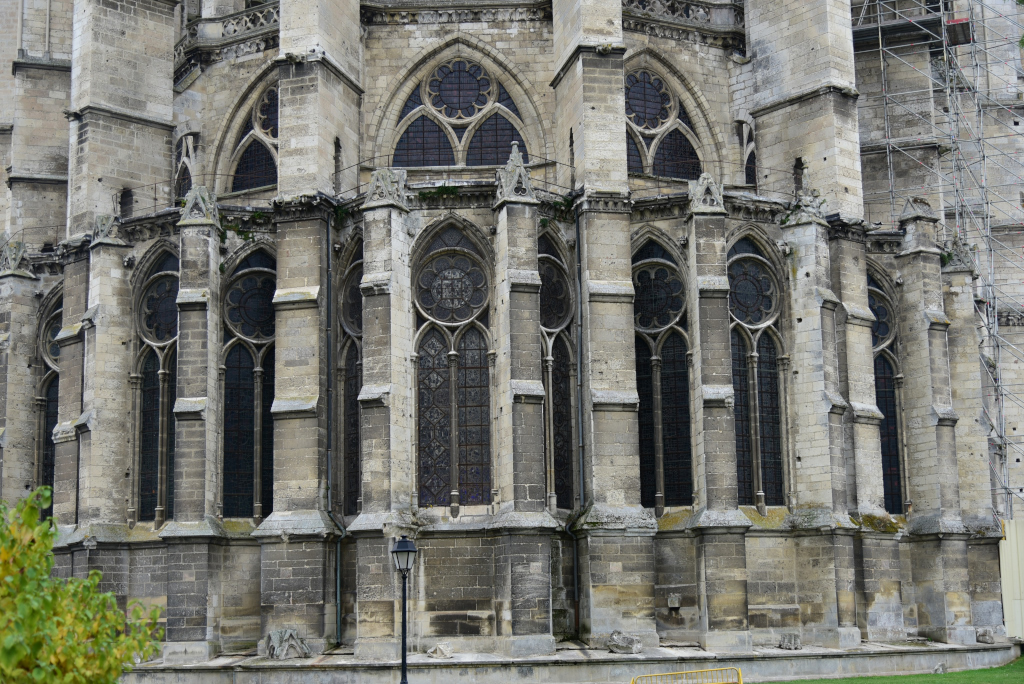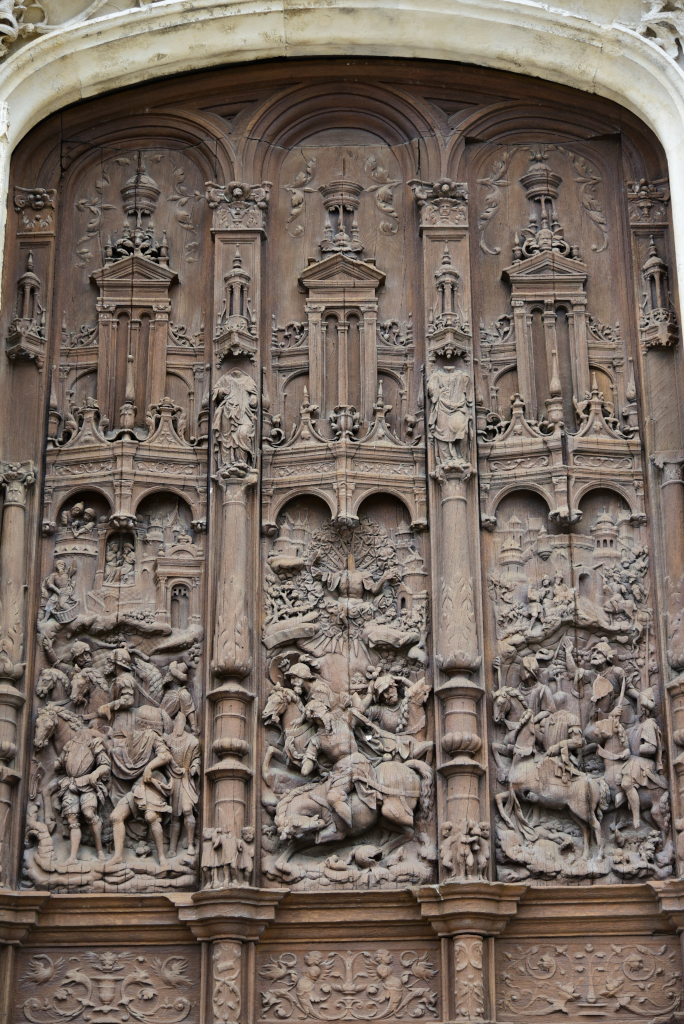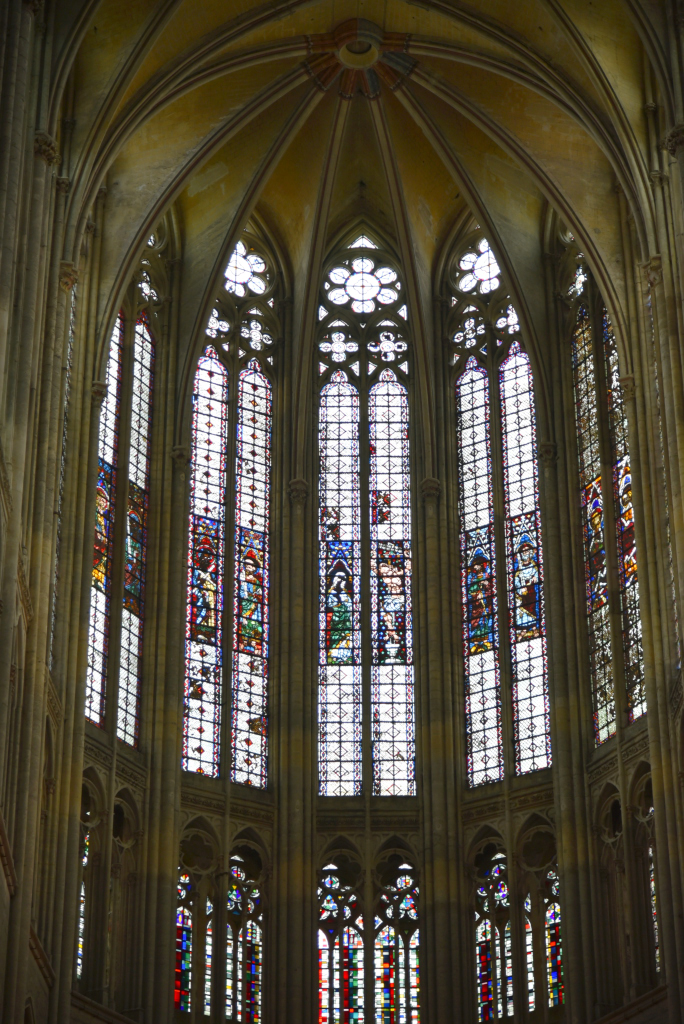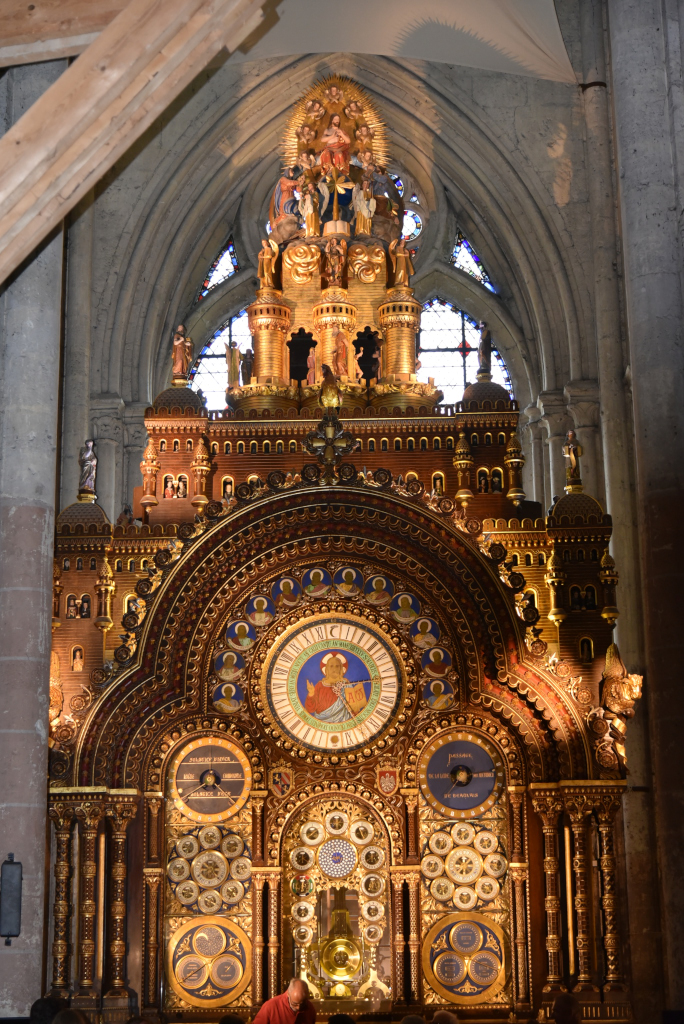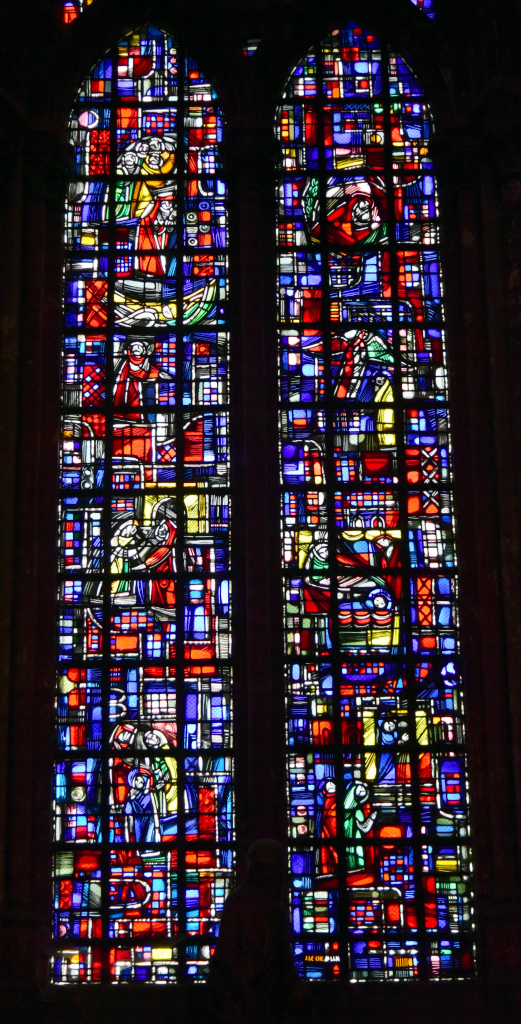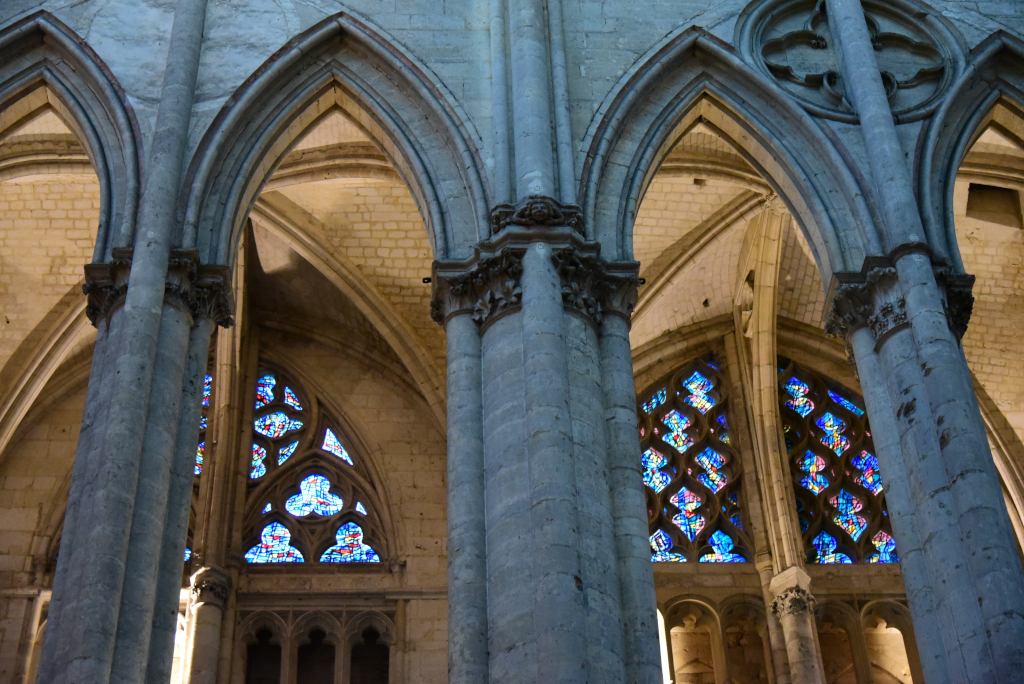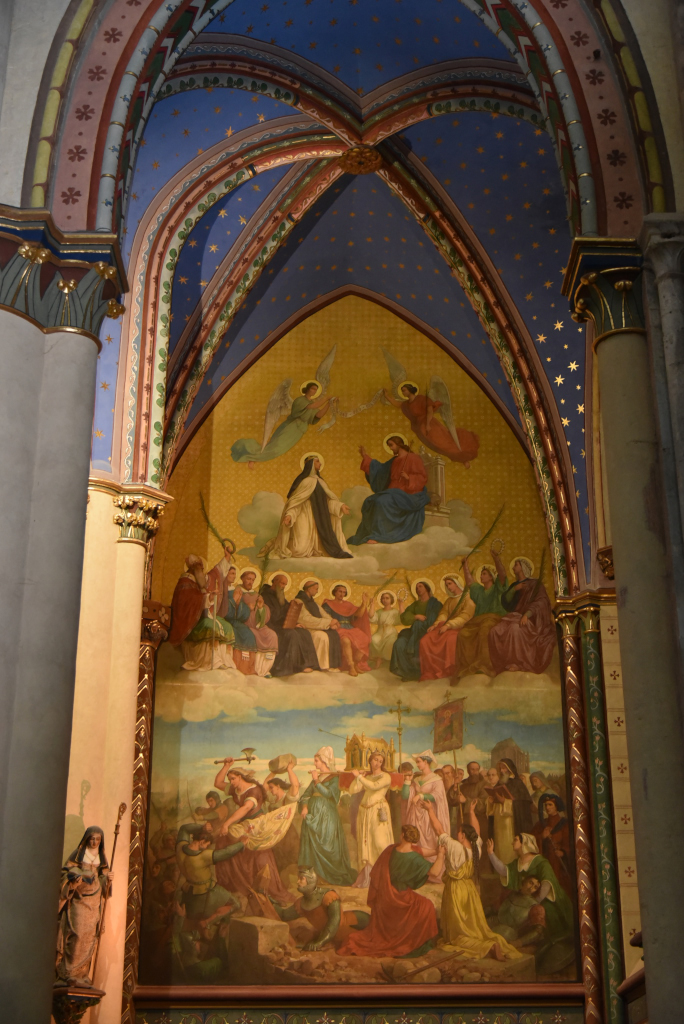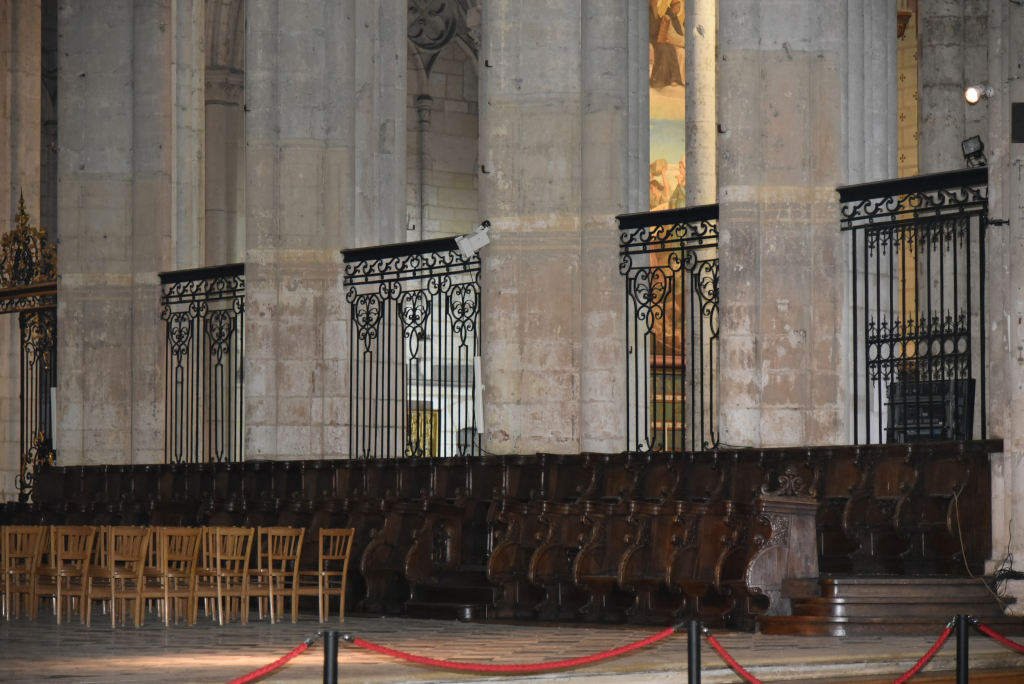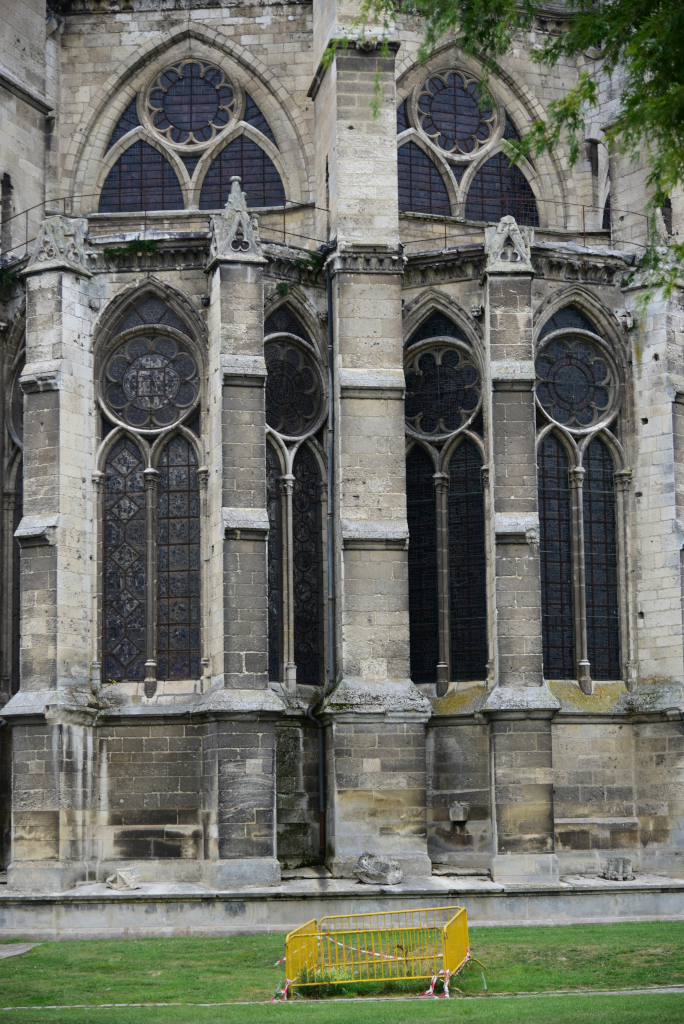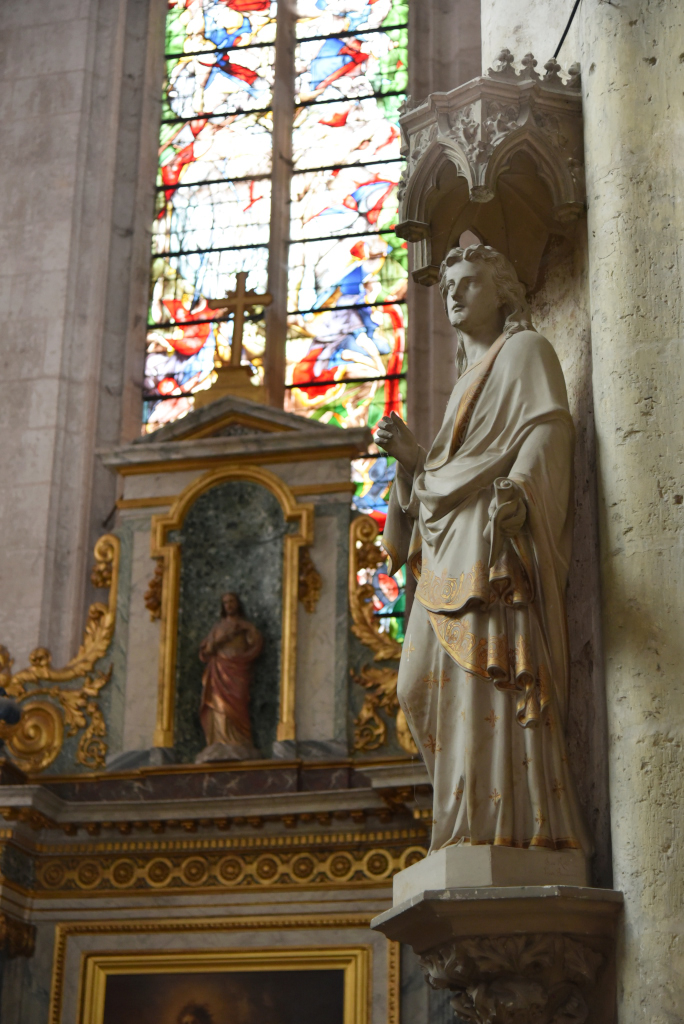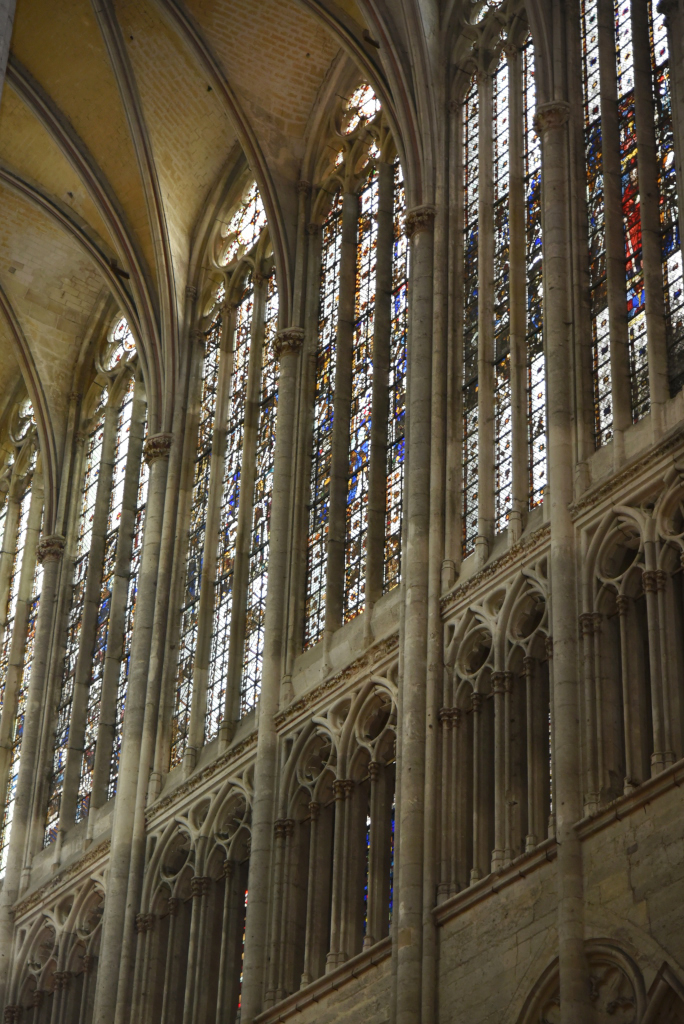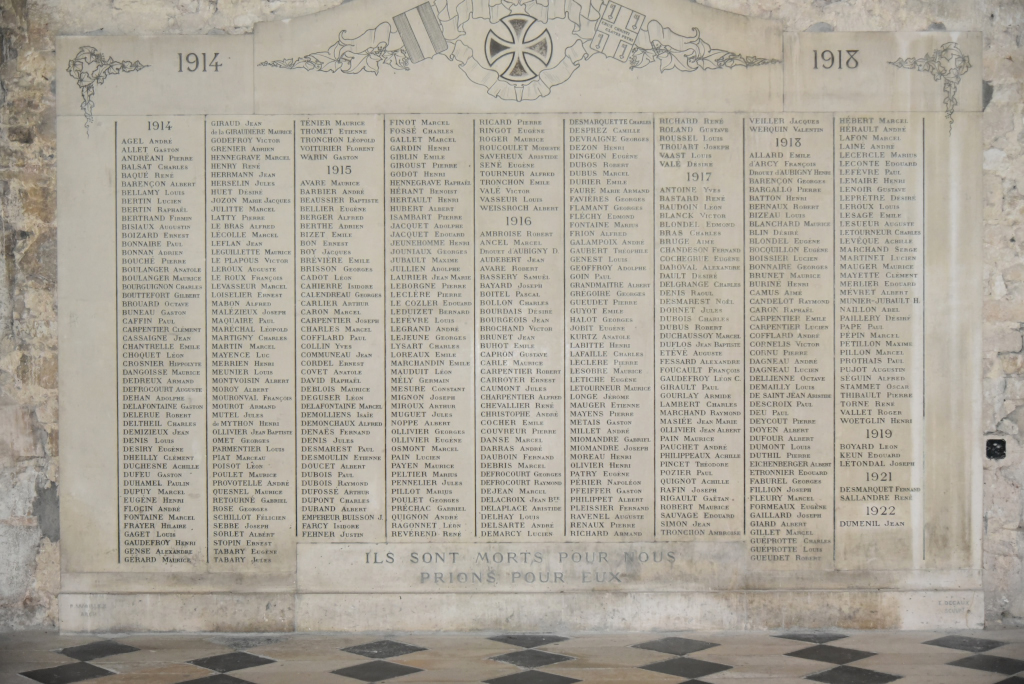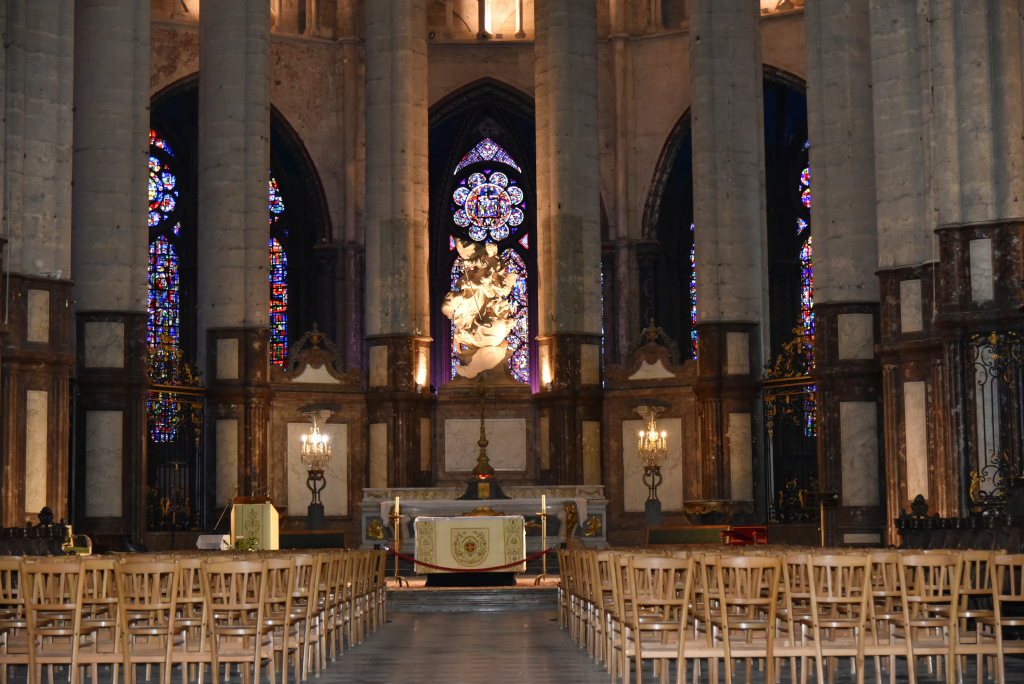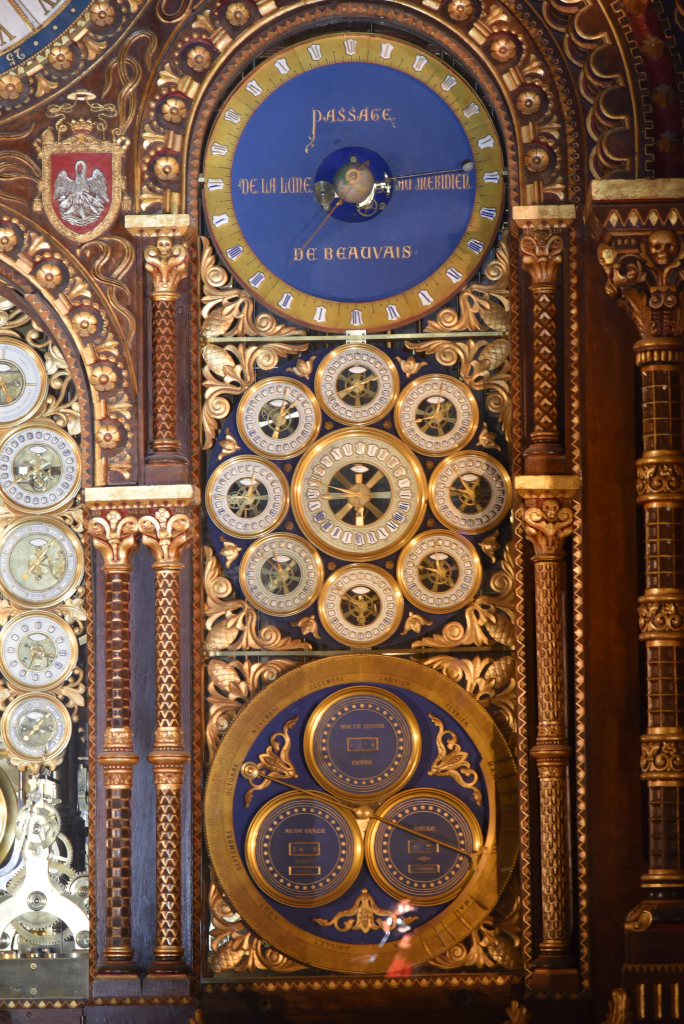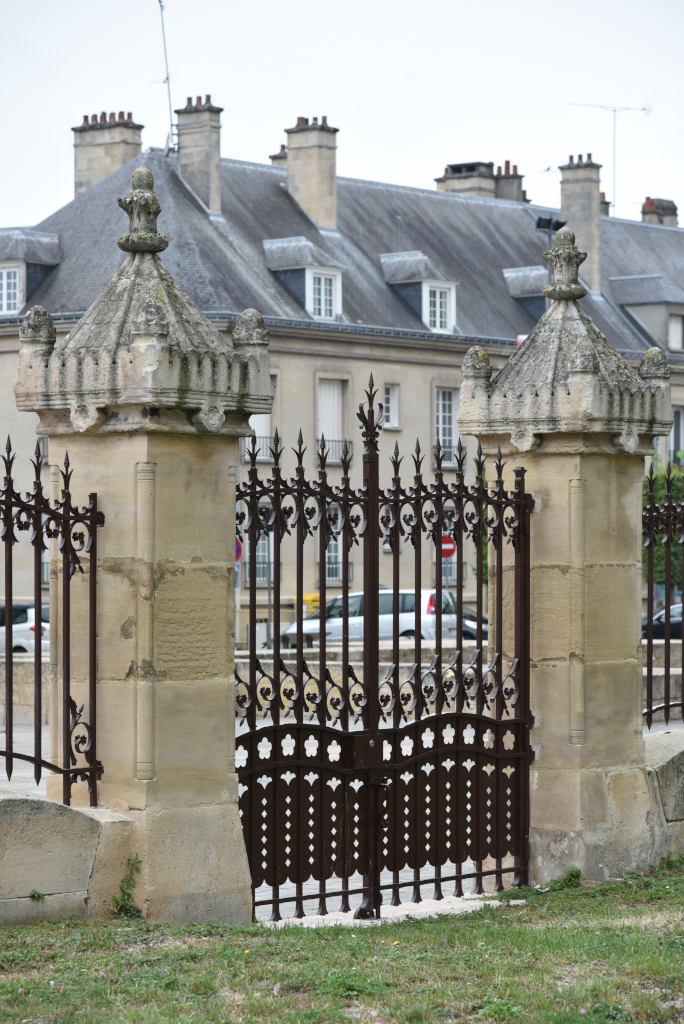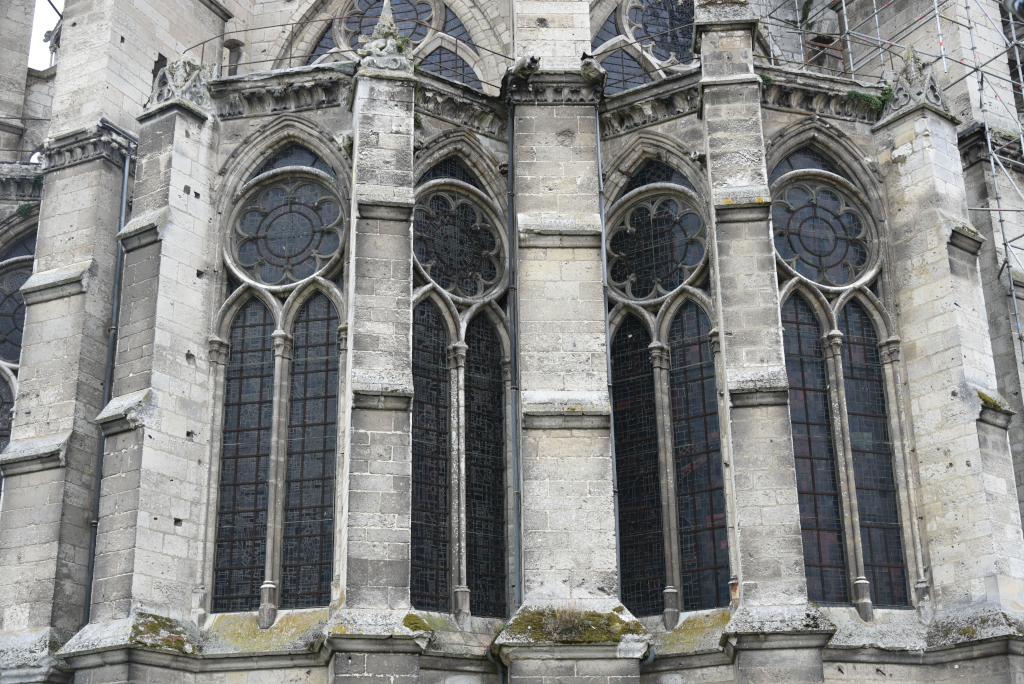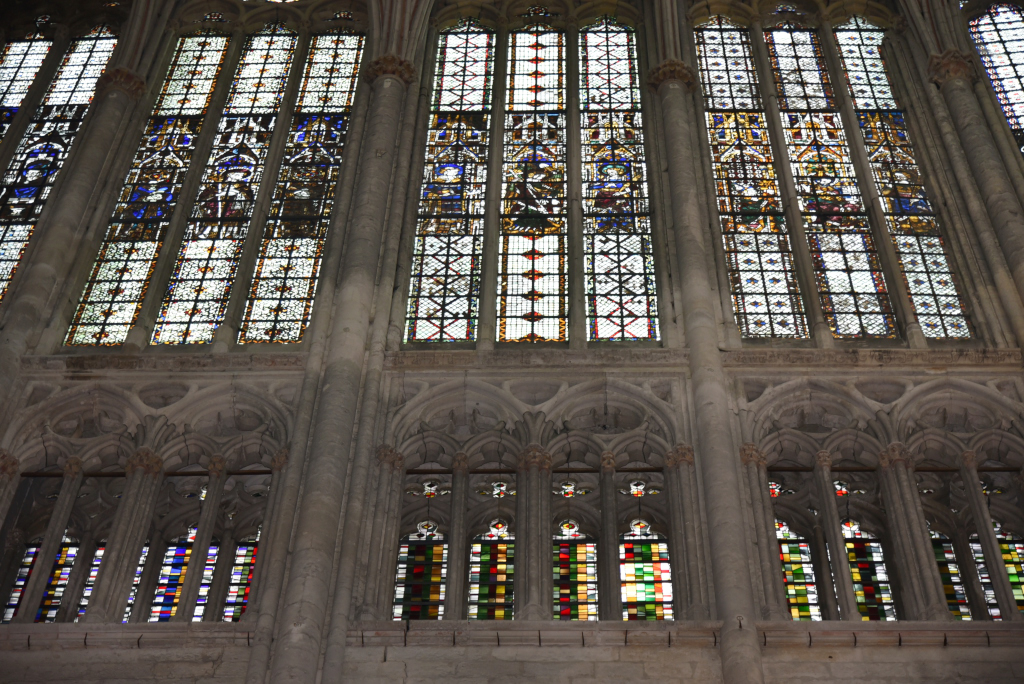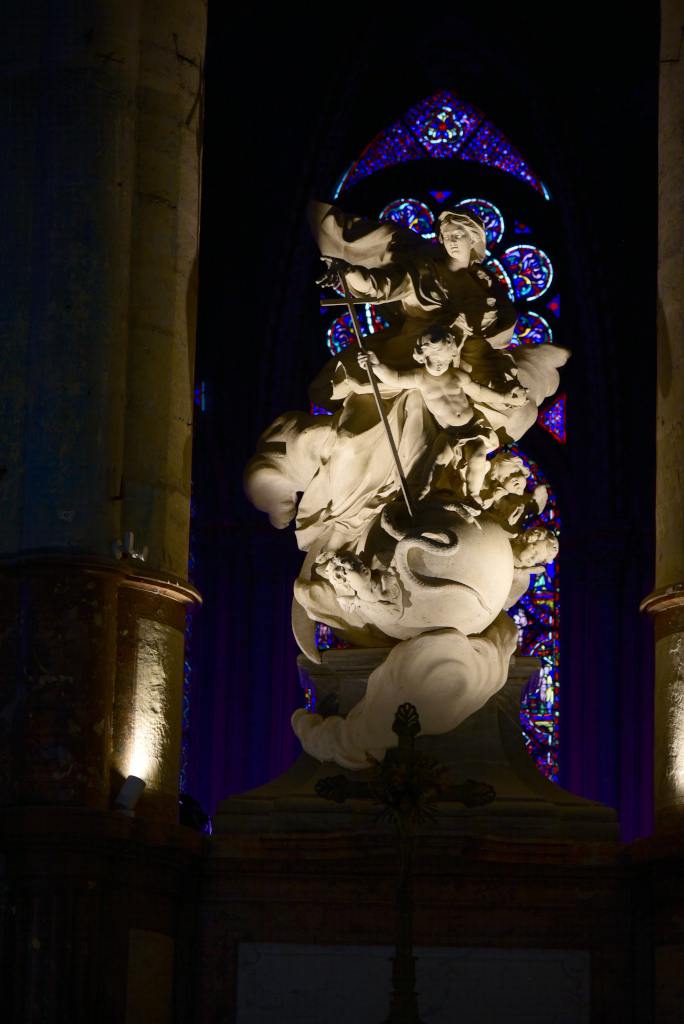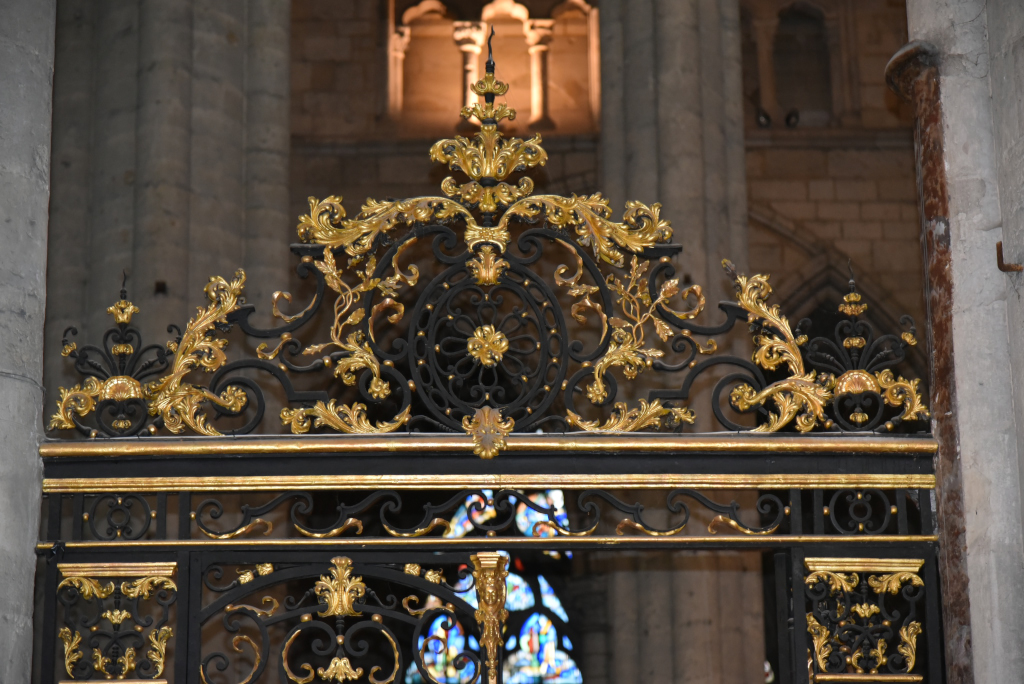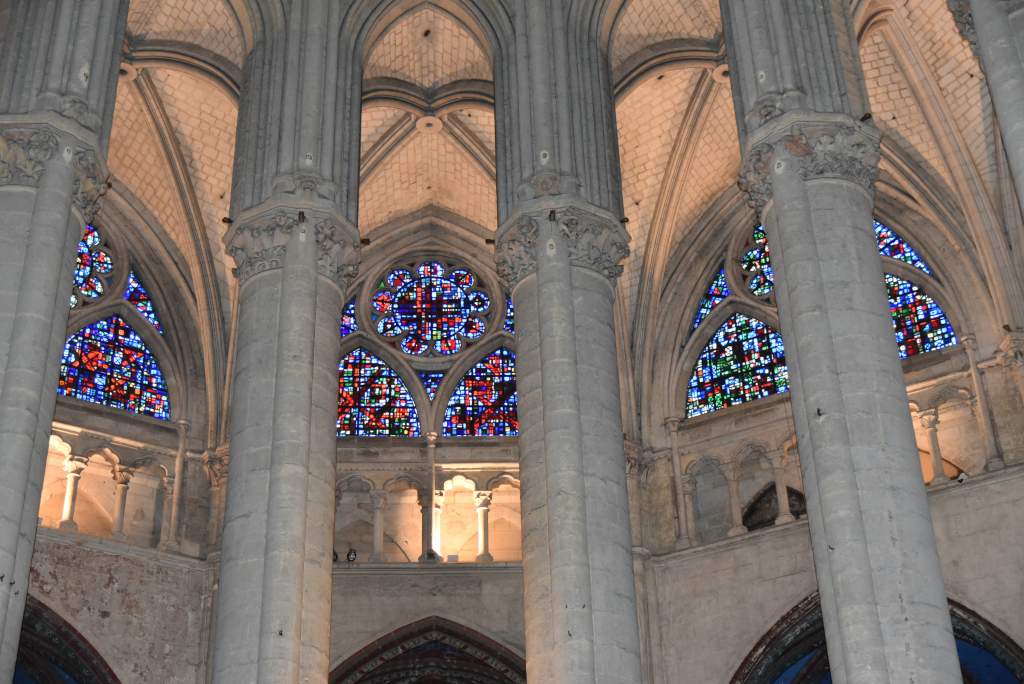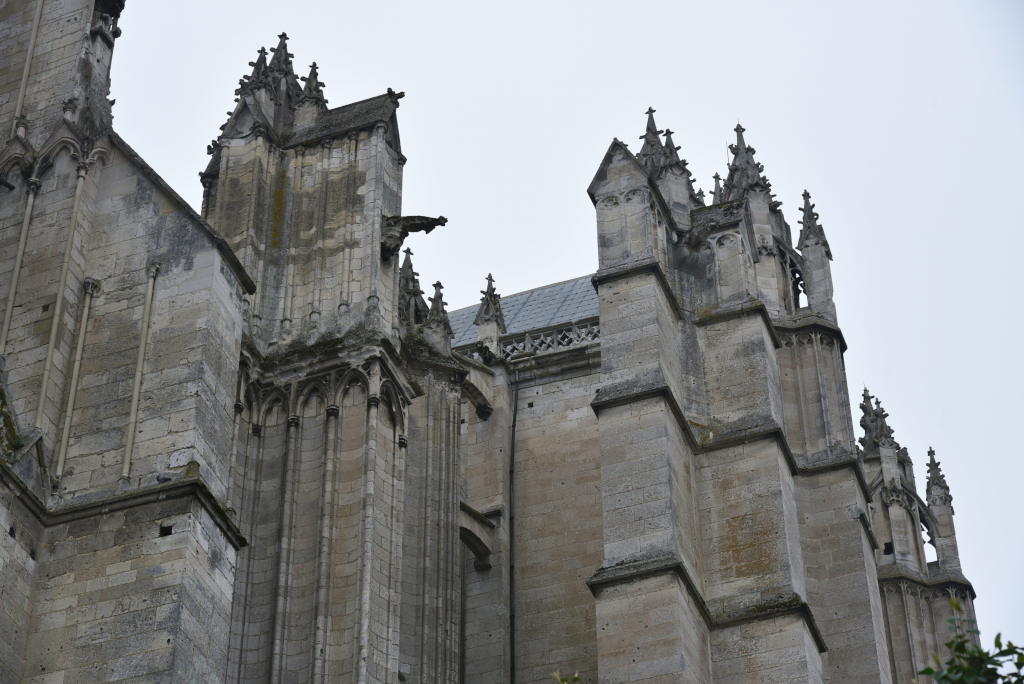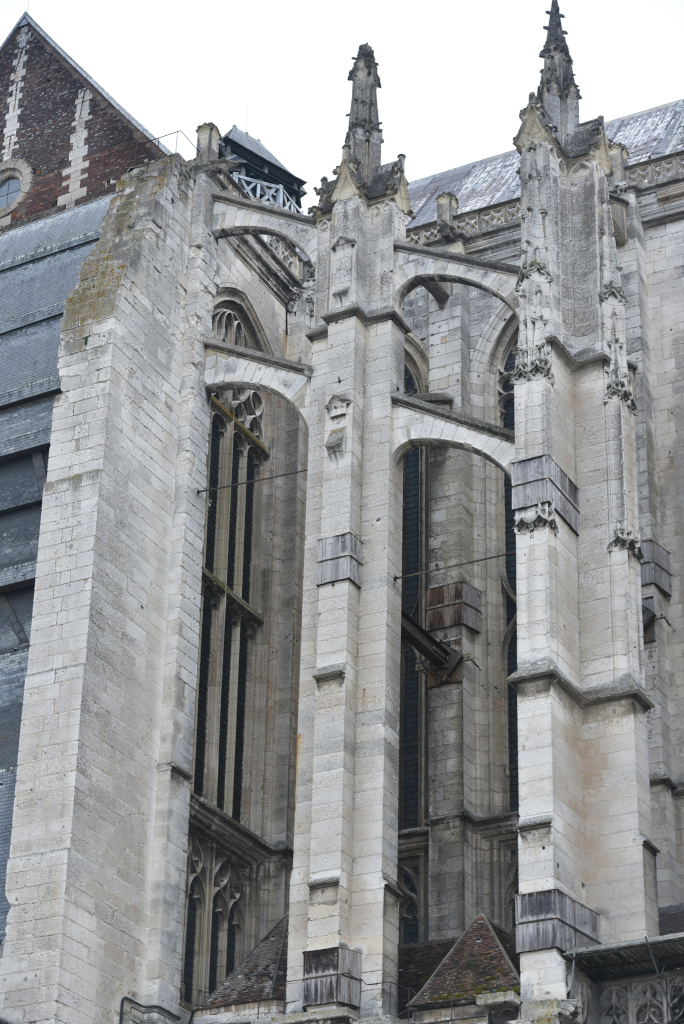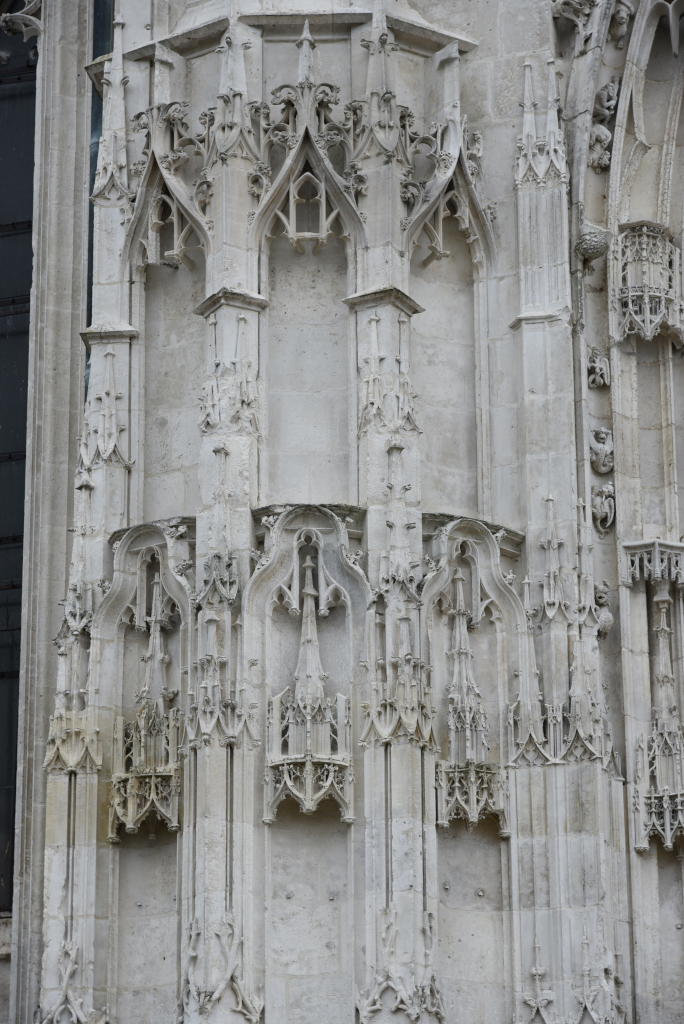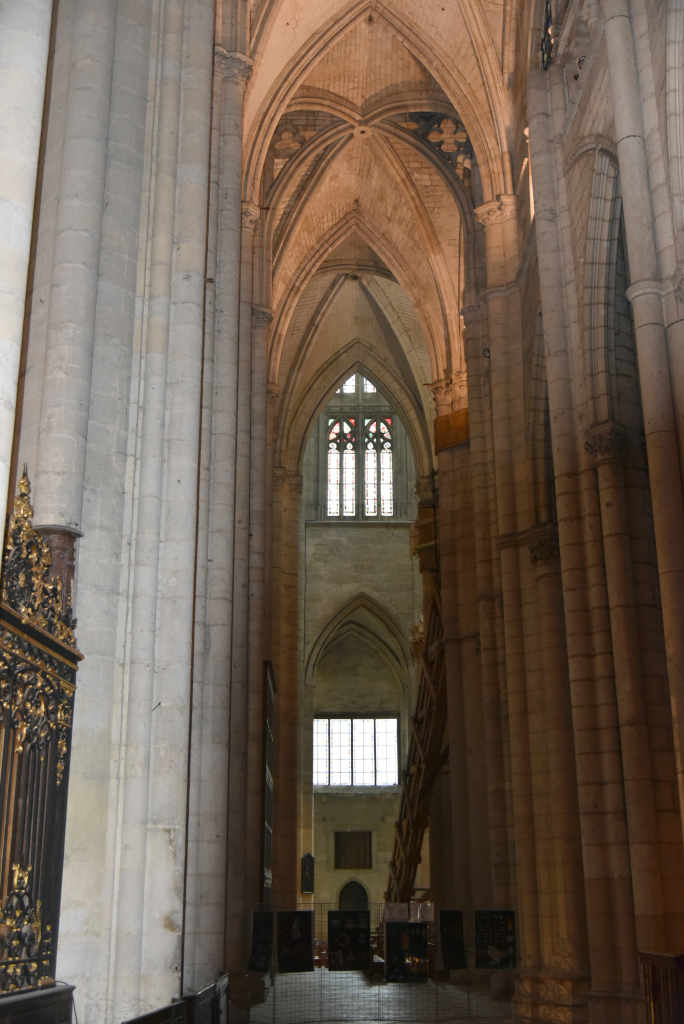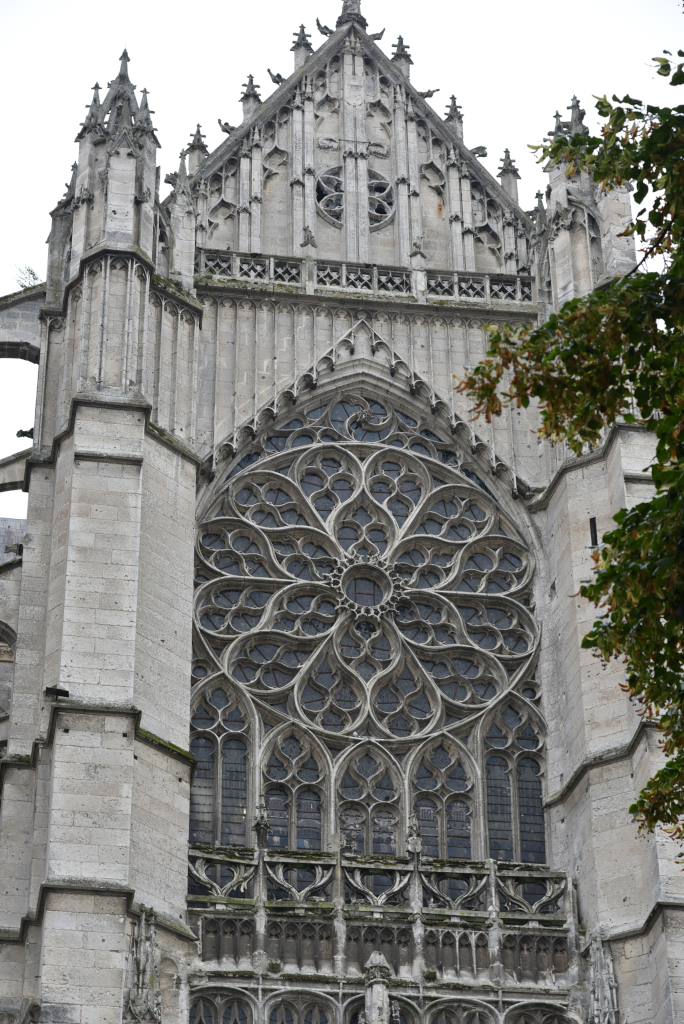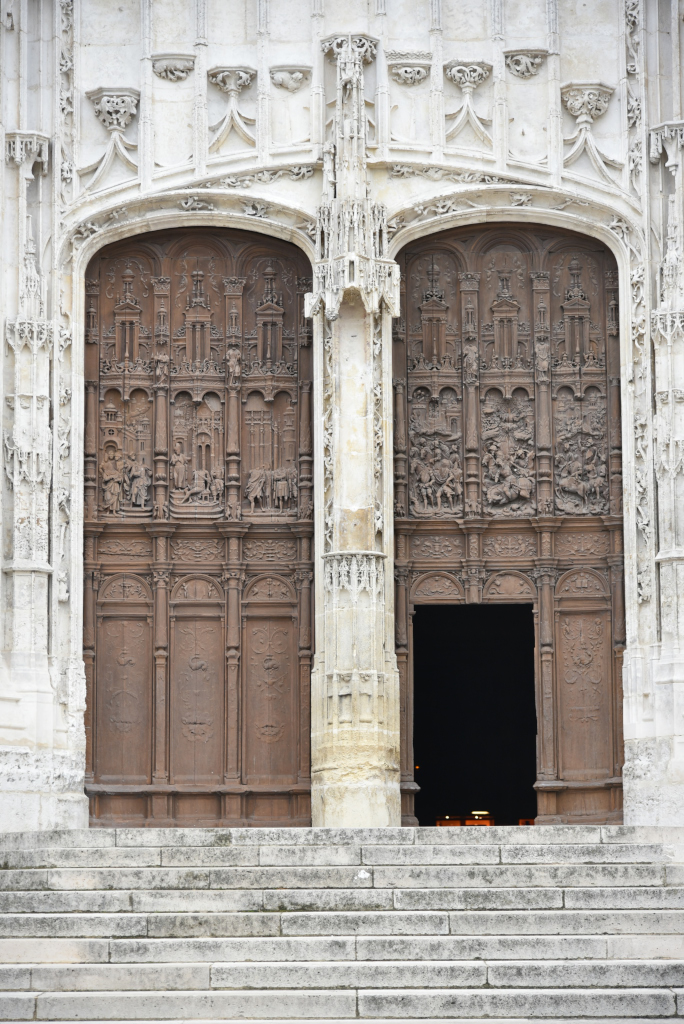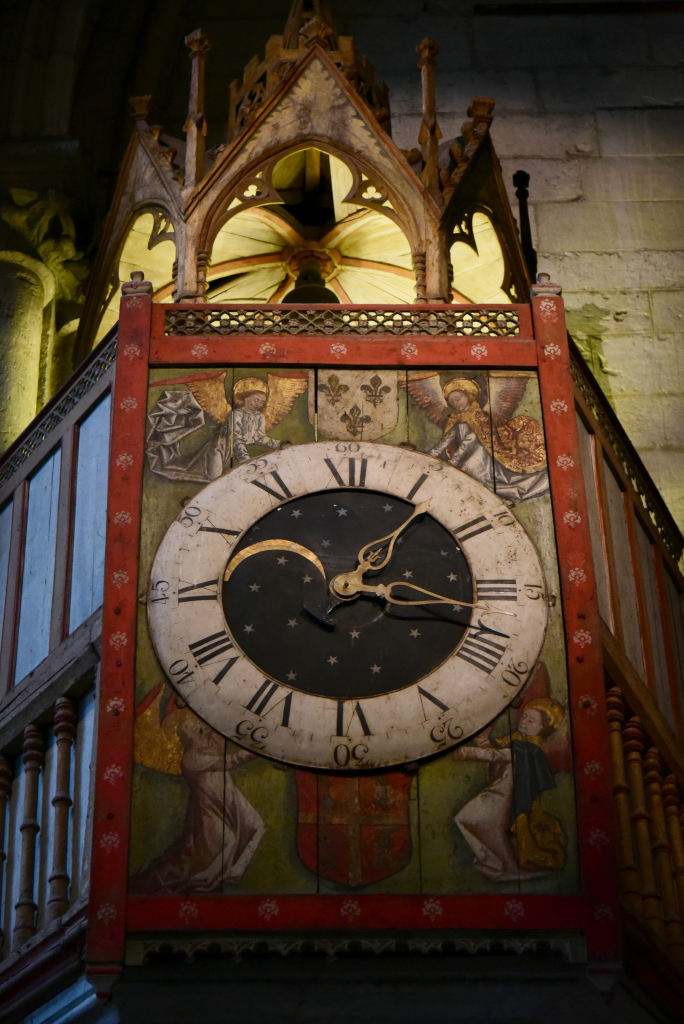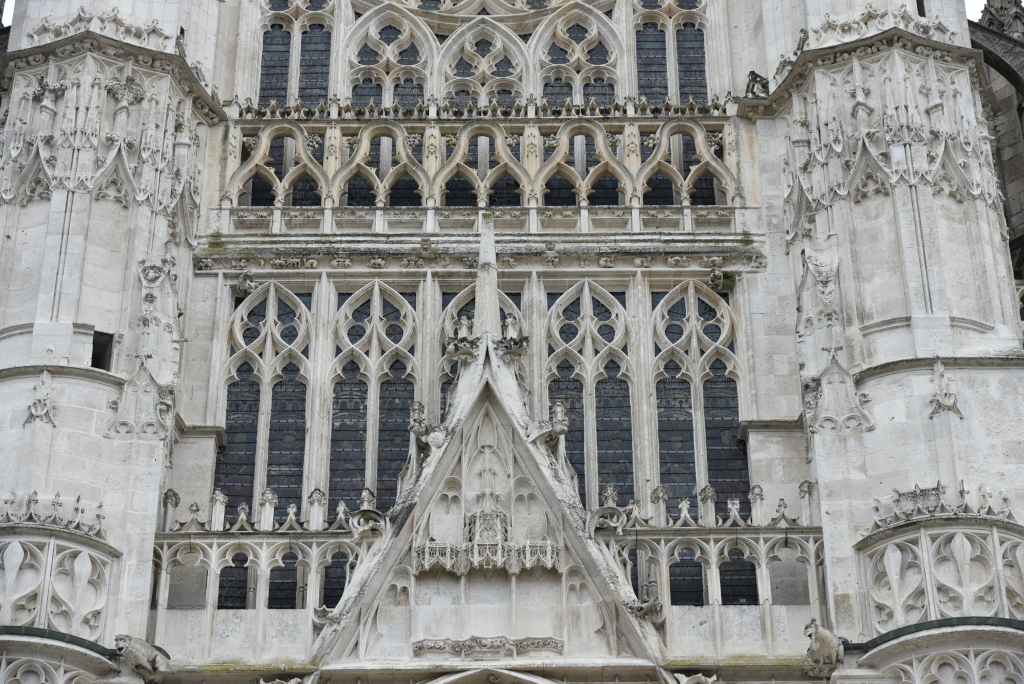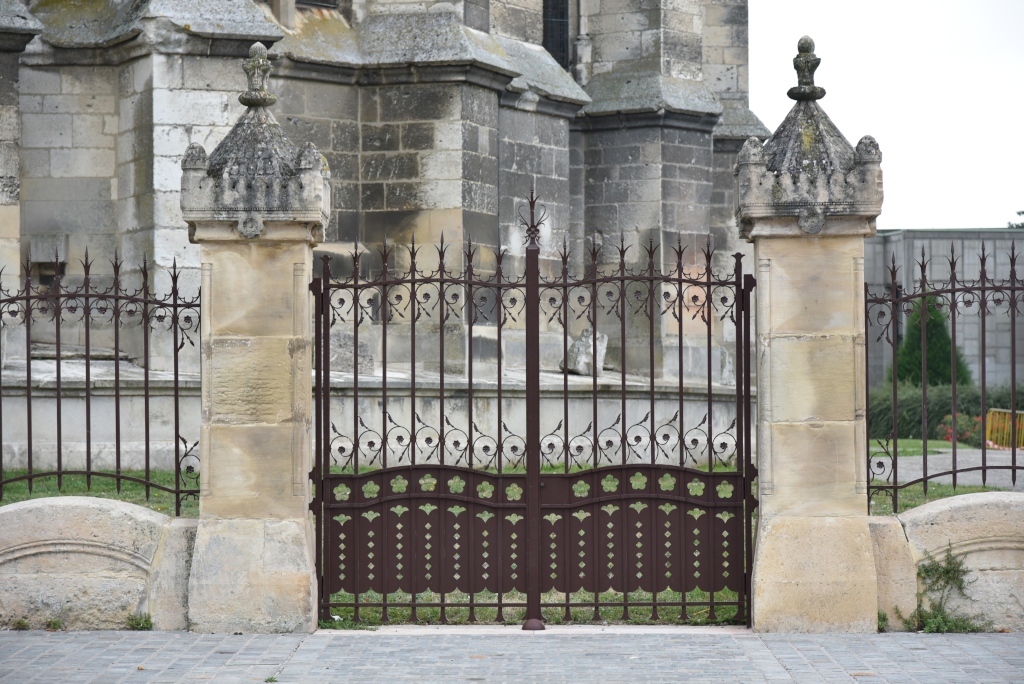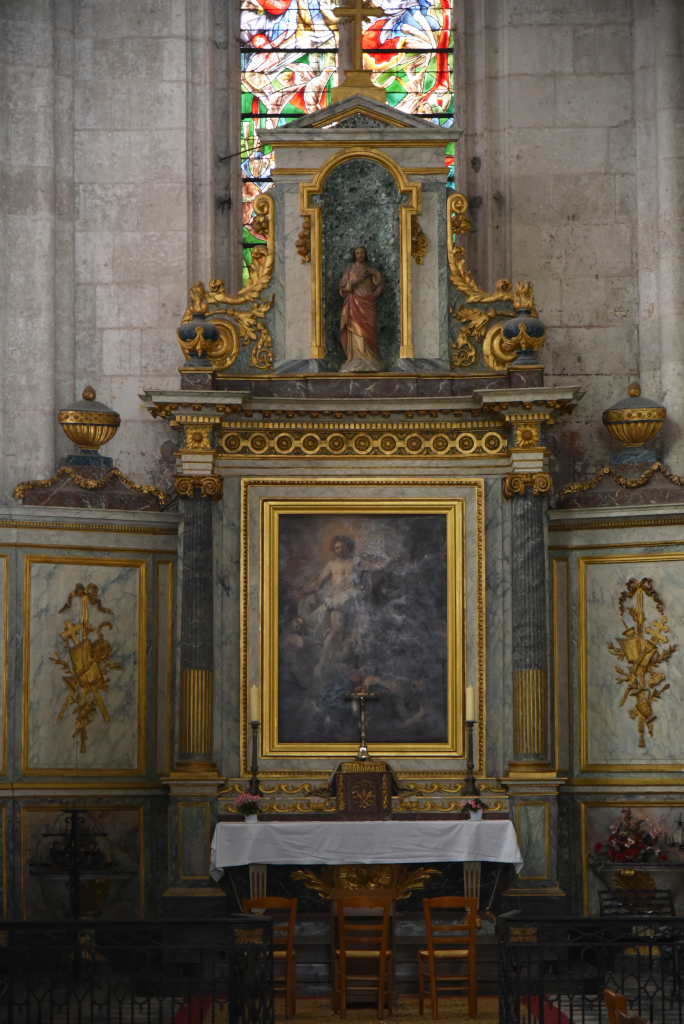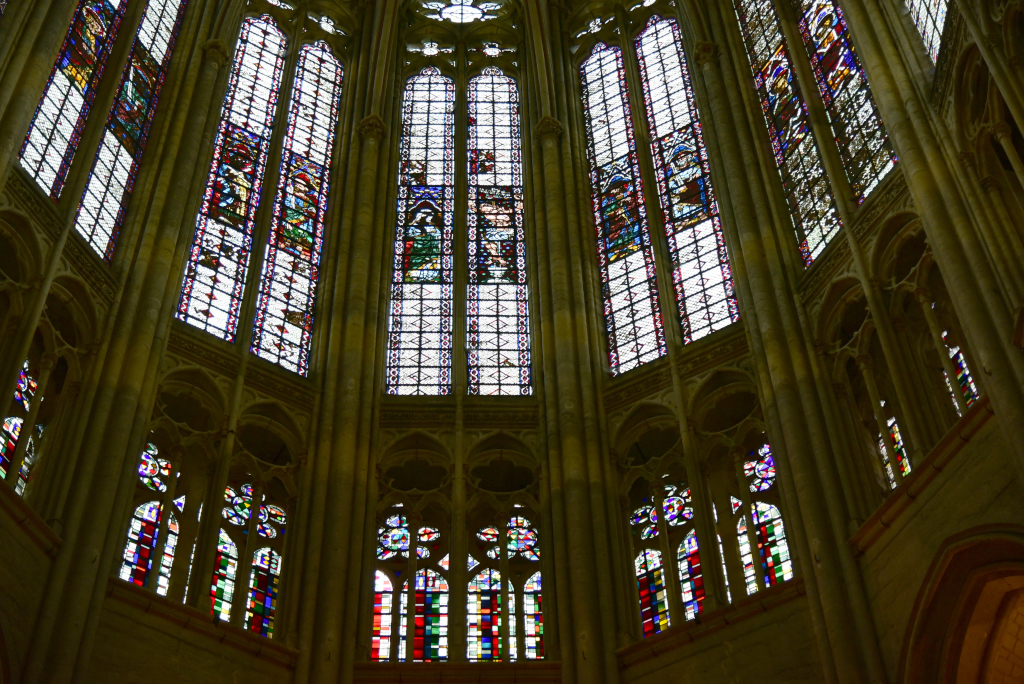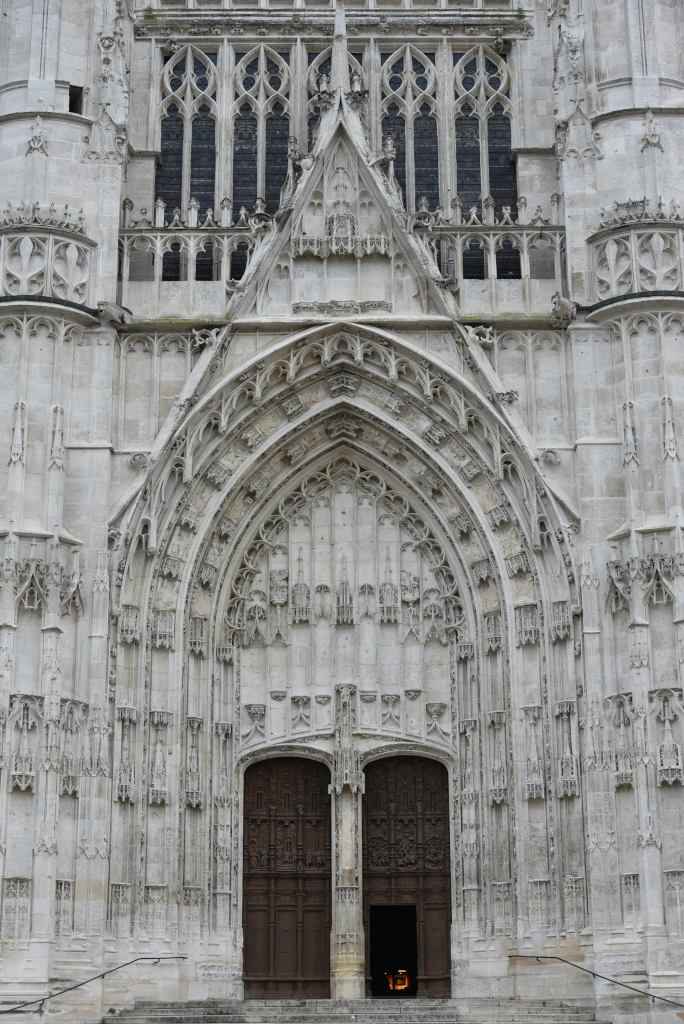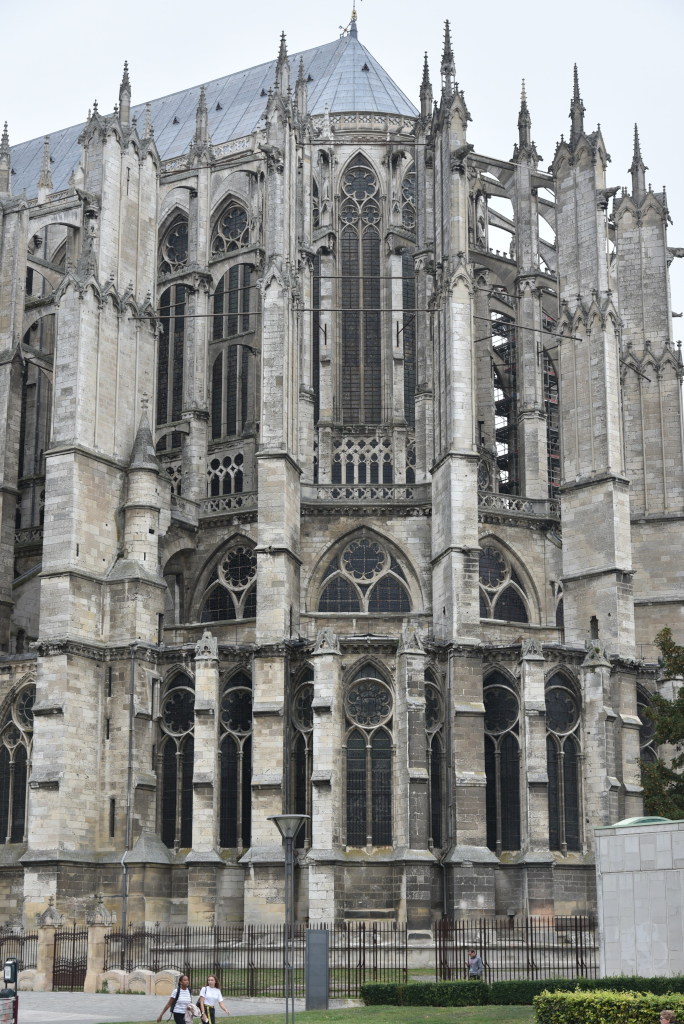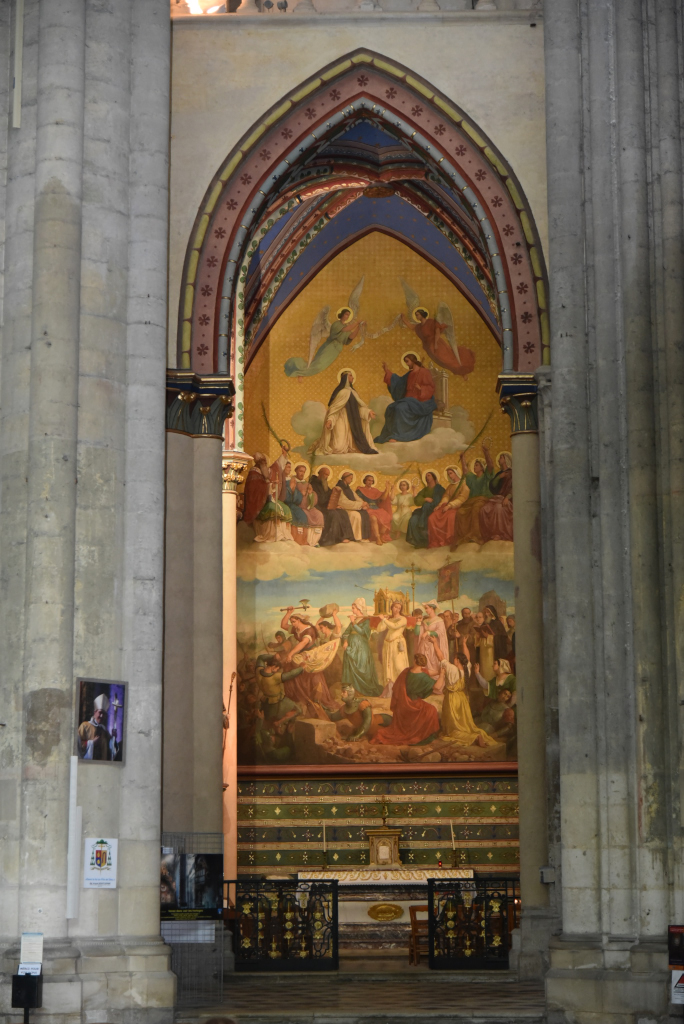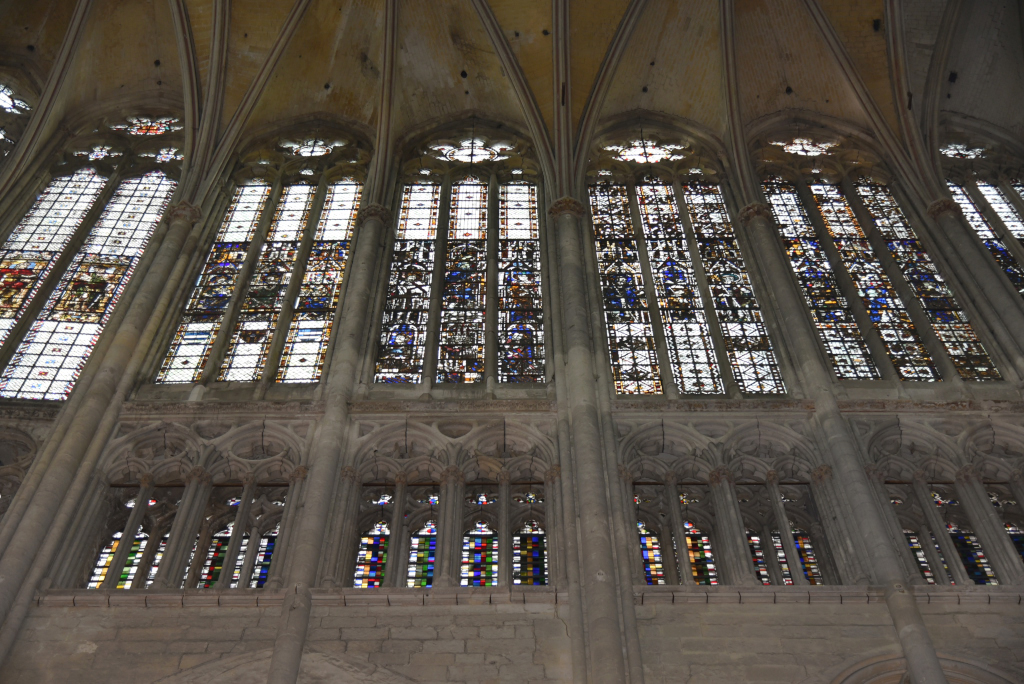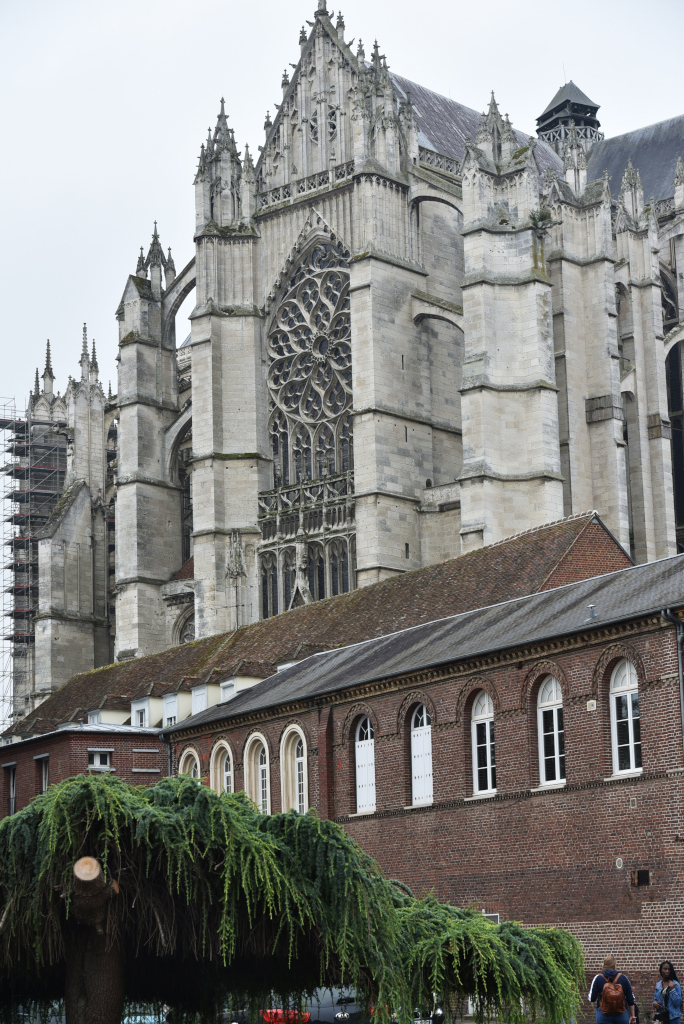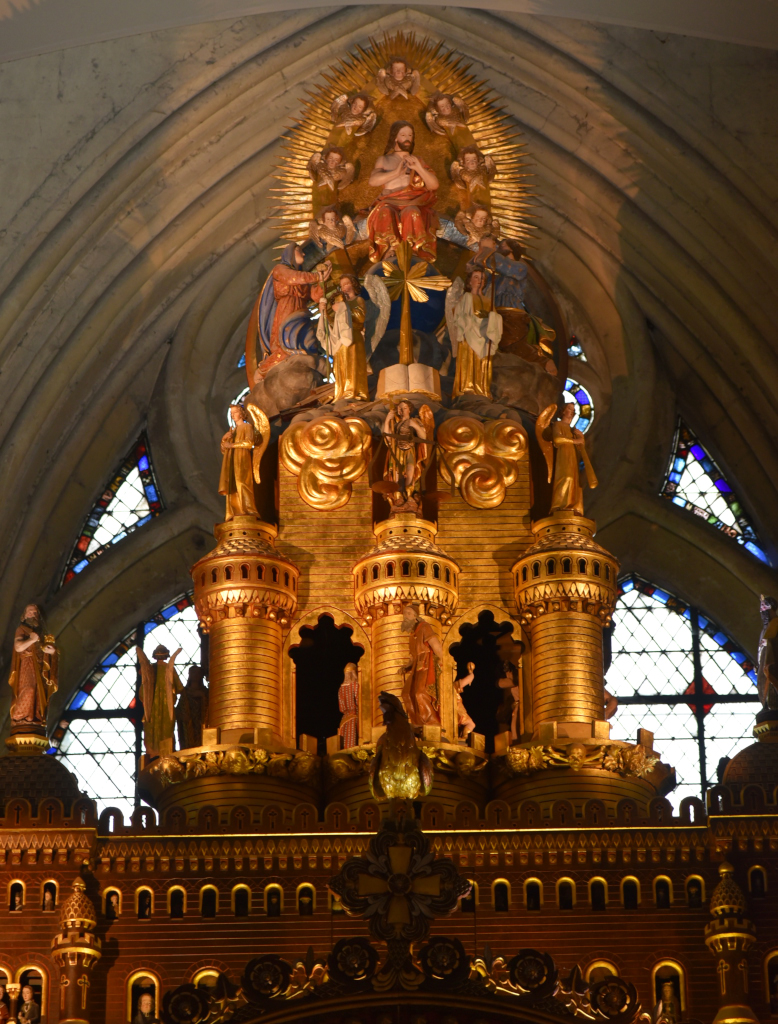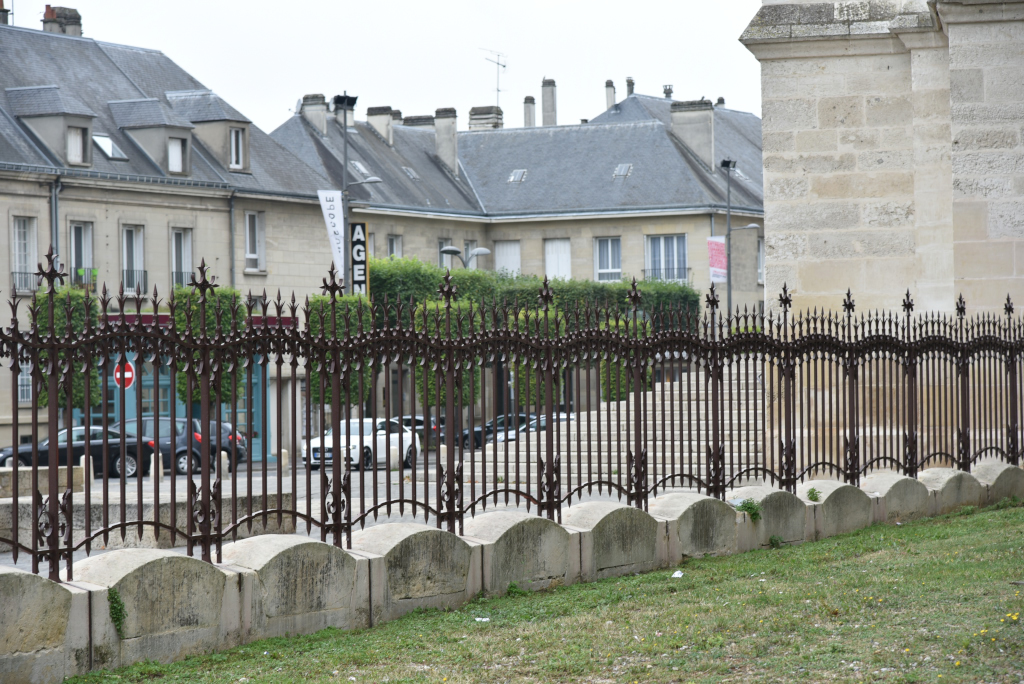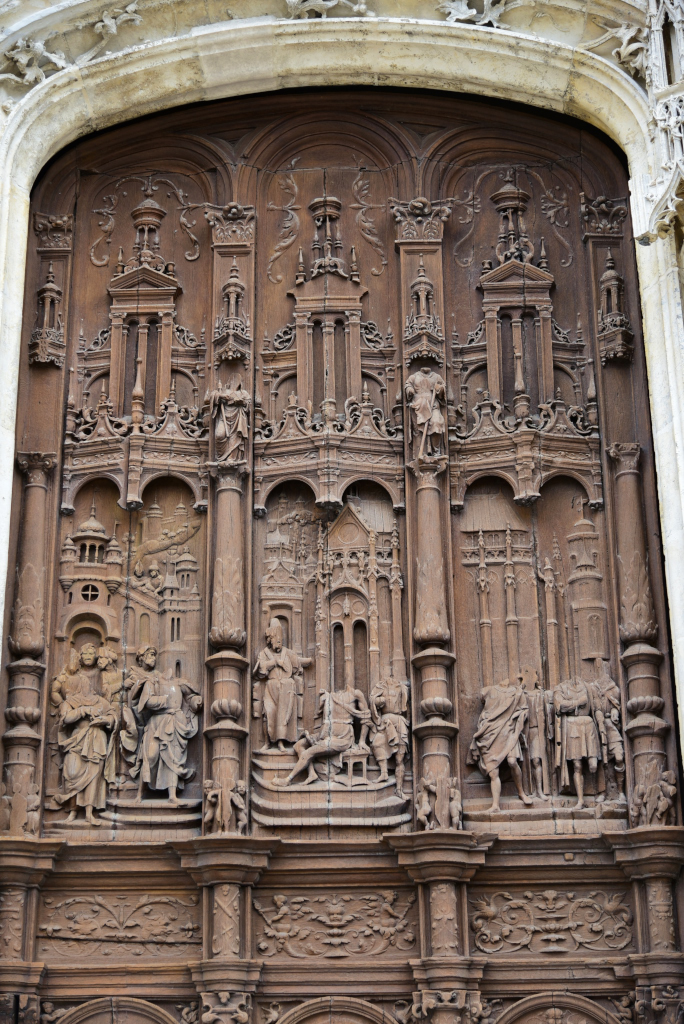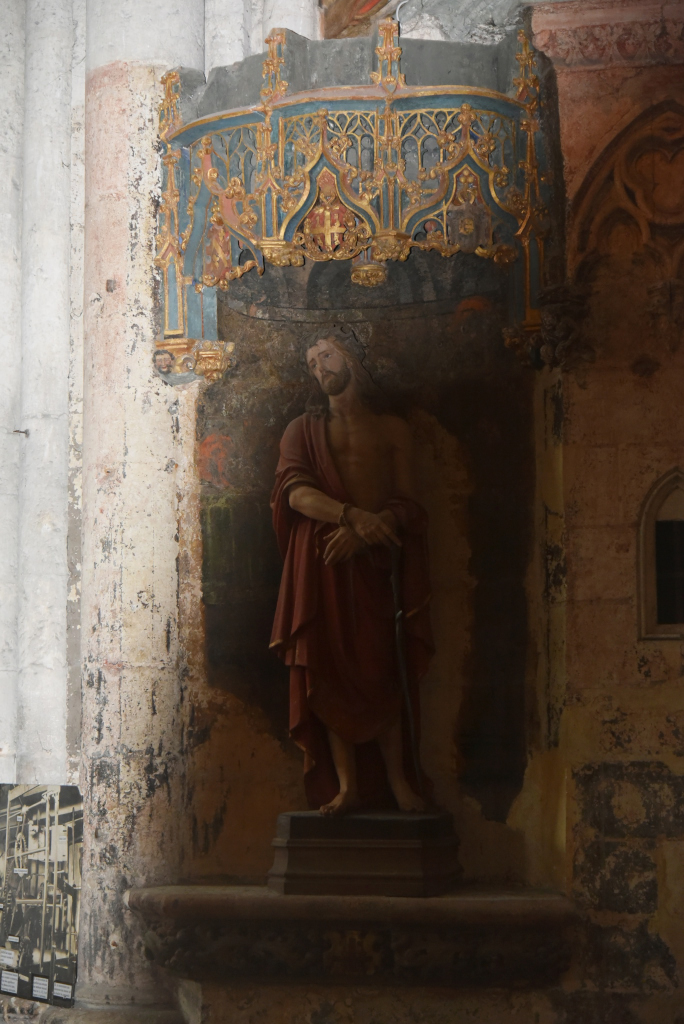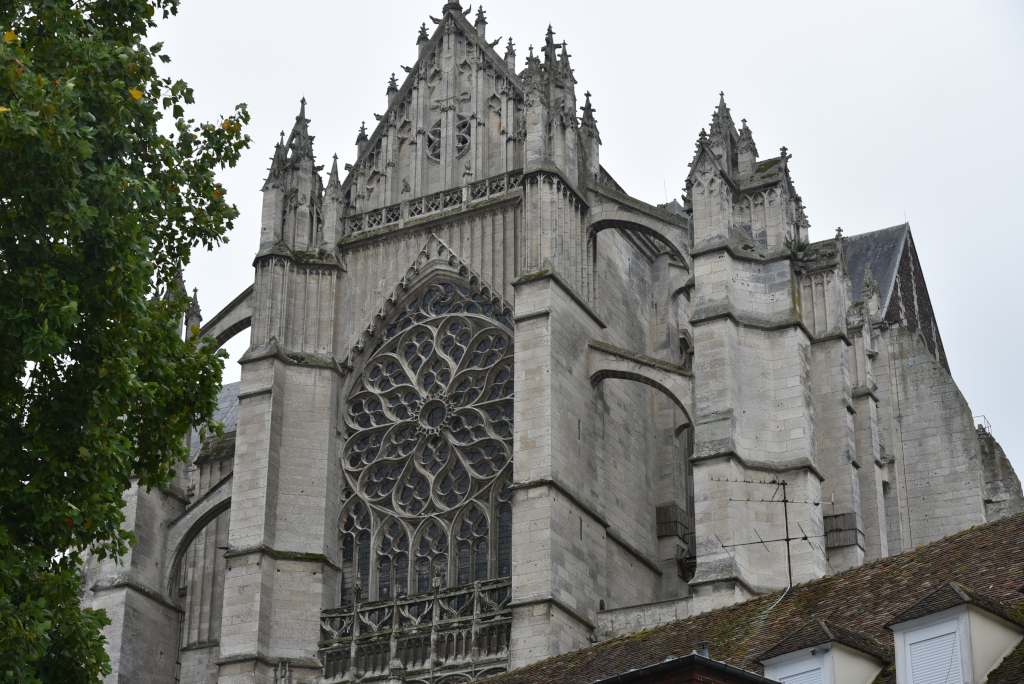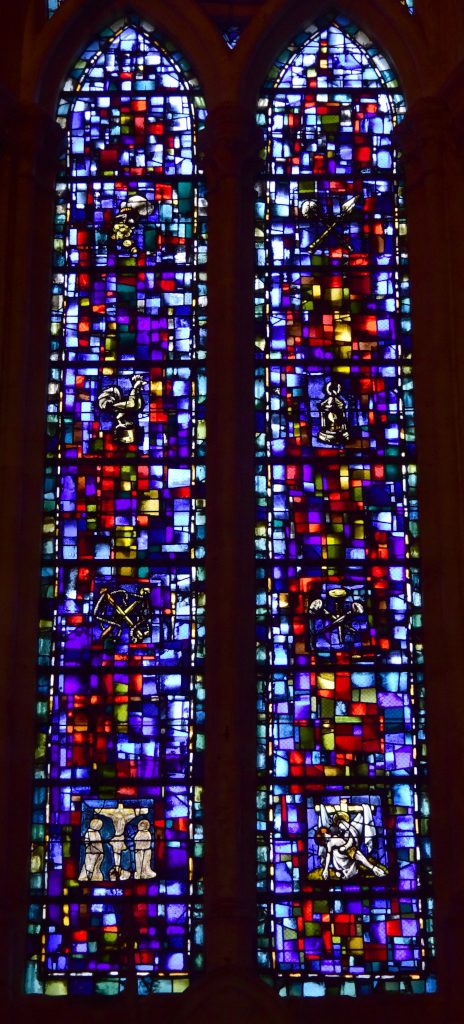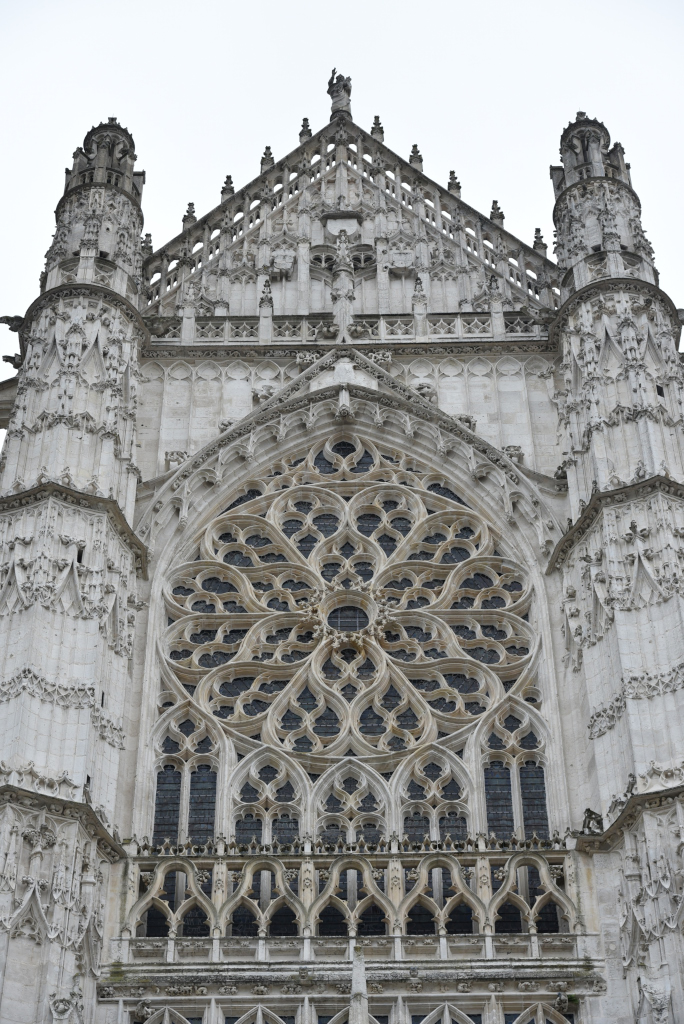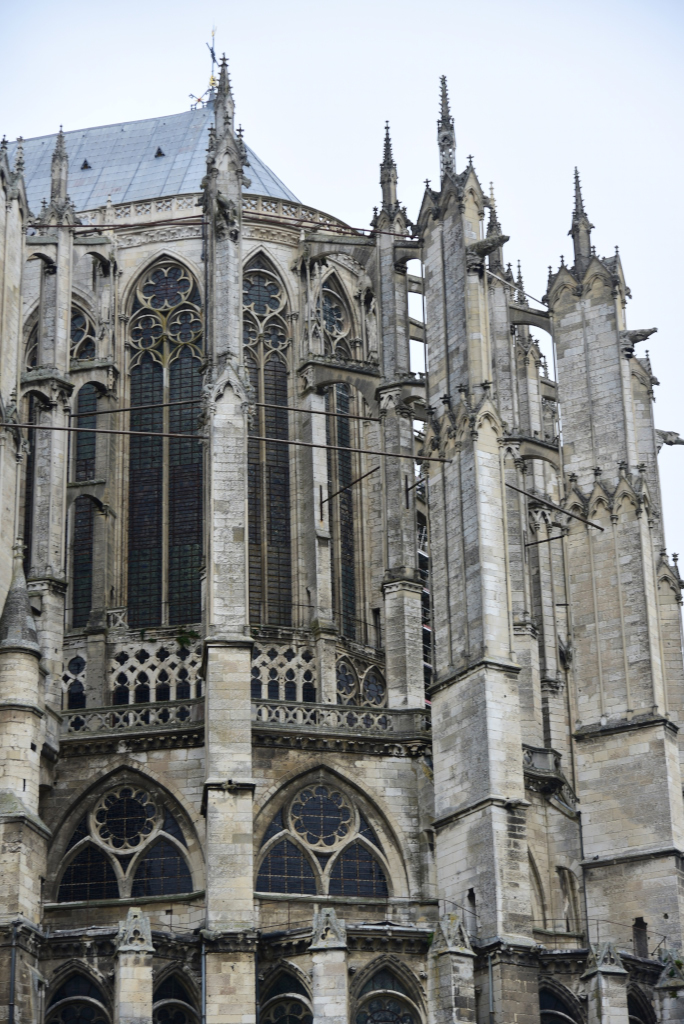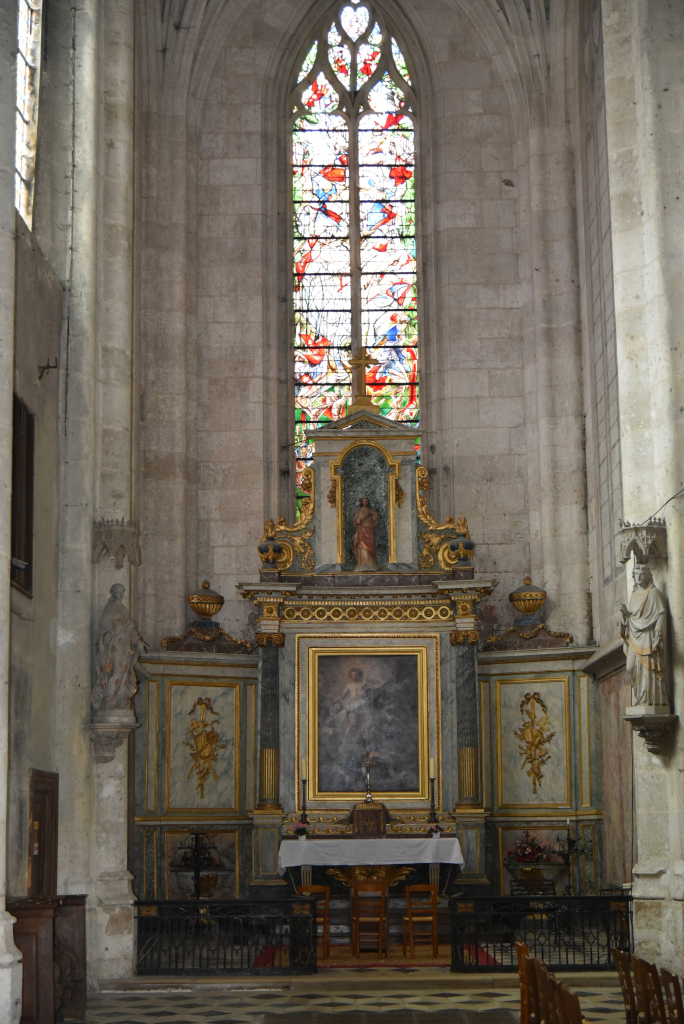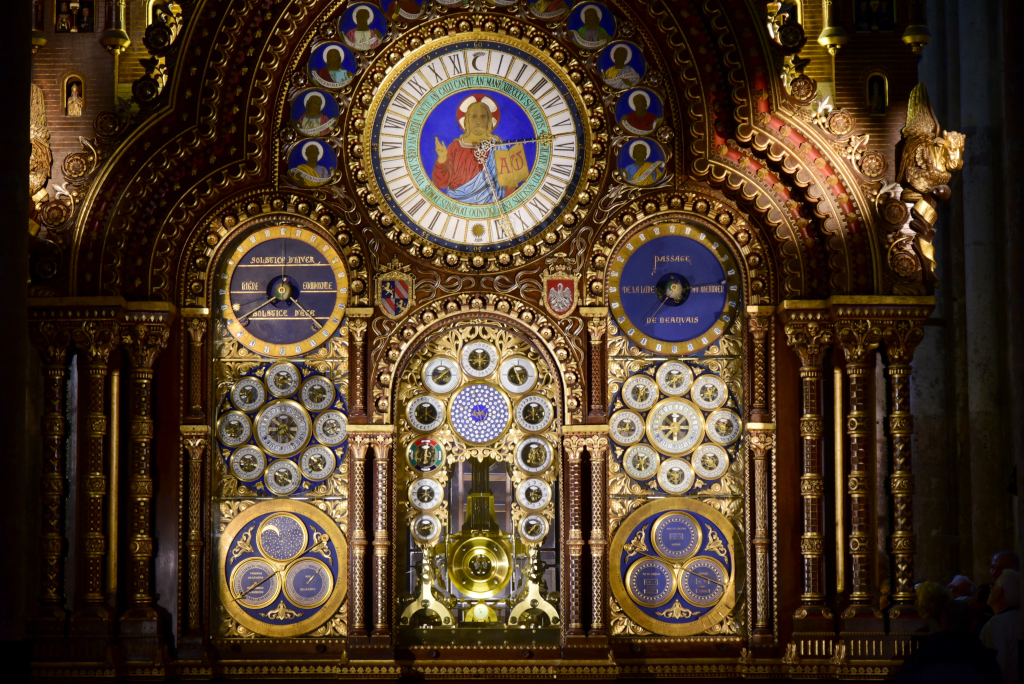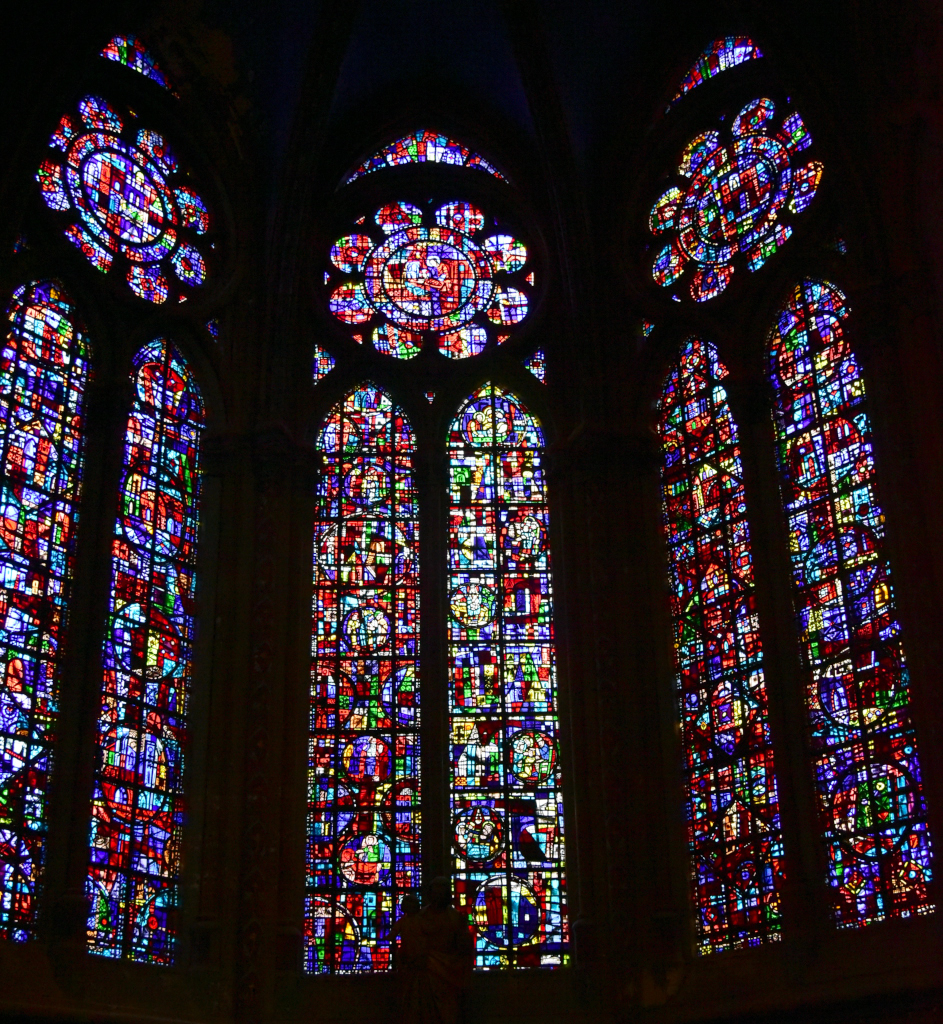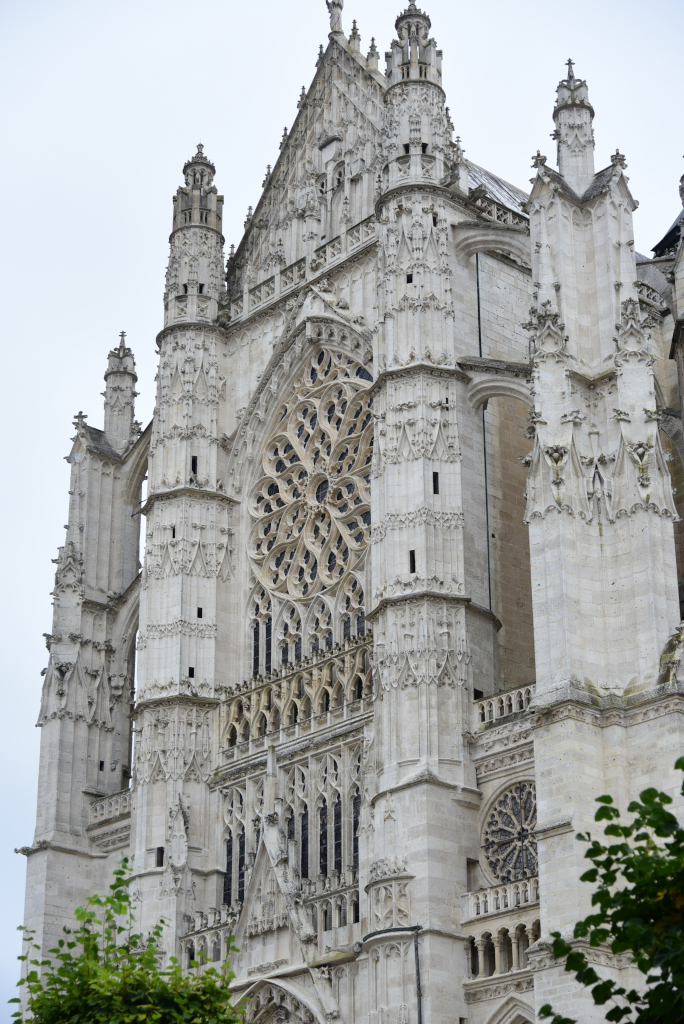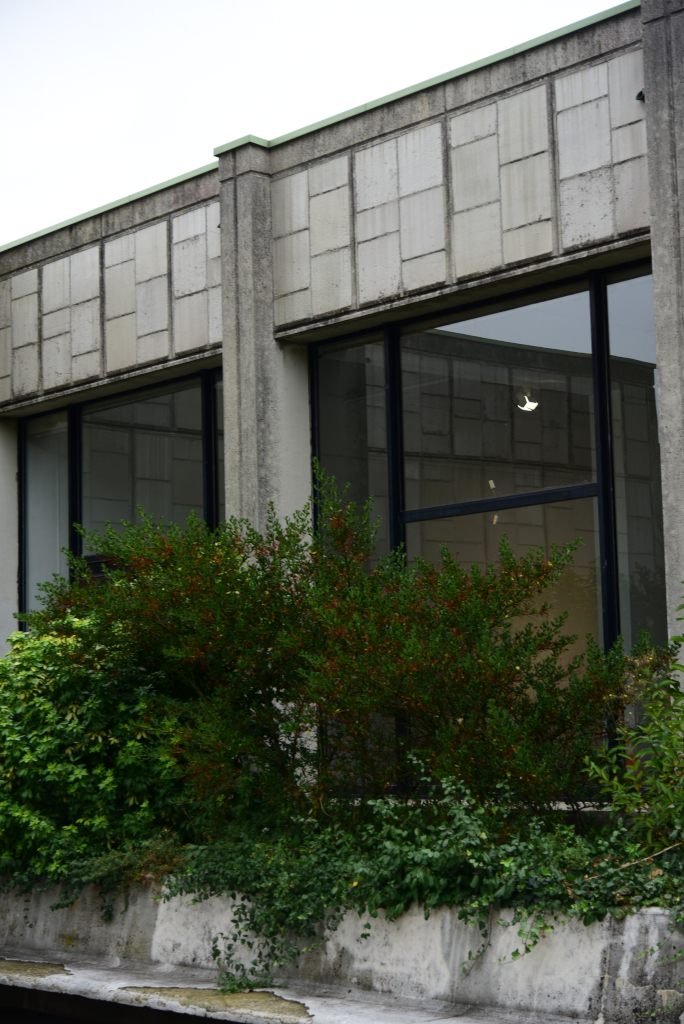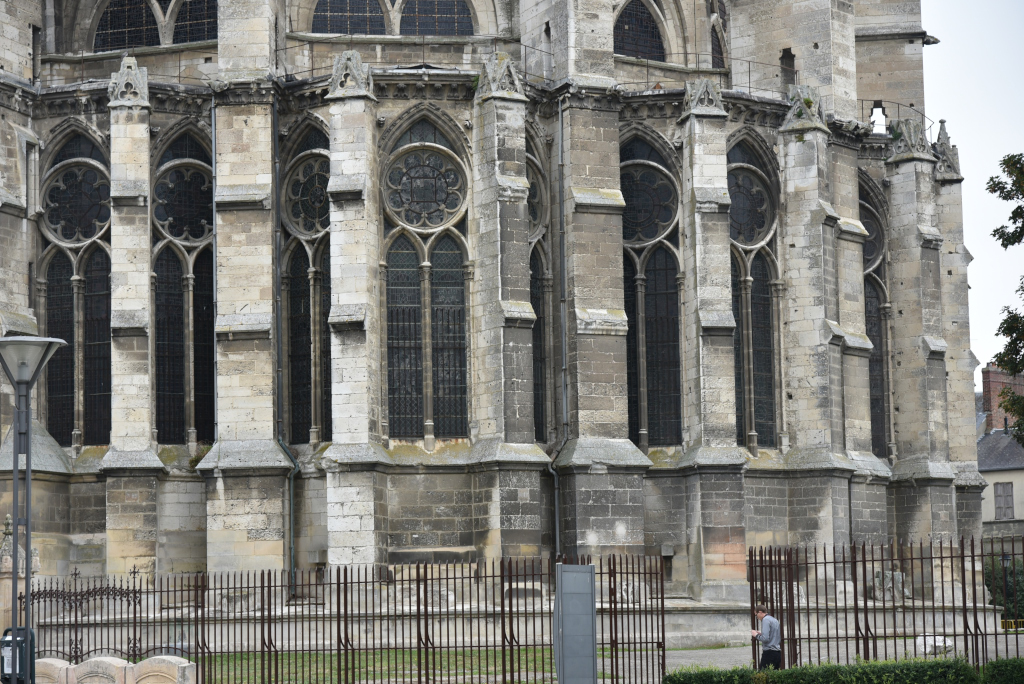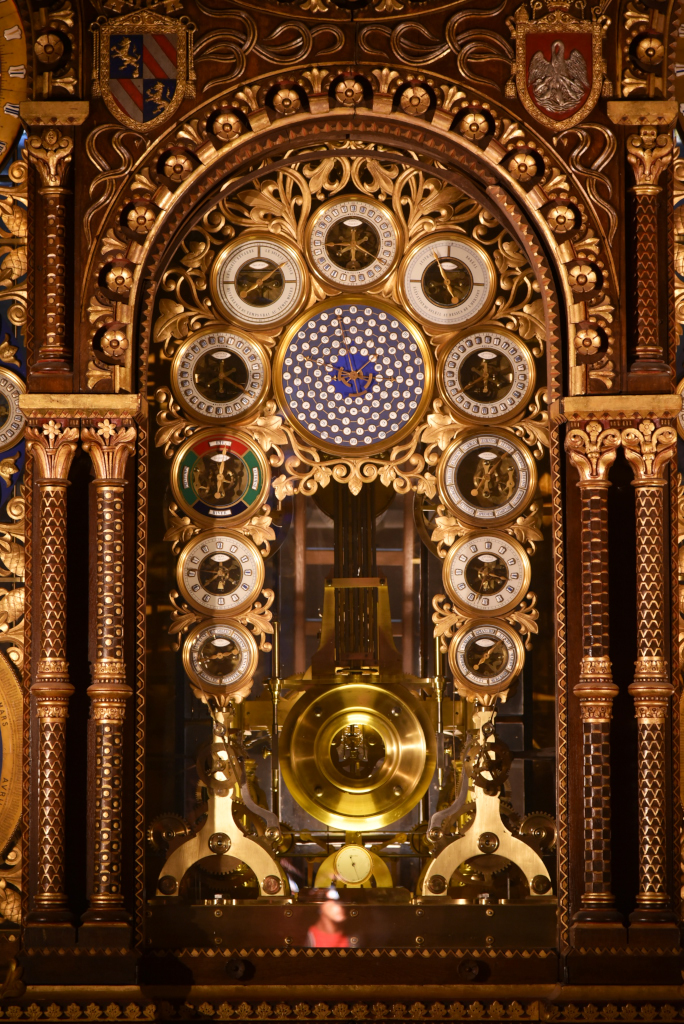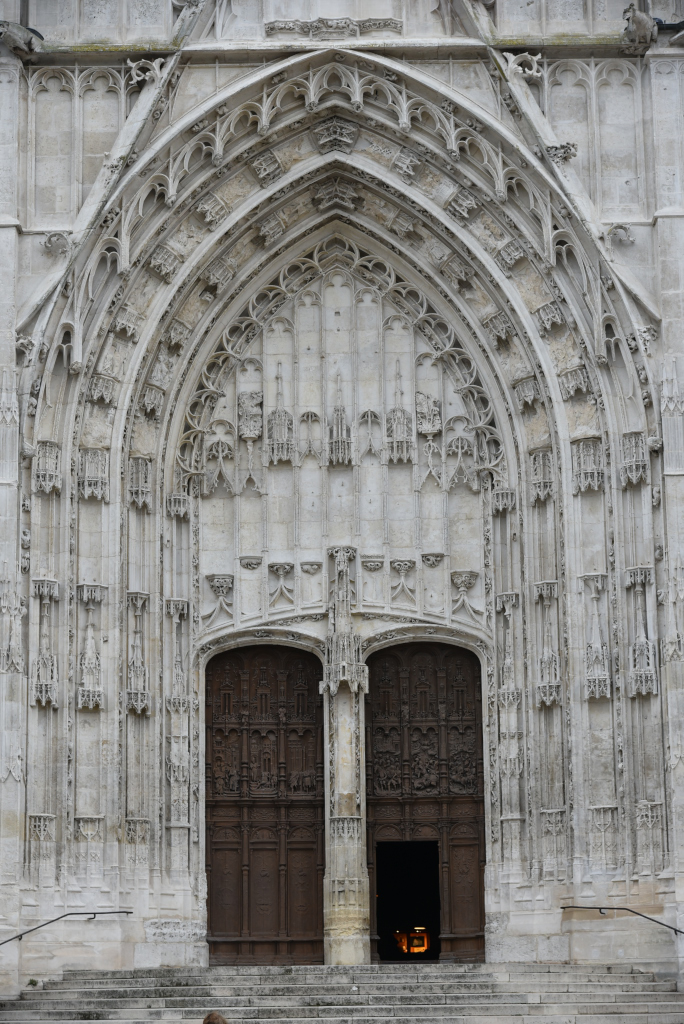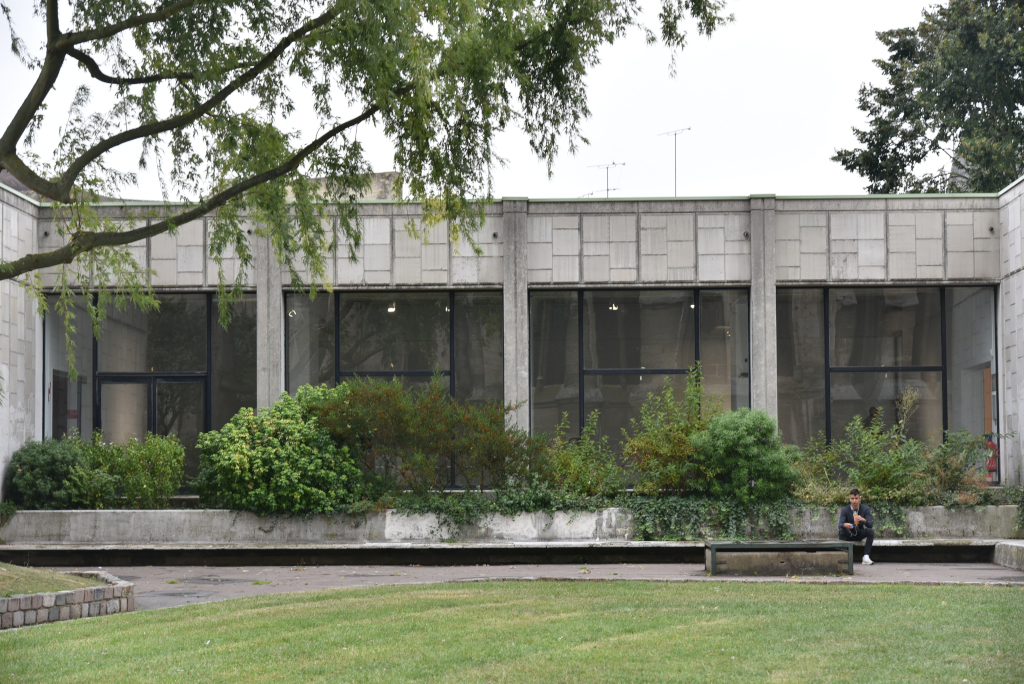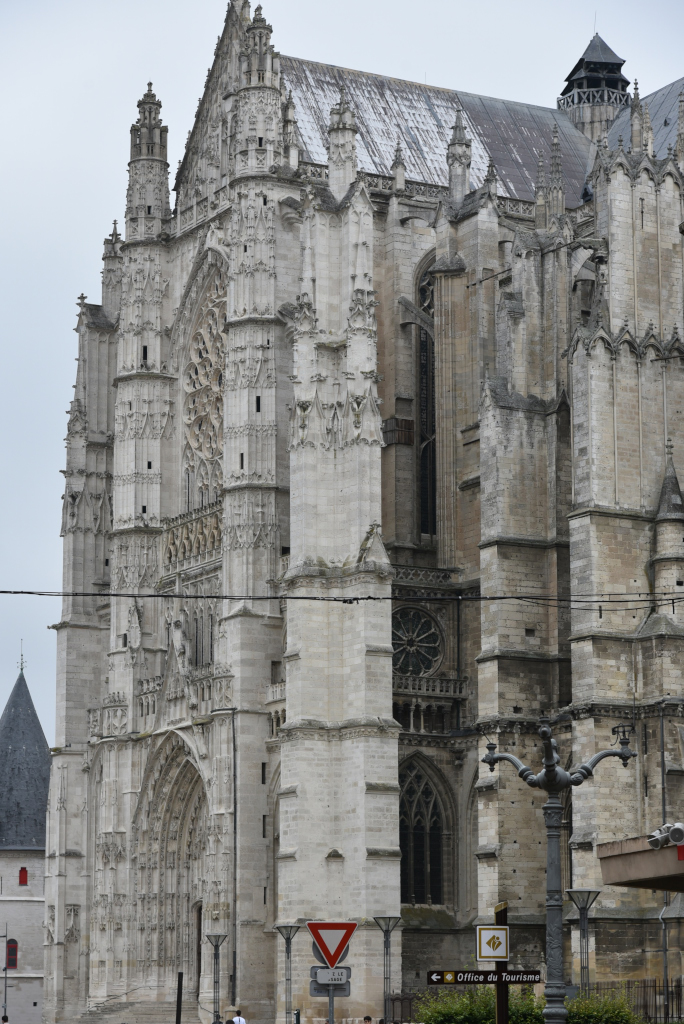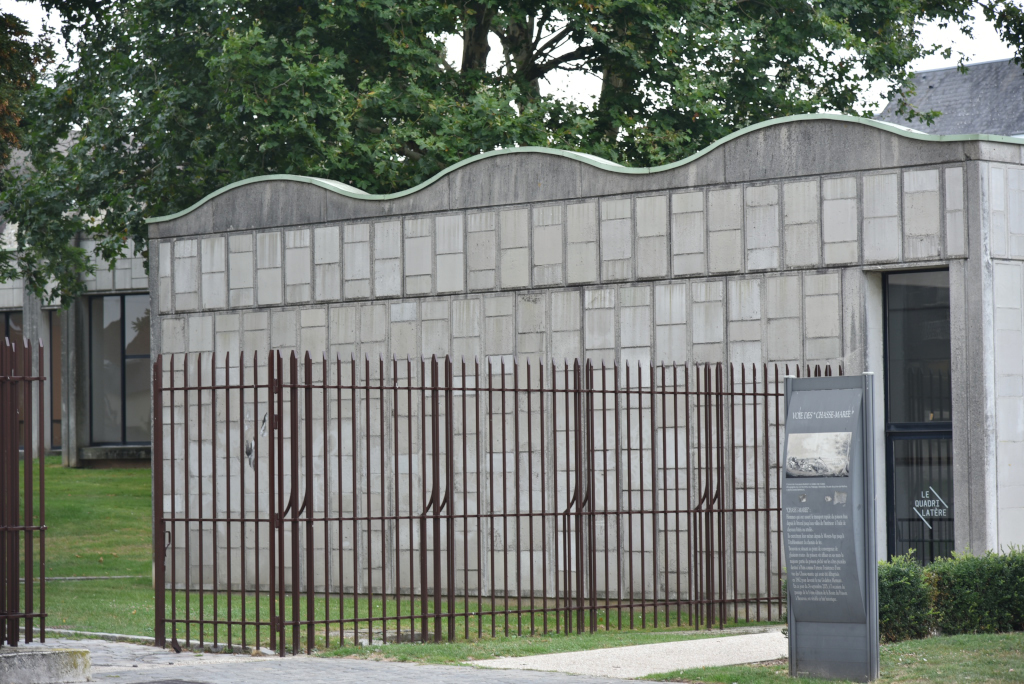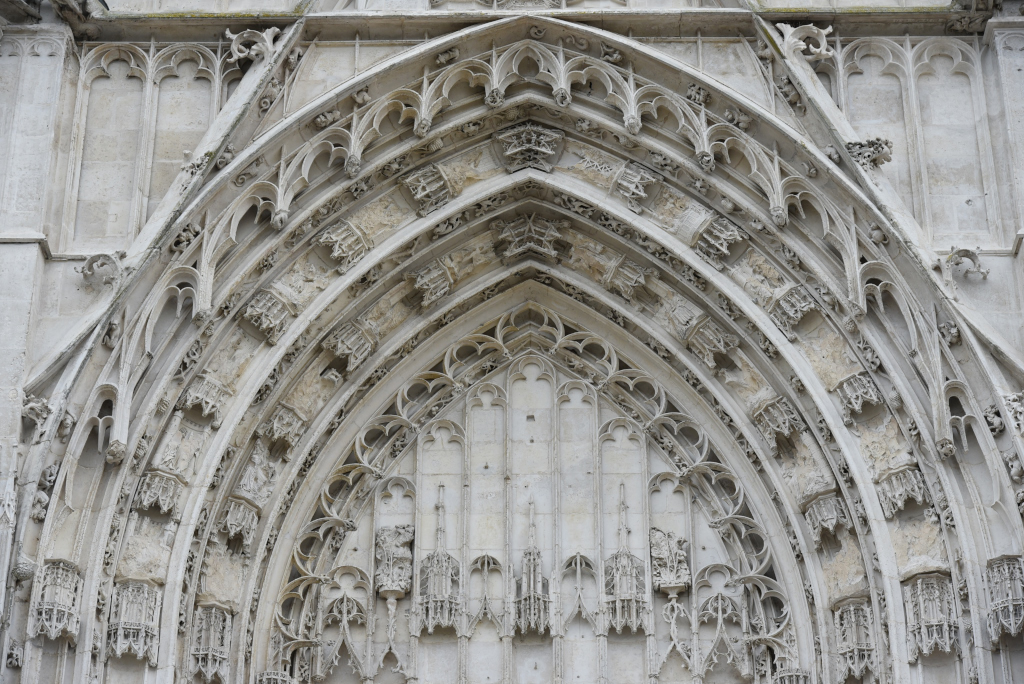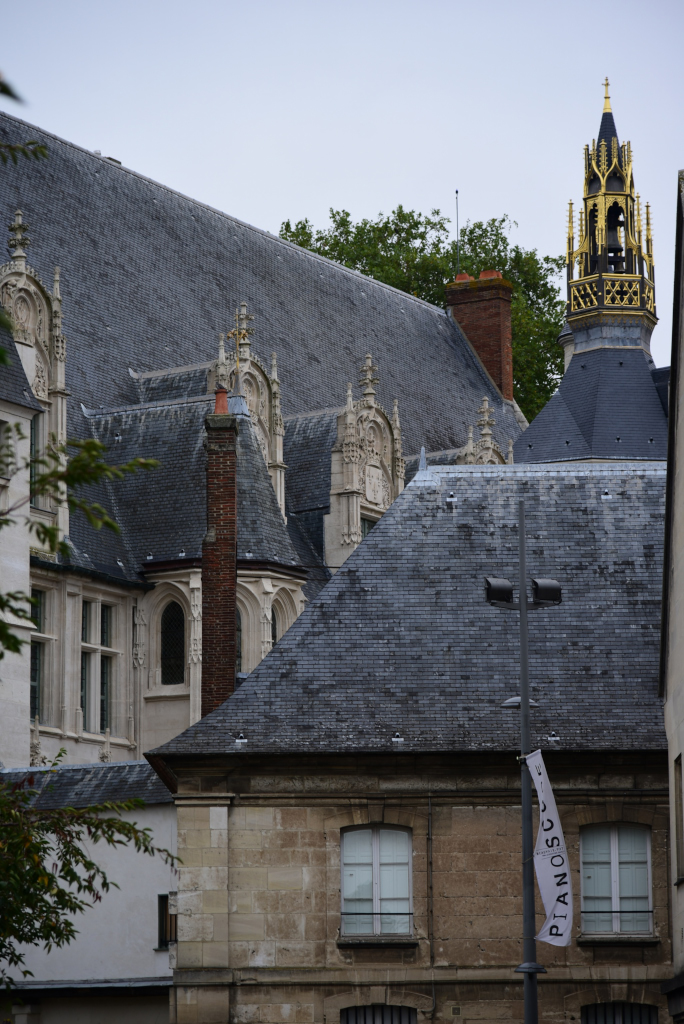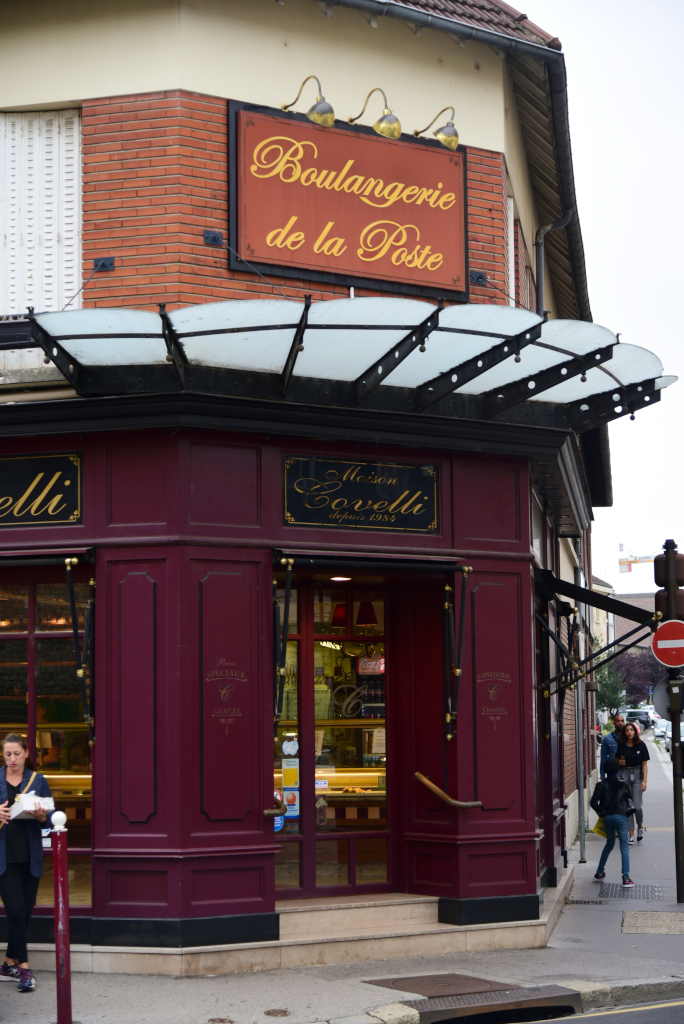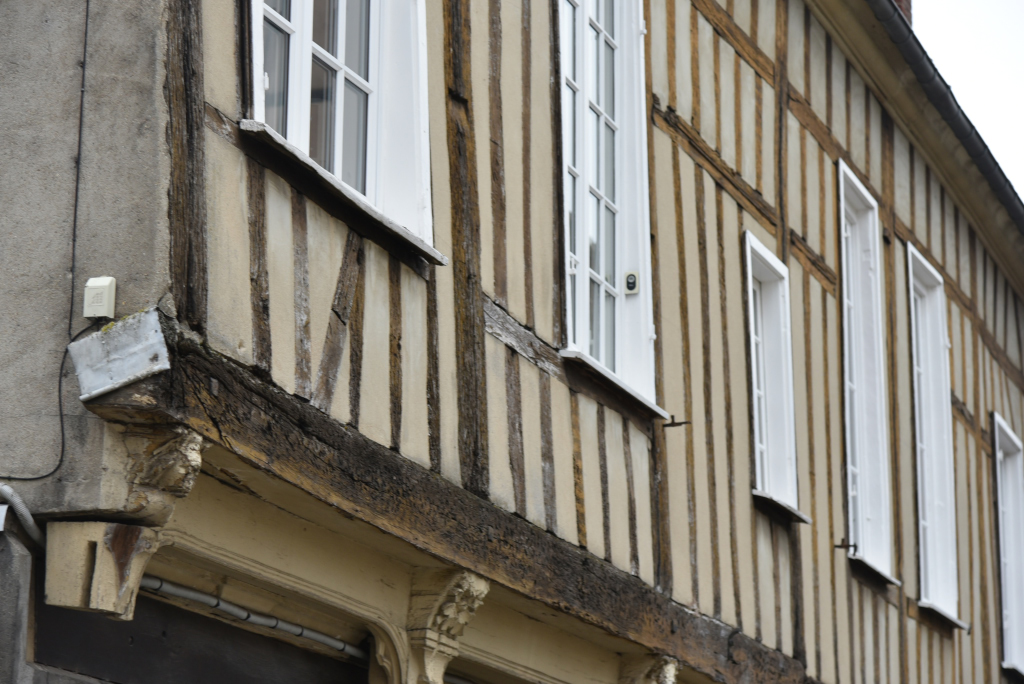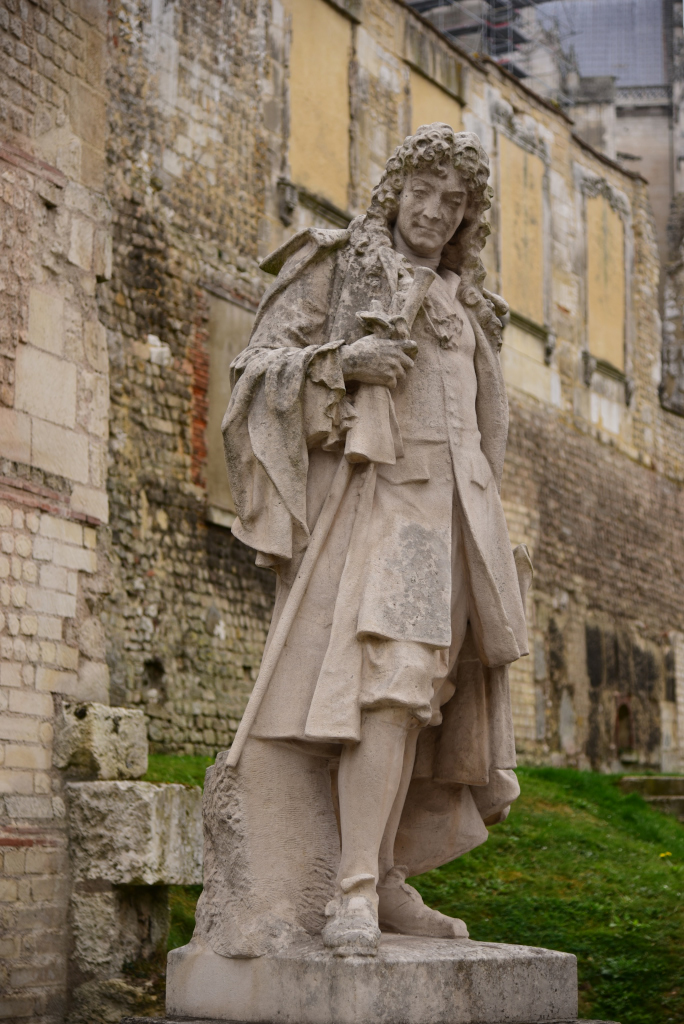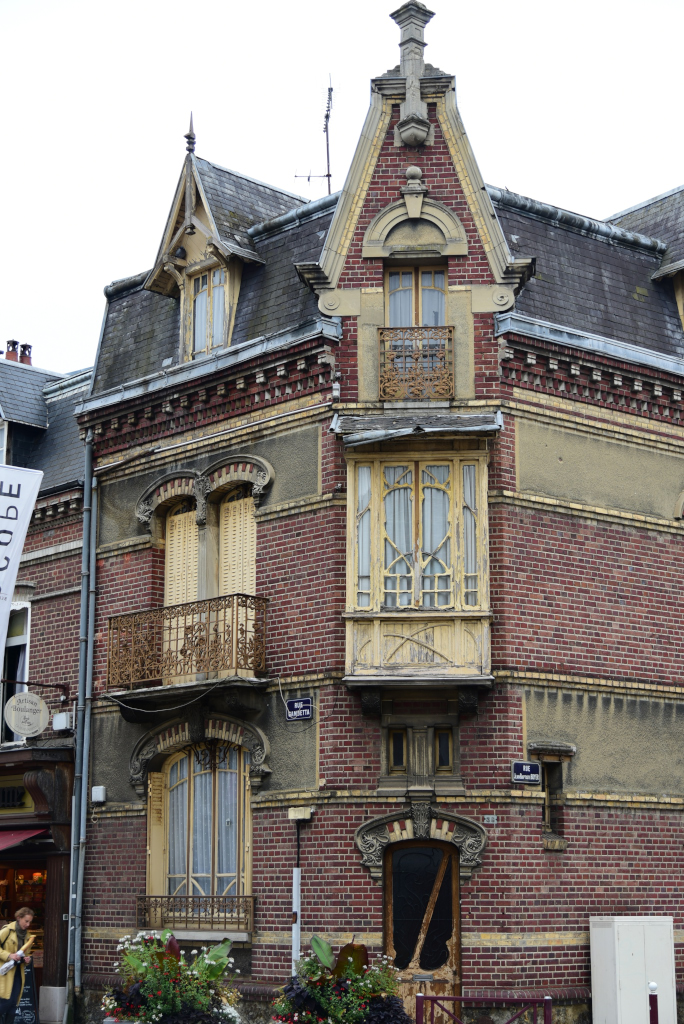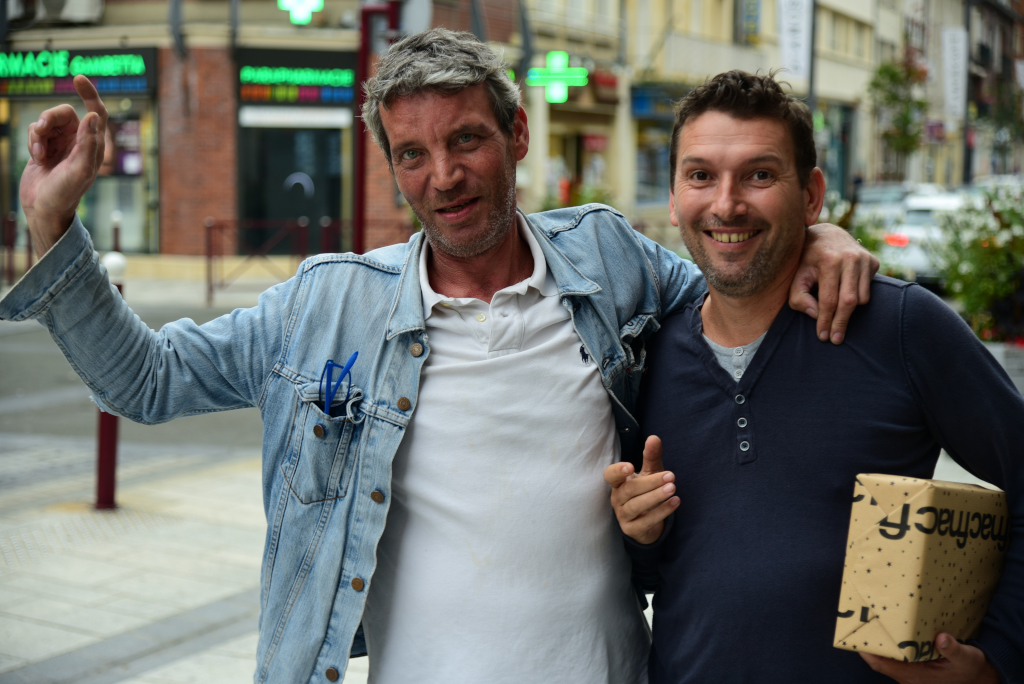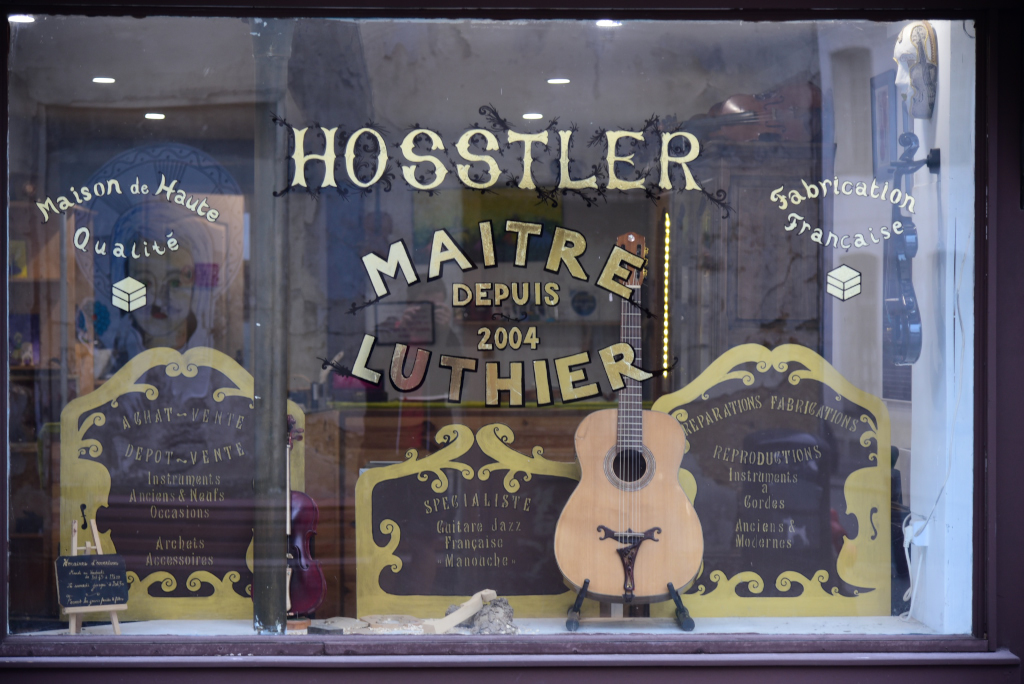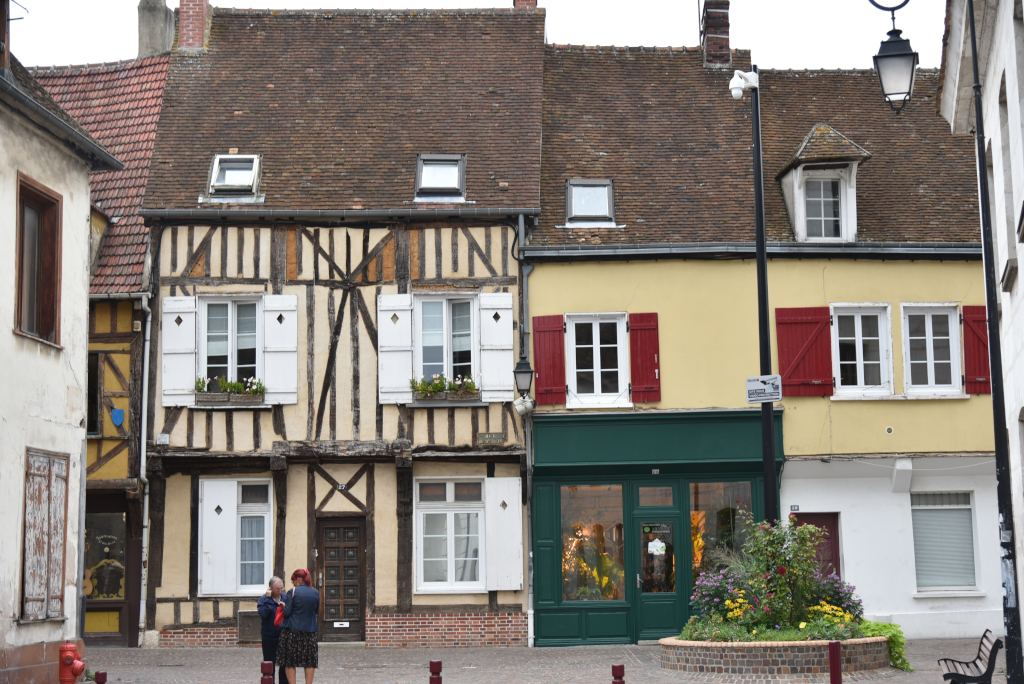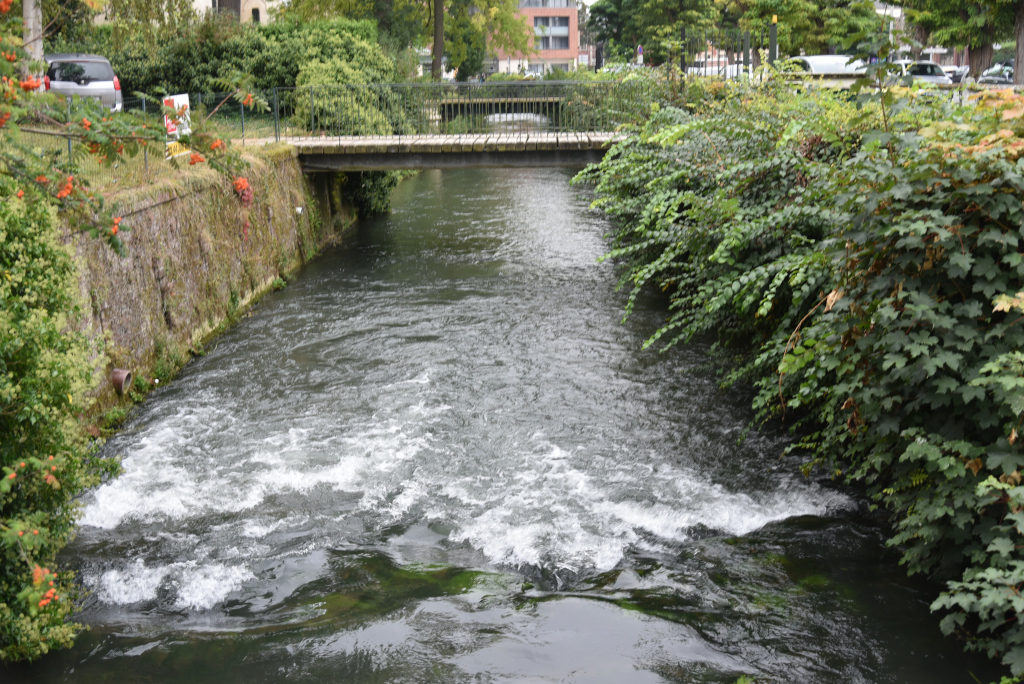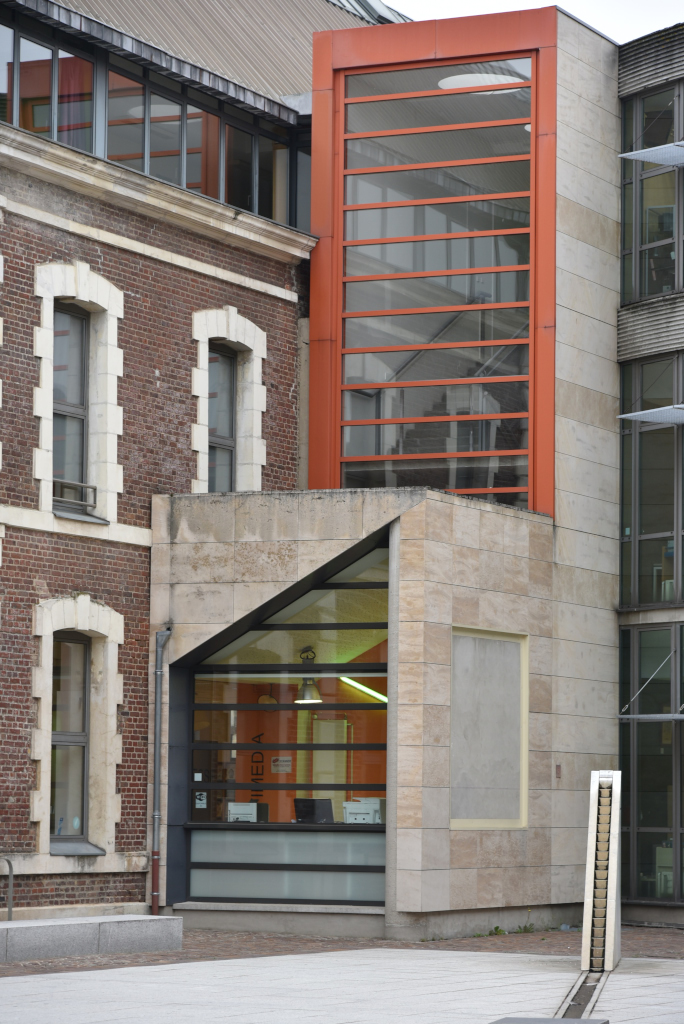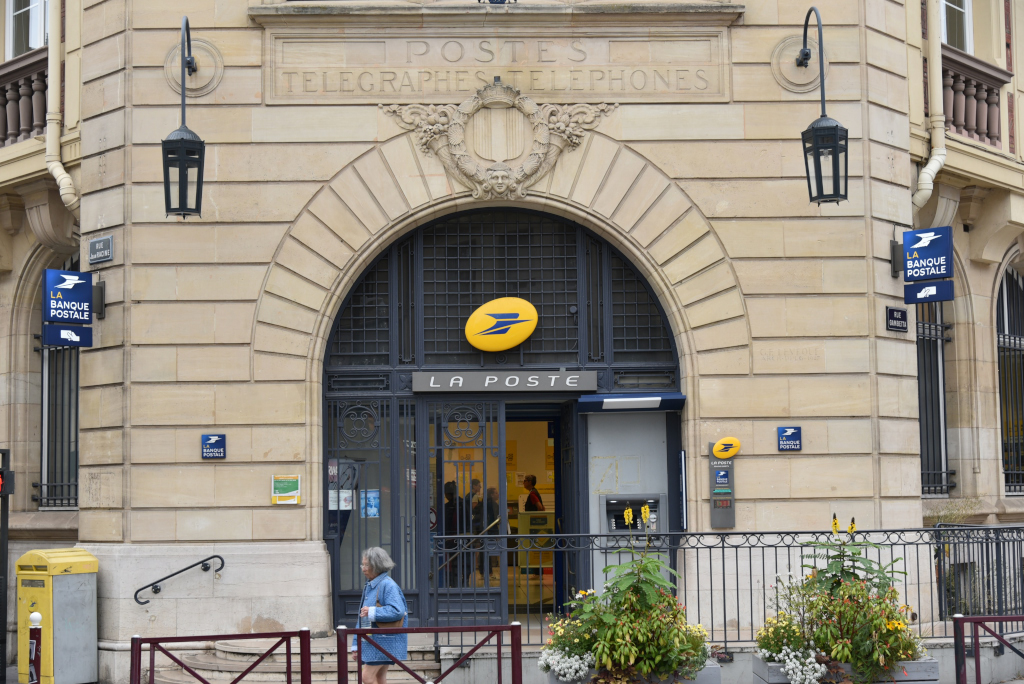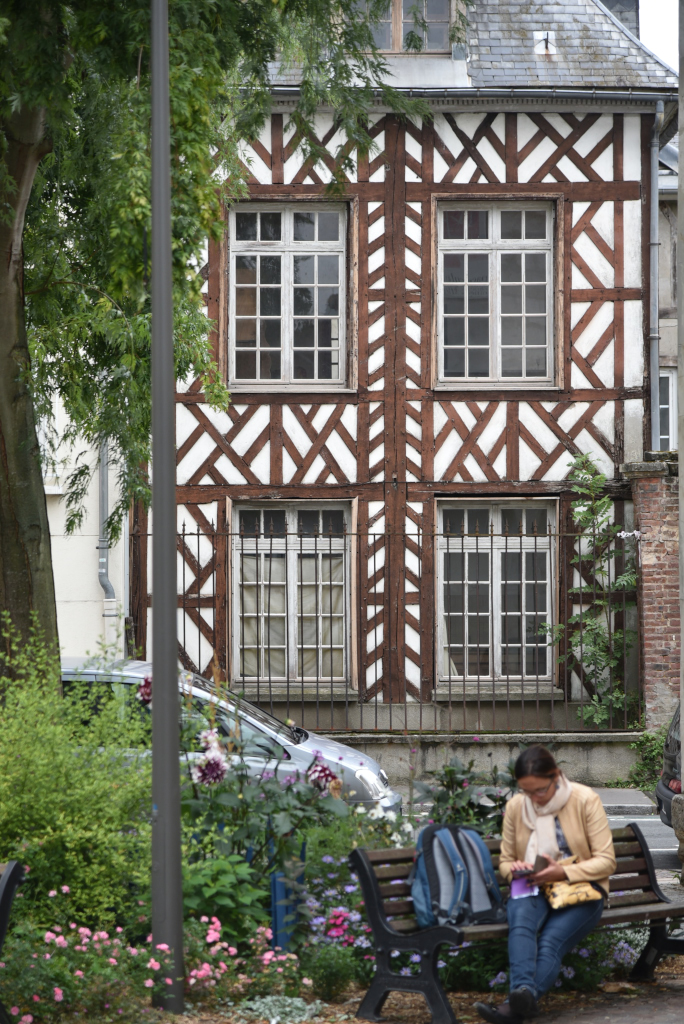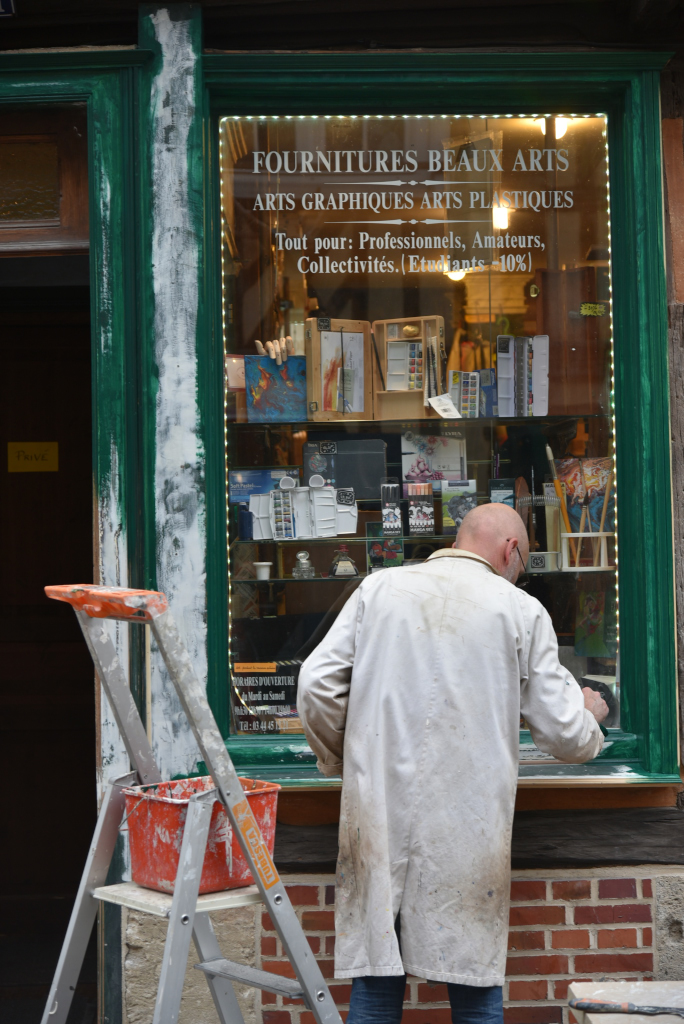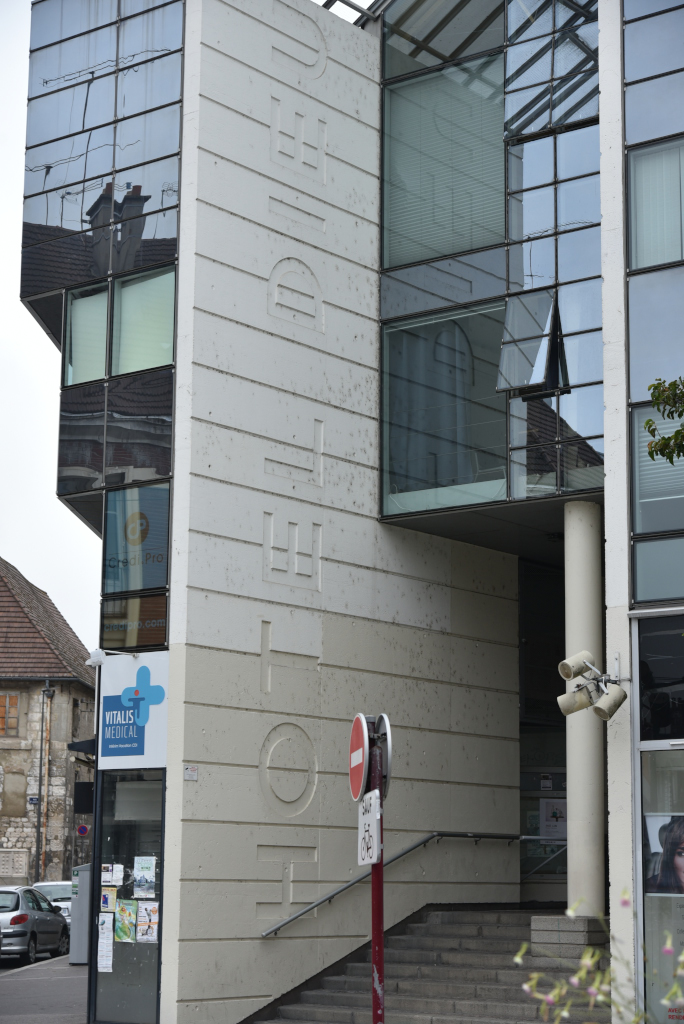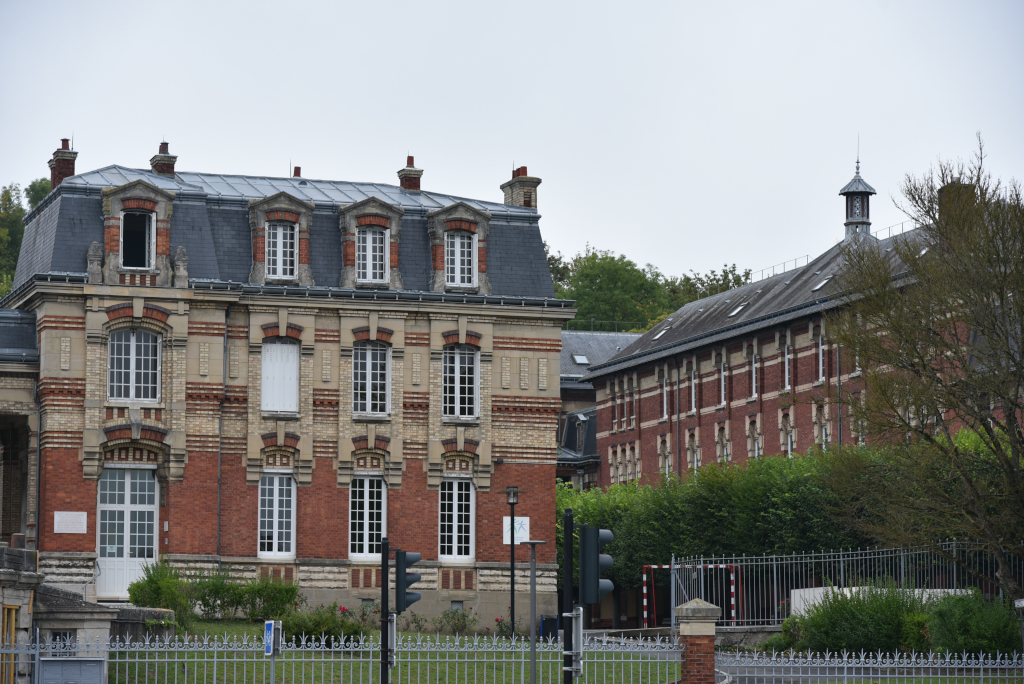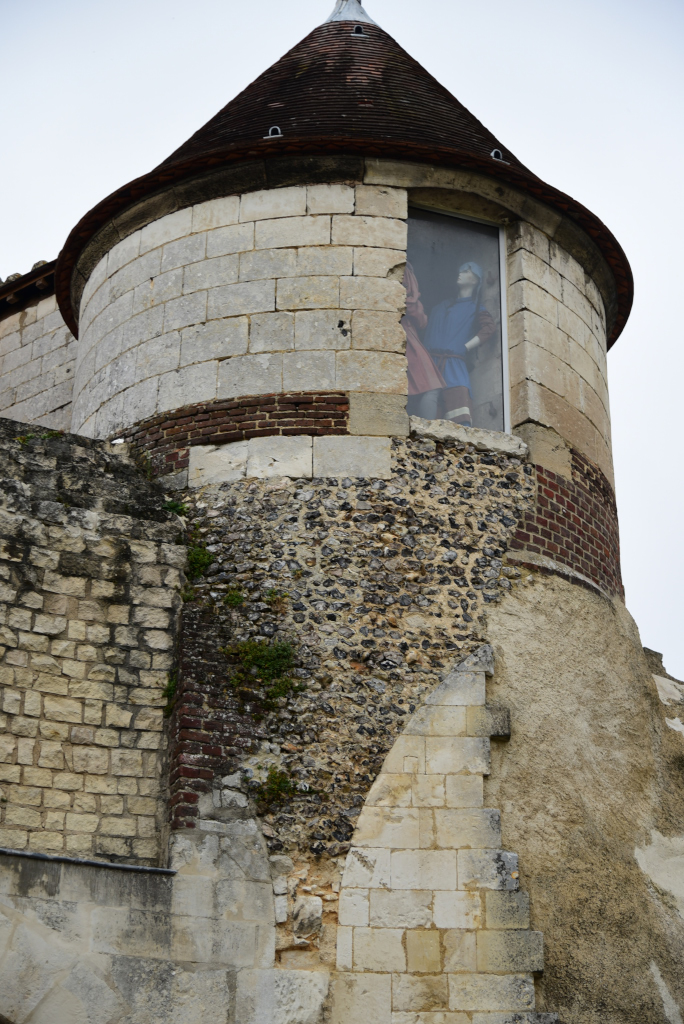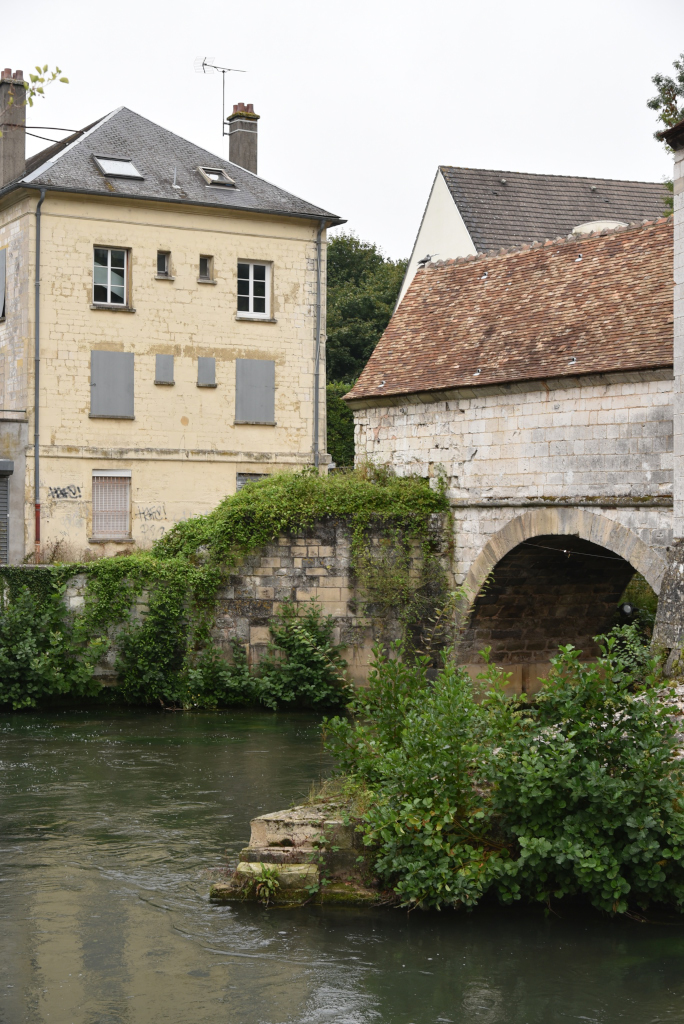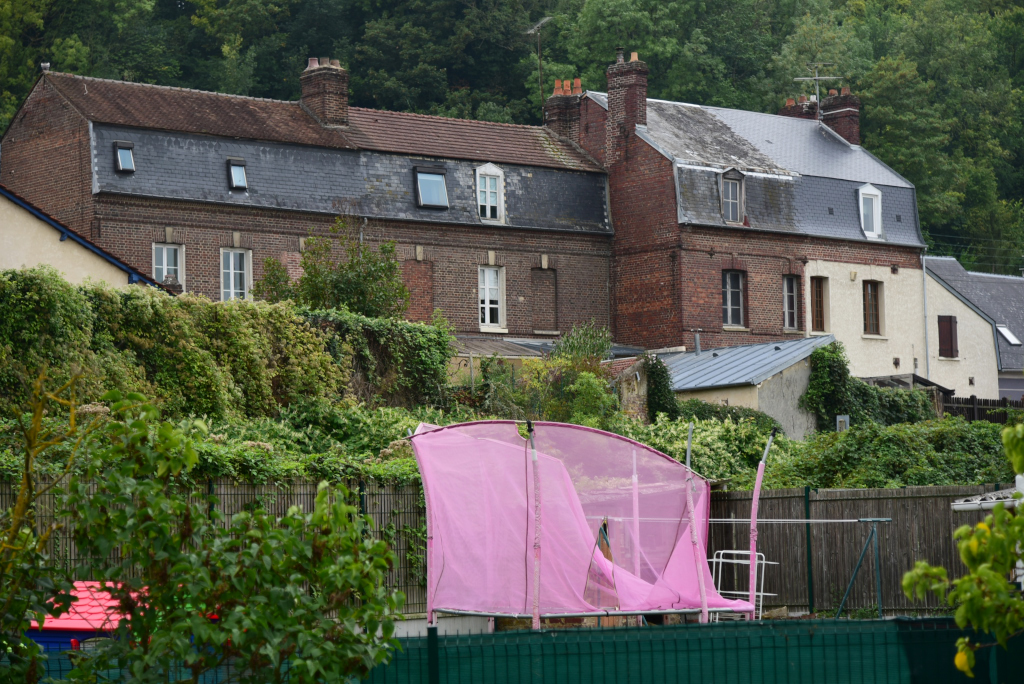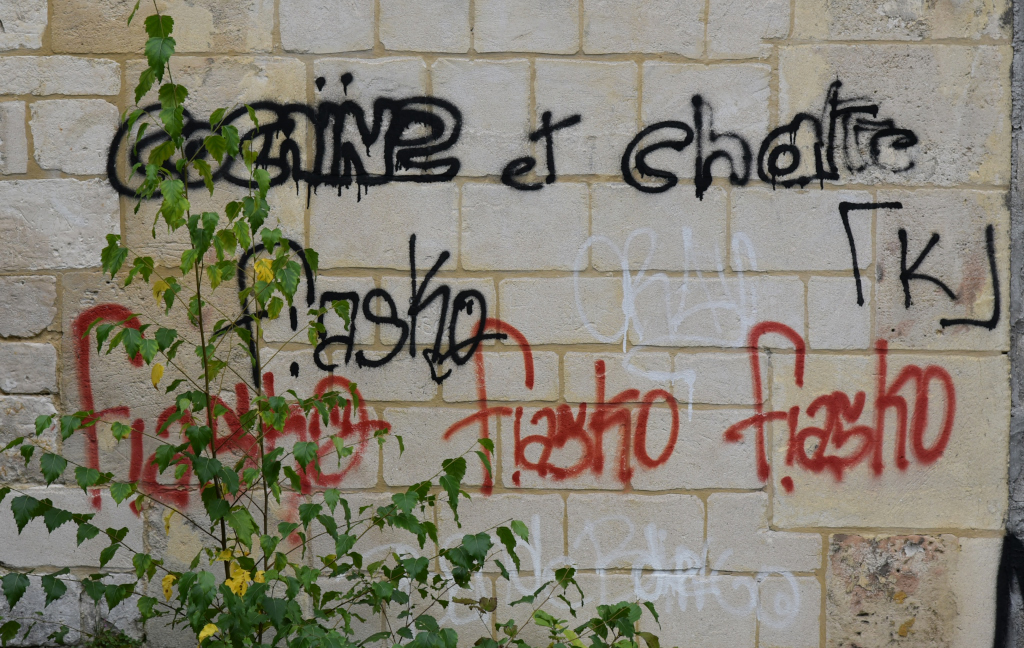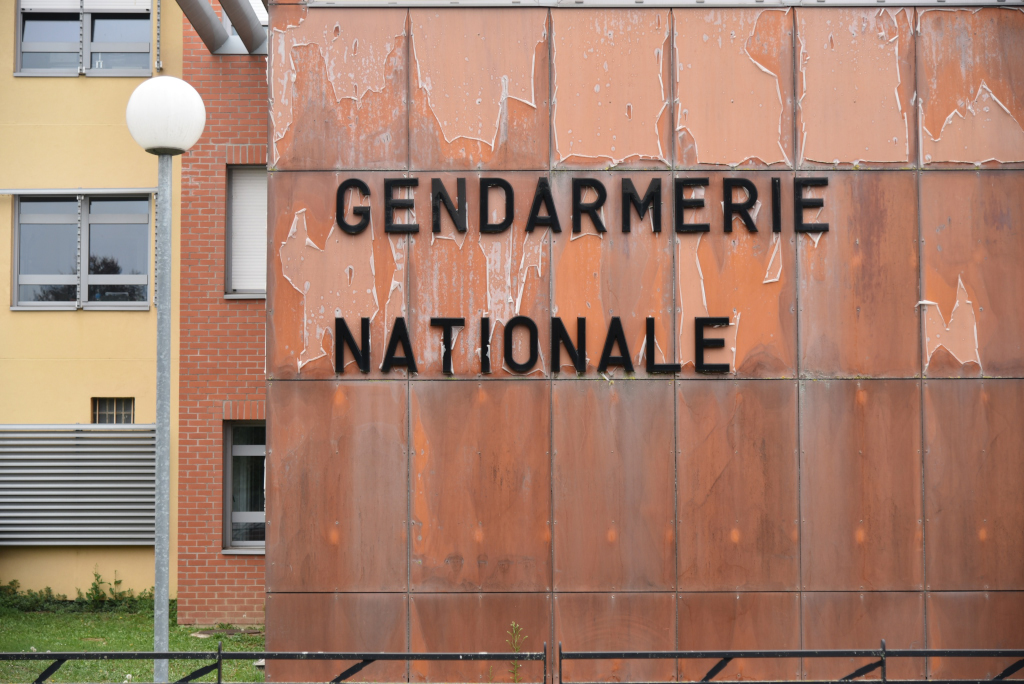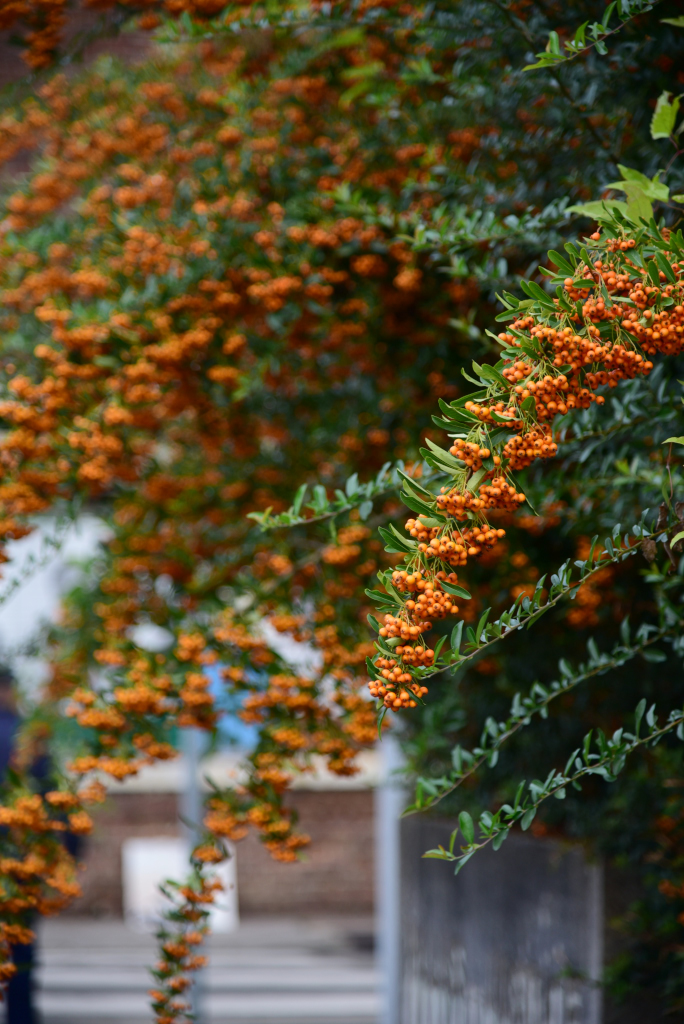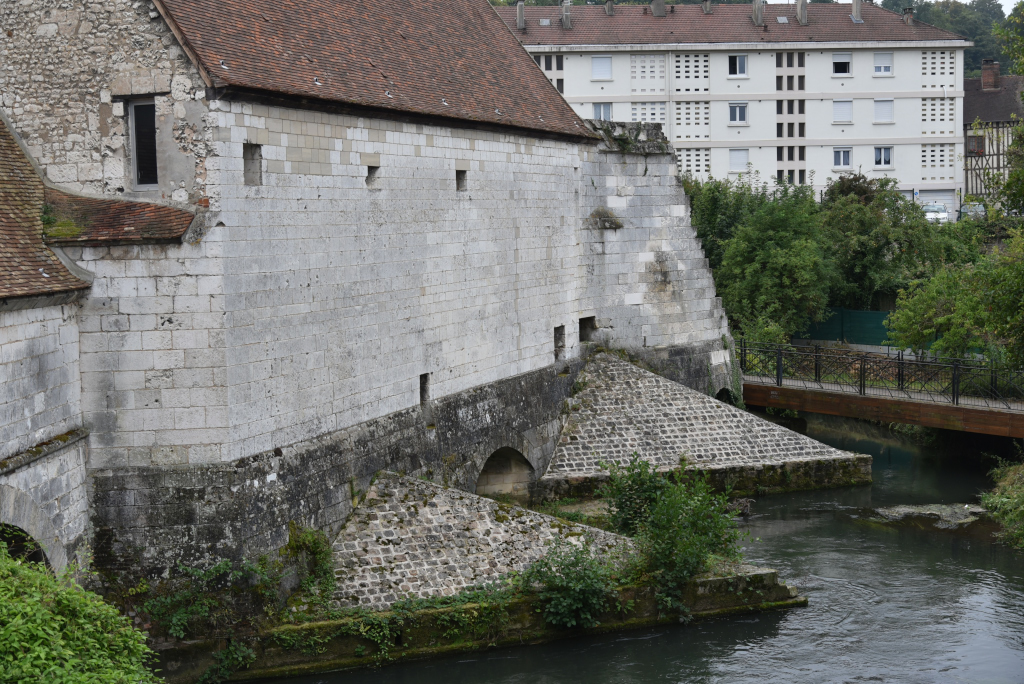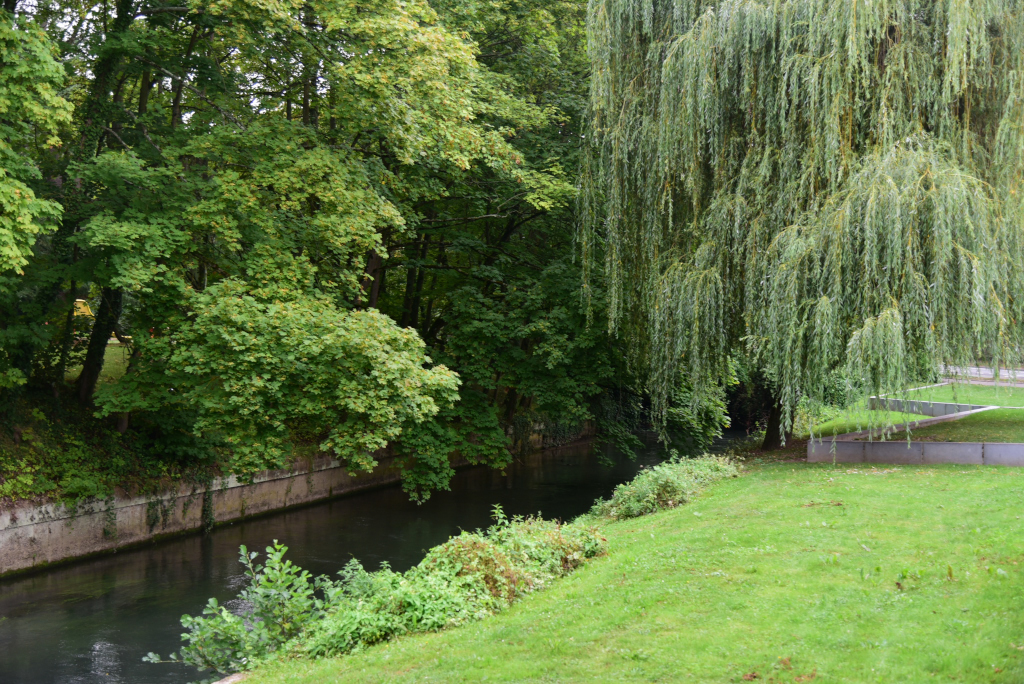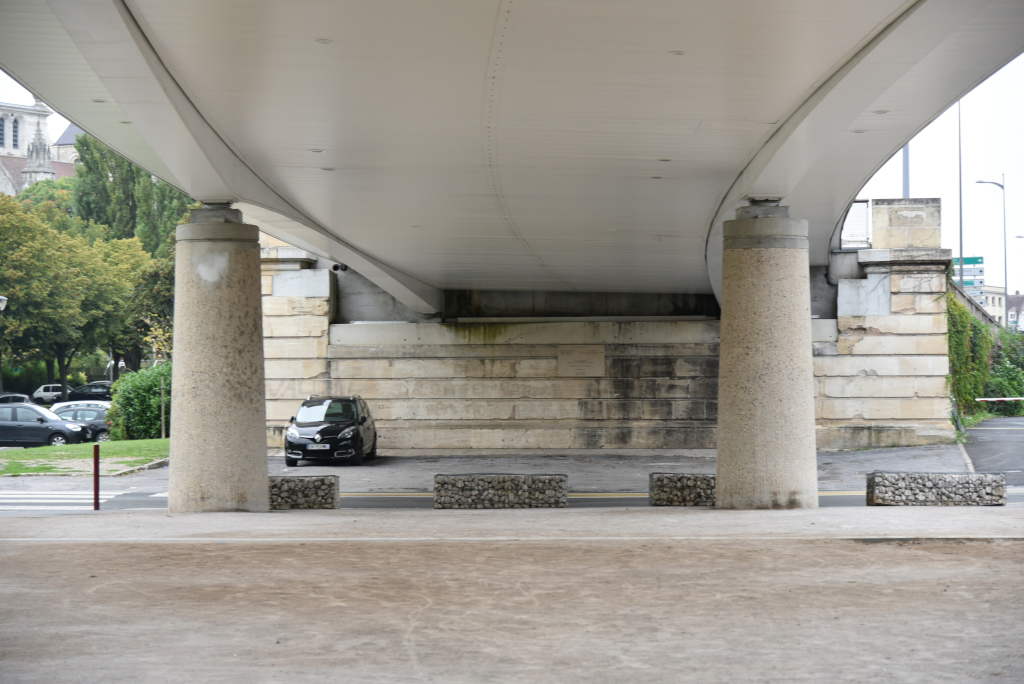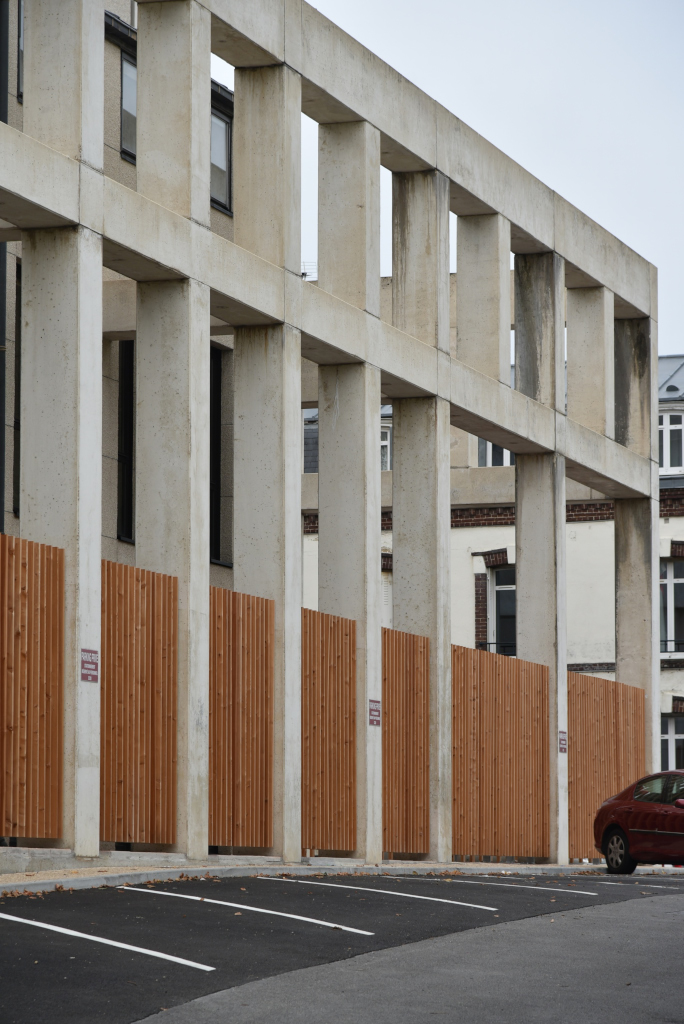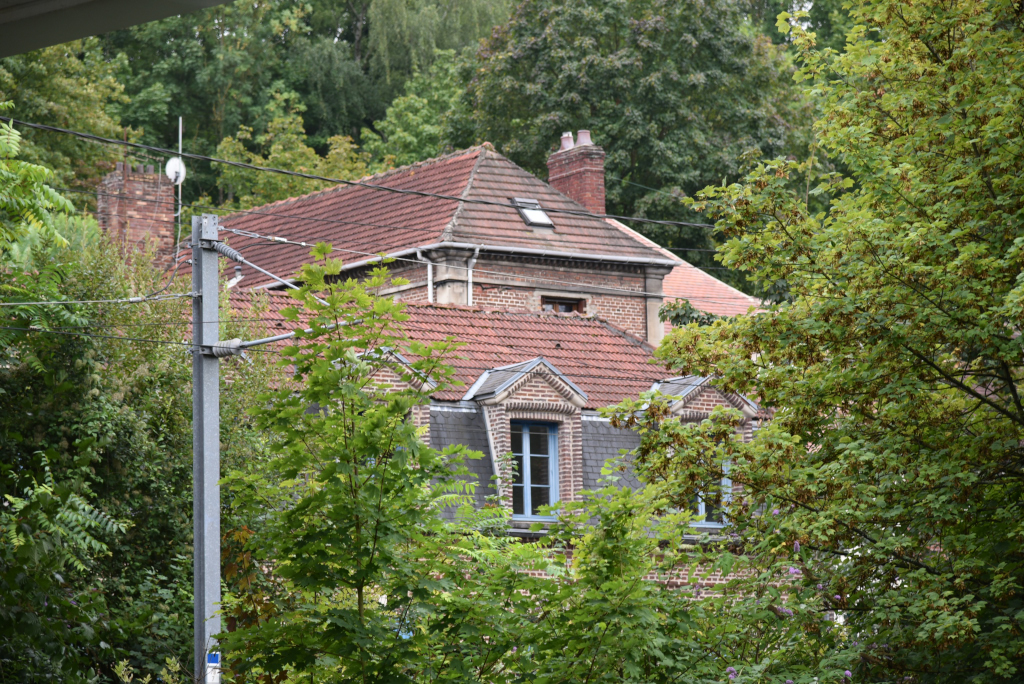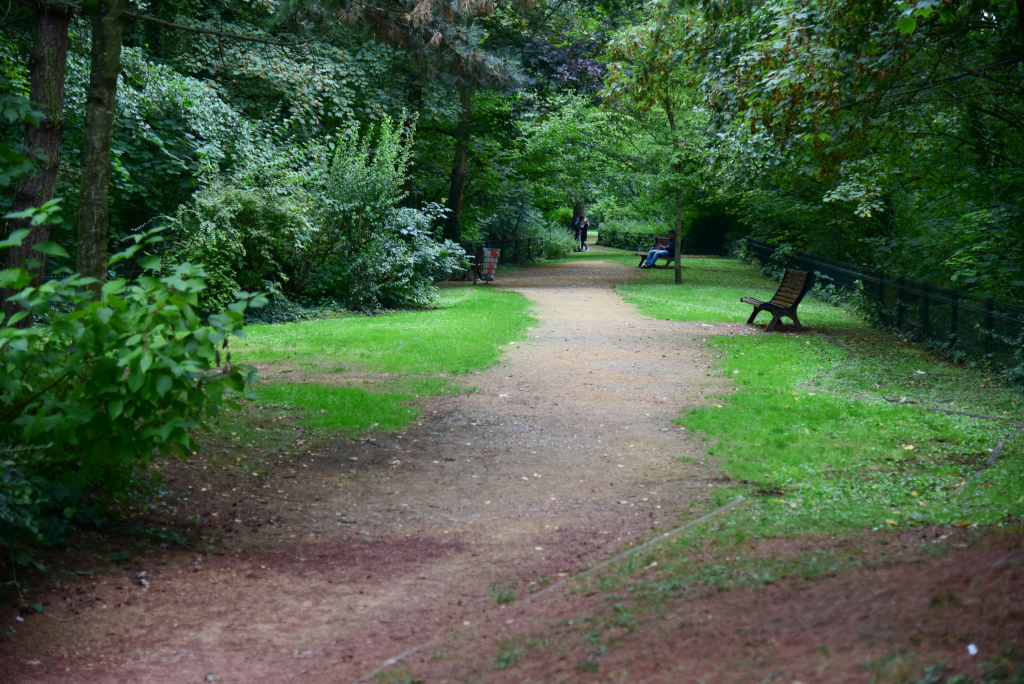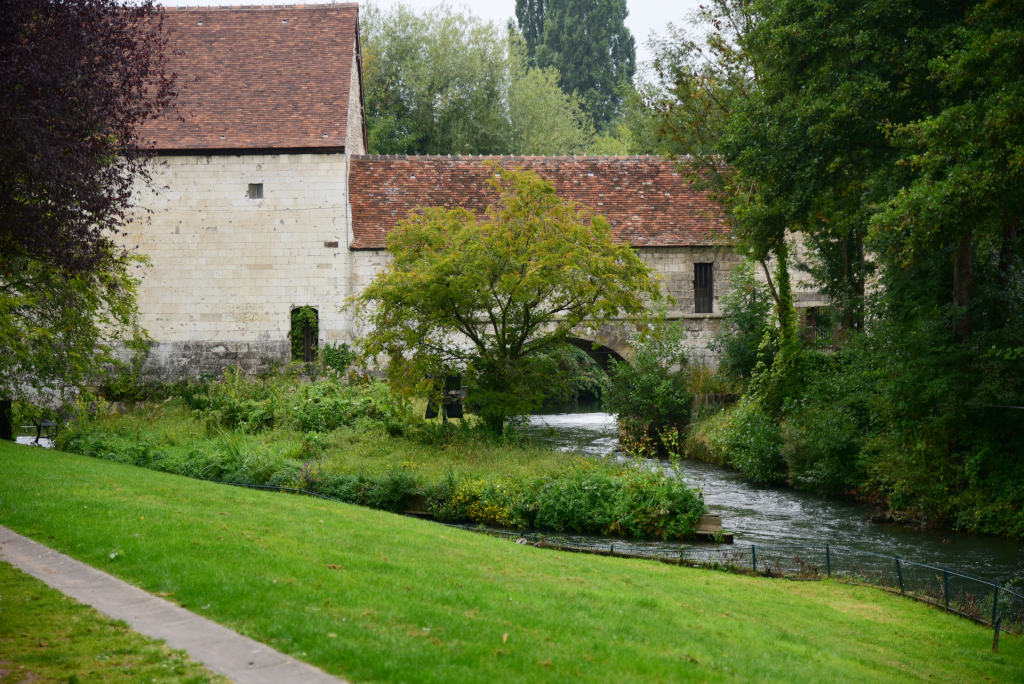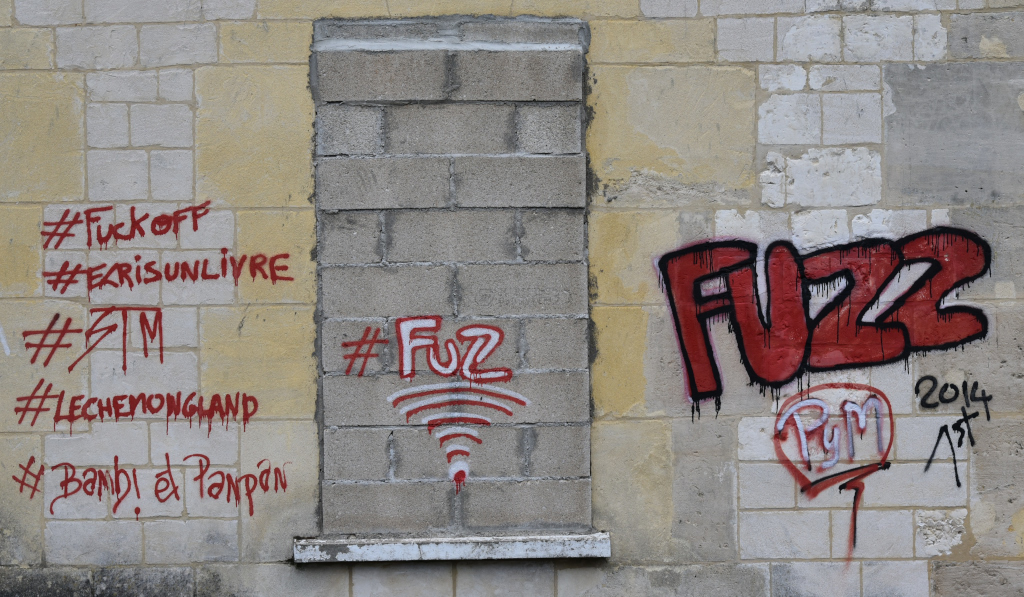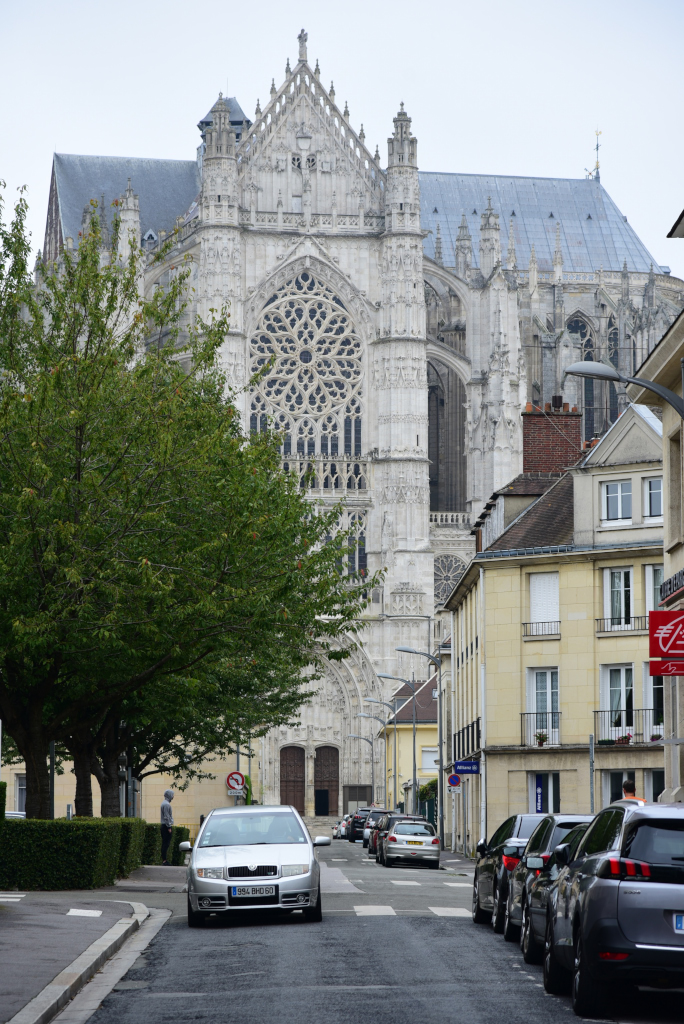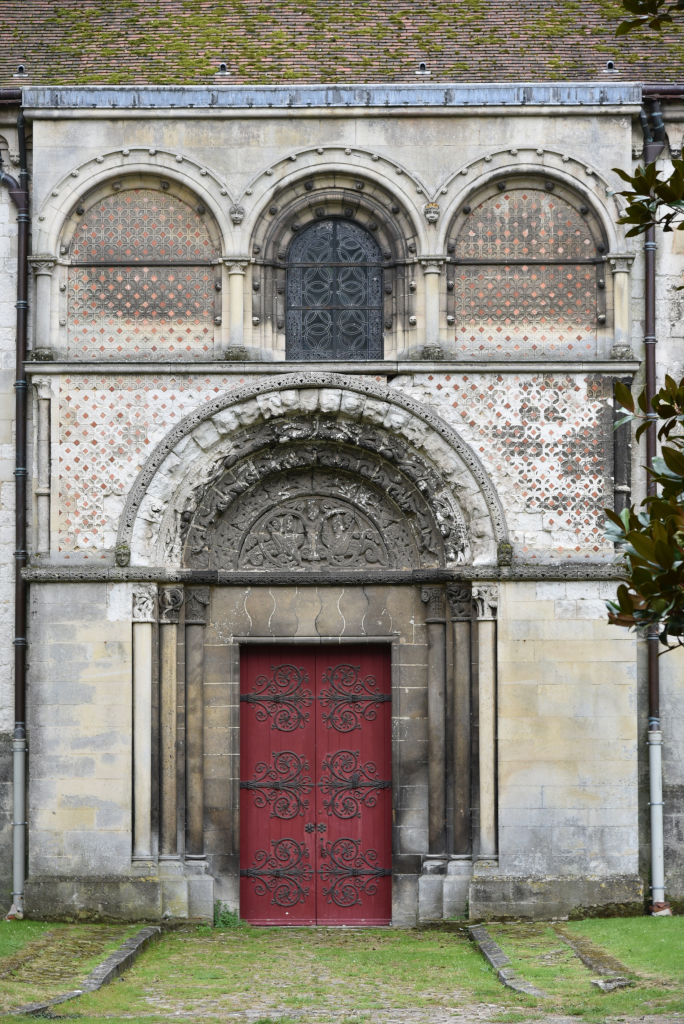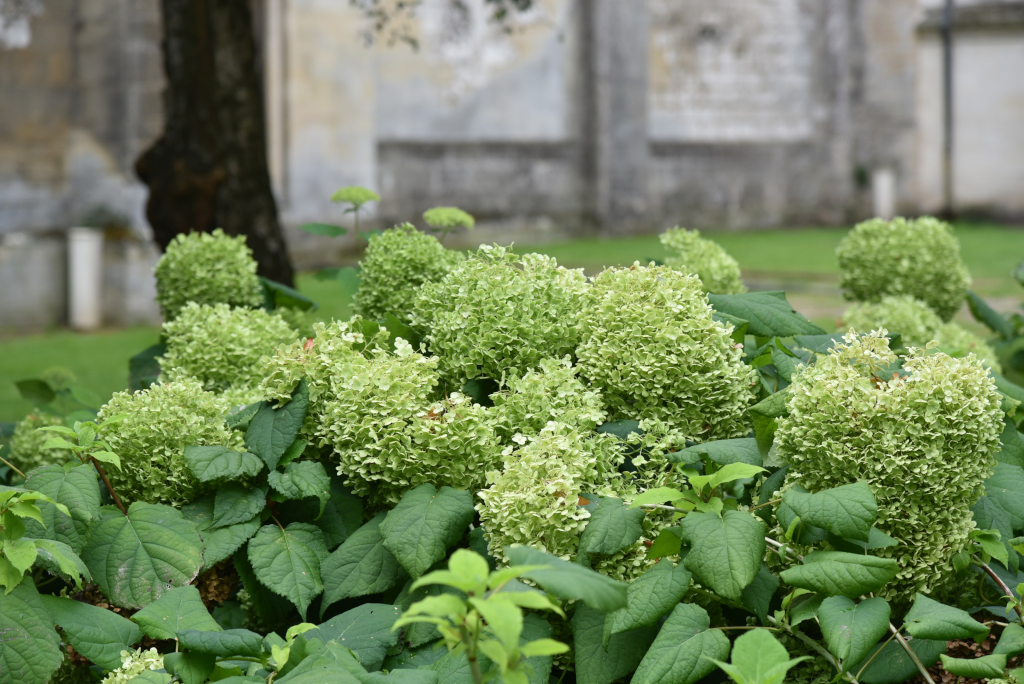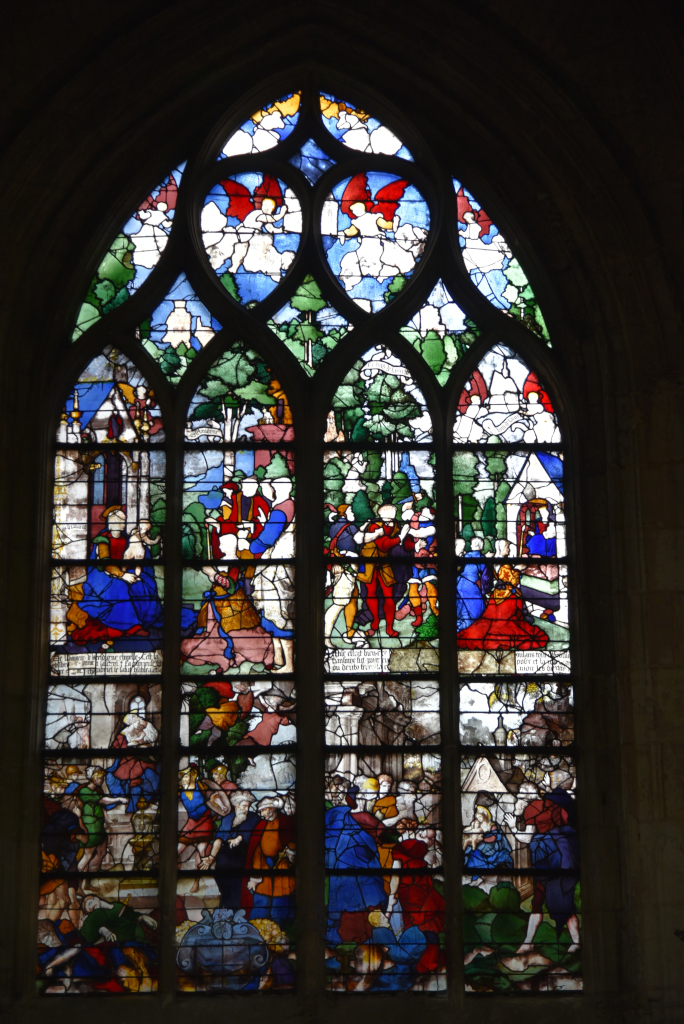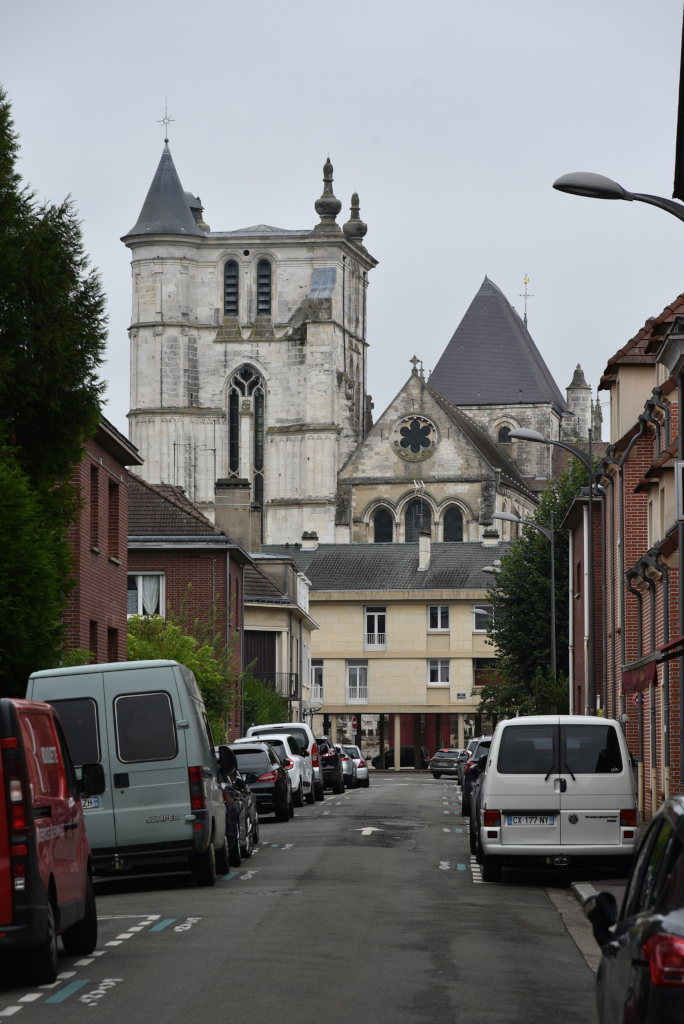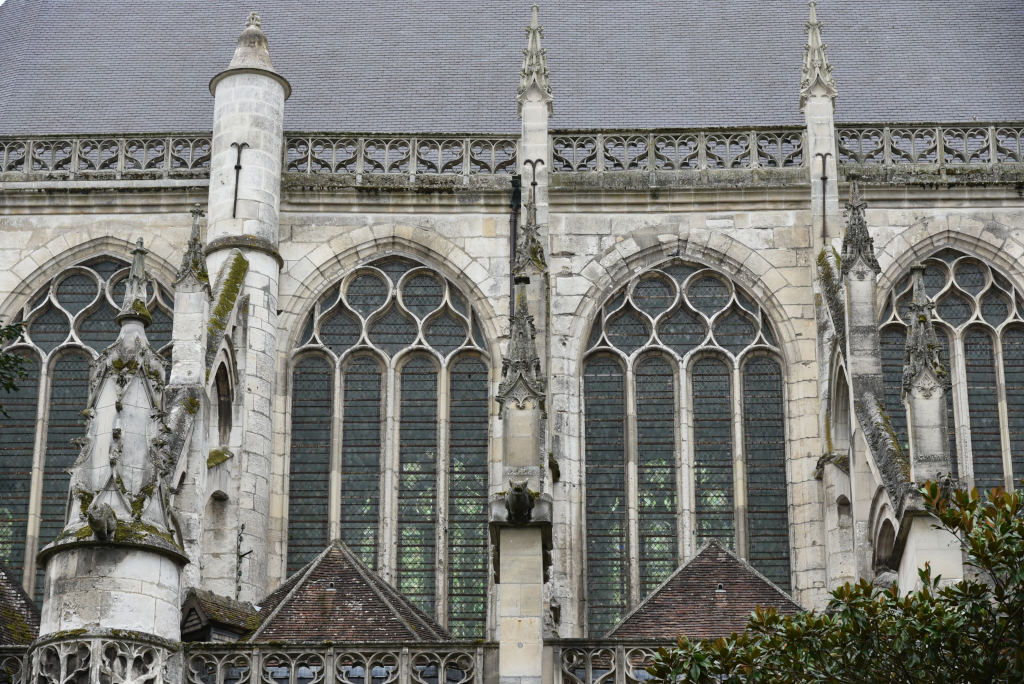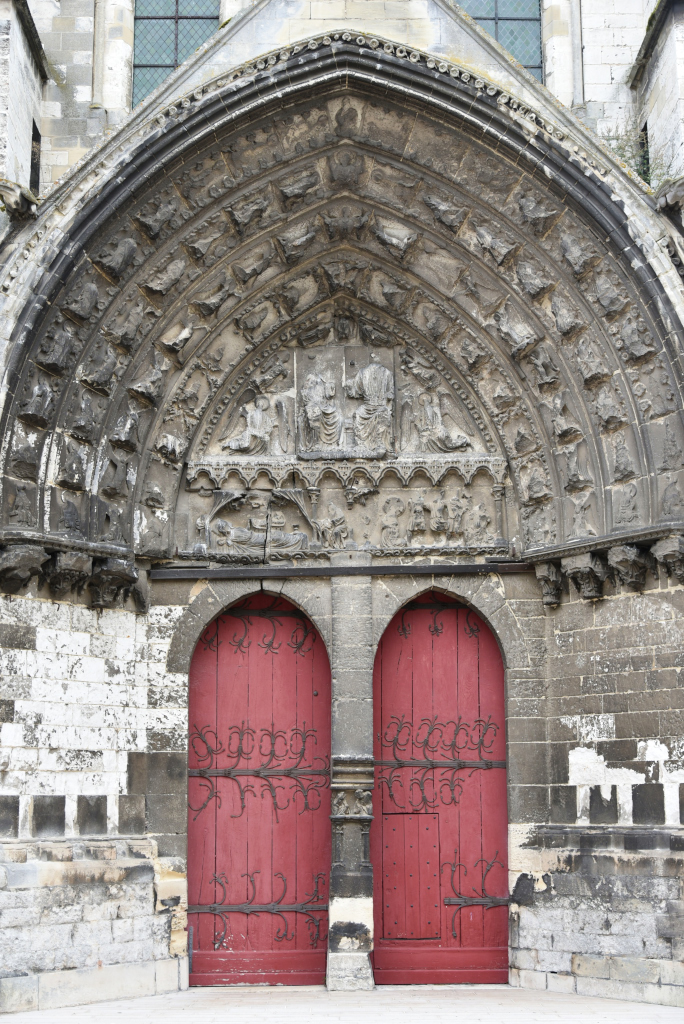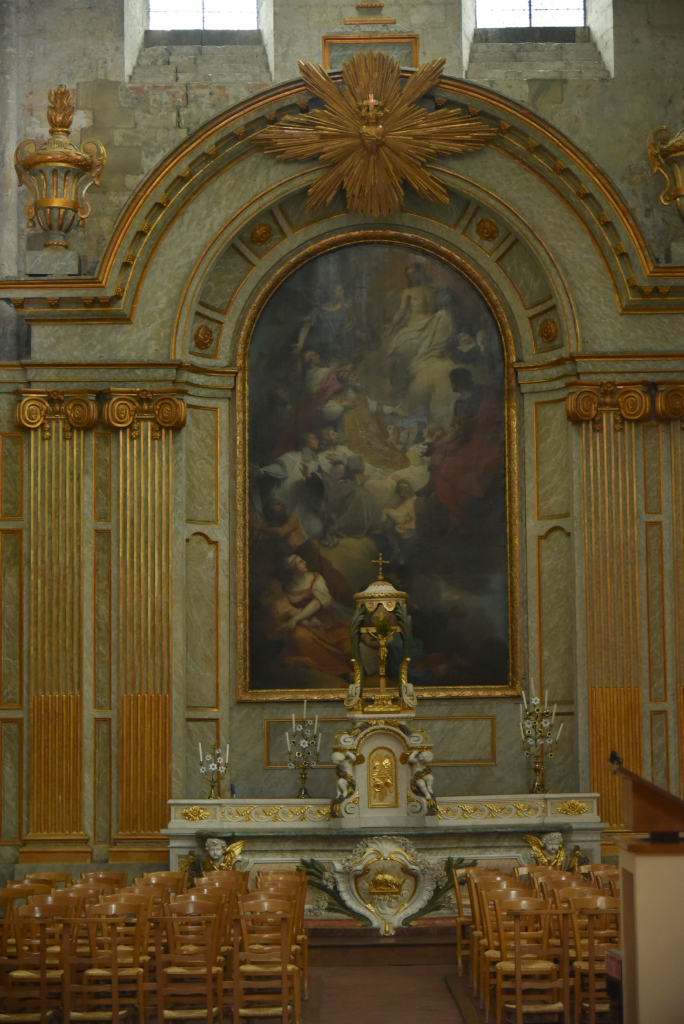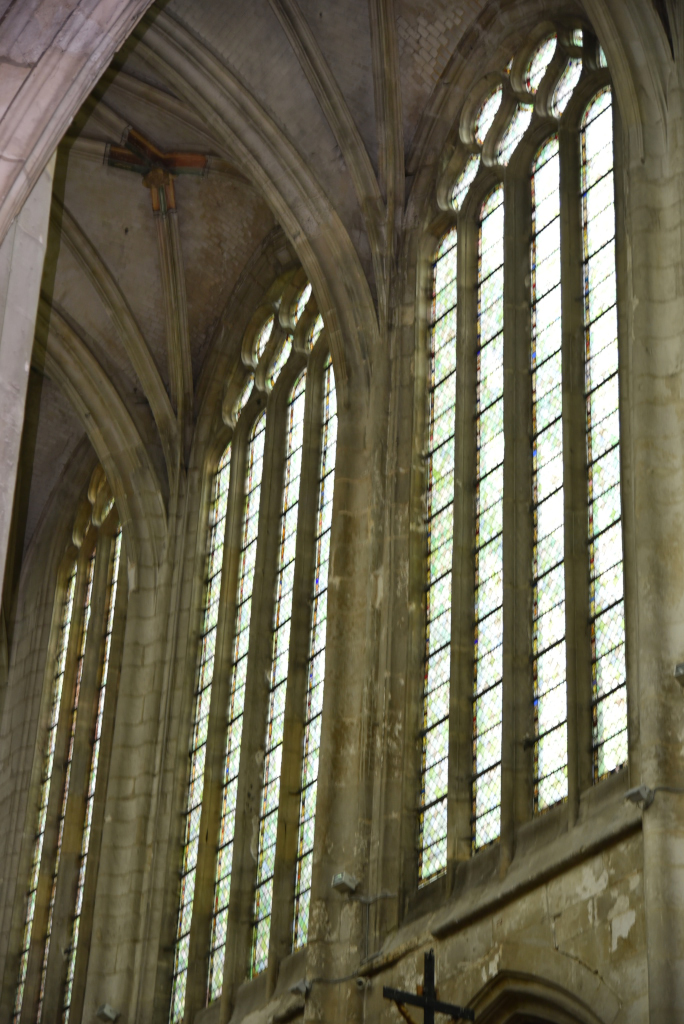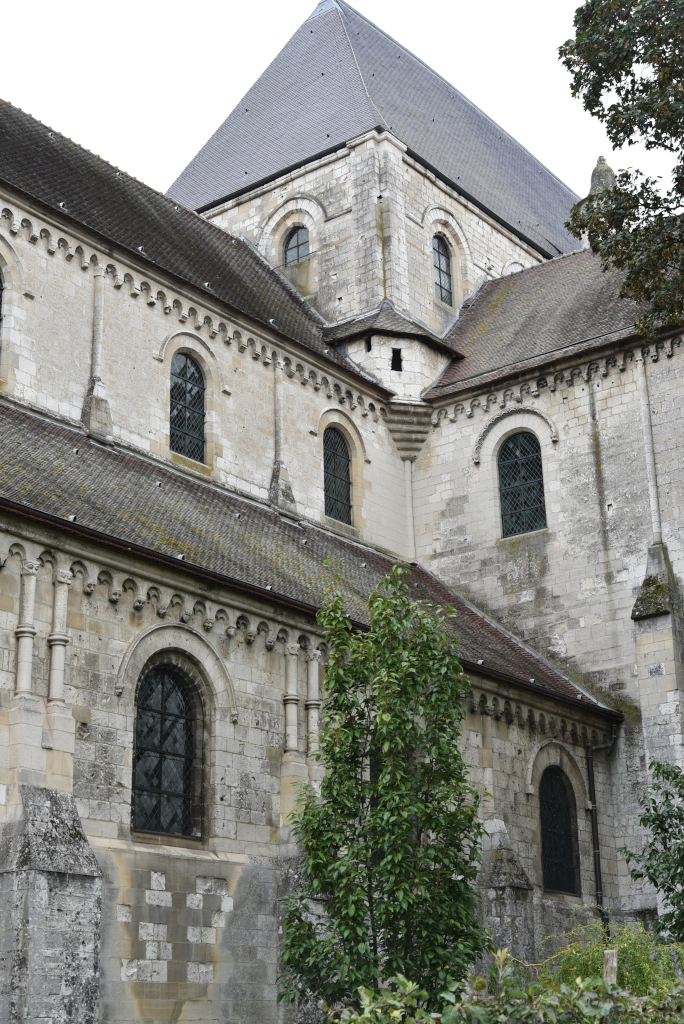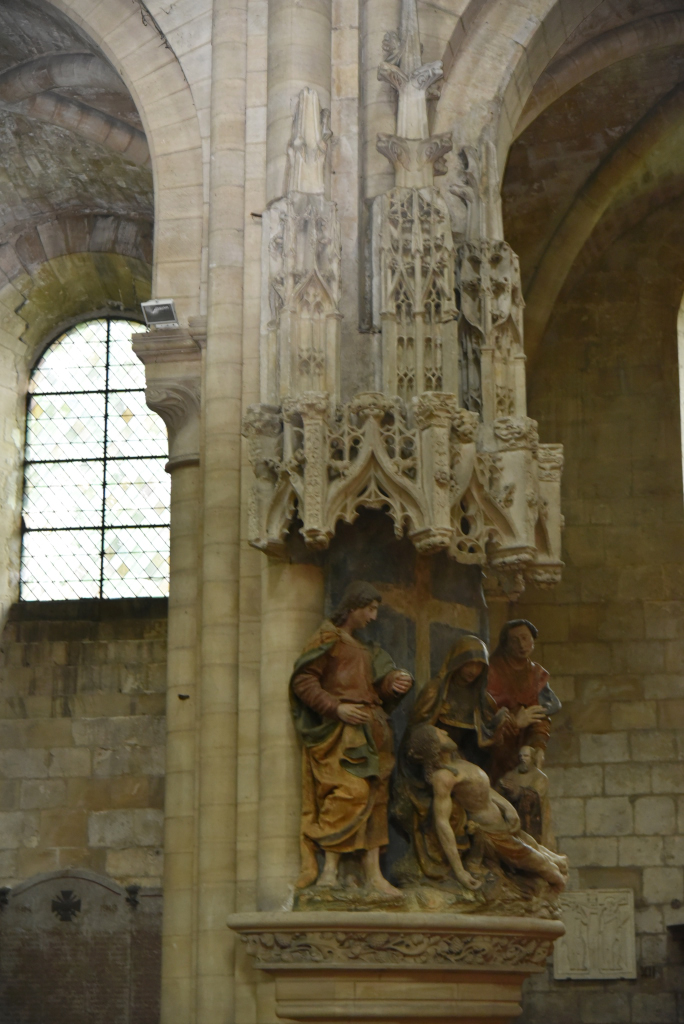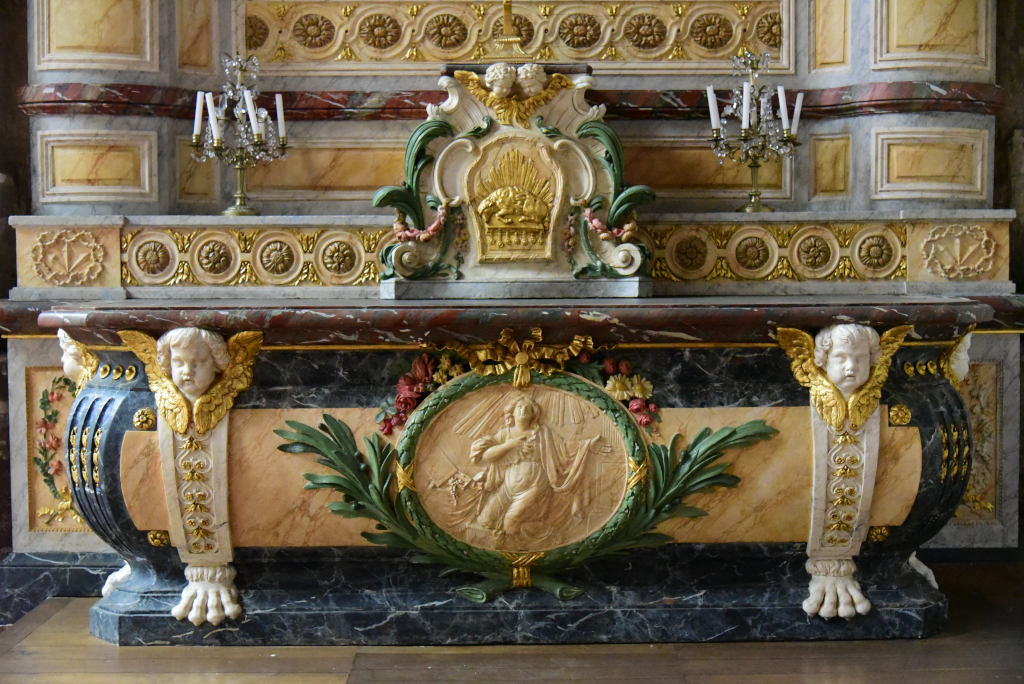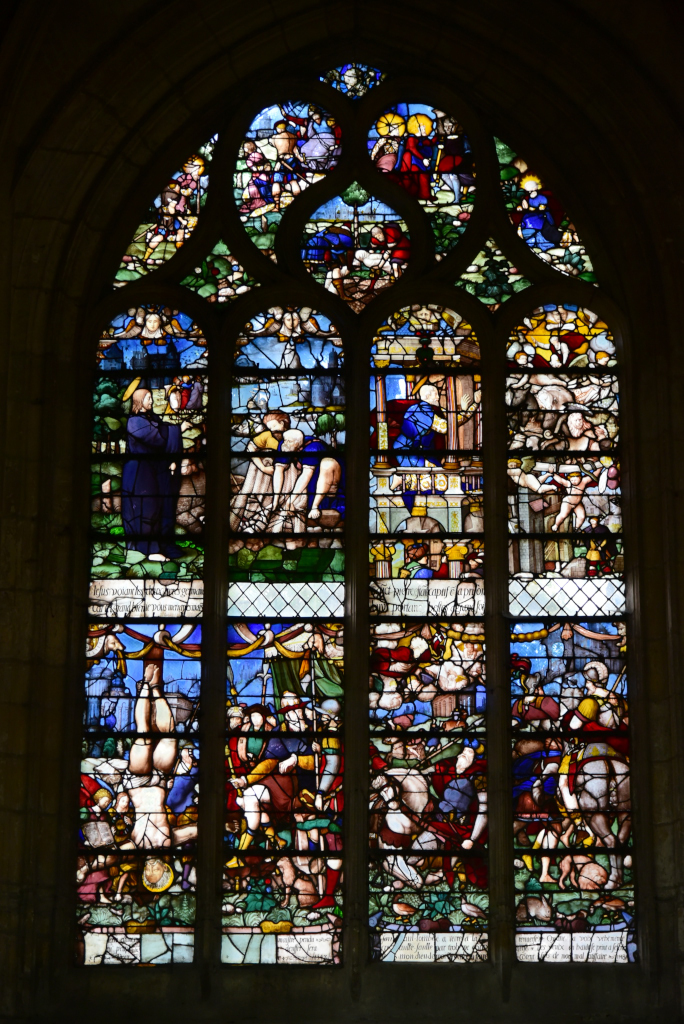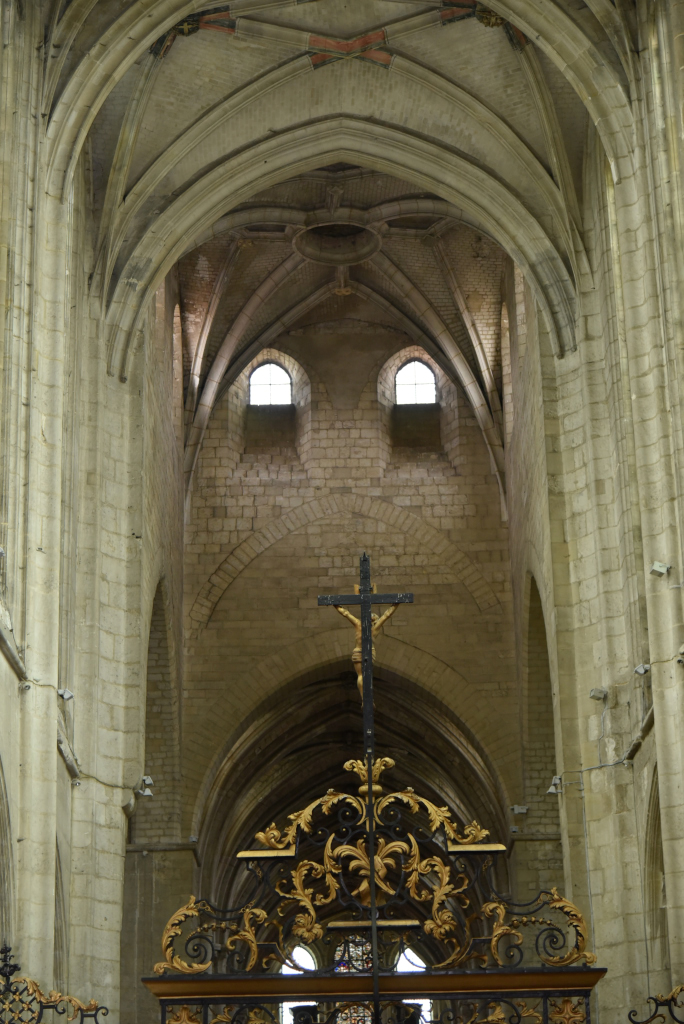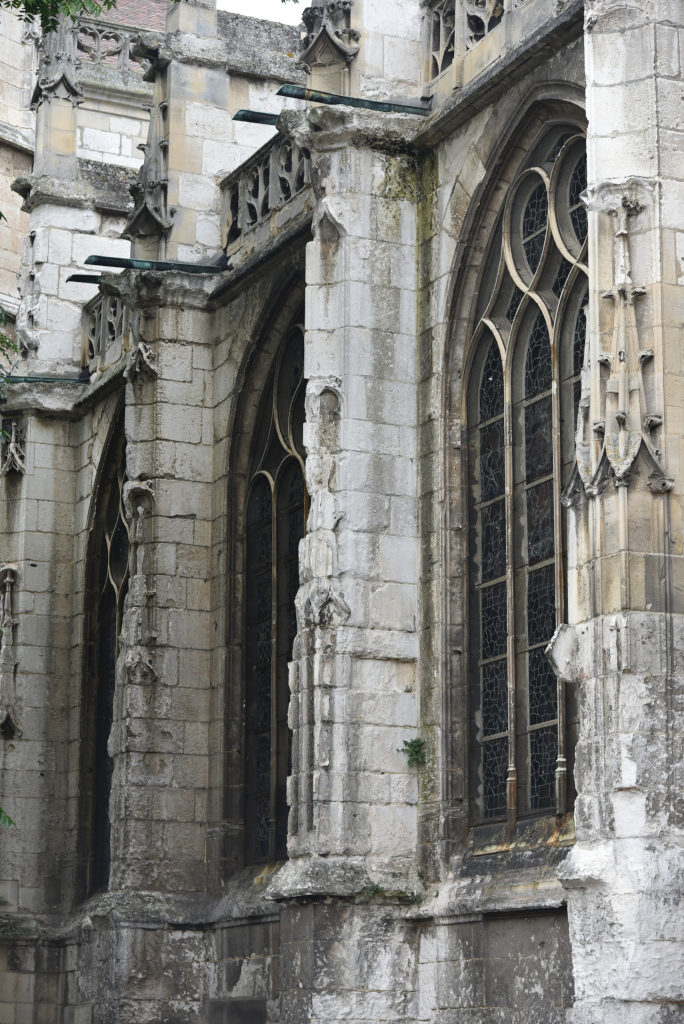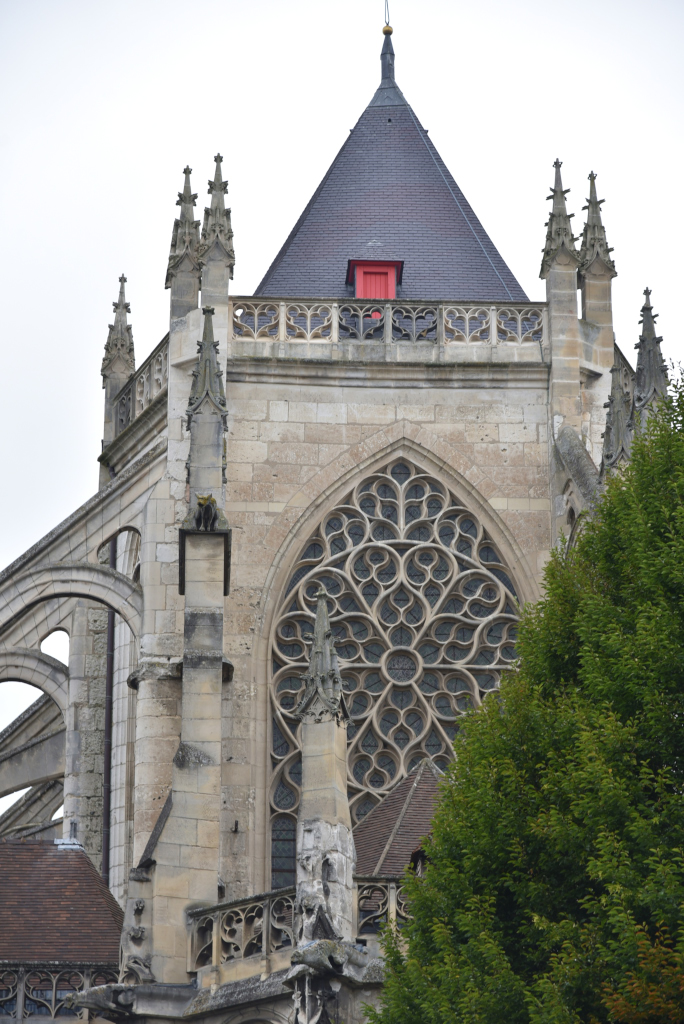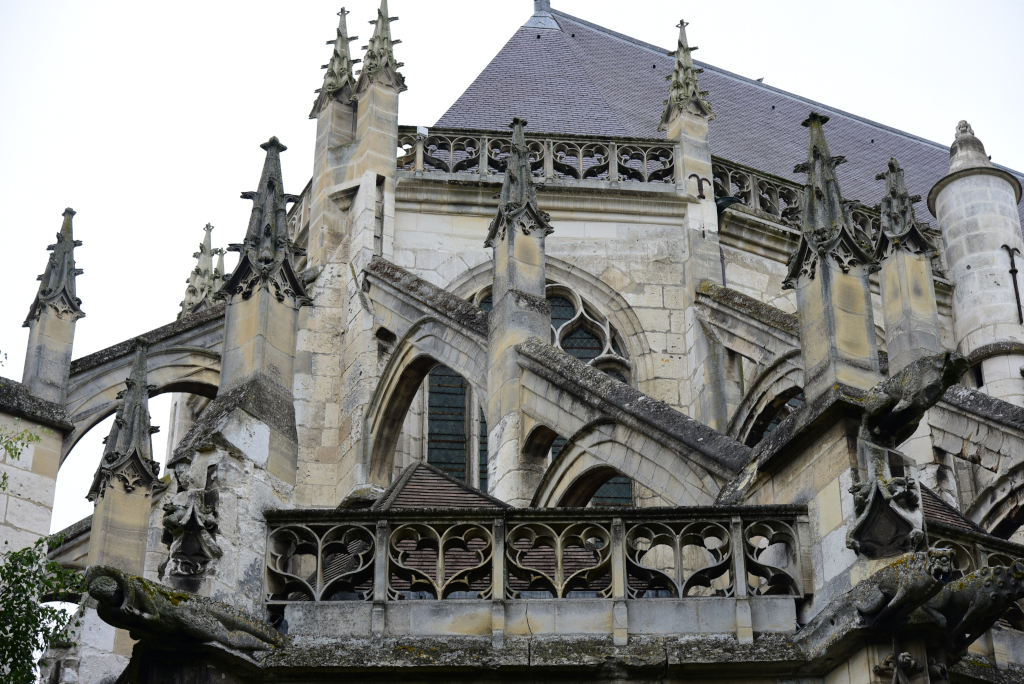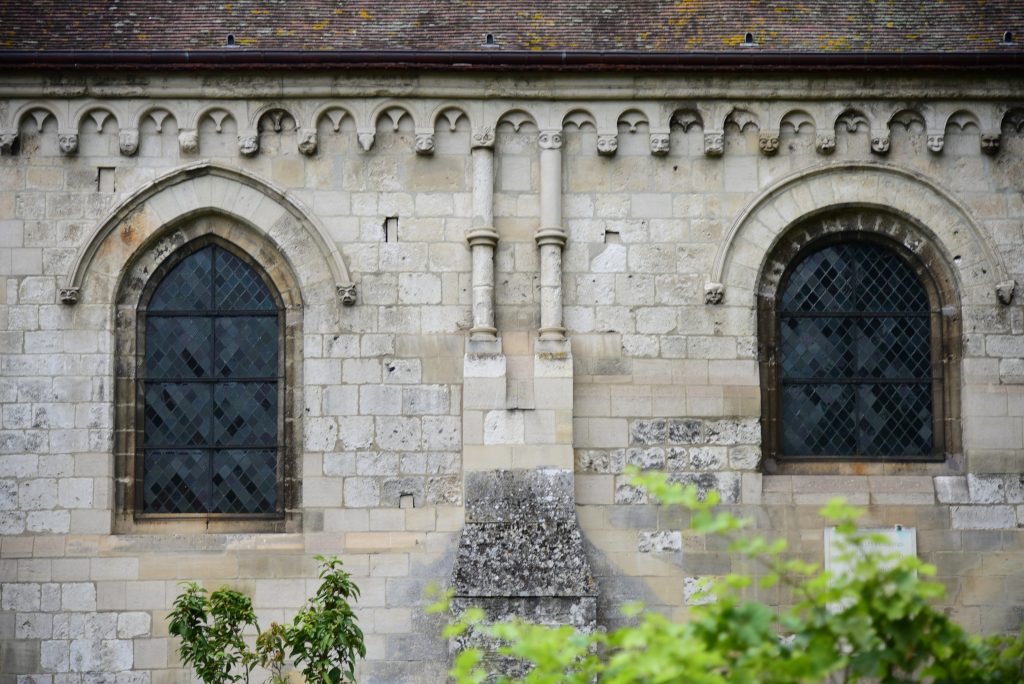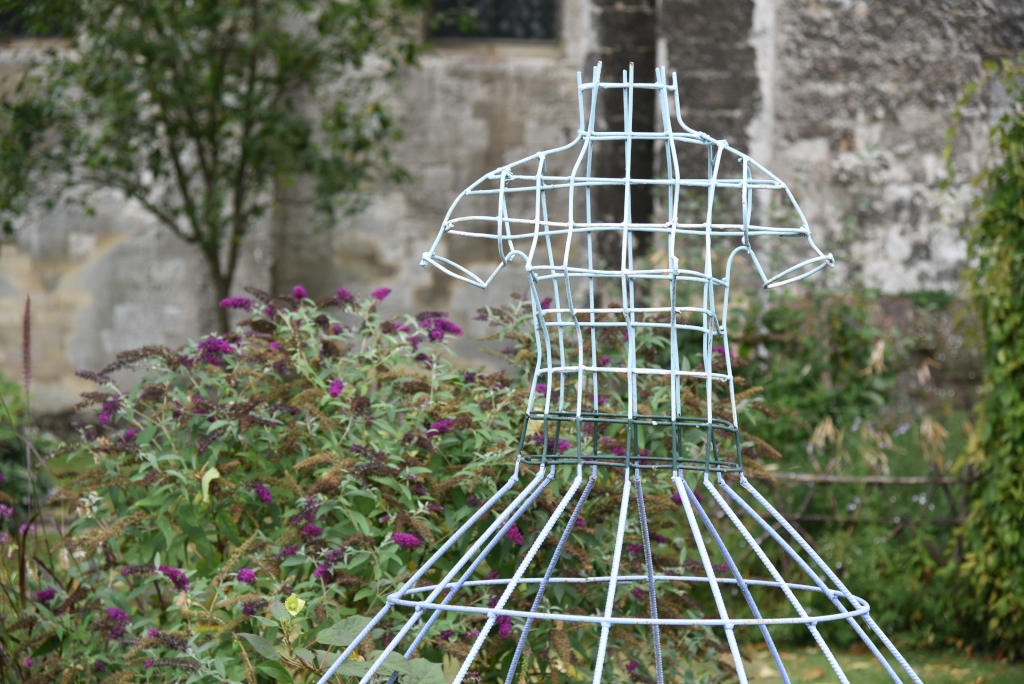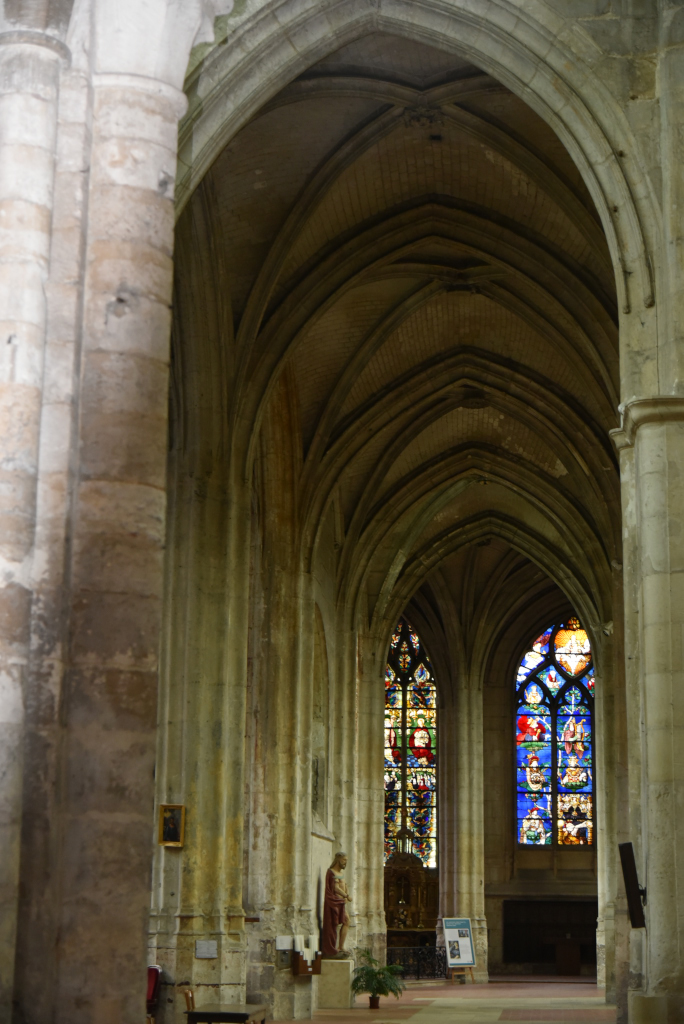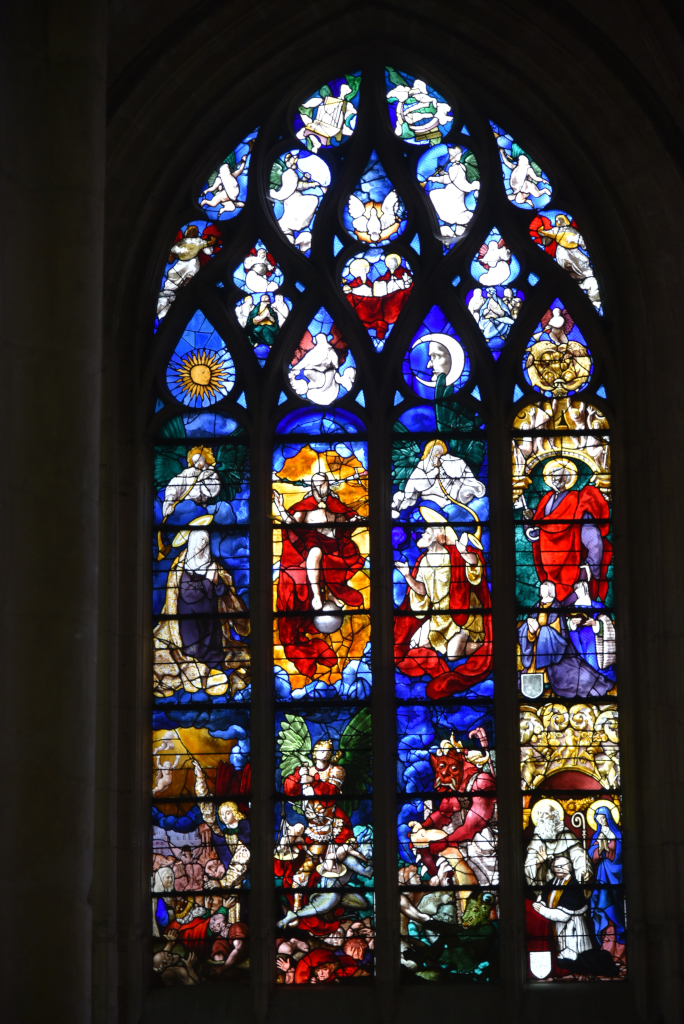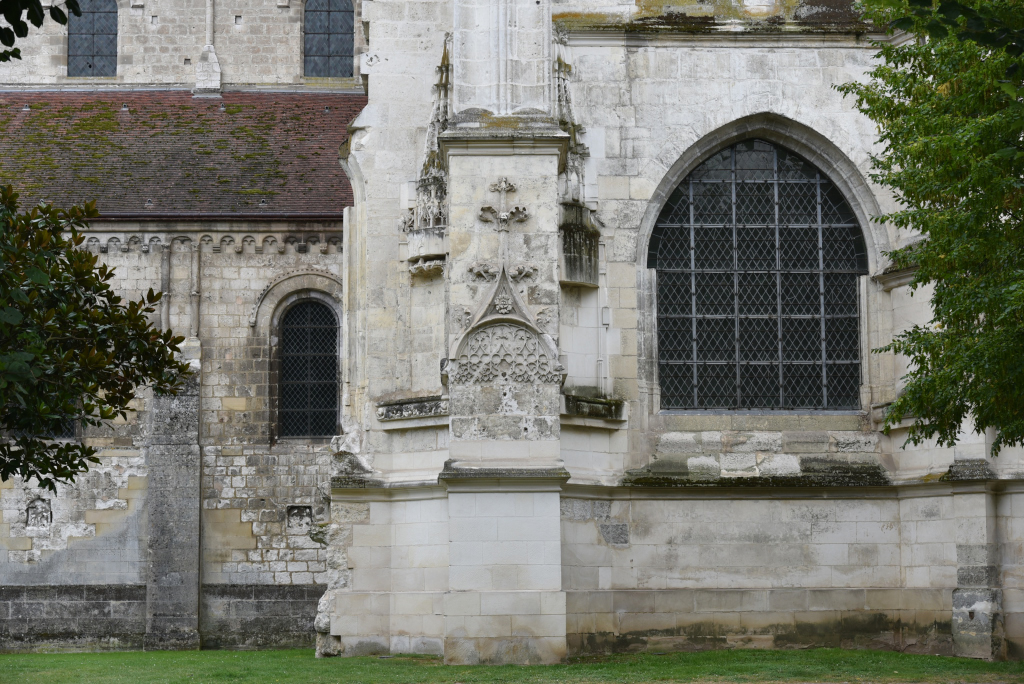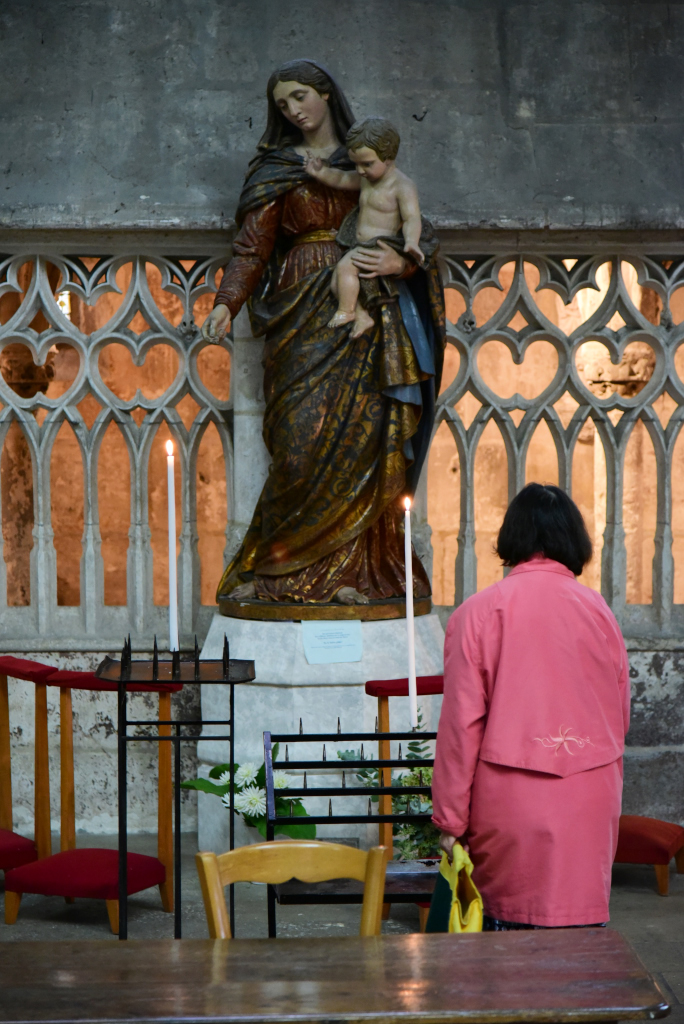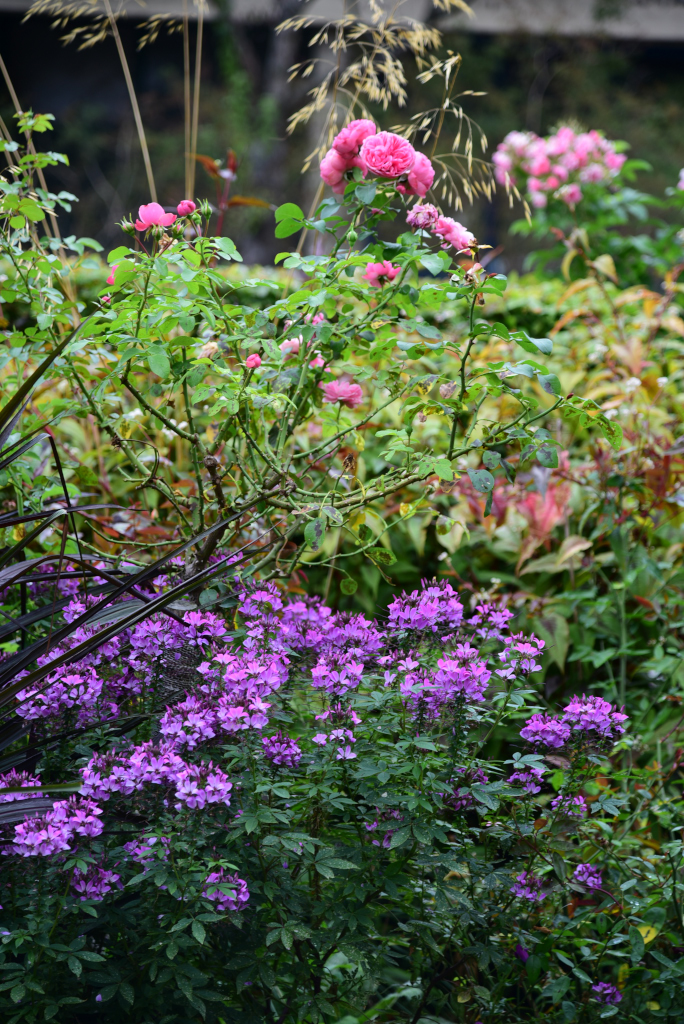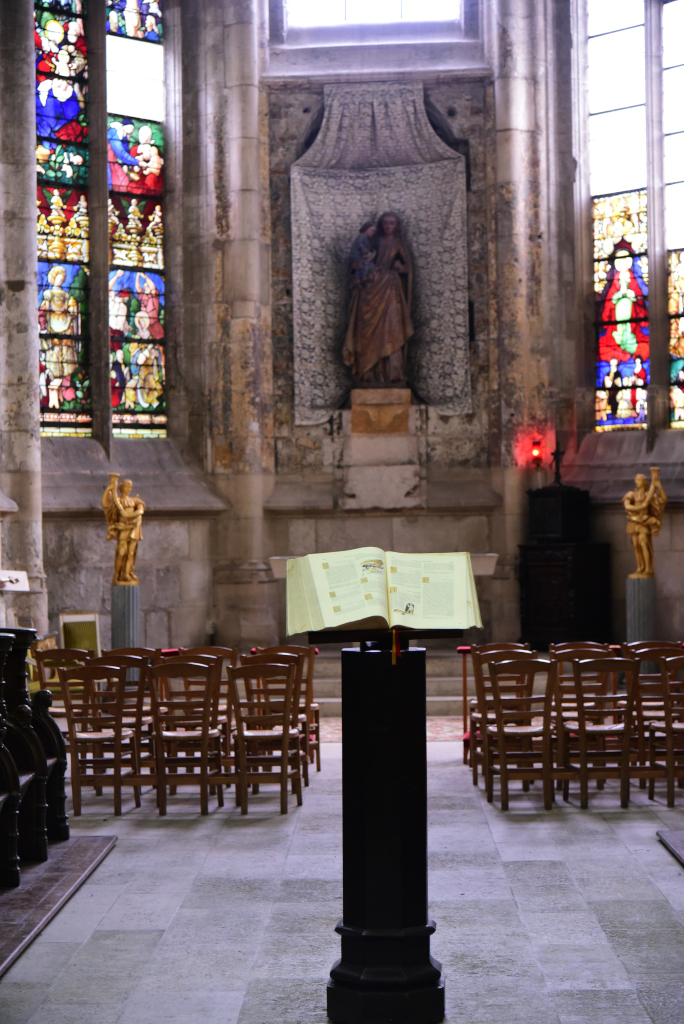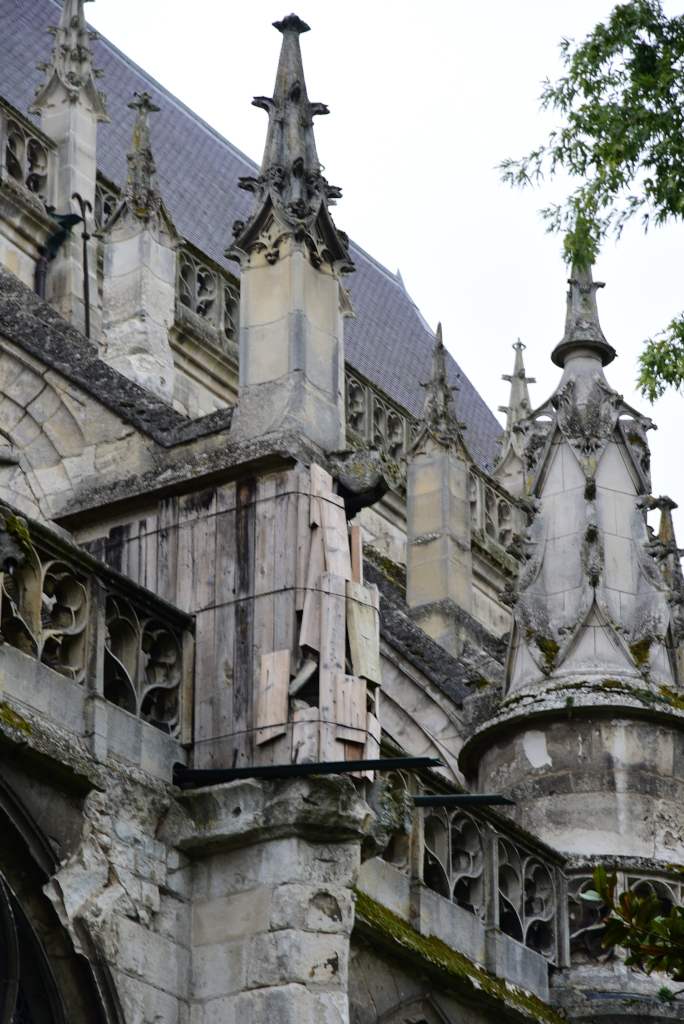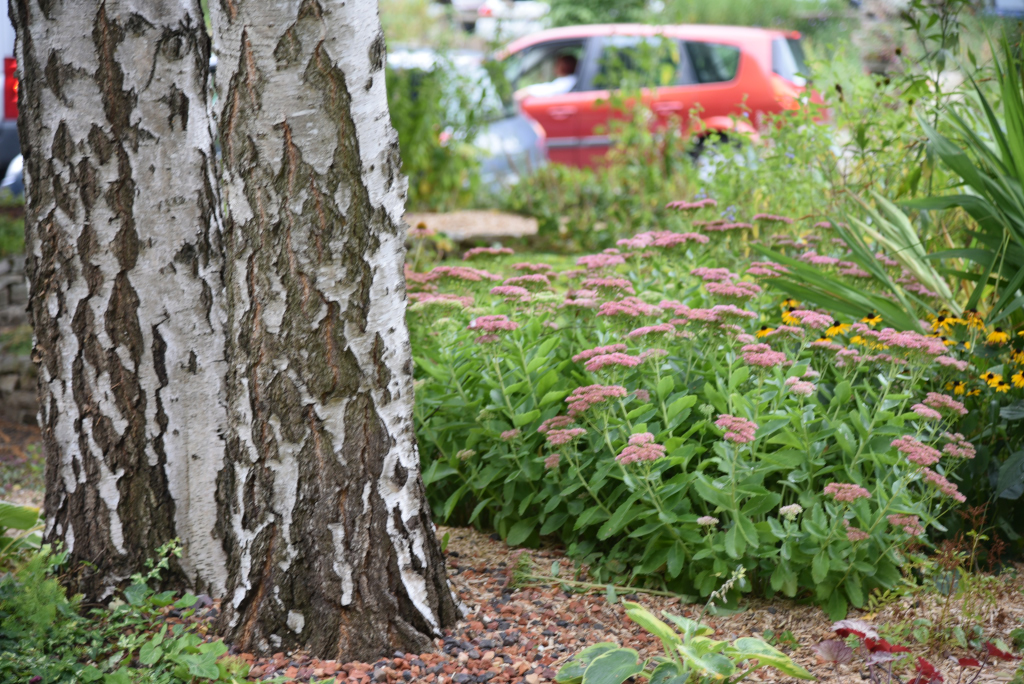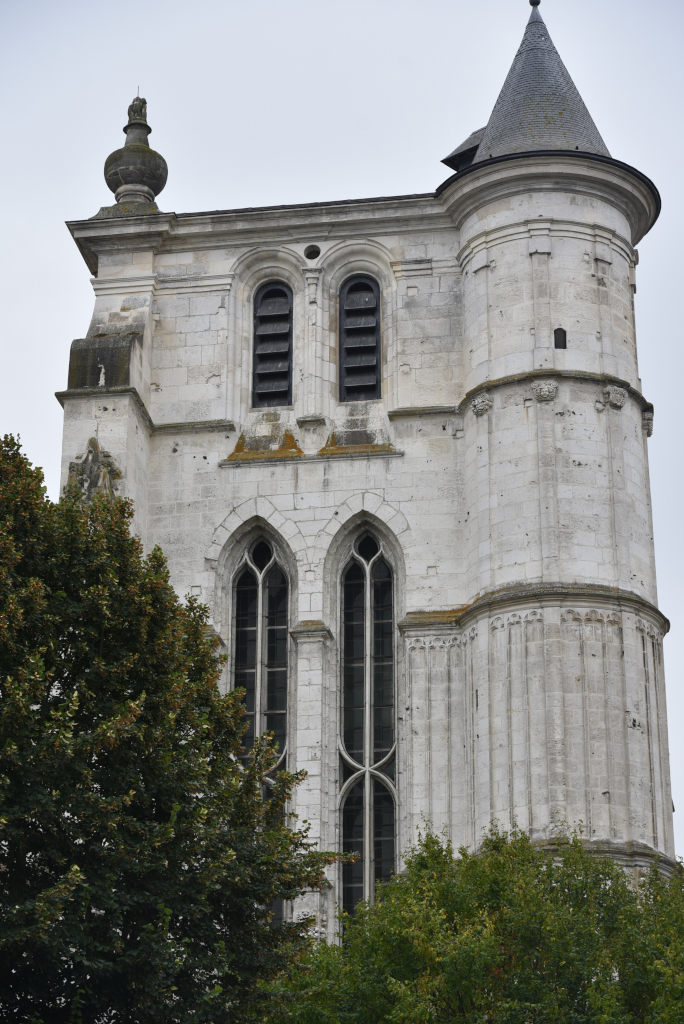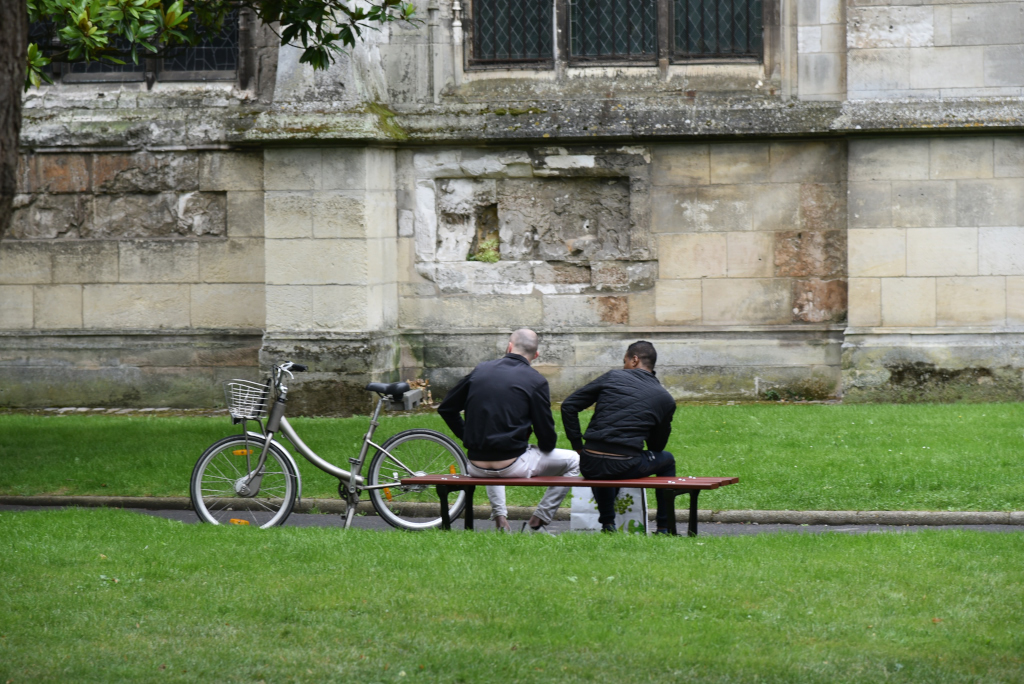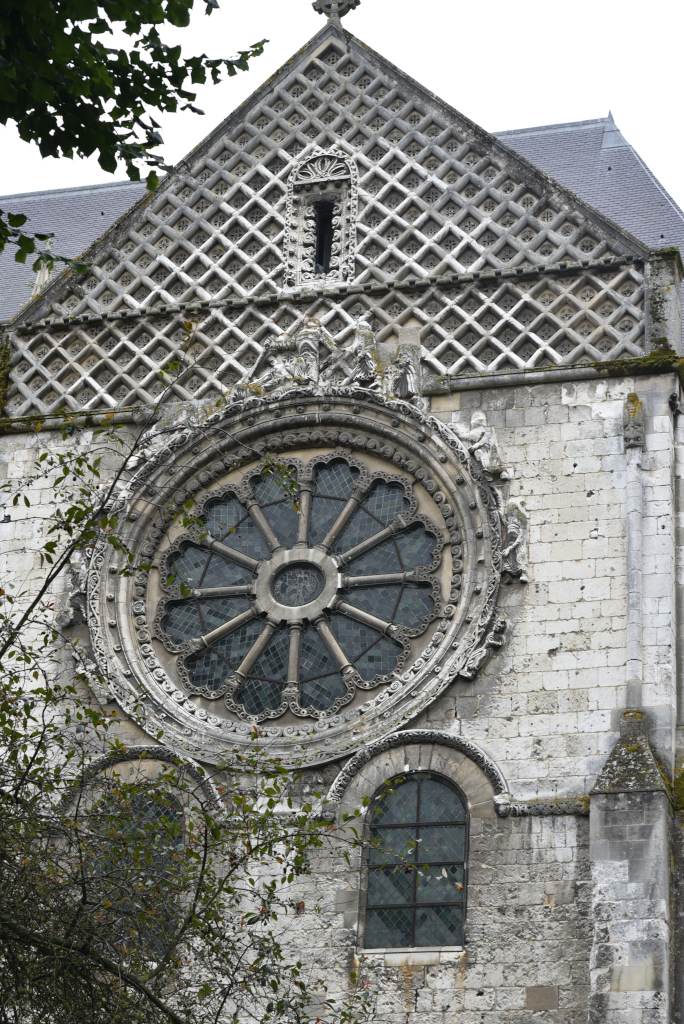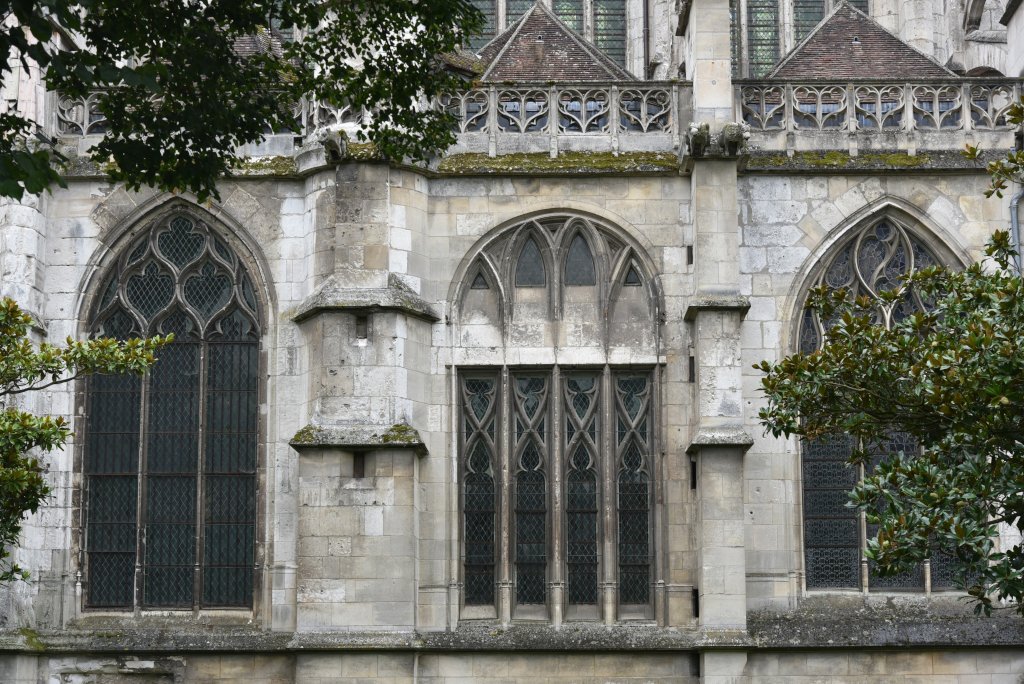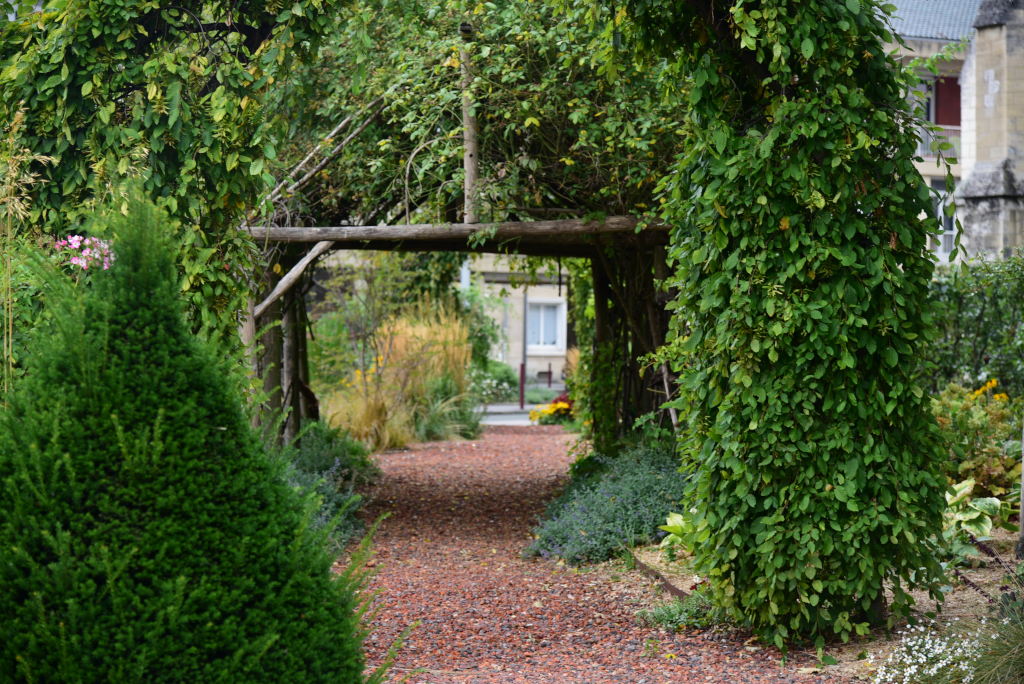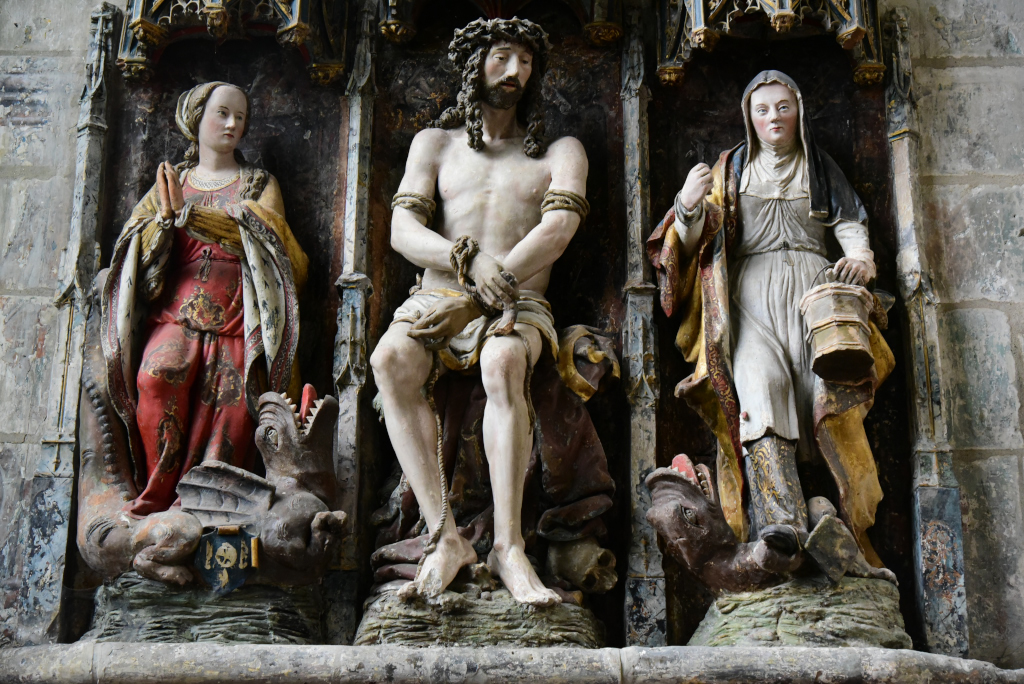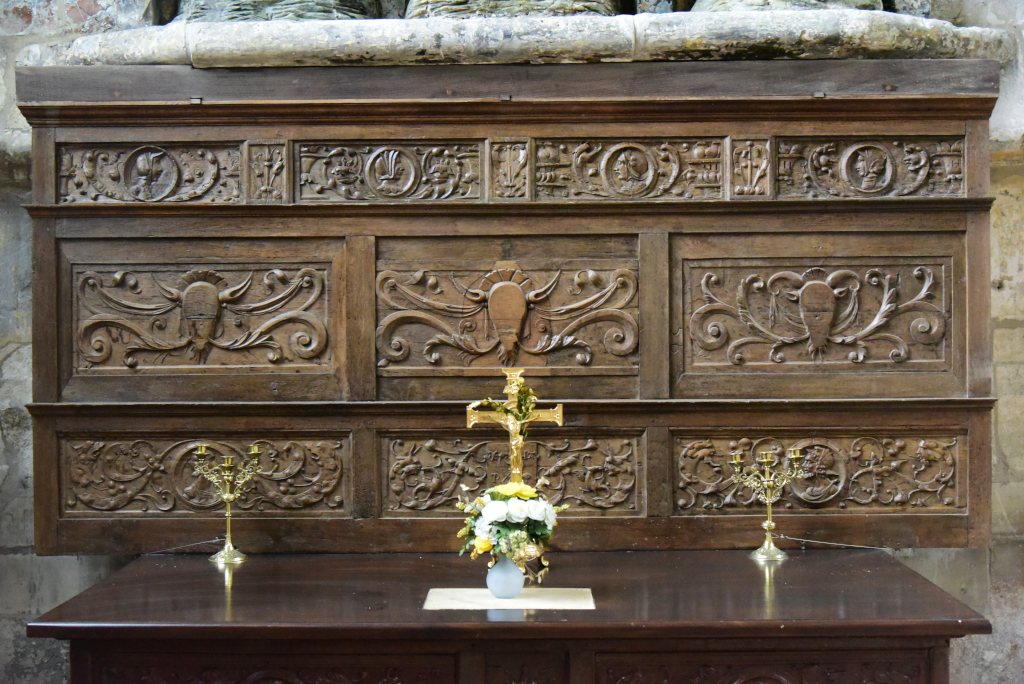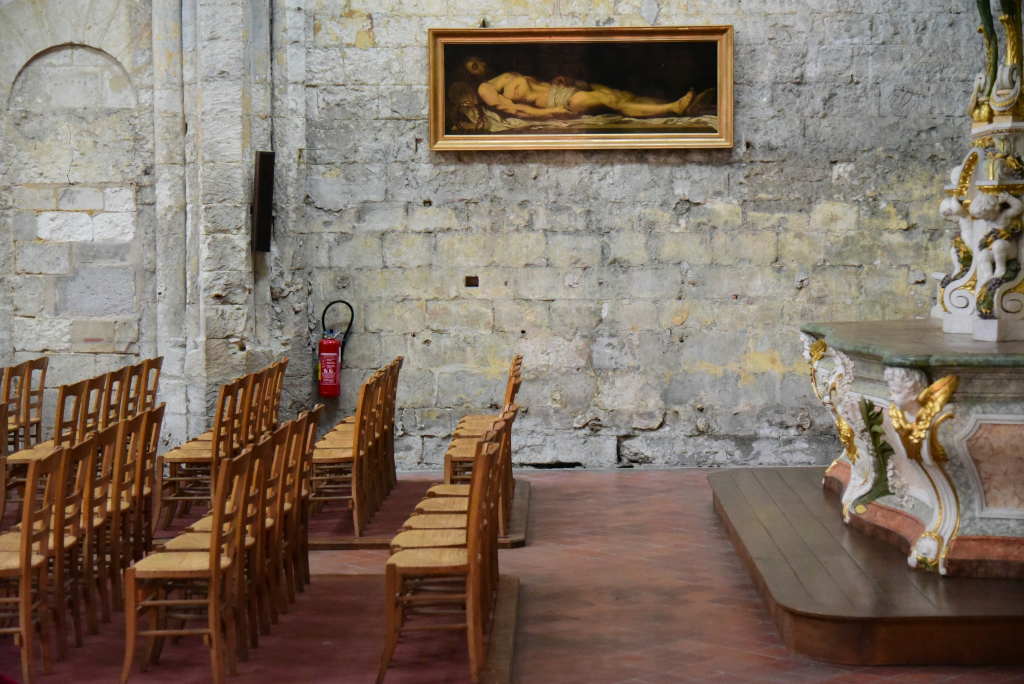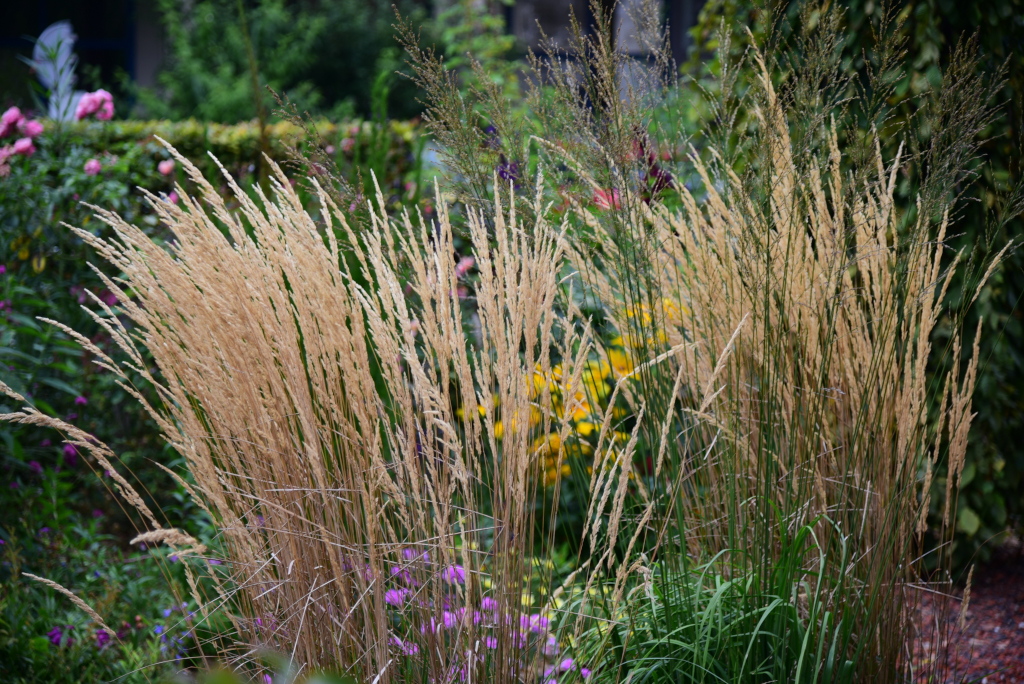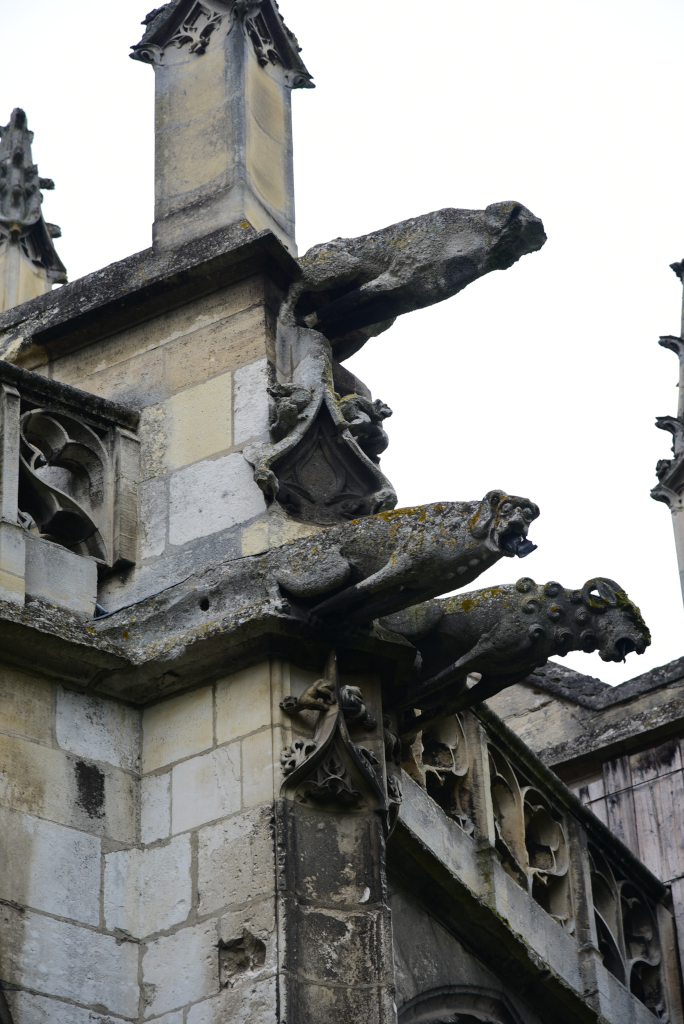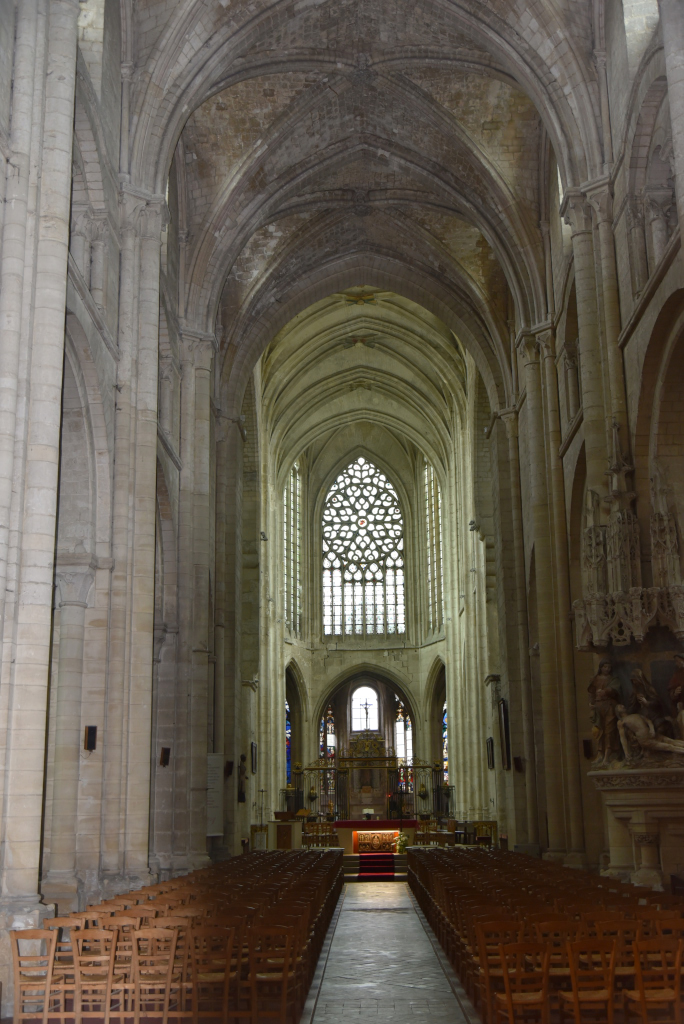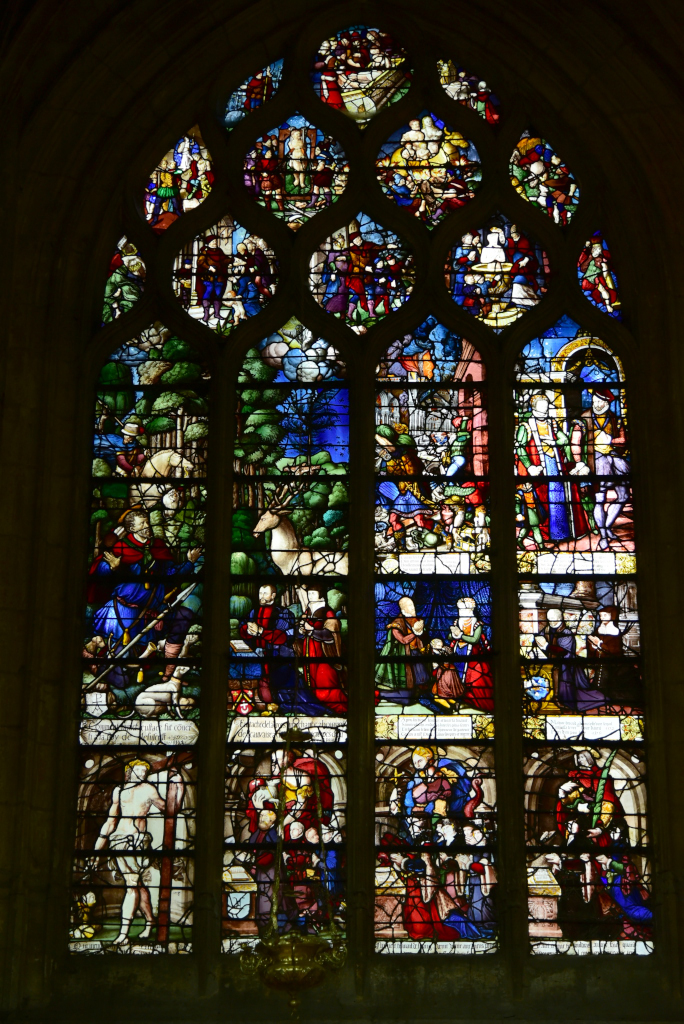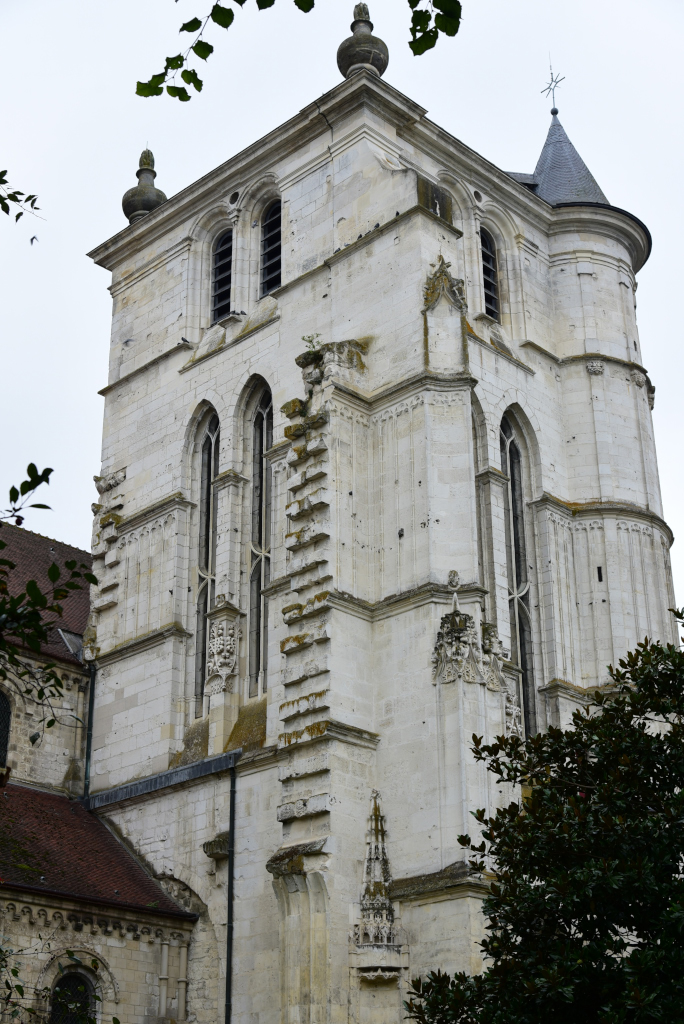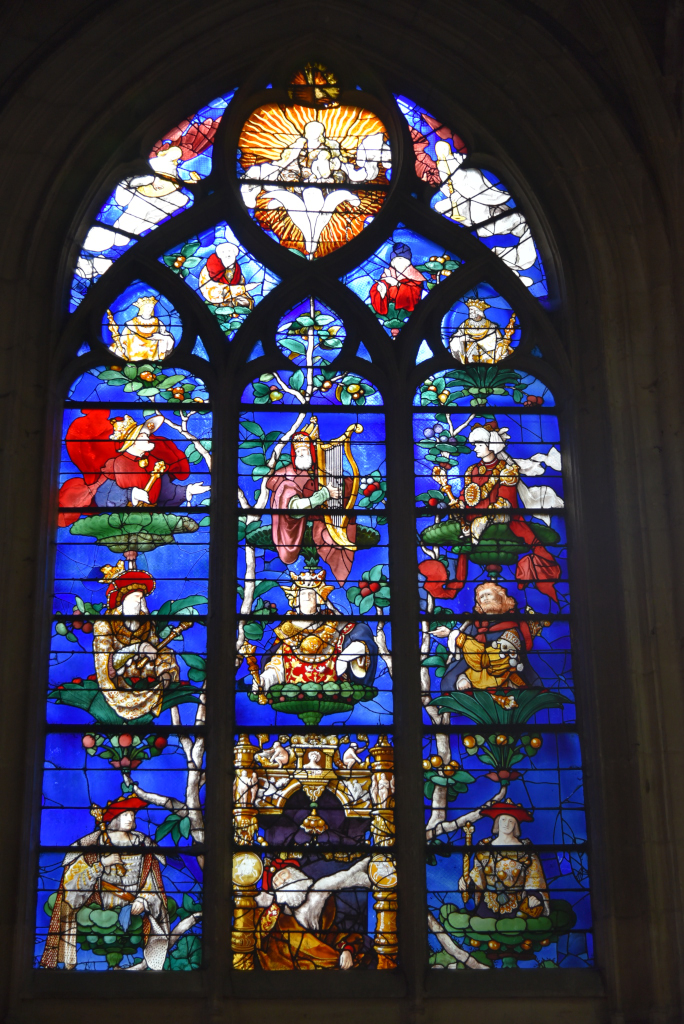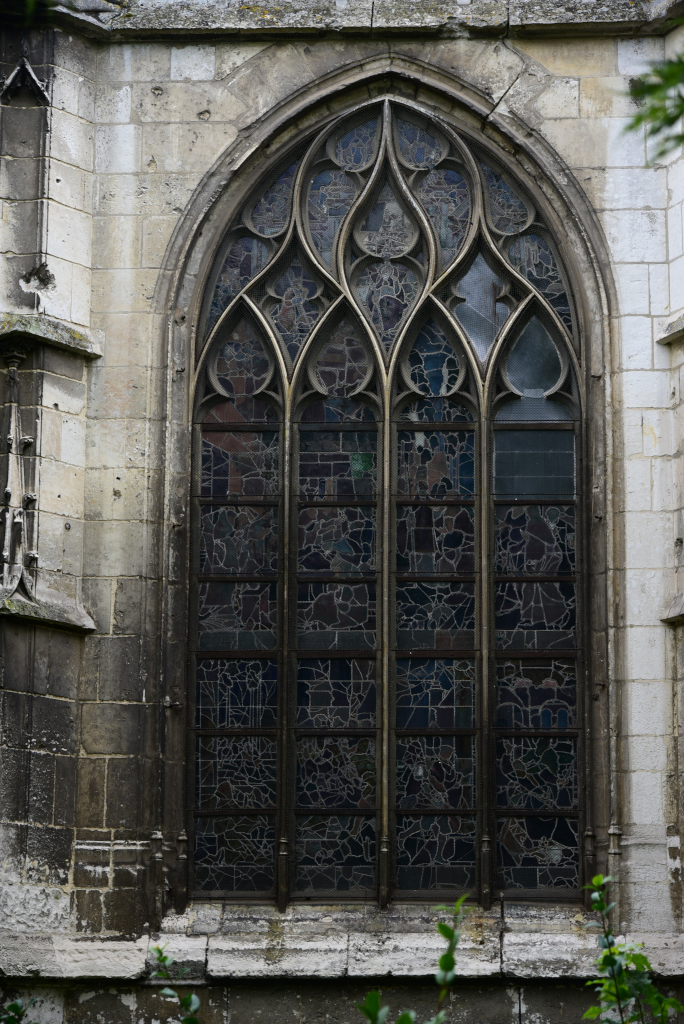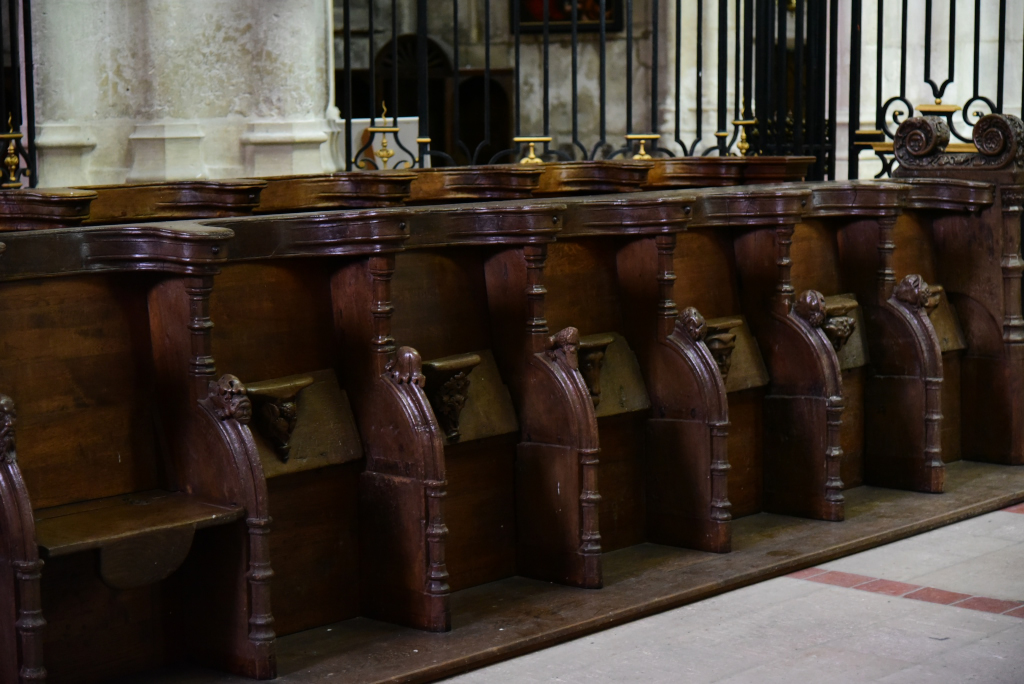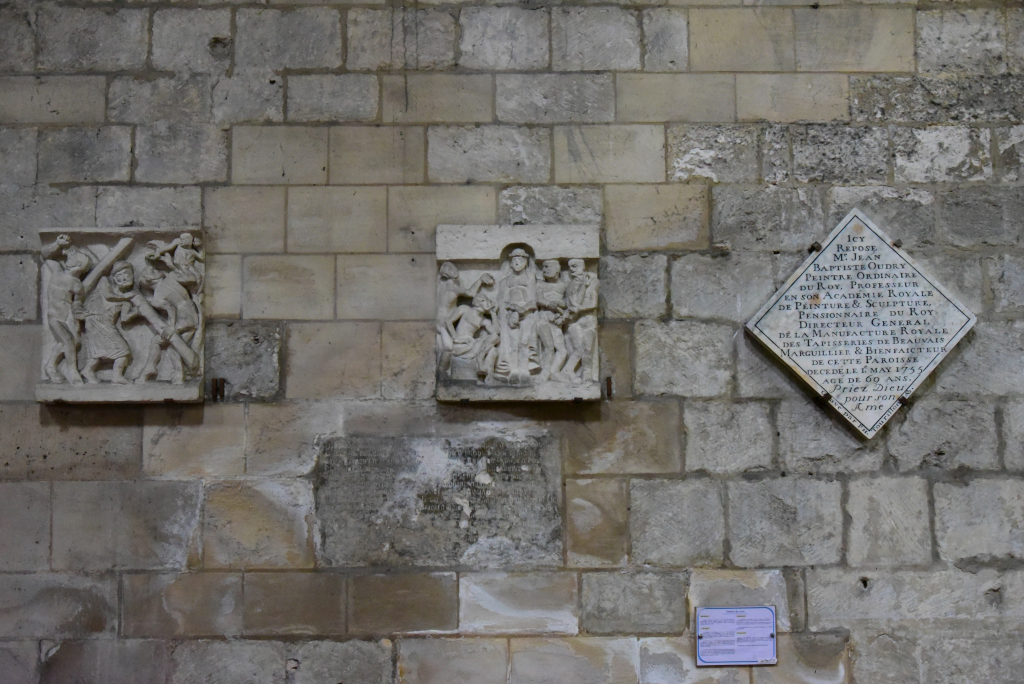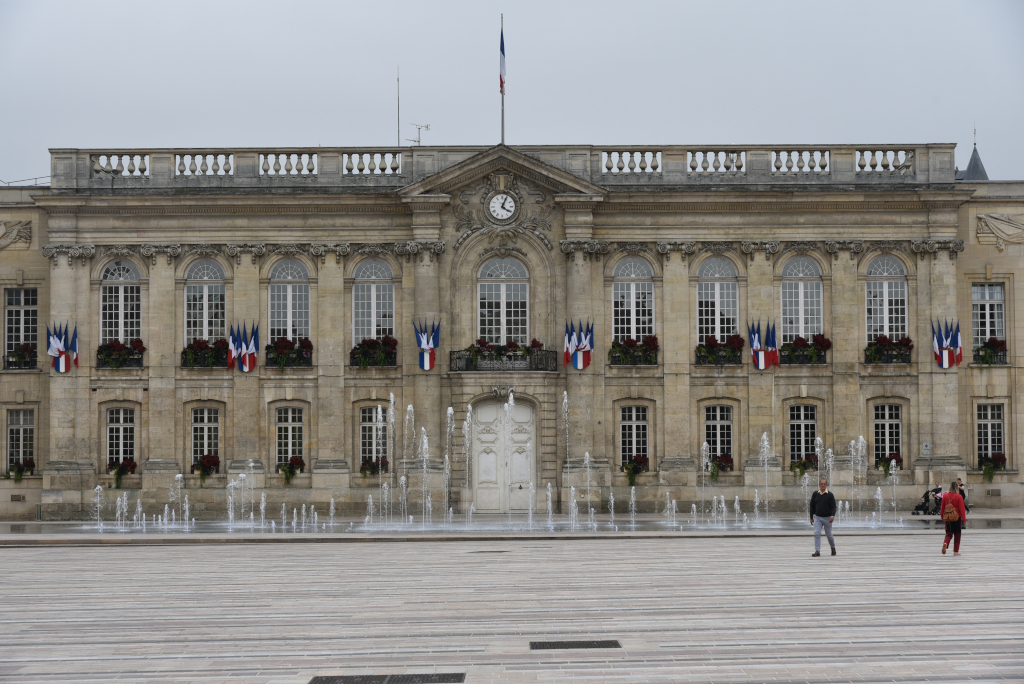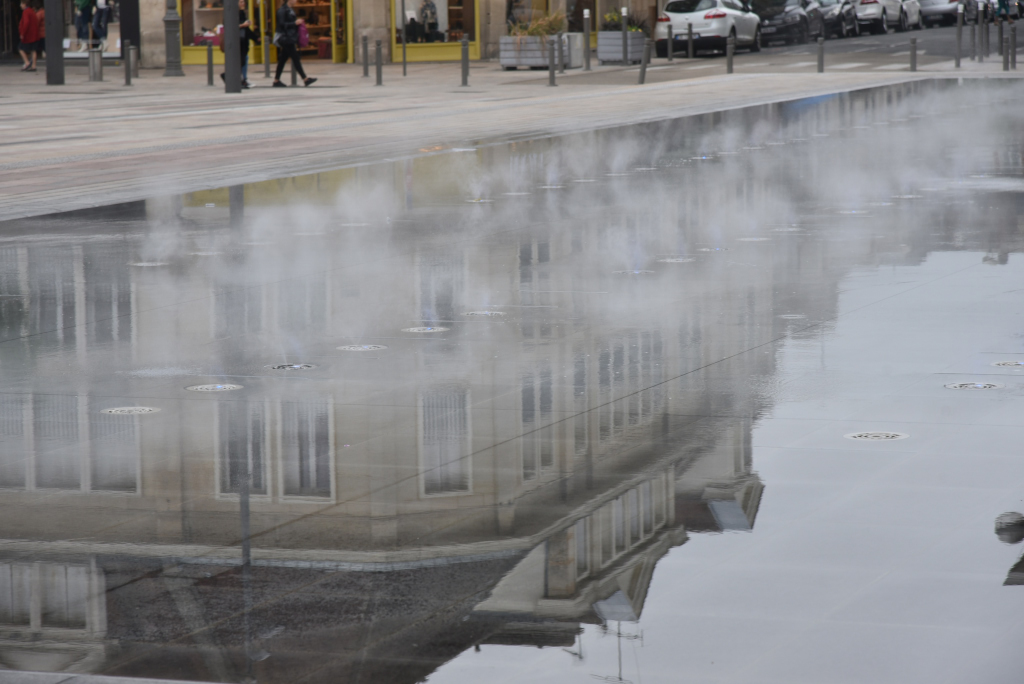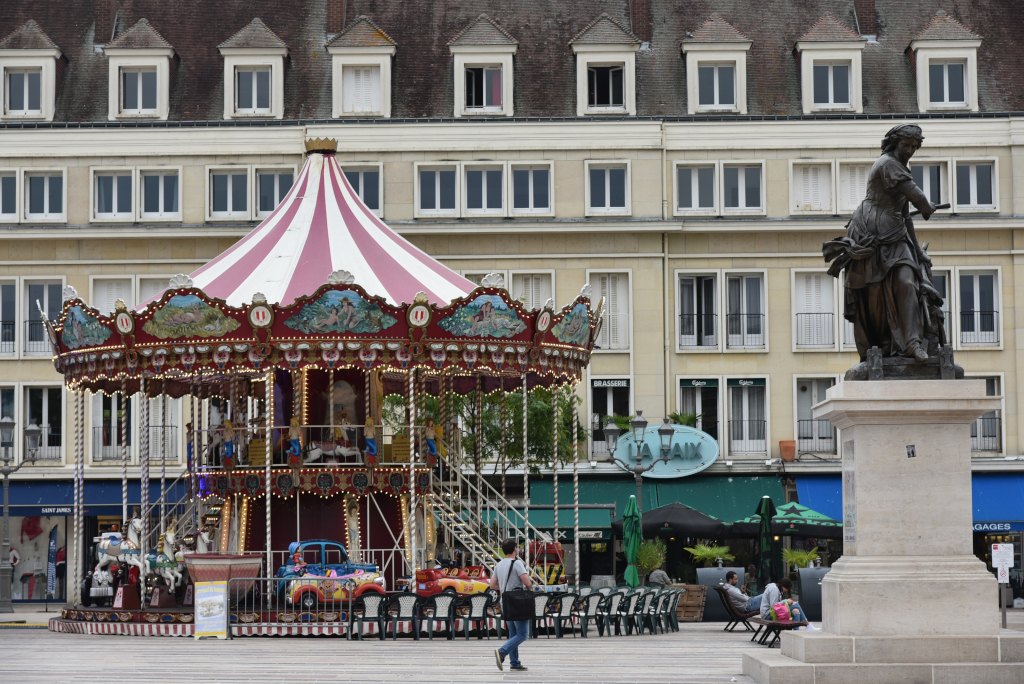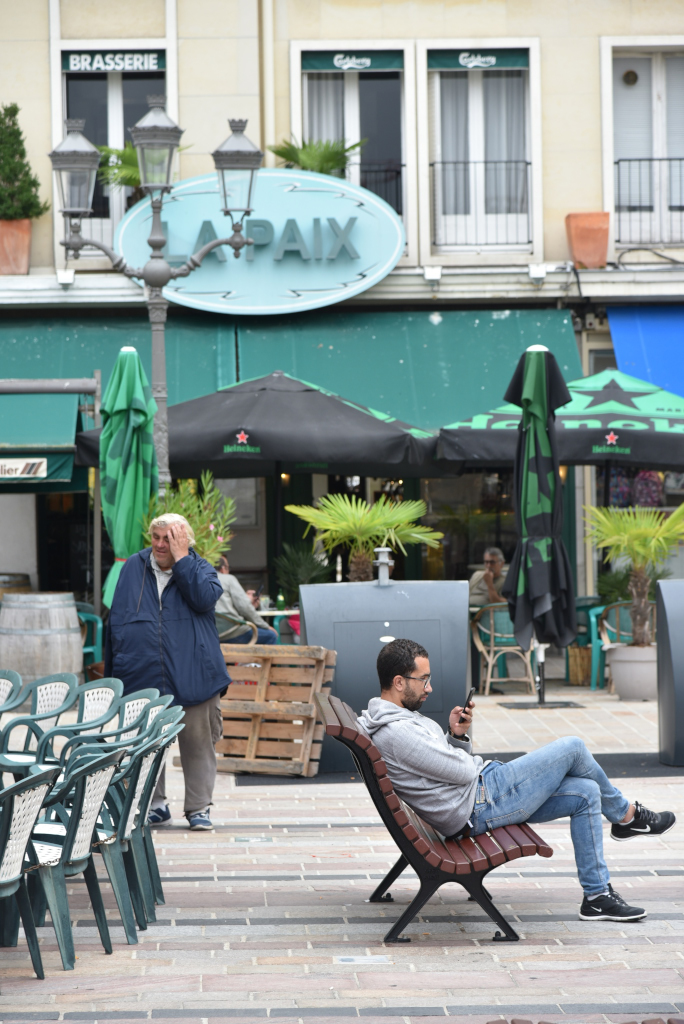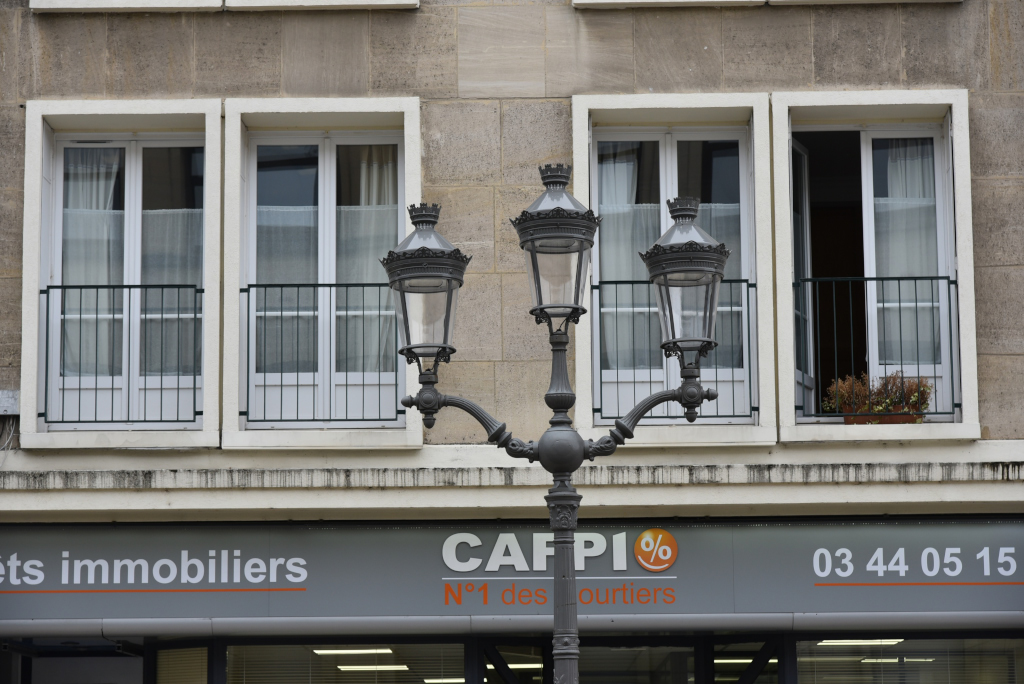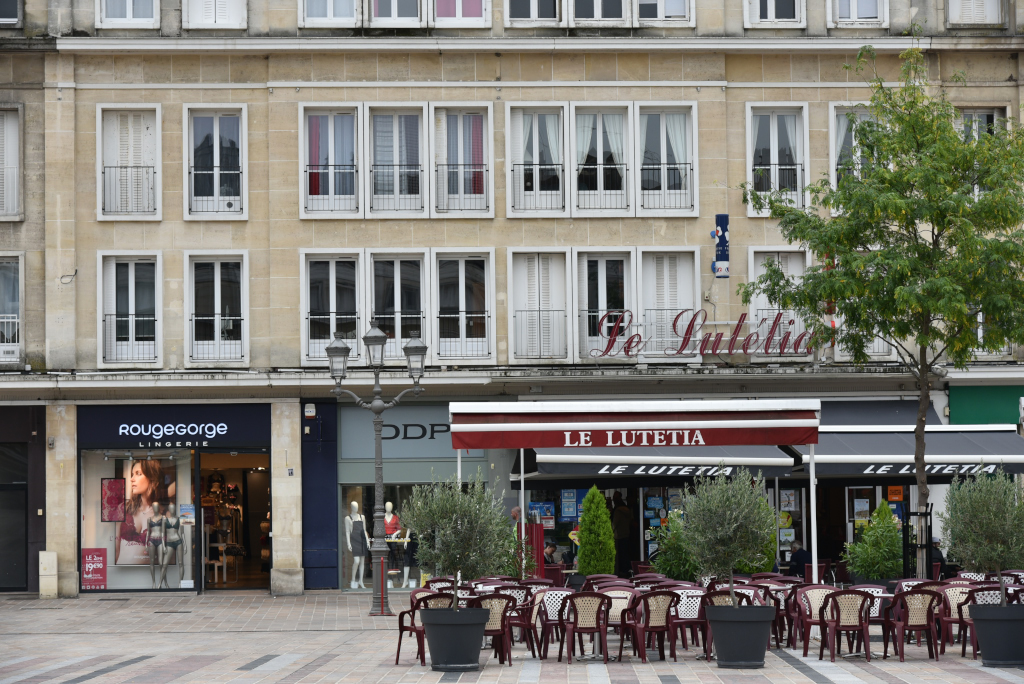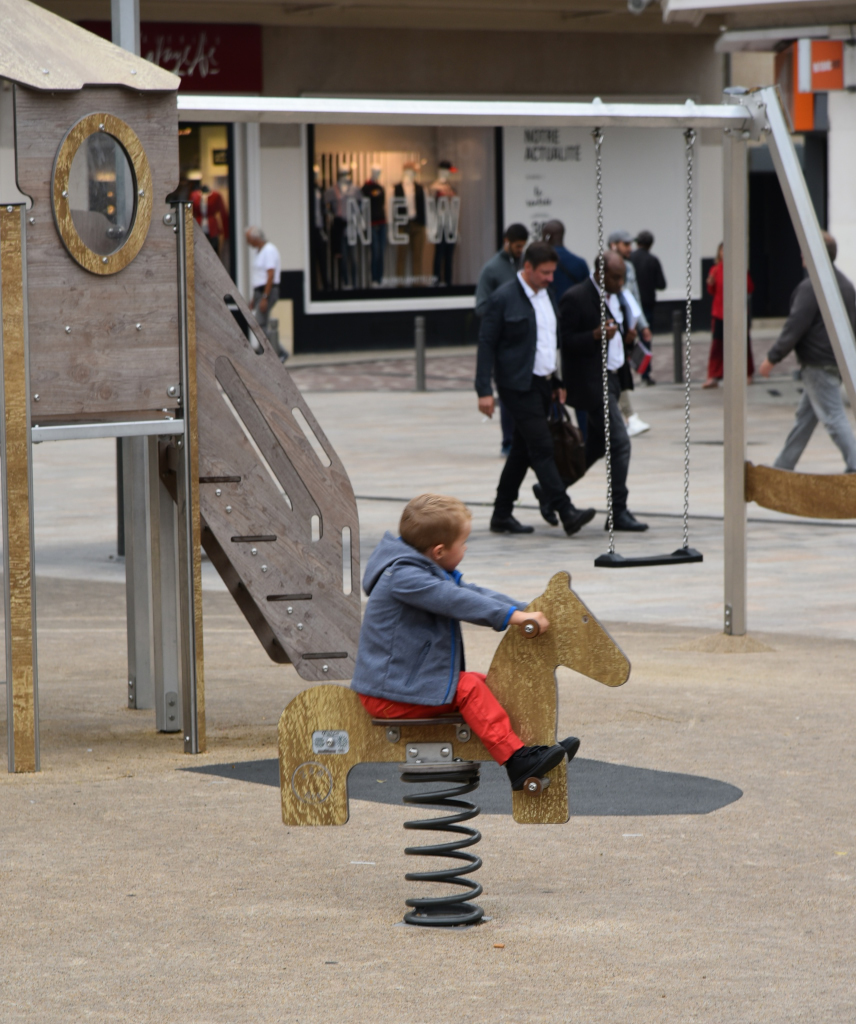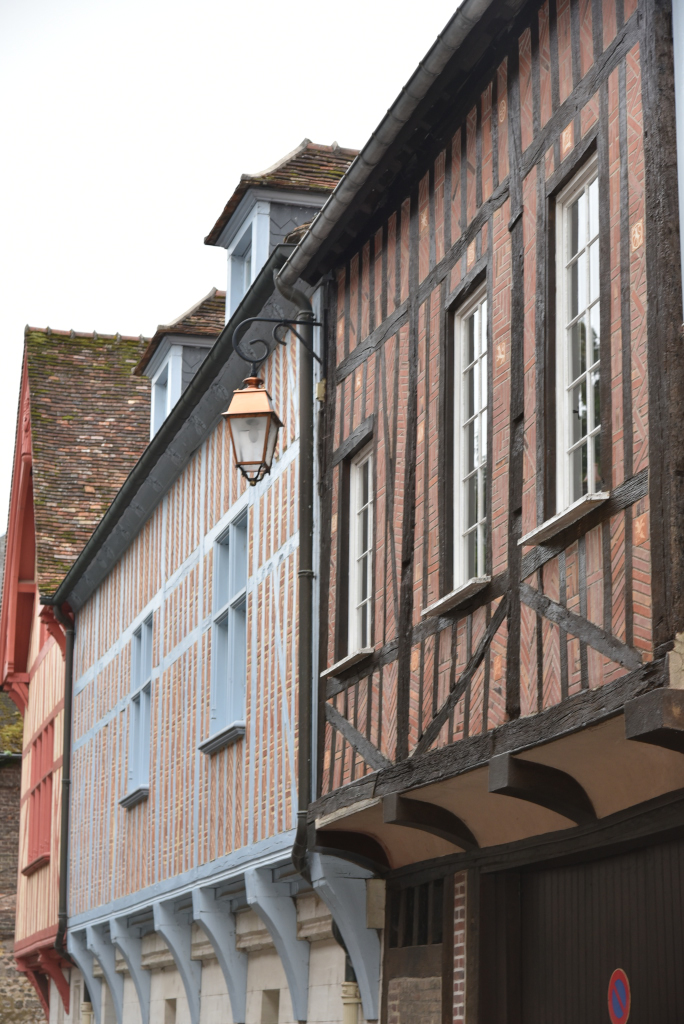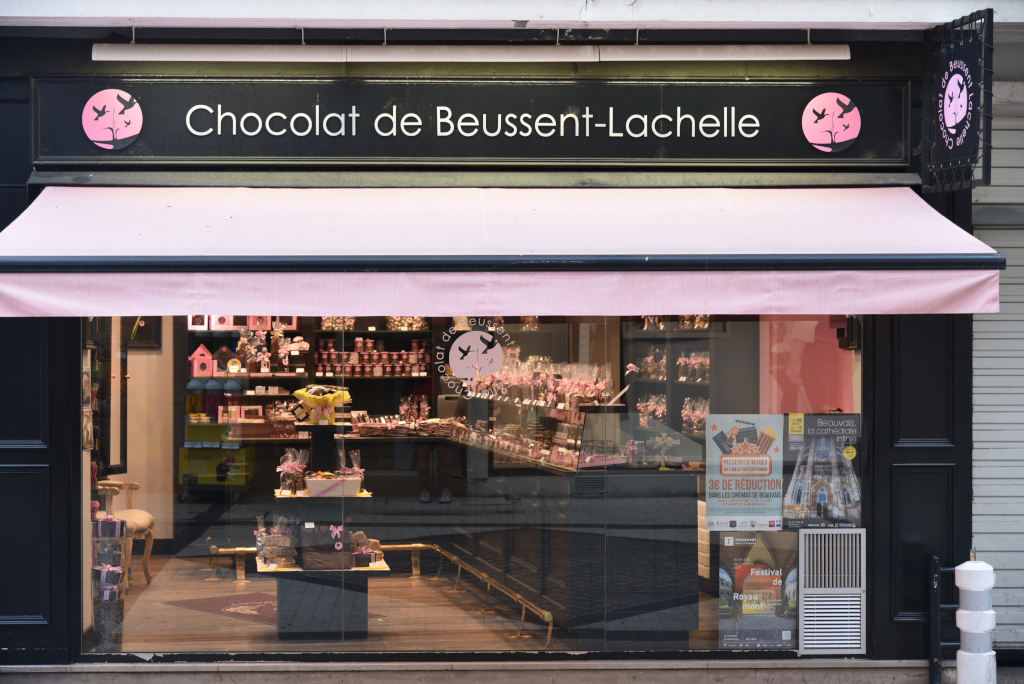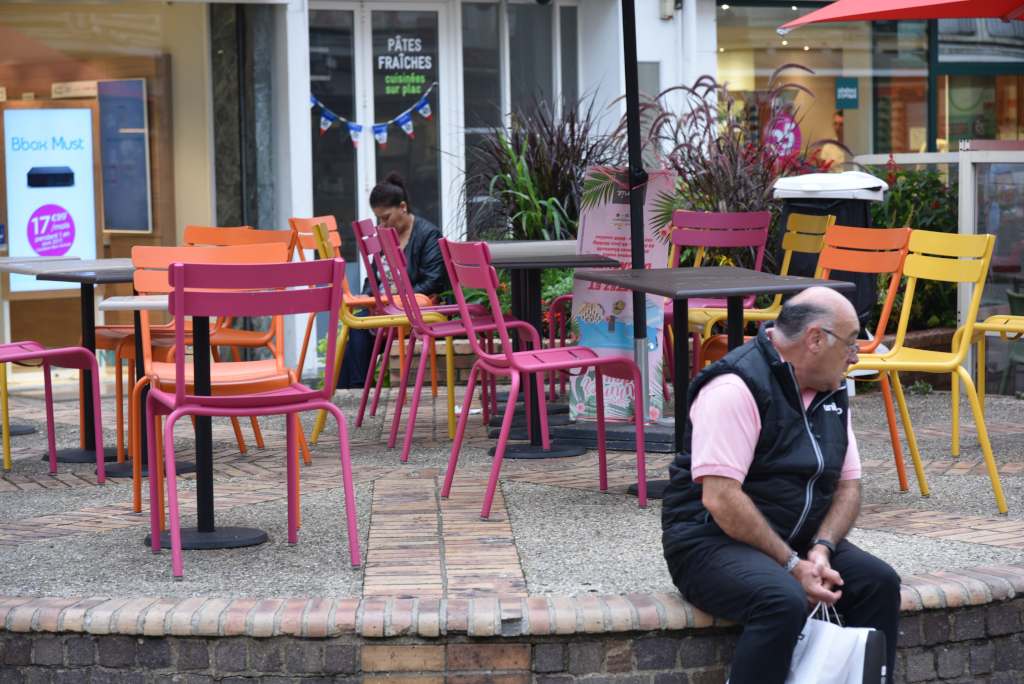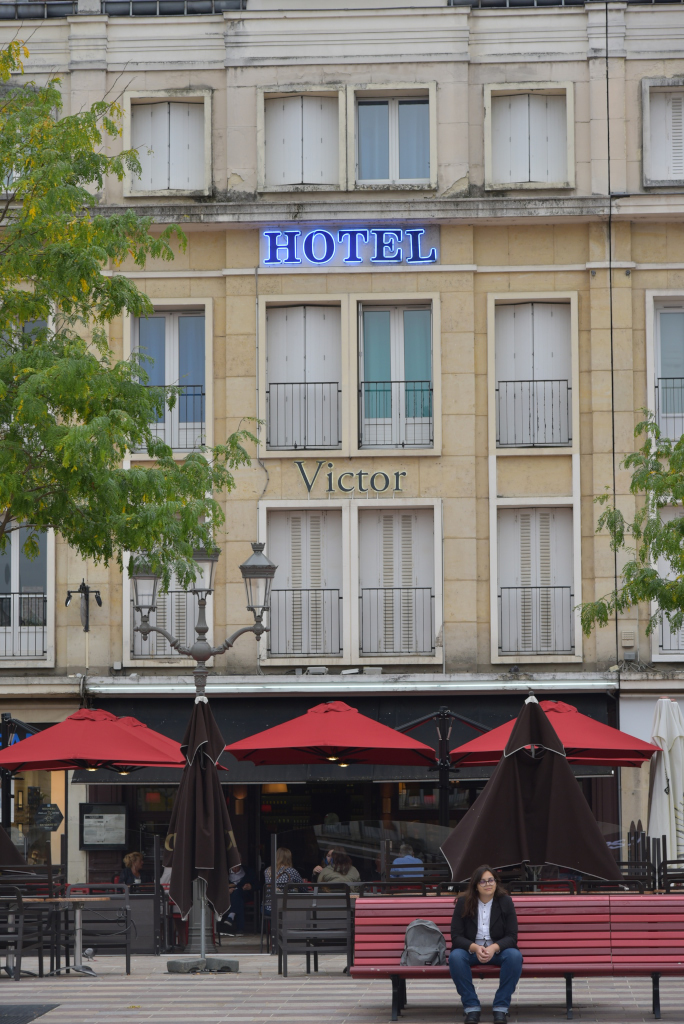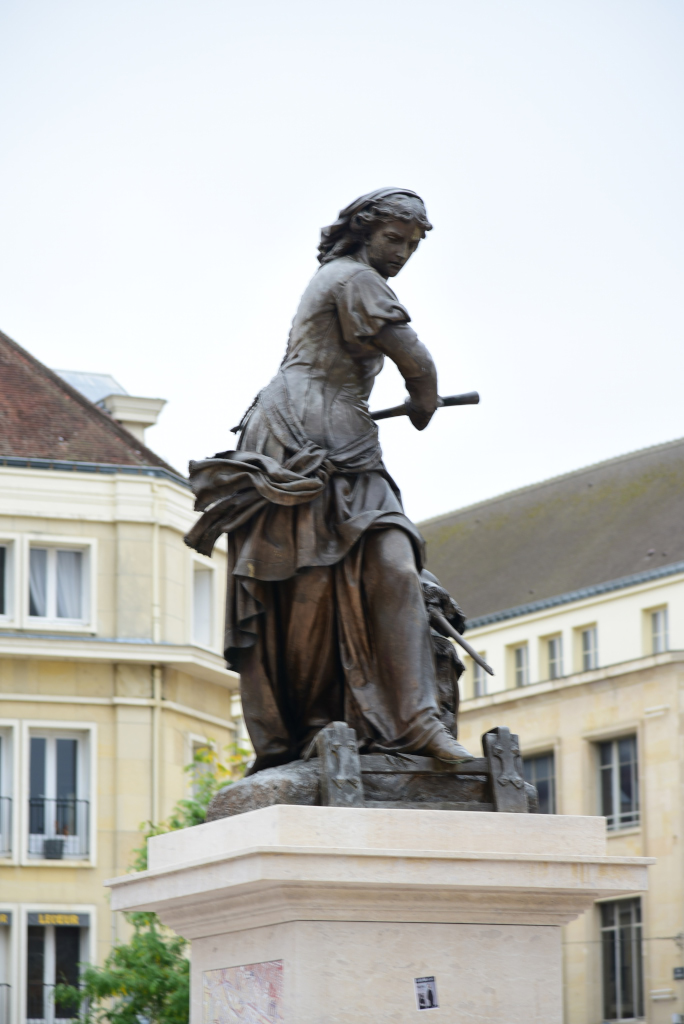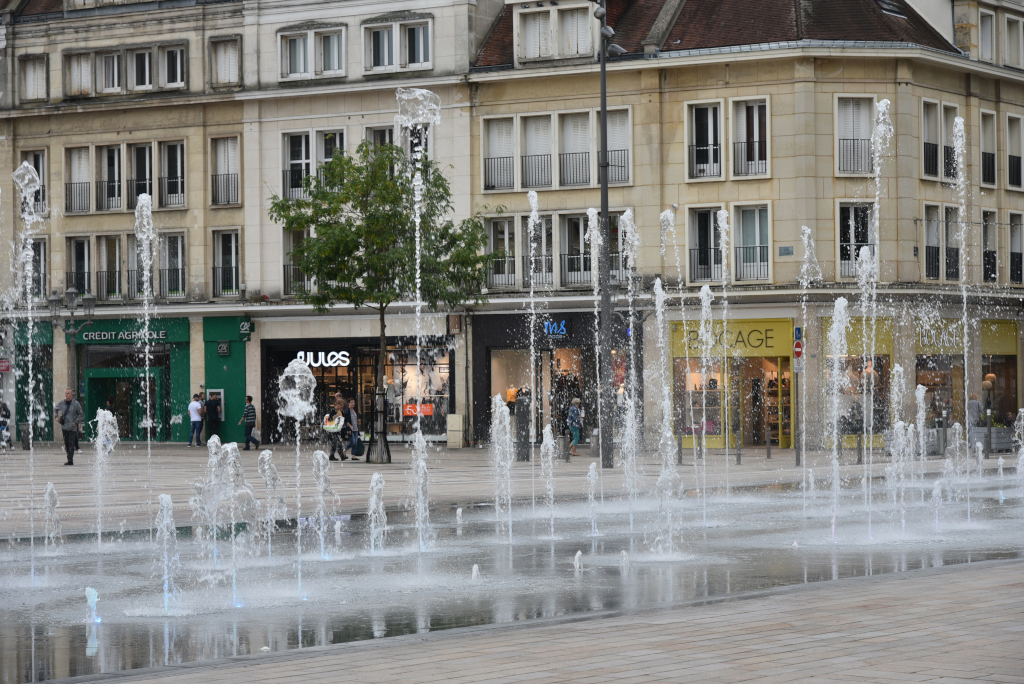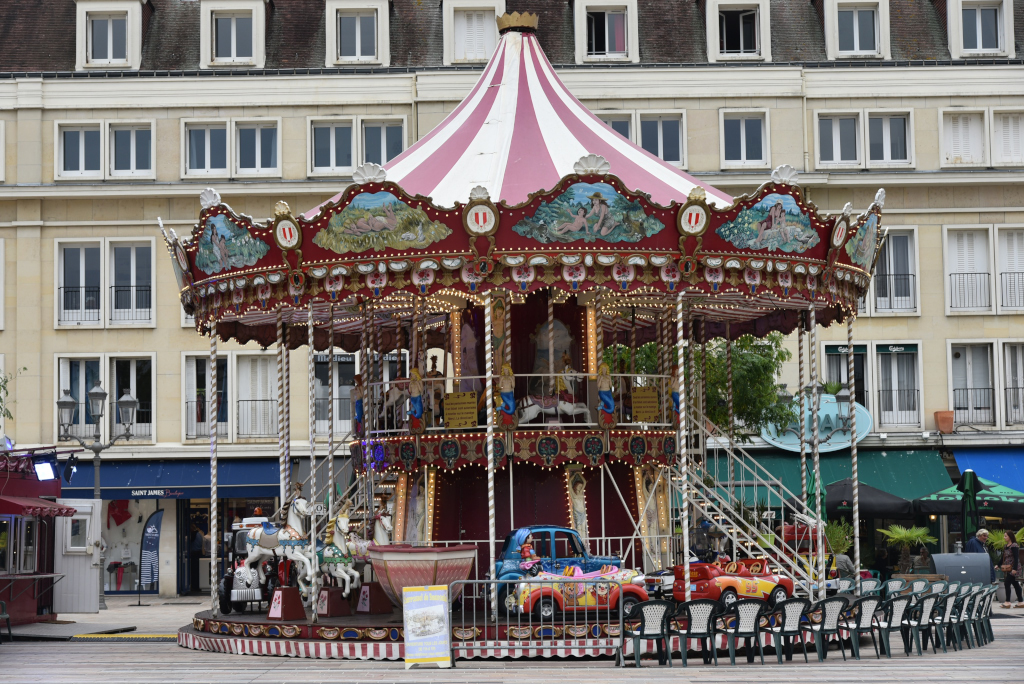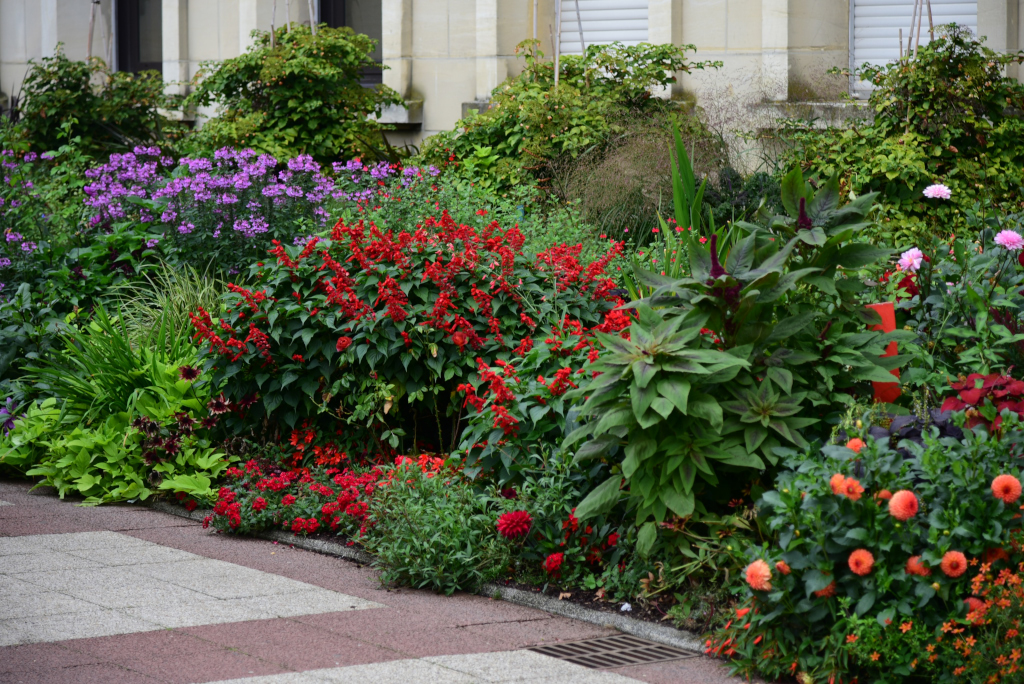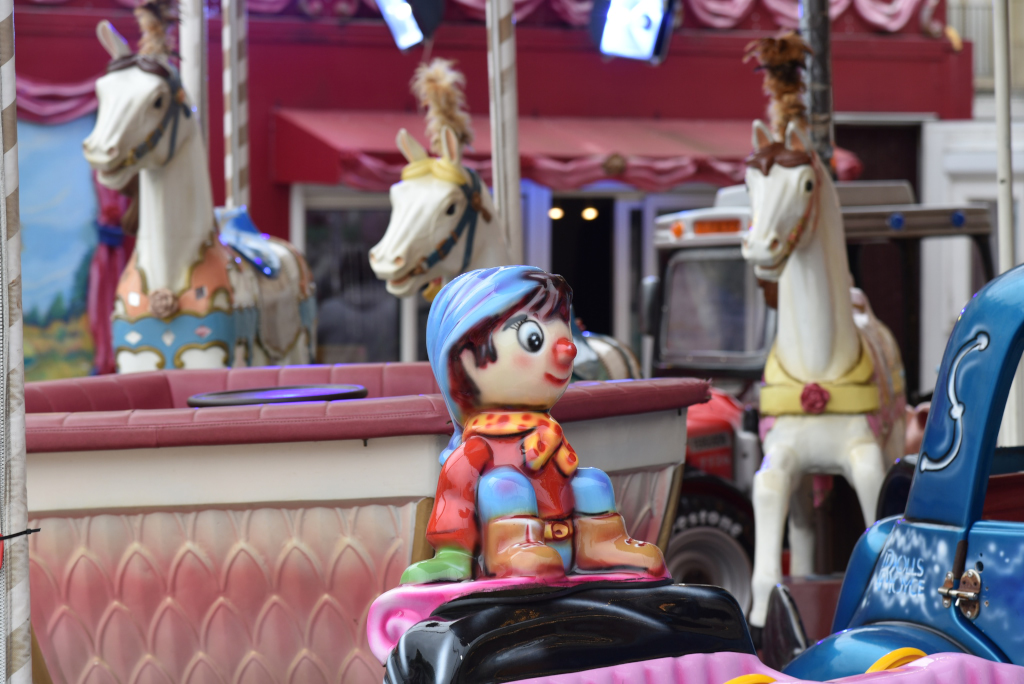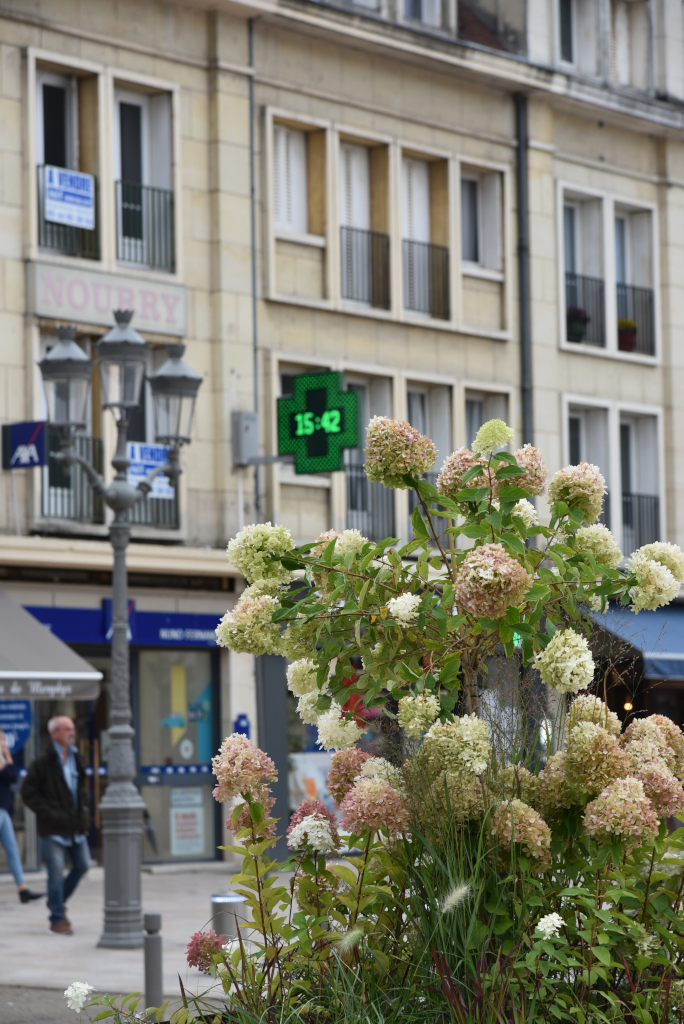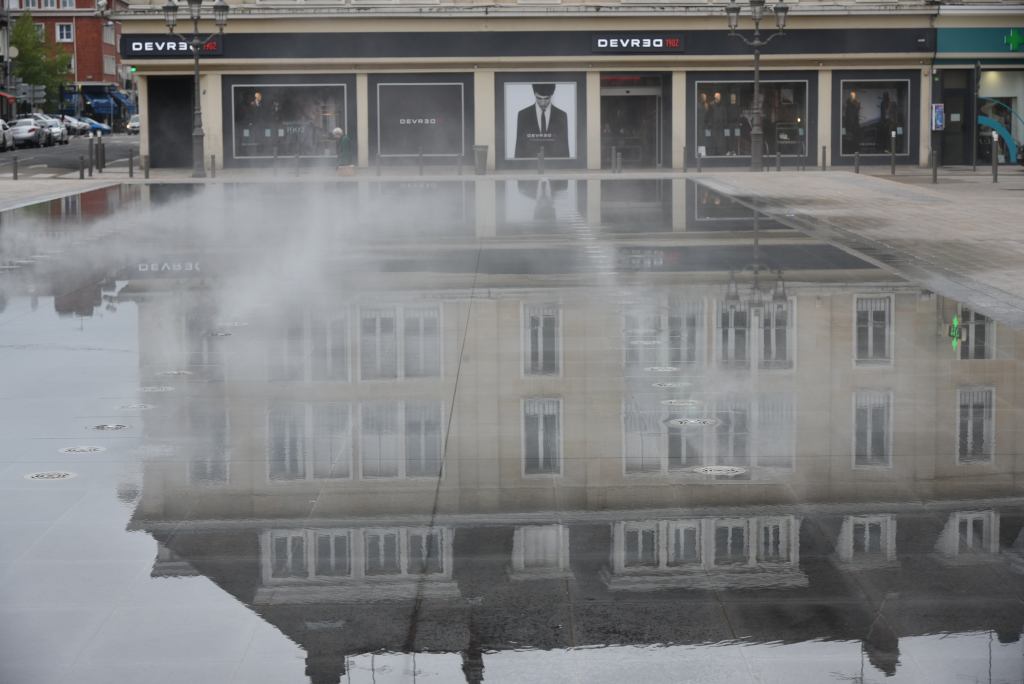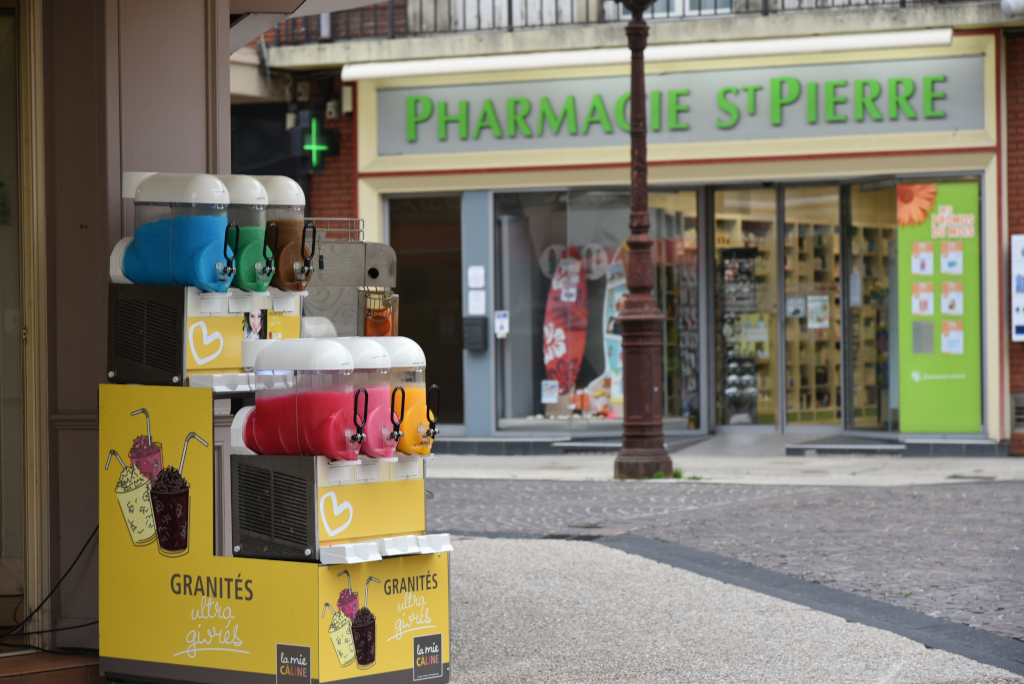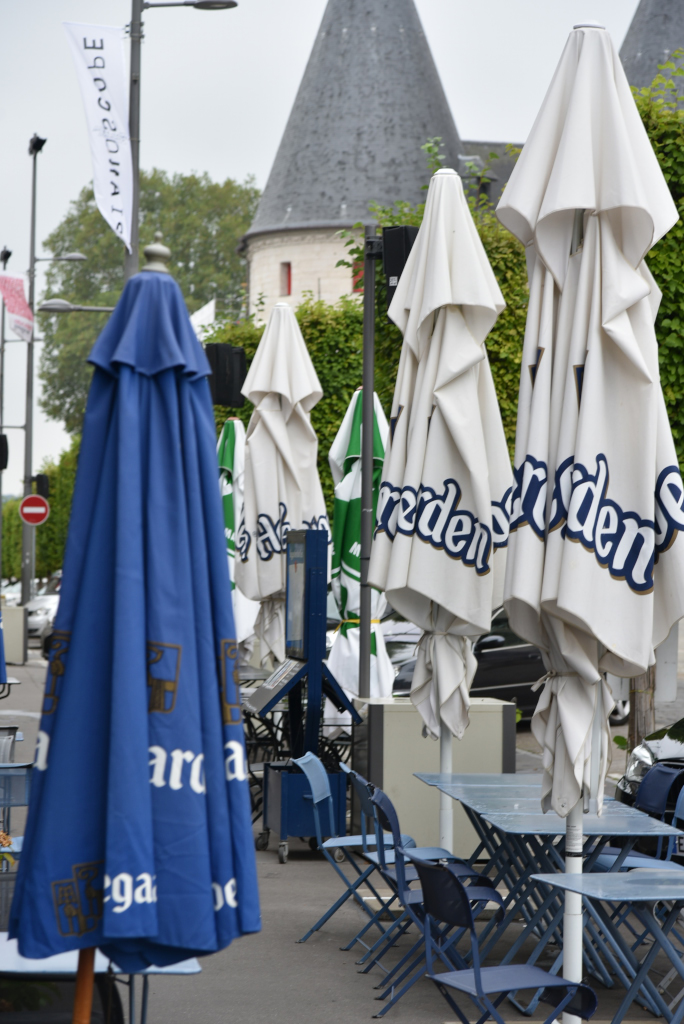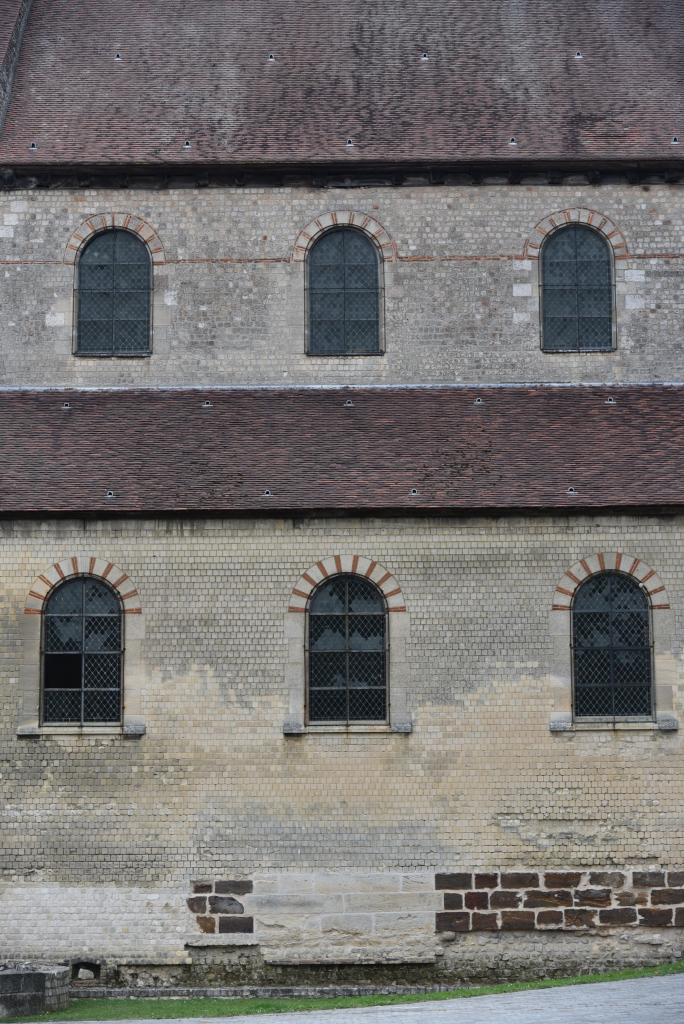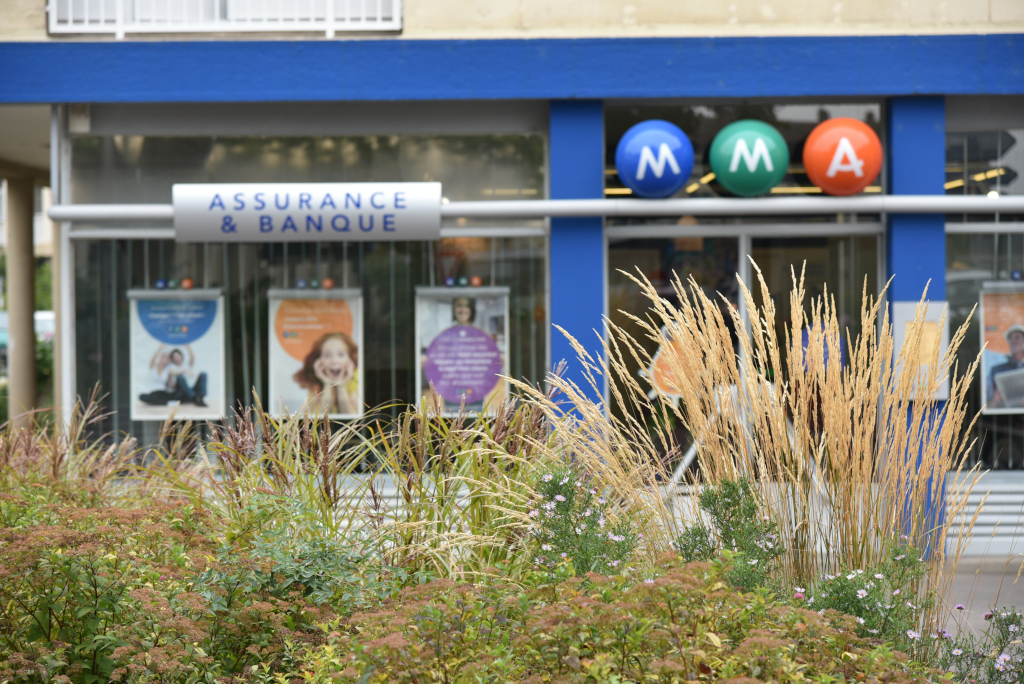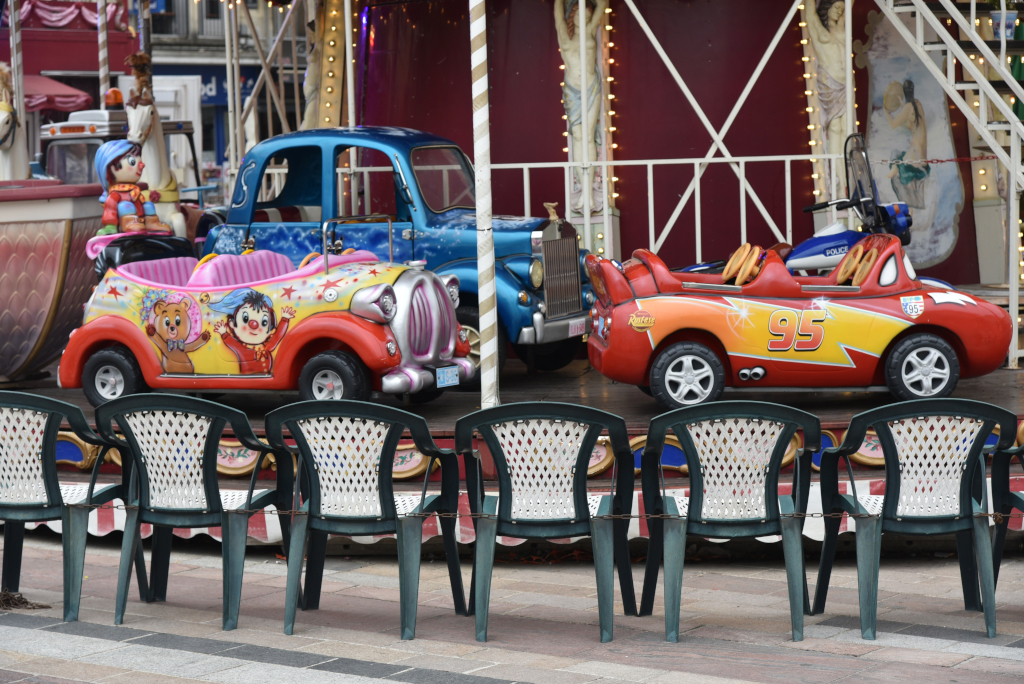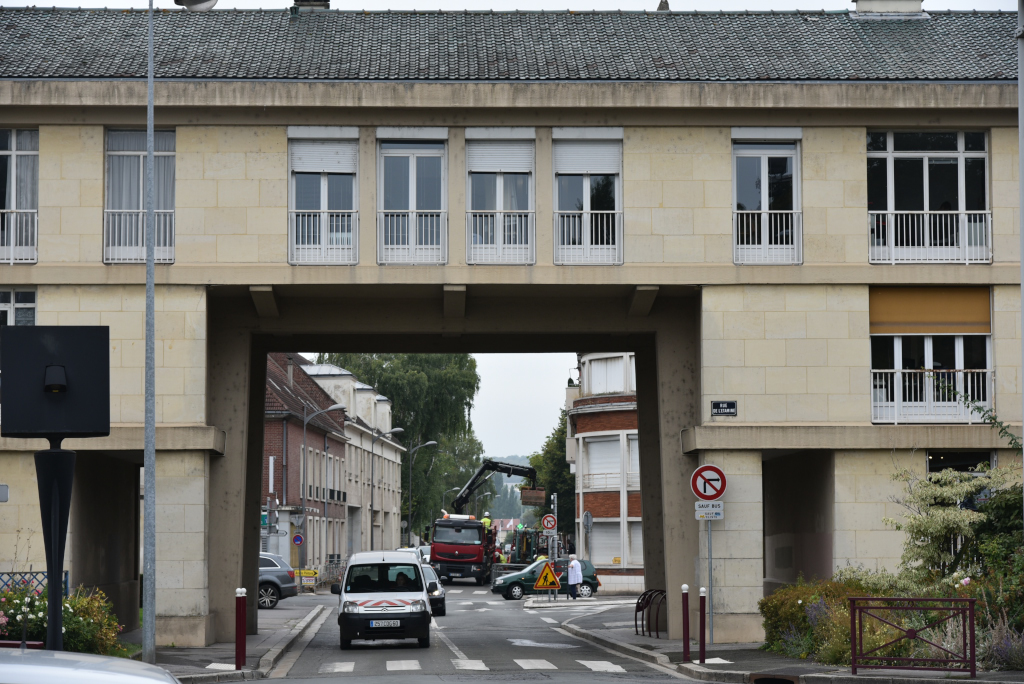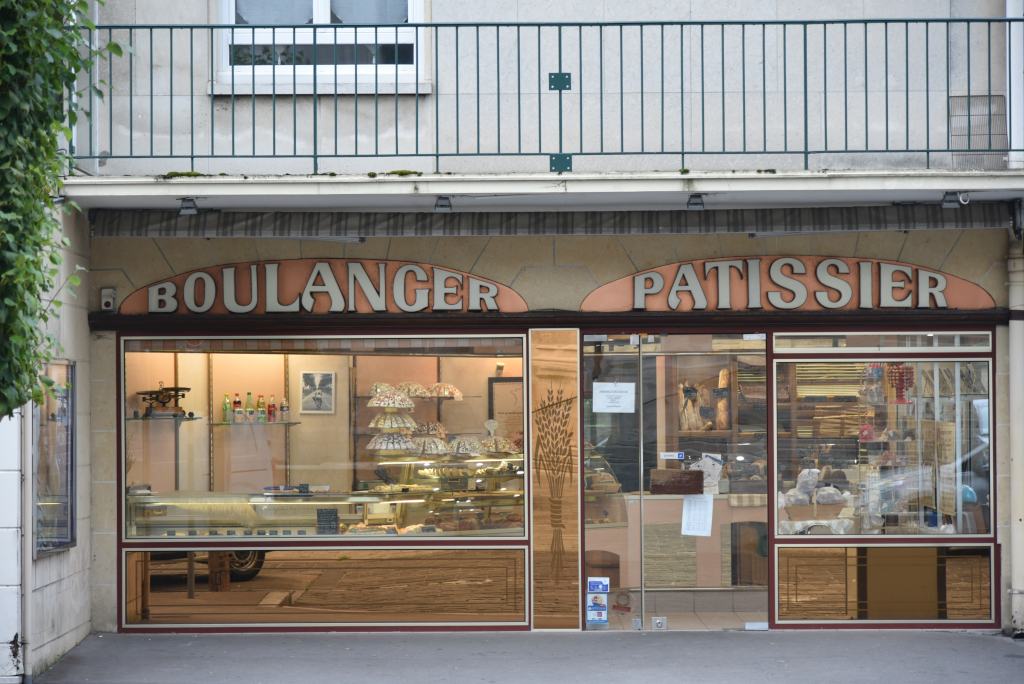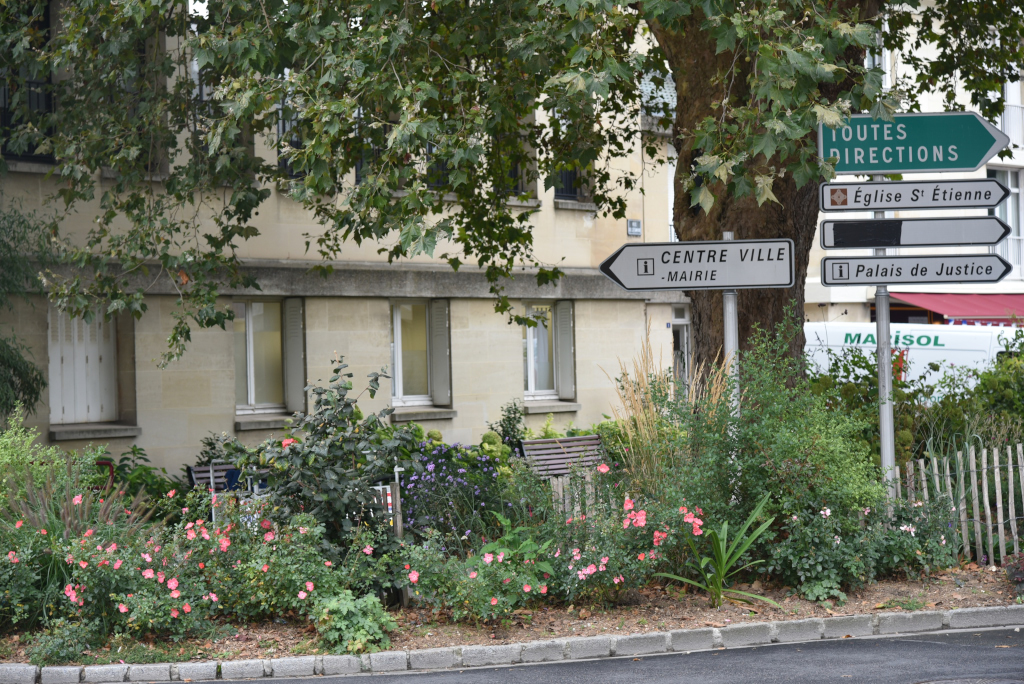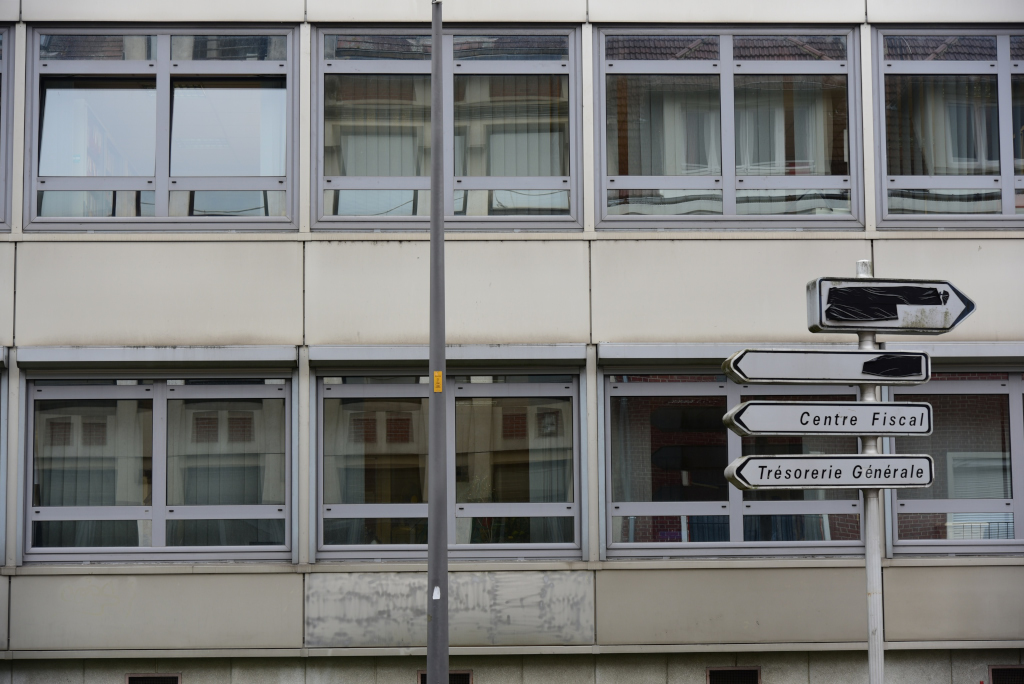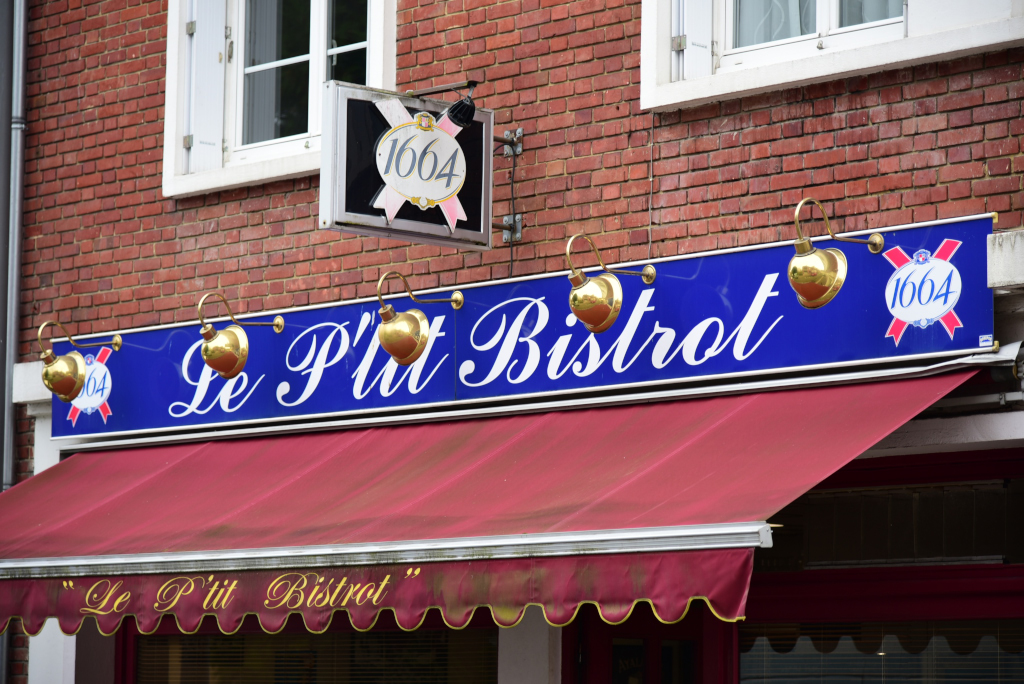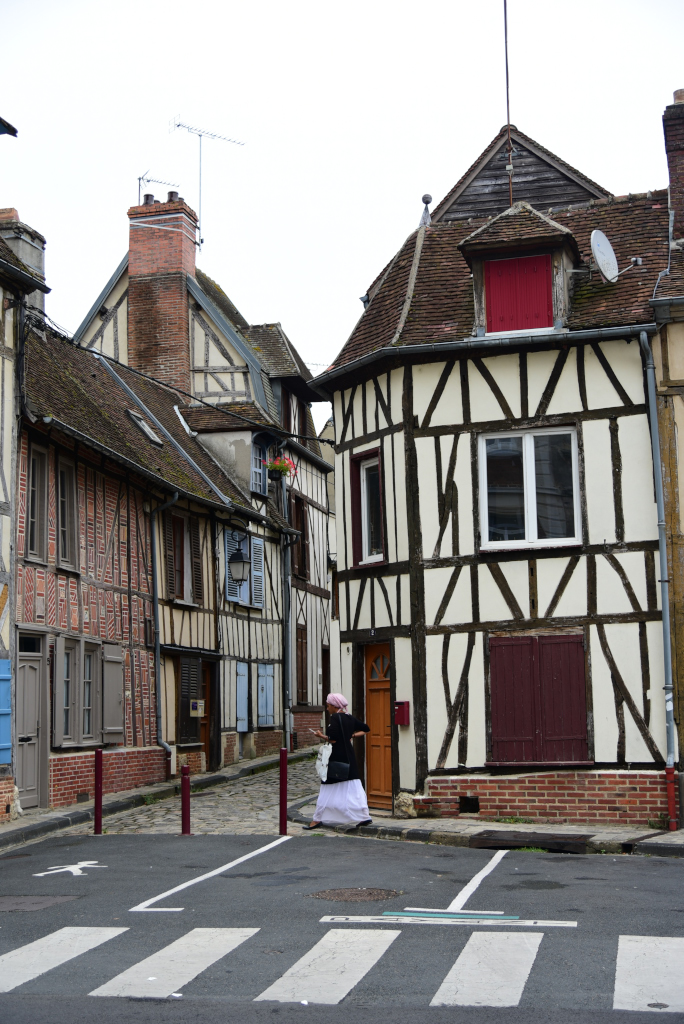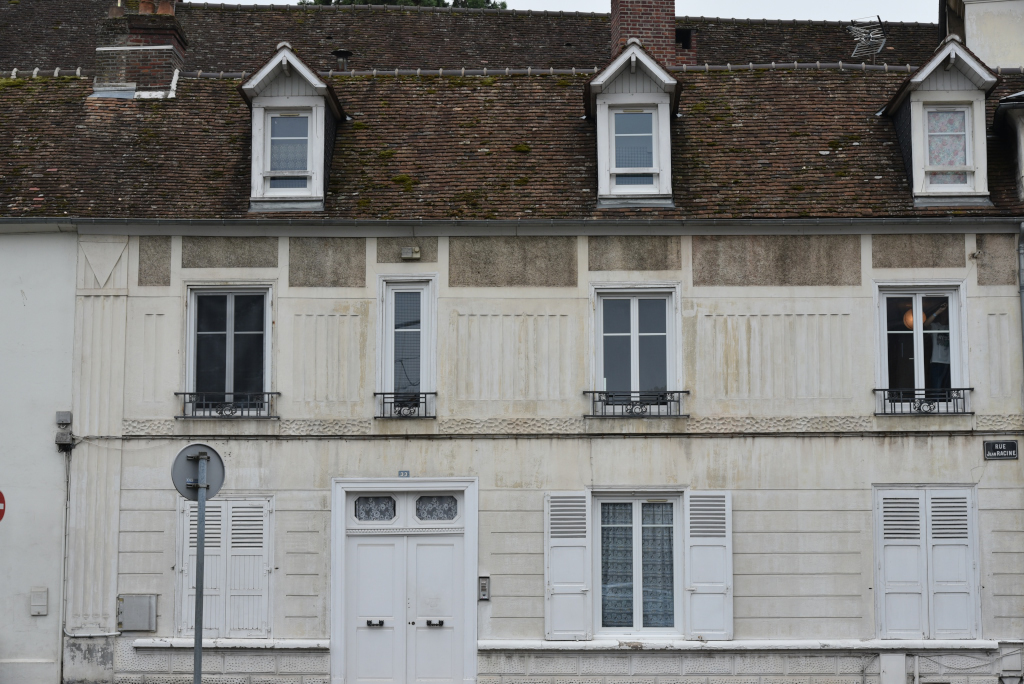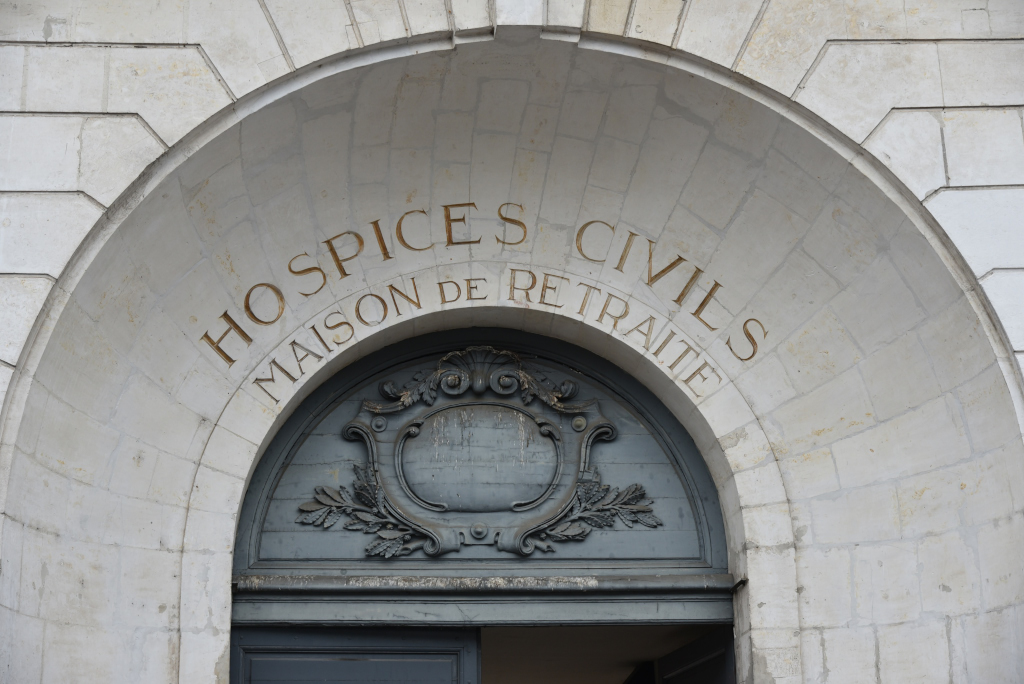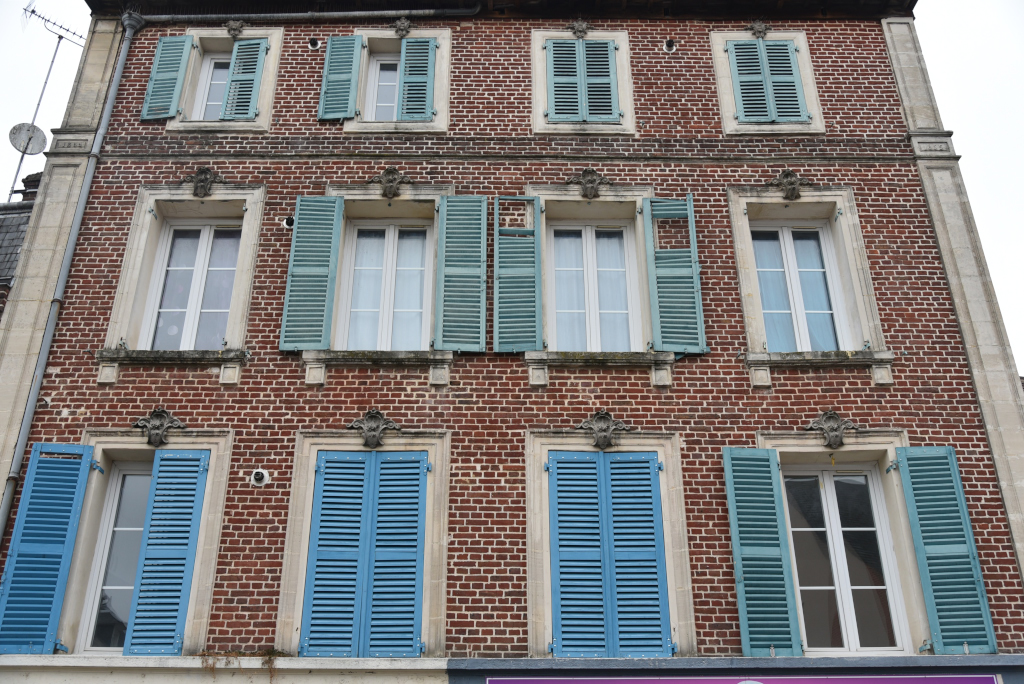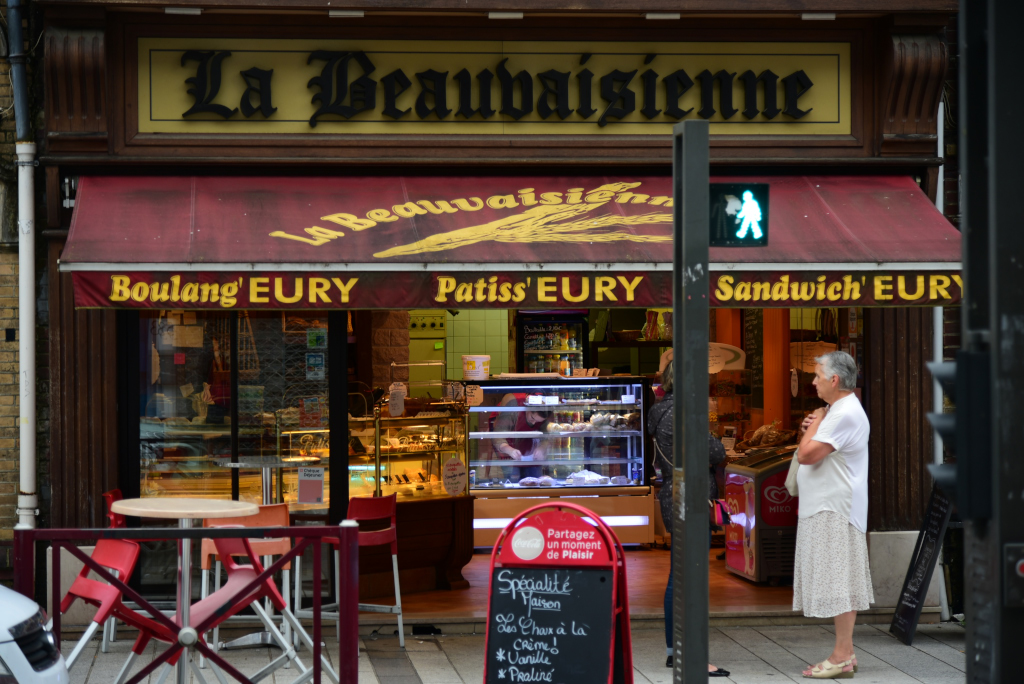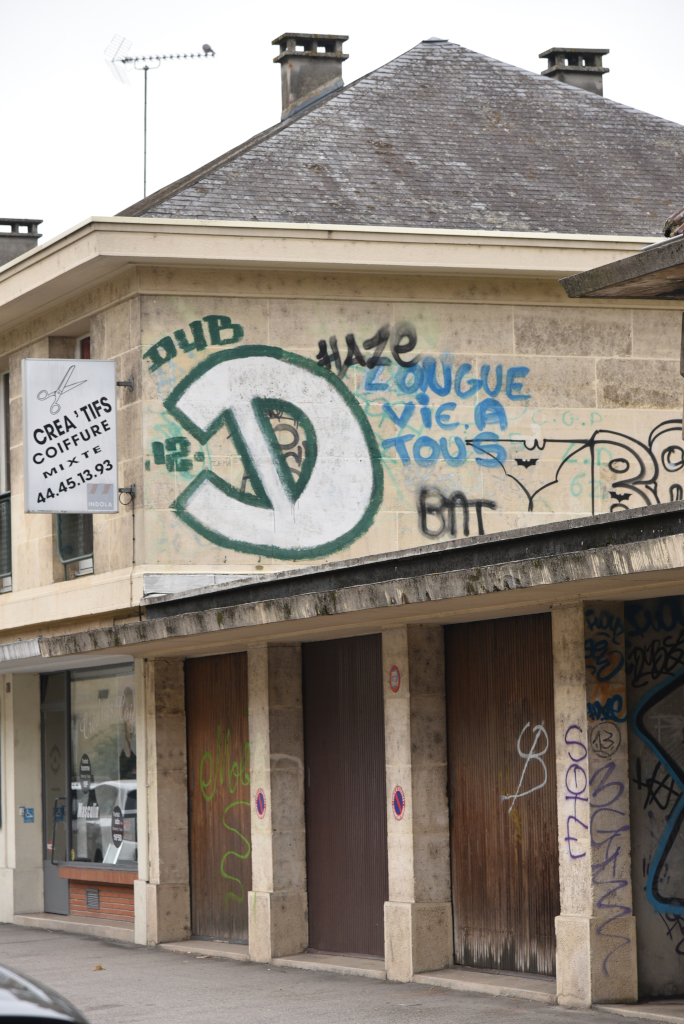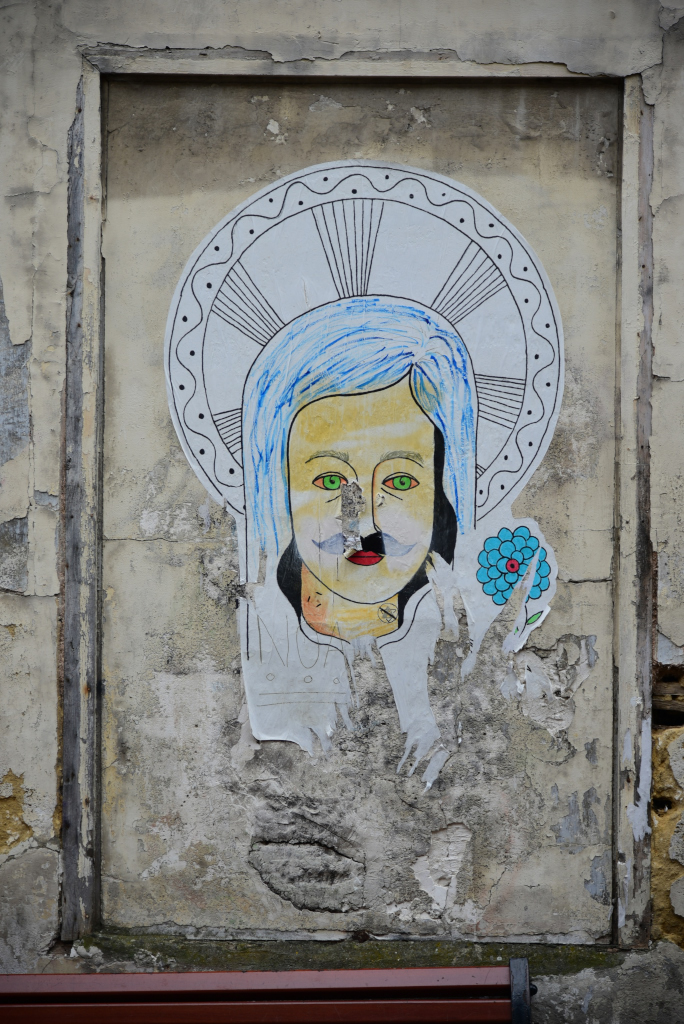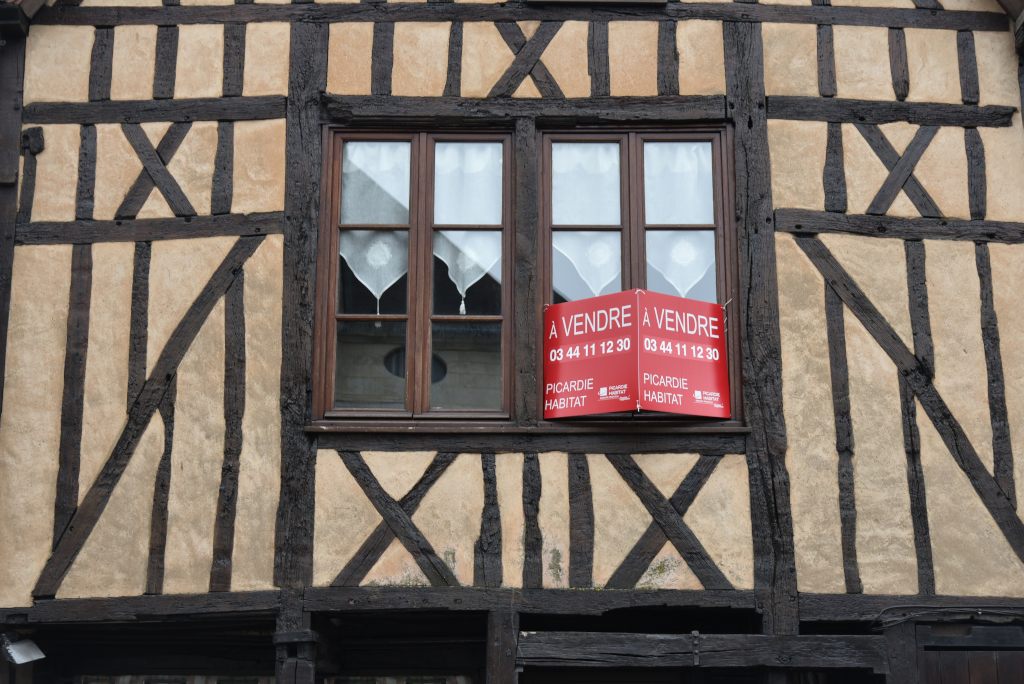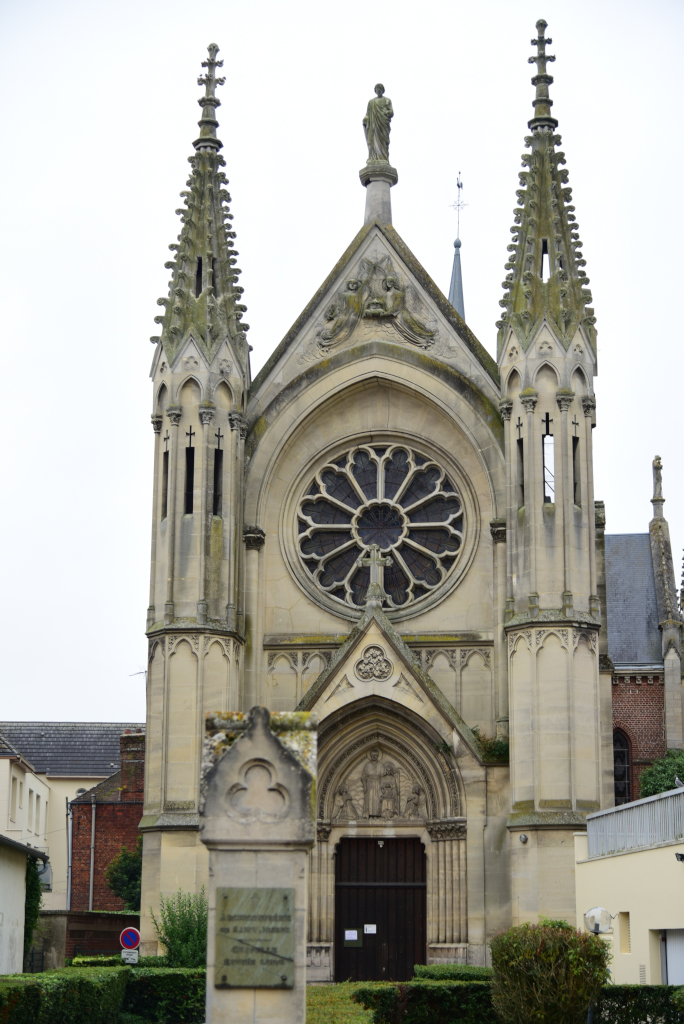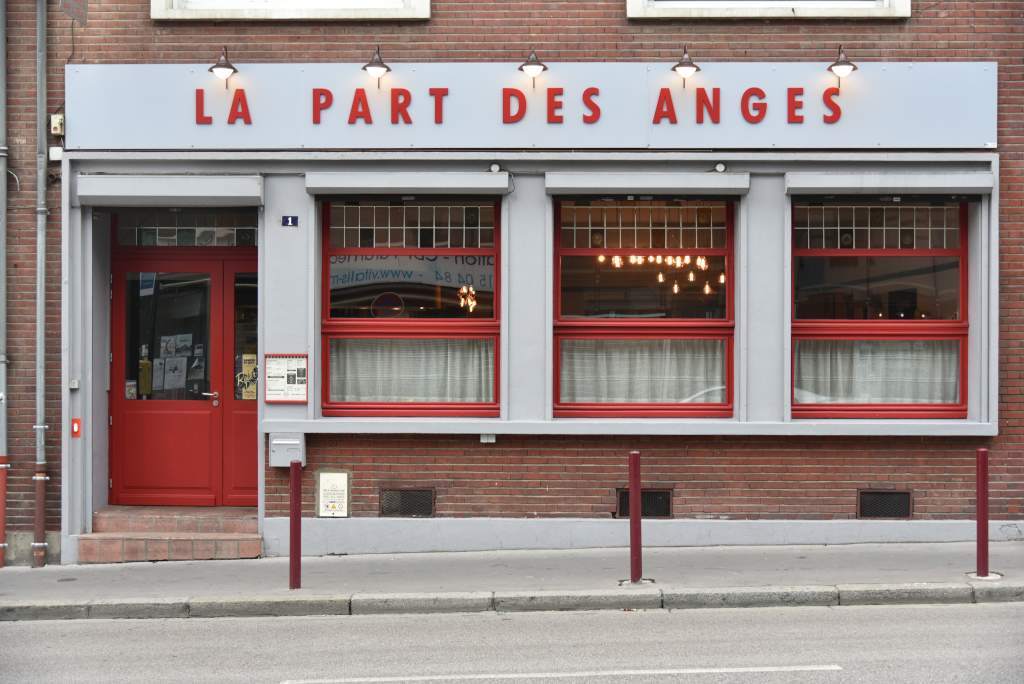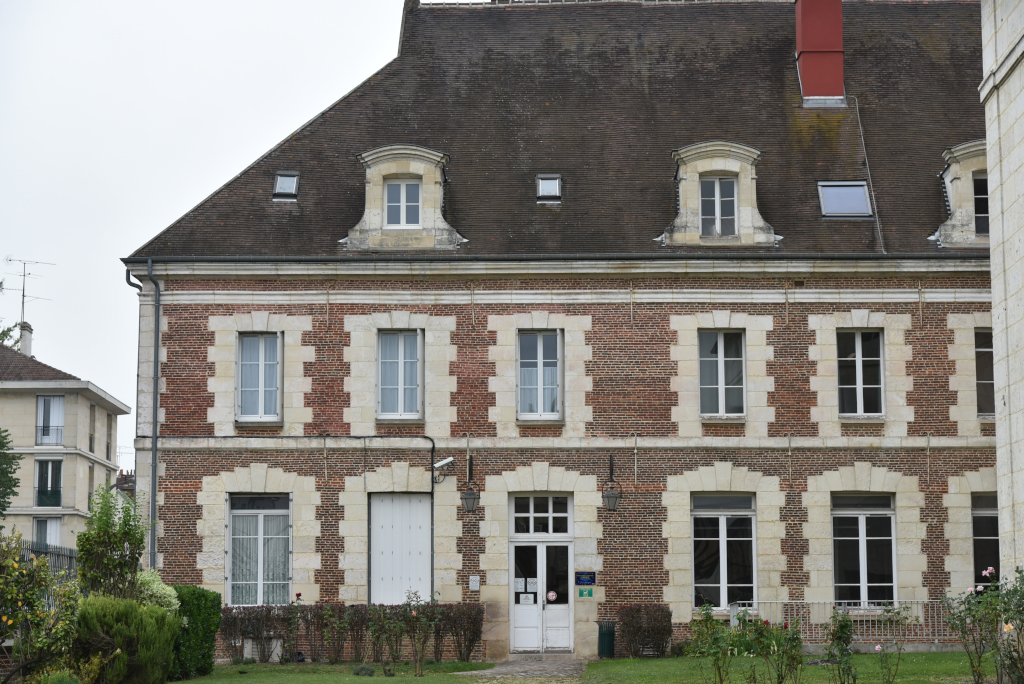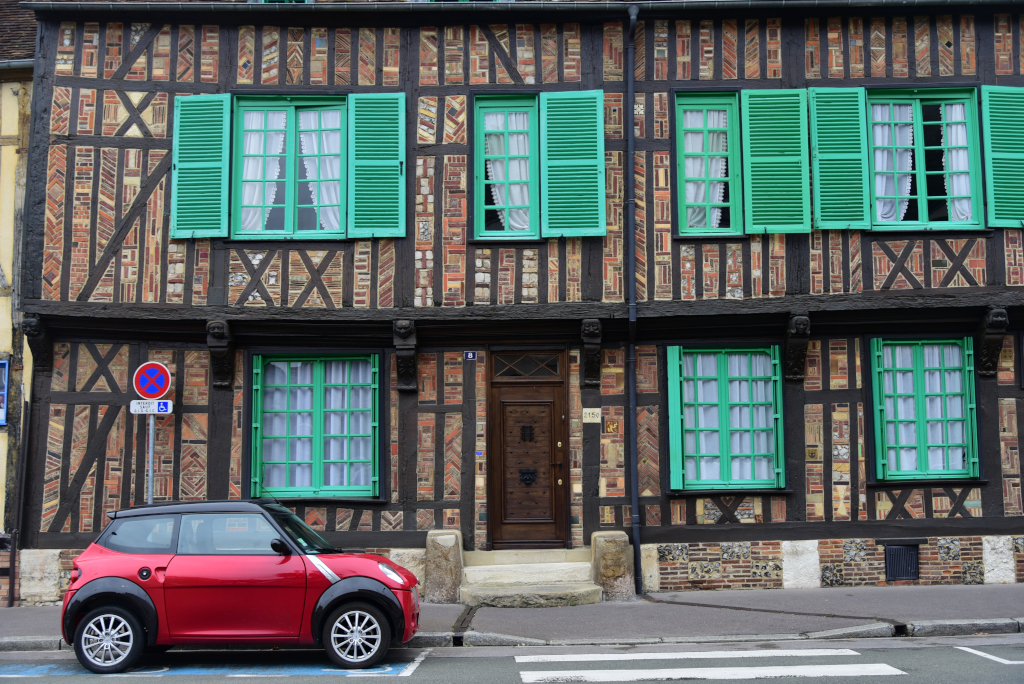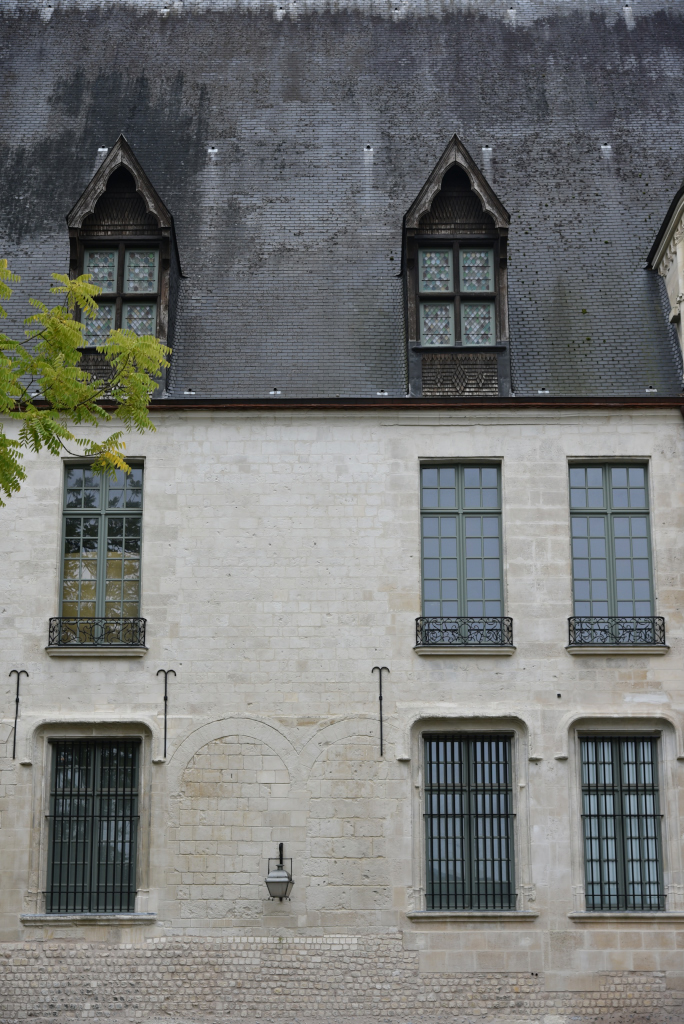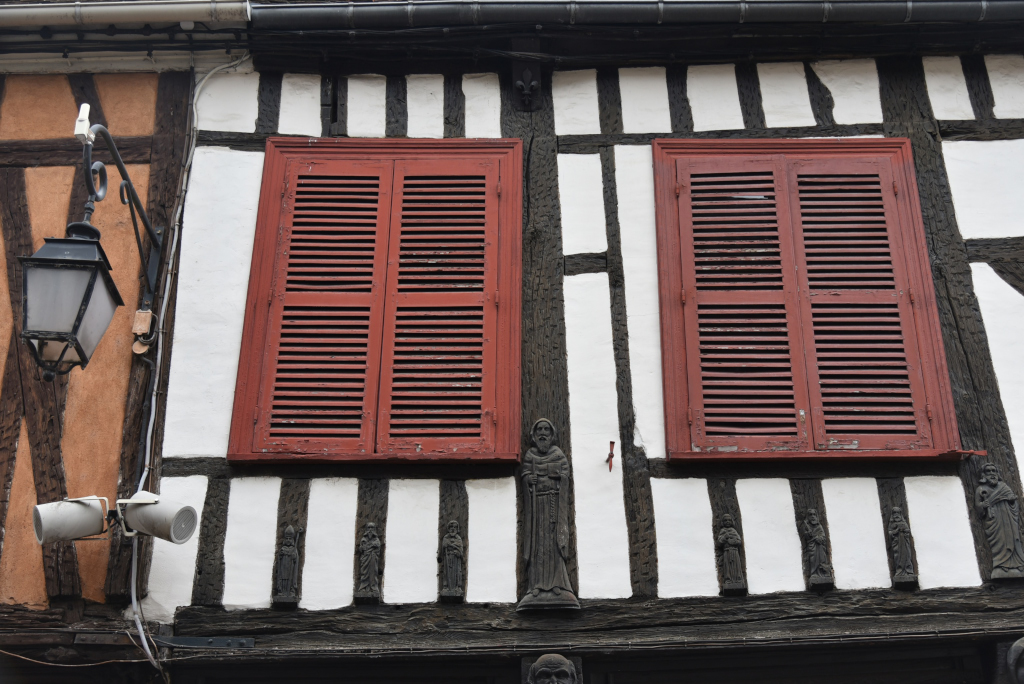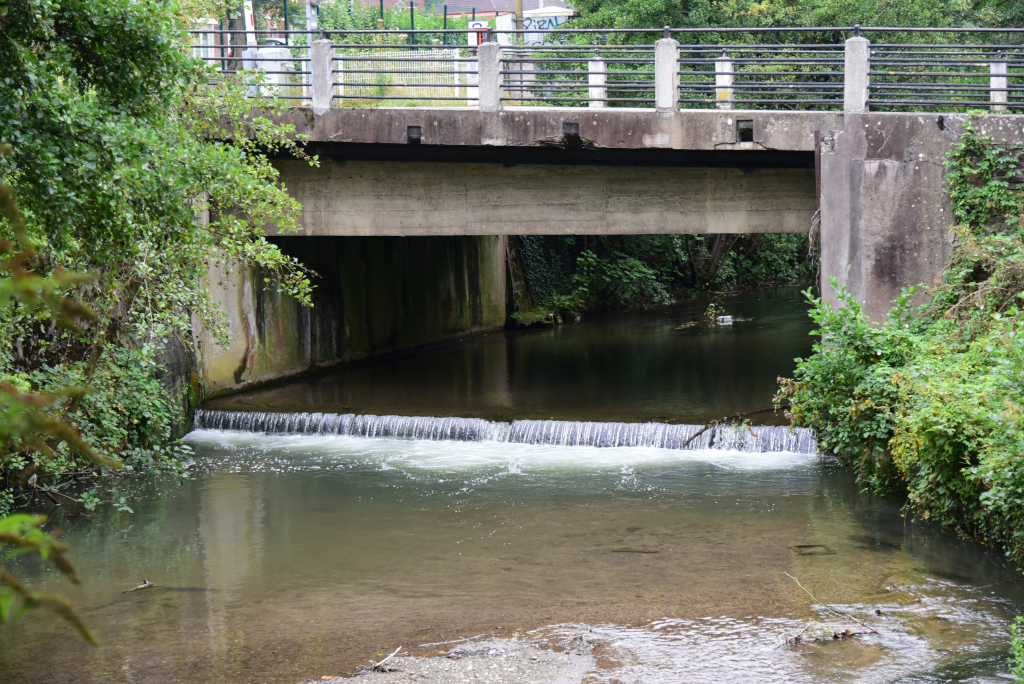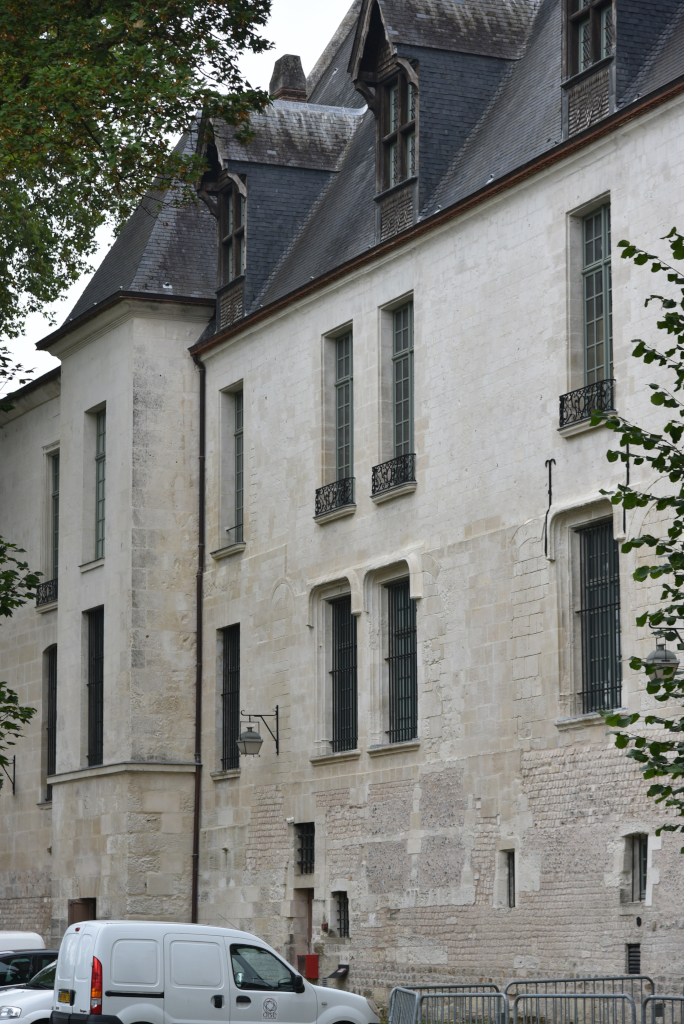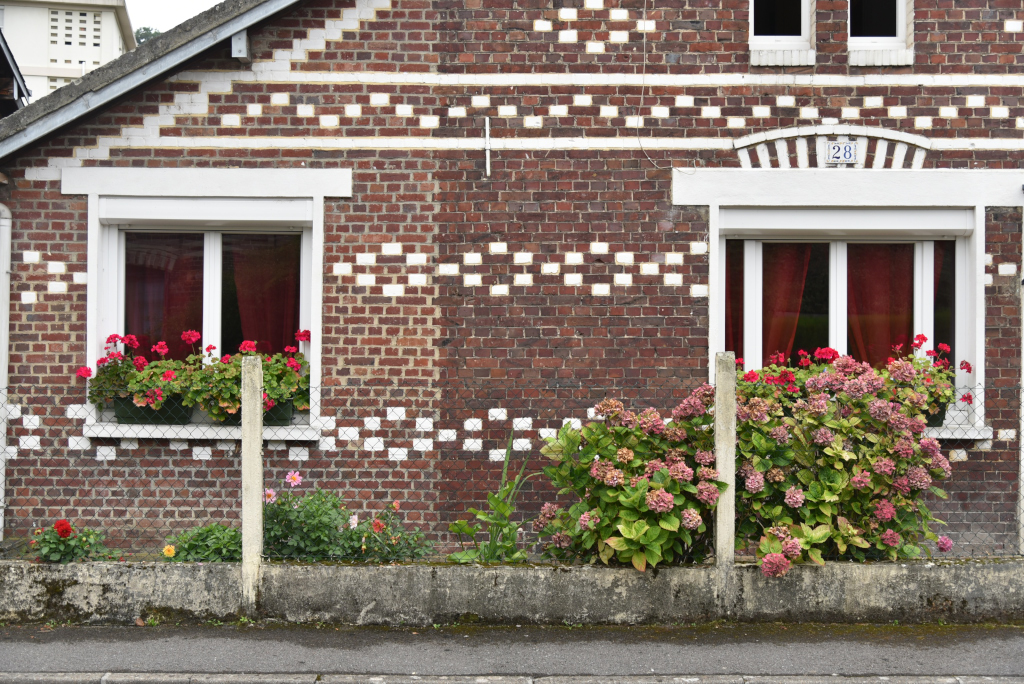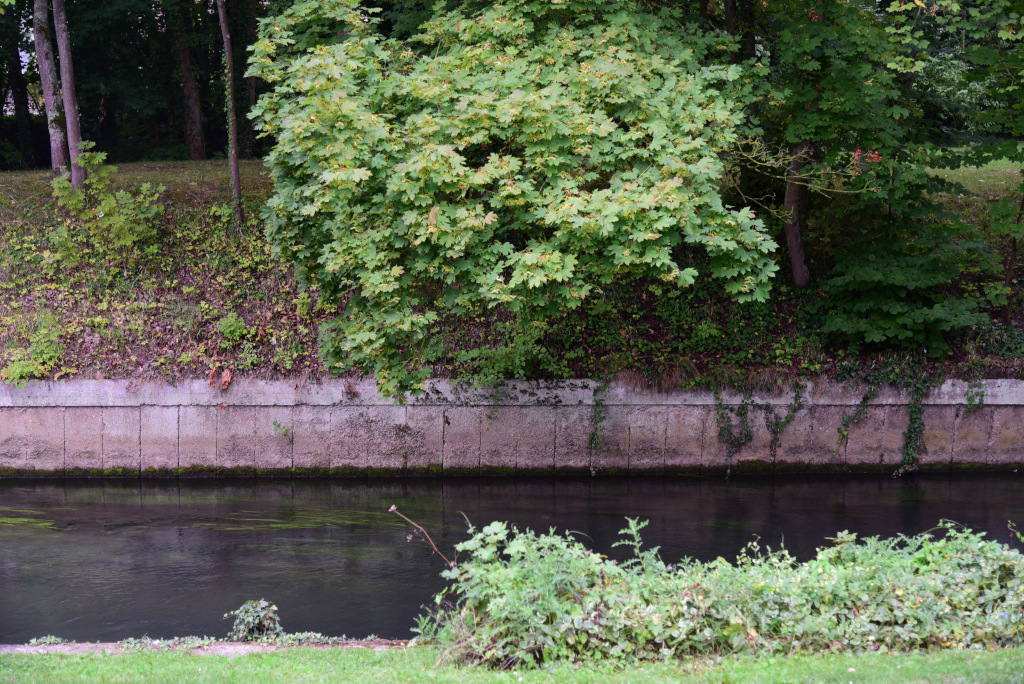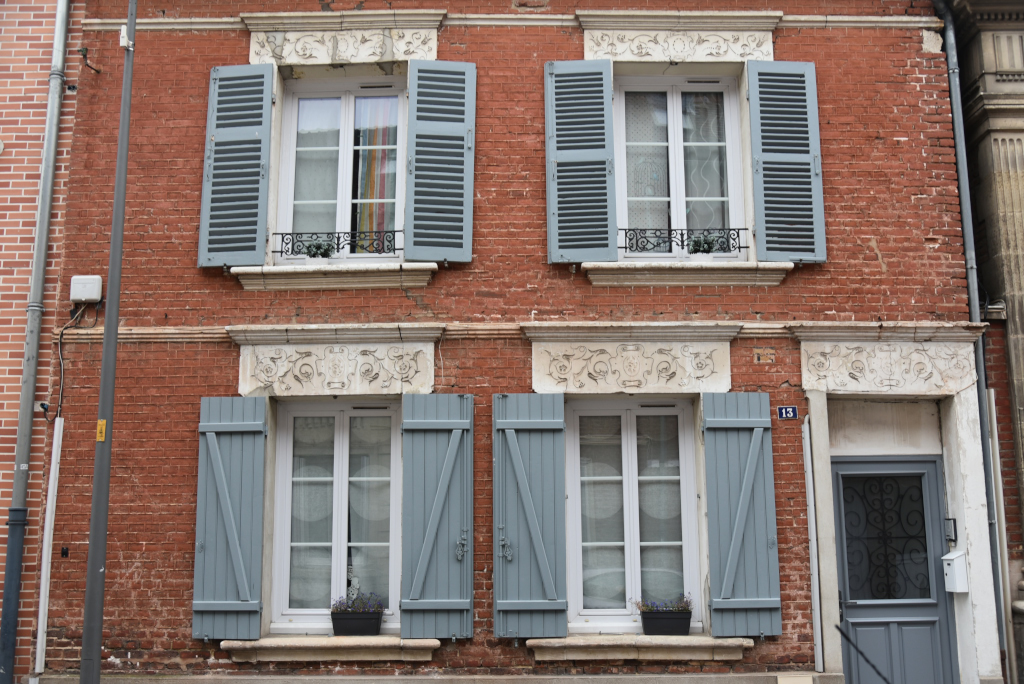September 4, 2018
A northern French town of great historic importance, Beauvais counted as the leading bishop’s seat in the region in the Middle Ages, and leaves to the modern era one of the greatest Gothic cathedrals of the country. In the vicinity of the church lies the town centre rich in now modest charms, a small collection of half-timbered houses in the immediate vicinity of my AirBnB adding to the atmosphere of the place. Beyond the cathedral itself the town also hosts the impressive Église Saint-Étienne, another incredible showpiece of Gothic architecture, surrounded by pretty flower gardens. Happily, perhaps given its importance in the region and proximity to Paris, Beauvais is also not as devoid of human life as towns further to the north this time of year.
Beauvais traces its origins to Gallo-Roman times. In the first century it was named Caesaromagus (the market of Caesar), then later became Bellovacum. The town was destroyed in the barbarian invasions towards the end of the 3rd century A.D., then was rebuilt with fortifications in the fourth century. In 328, Emperor Constantine I visited the veterans of his army in the castrum of Bellovacis, the beginning of the Christianization of the region, and the source of the power of the bishops of Beauvais.
The position of Beauvais at the crossroads of trade routes helped the town grow in economic importance and the stature of the Catholic bishops as well. The bishops also held the position of count, placing them in the rarified position held by 12 peers in France, occupying the most important positions of authority in the Middle Ages, immediately below that of the king.
Beauvais became one of the most important towns in the Middle Ages for the production of its cloth. Its wealth grew enormously, its political leadership hearkening mostly from the most privileged in the cloth trade. The economic boom that Beauvais experienced during the thirteenth century and the beginning of the fourteenth century was linked to a vibrant artistic culture.
The Cathédrale Saint-Pierre towers over the town of Beauvais and is in fact one of the greatest Gothic structures in all of France. The church measures 72.50 m in length for an extraordinary vault height of almost 48.50 m, the highest Gothic structure in Europe. Even unfinished, the building remains one of the great places of religious heritage. The cathedral also achieved fame in the Middle Ages for its ample library.
Only a few bays of the nave of the late Carolingian church dating from the second half of the 10th century remain in evidence in the contemporary church. In 1225, after innumerable fires, the bishop-count Milon de Nanteuil launched the construction of the emblematic St. Pierre cathedral, intended to surpass the height of the cathedrals of all the neighbouring cities. The stone used for the building was a chalk quarried from Beauvais and Saint-Martin-le-Nœud. The choir and the east aisle of the transept were completed in 1272. The transept, a masterpiece of flamboyant architecture, was created in the sixteenth century. An immense spire more than 150 m high was erected later at the crossing of the transept.
Construction of the church halted with the outbreak of the plague followed by the Hundred Years War. In 1472, the armies of Charles the Bold laid siege to the city, at which time Beauvais was valiantly defended by its heroine, Jeanne Hachette. It was not until 150 years after the construction of the choir that the work resumed on the cathedral. With the completion of the transept in 1548, the building arrived at its monumental volume. Saint-Pierre de Beauvais has the highest Gothic vault ever built. Just like the description of the heavenly city of the book of Revelation, the height under the arches is equal to its width.
The spire of the church was completed in 1569, achieving a height of 153 m, and making Saint-Pierre de Beauvais the tallest building in Christendom. However, due to lack of structural support for the massive tower, the spire and the three floors of the bell tower collapsed in 1573. The costs of rebuilding the transept vaults were so high that the funds intended for the nave ran out. In the subsequent seventeenth and eighteenth centuries, preference was given to augment the interior decoration, rather than continue investing in the structural elements, and hence today Saint-Pierre de Beauvais still remains unfinished. As such it is the latest structure representative of French Gothic architecture.
Behind the cathedral lie Gallo-Roman remains, then further to the north of the centre, rue du 27 Juin represents the most emblematic street whose look is still largely medieval, rich with tall half-timbered structures leaning into the alley at odd angles. As is the case elsewhere in France, the town’s visual appeal stems from the diversity of architectural periods represented, including medieval, Renaissance, Empire, and modern. On the southern fringe of the centre runs the Thérain river, little more than a meandering creek, flanked by a verdant ribbon of grass and trees, a gravel path weaving through the romantic natural setting towards past the Tour Boileau.
The Tour Boileau is one of the last vestiges of the medieval defensive system of Beauvais, built in the late twelfth century under Philippe Auguste to protect the city. In the fourteenth and fifteenth centuries, during the Hundred Years War, fortifications were reinforced and new constructions were added such as the Boileau tower in 1489, named after the mayor who ordered its construction. Beyond its defensive function, the tower regulated the flow of water from the Thérain river intended to feed the ditches bordering the fortifications and the mills of the town located downstream.
Not far from the main square of Beauvais lies another of the town’s great monuments of the Gothic era, the church of Saint-Étienne. The church was founded at the end of the third century, hence the oldest standing church in Beauvais, and one of the most important Romanesque churches that survive today north of Paris. Saint-Étienne was the center of the life in Beauvais, and one of the most important parishes of the town.
The original structure built prior to the contemporary church was burned by the Vikings in 851, then rebuilt. The church was named after Saint Étienne, who was revered in the region in the fifth century. In the ninth century, the church was placed under the invocation of St. Vaast of Arras. The church was again rebuilt toward the end of the 10th century.
Contemporary Saint-Étienne’s nave and transept are Romanesque, except for the first two bays of the nave, rebuilt after a fire at the end of the twelfth century, and the eastern walls of the transept, largely reworked in the sixteenth century. After Beauvais joined the Catholic League in 1588, the city was plagued by the war for six years, but no damage was incurred to Saint-Etienne. A new bell tower was finally completed in 1674.
Jeanne Hachette was an emblematic figure in the resistance in Beauvais against Charles the Bold, (Duke of Burgundy) in the 15th century. In 1472, Charles invaded the north of France, including Beauvais. While Charles had better financial means, more soldiers and better artillery than Louis XI, who was defending the kingdom of France against the Duke of Brittany at the same time. When Charles laid siege to Beauvais, the city had no garrison, but the inhabitants defended the town against the invading Burgundians from the ramparts on their own accord. Men and women fought together.
Jeanne Hachette seized an ax to repulse a Burgundian and thus emboldened, the women of the city carried powder and weapons to the combatants, quite possibly themselves fighting on the ramparts with Jeanne. Hence the 80,000-strong Burgundians were repulsed, and the advance of Charles the Bold halted. While the French army had already succeeded in cutting the supply lines of the Burgundians and organized reinforcements, the women defending the city were celebrated for their courage and heroism.
In 1664, a royal tapestry factory was installed in Beauvais. At the time, more than half of its inhabitants work in the textile industry, its work renowned throughout Europe. And yet by the end of the eighteenth century, the decline of the textile industry began. The construction of the railway to the local ports by the beginning of the Second Empire allowed textiles to reach markets more efficiently; this capacity was augmented by a rail connection reaching Paris towards the end of the 19th century.
The 19th century was also a period of architectural changes, major boulevards being built on the site of the original medieval ramparts. Public buildings of importance were also built, including the Hôtel Dieu, the high school Félix-Faure, the train station as well as the slaughterhouses in the Faubourg Saint-Jacques. The statue of Jeanne Hachette on the main square was inaugurated in 1851 by Prince Louis Napoleon Bonaparte.
(Narrative excerpted from Wikipedia and culture.beauvais.fr)

